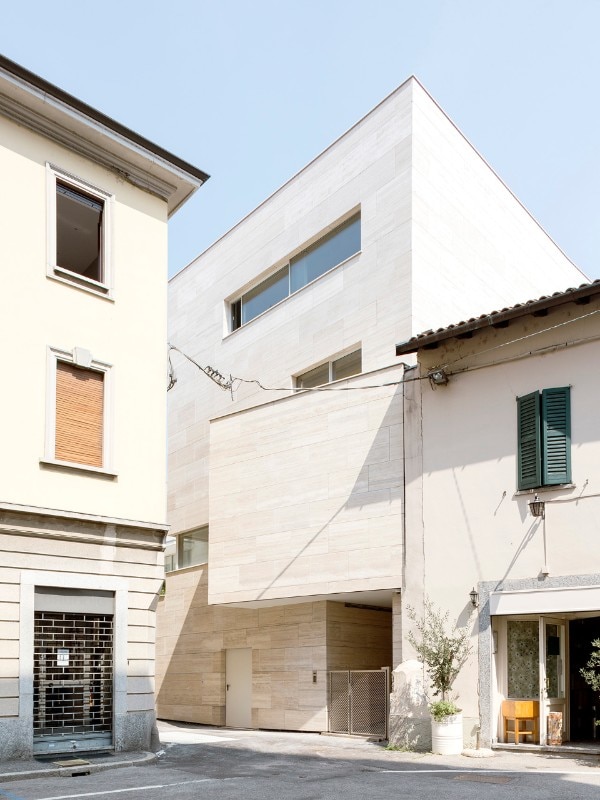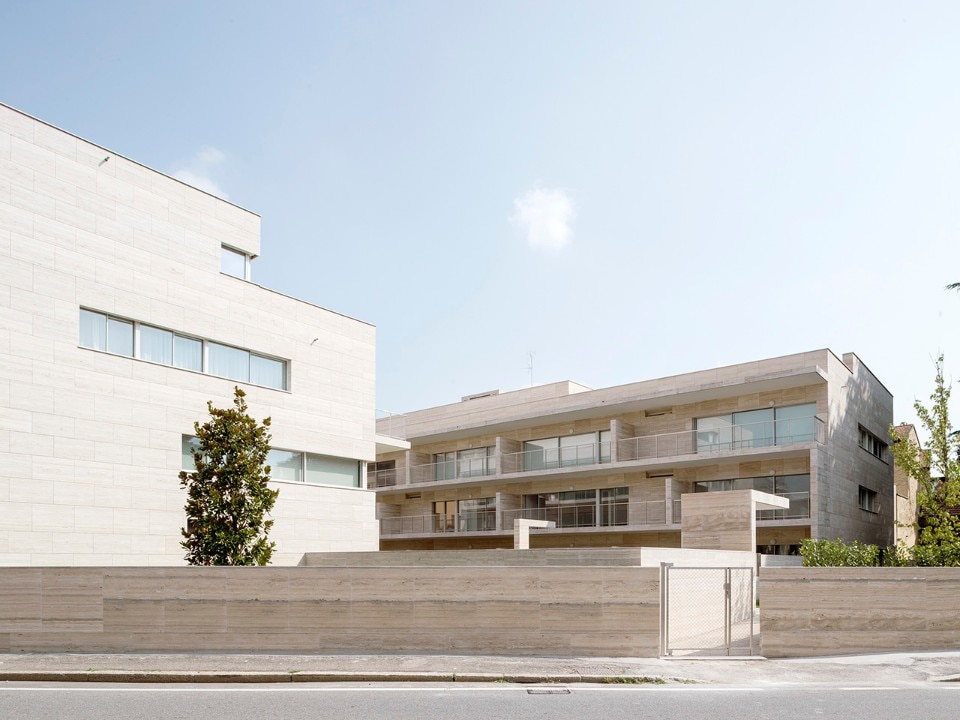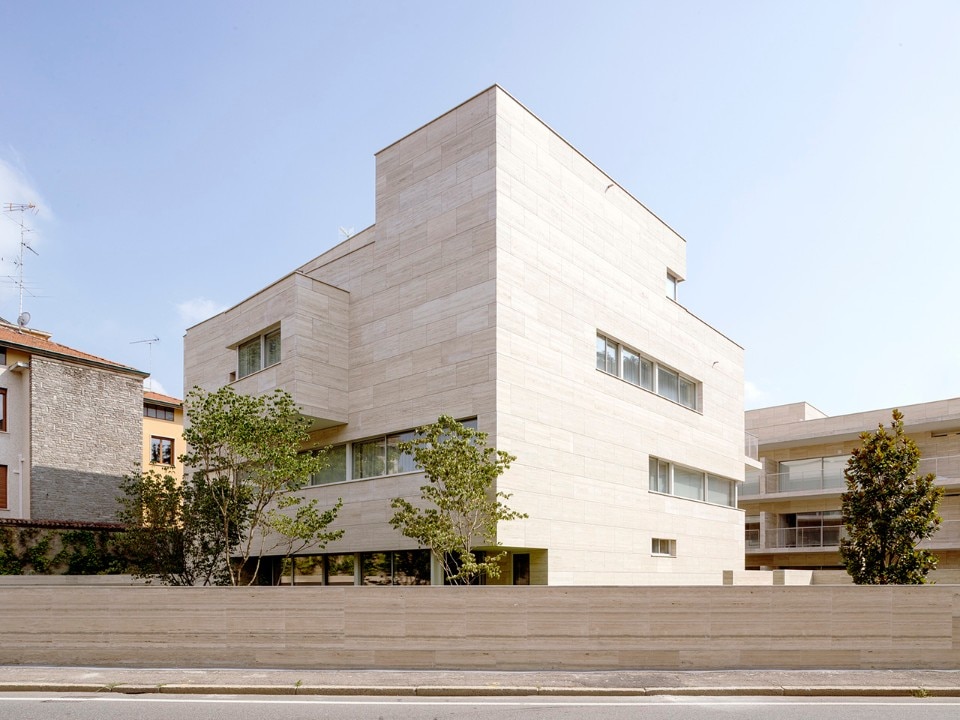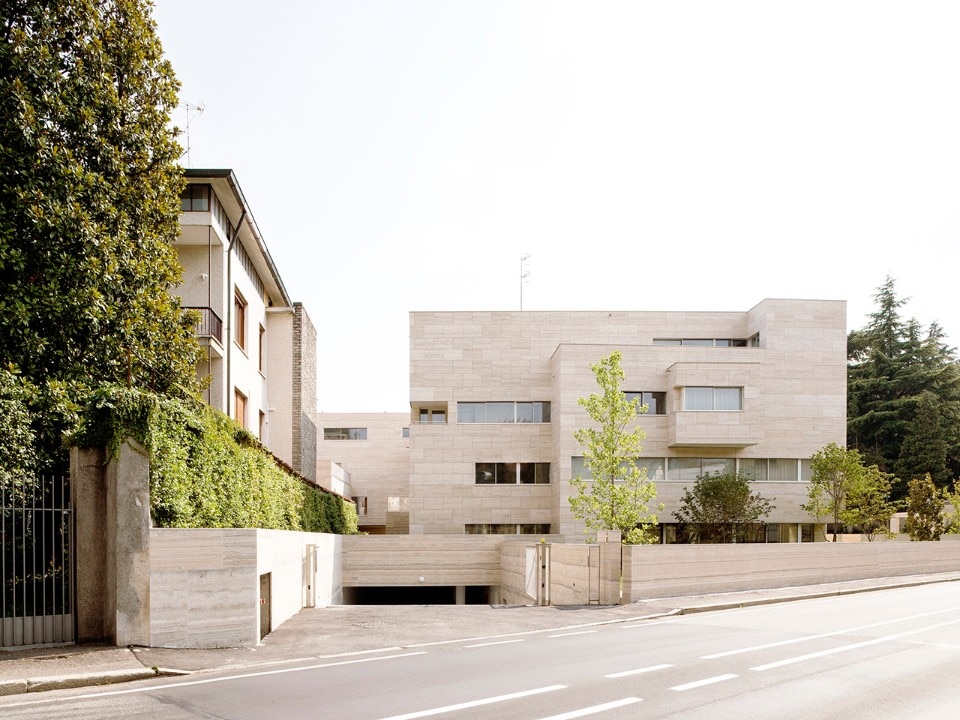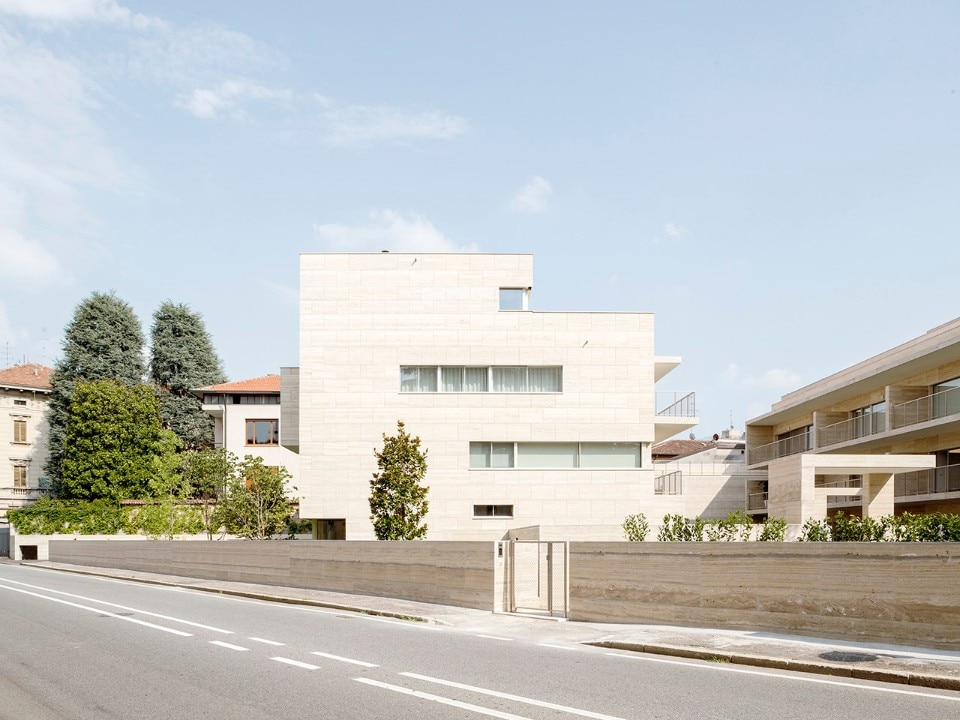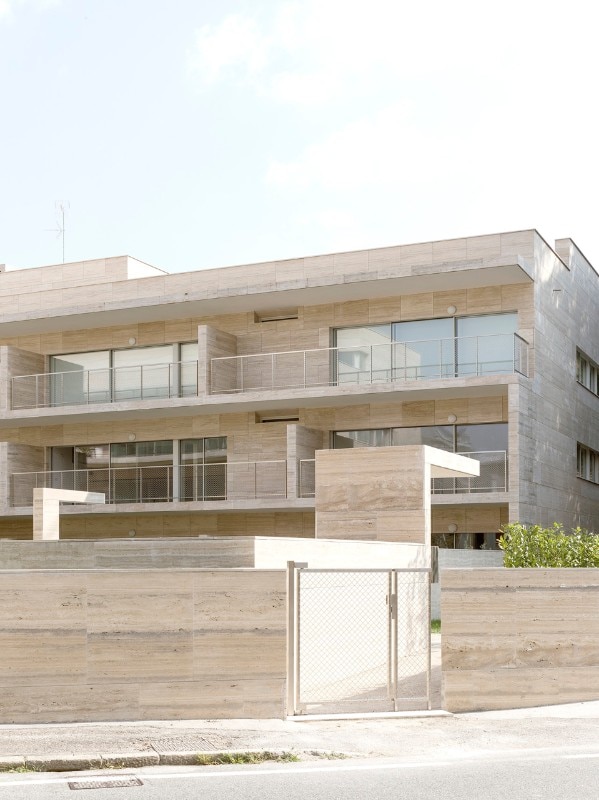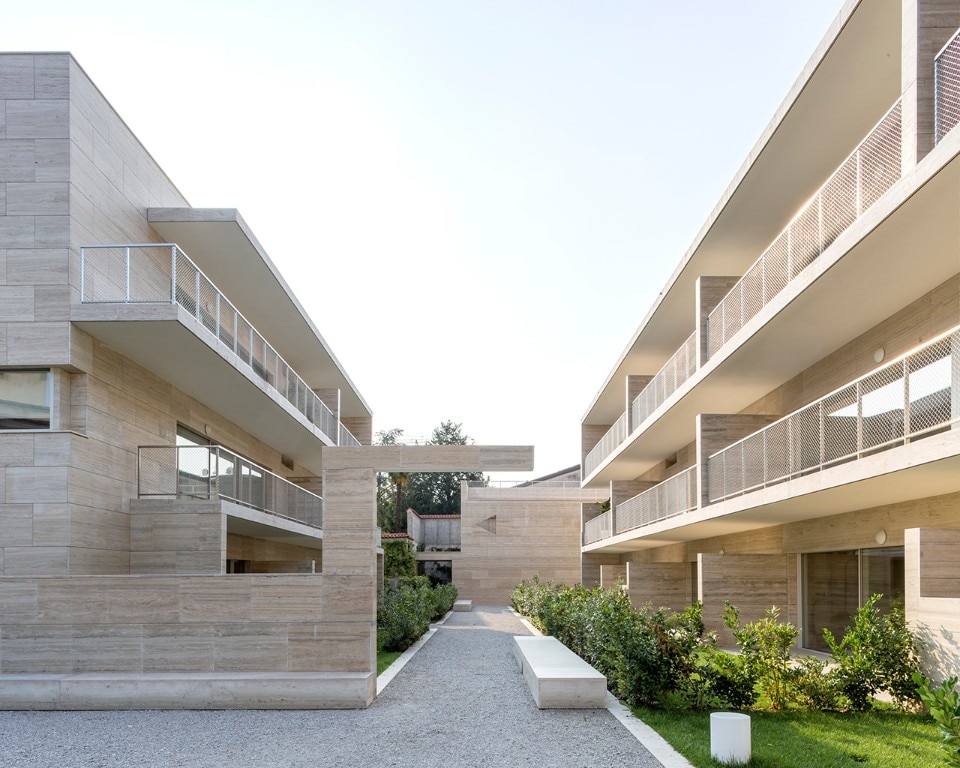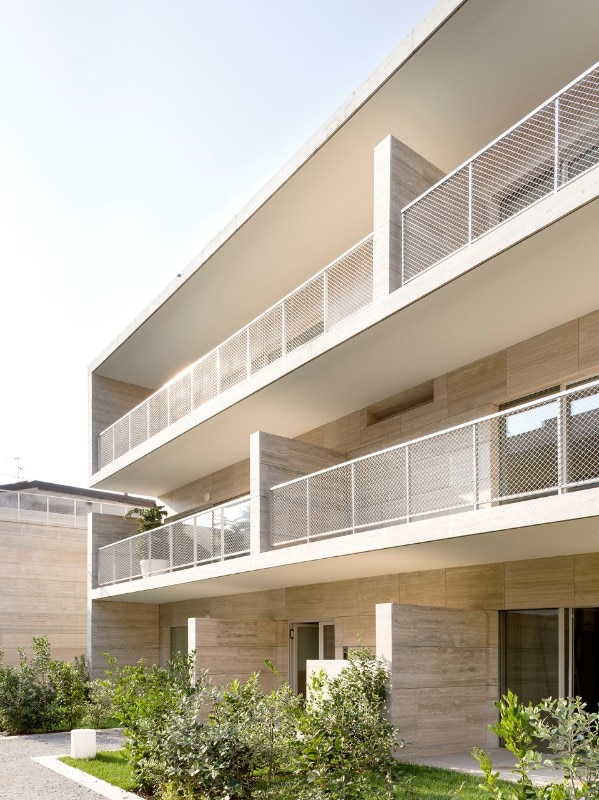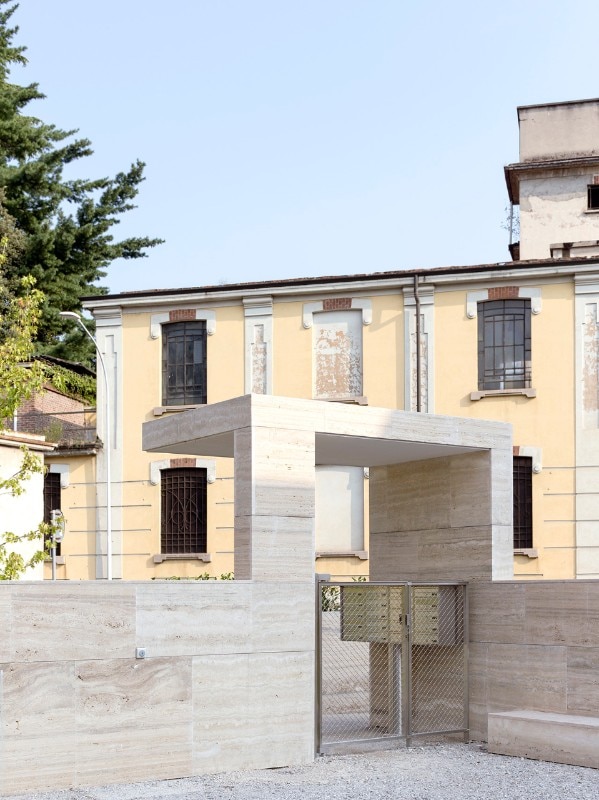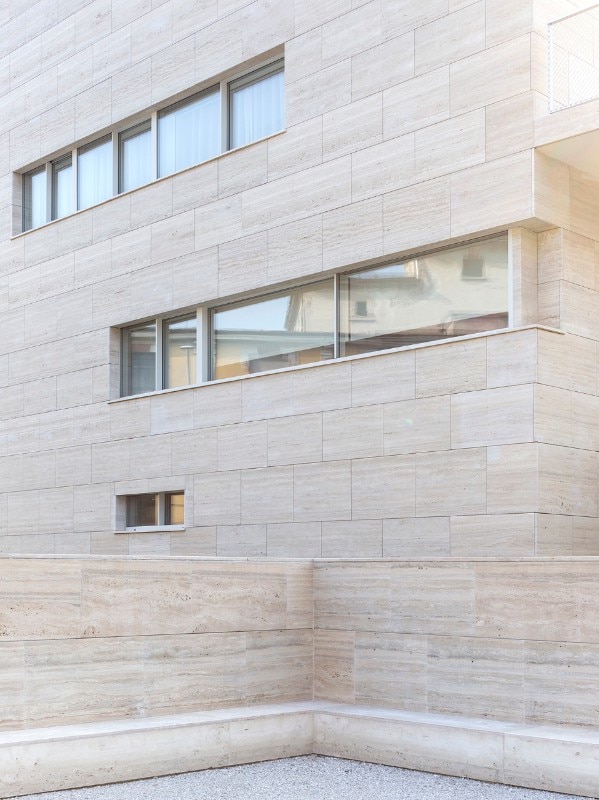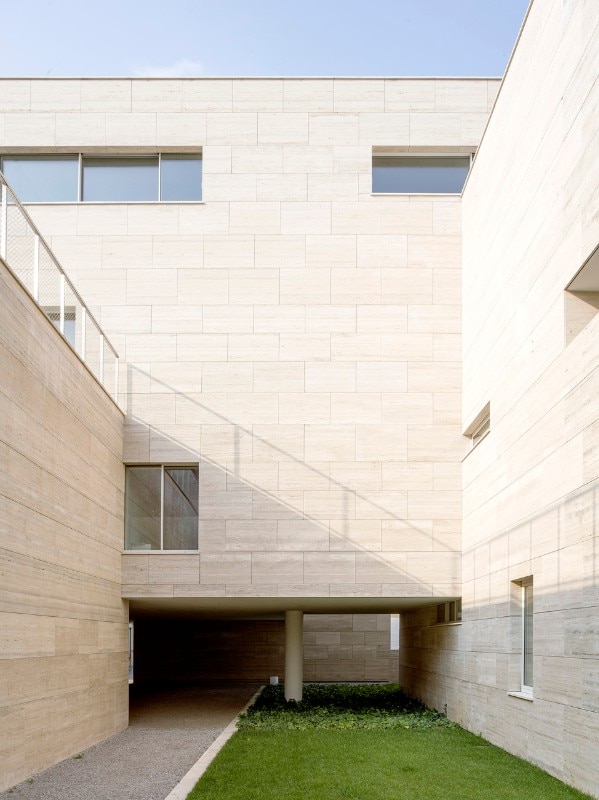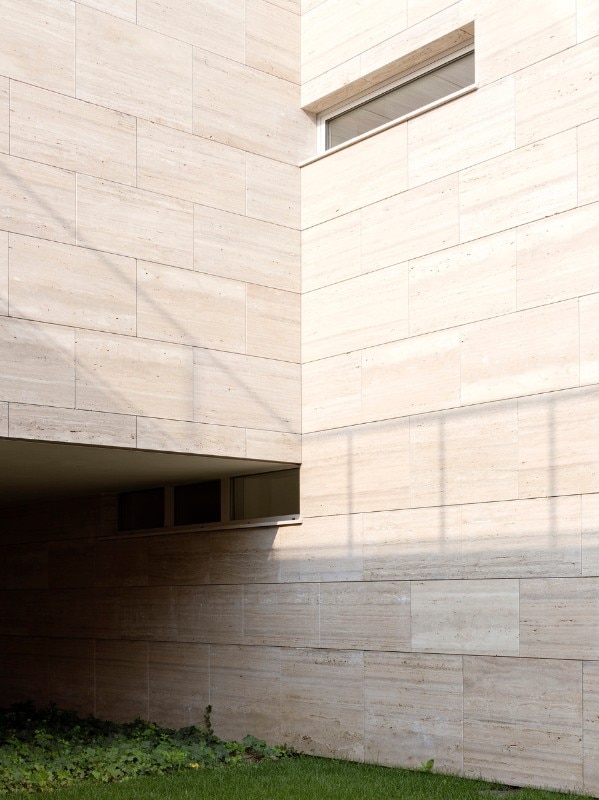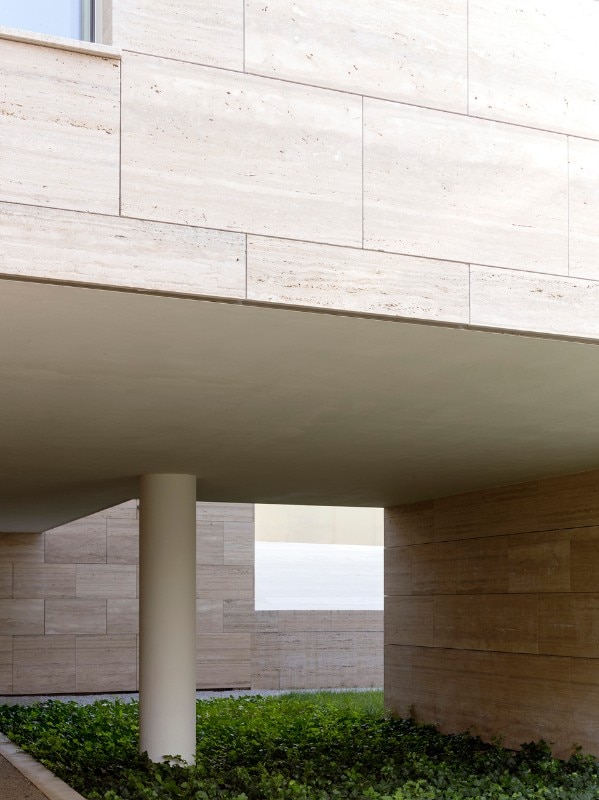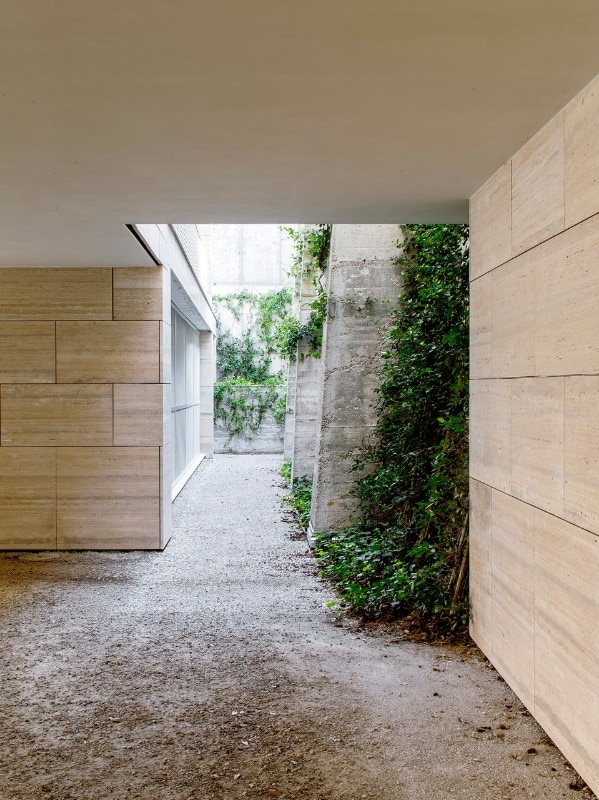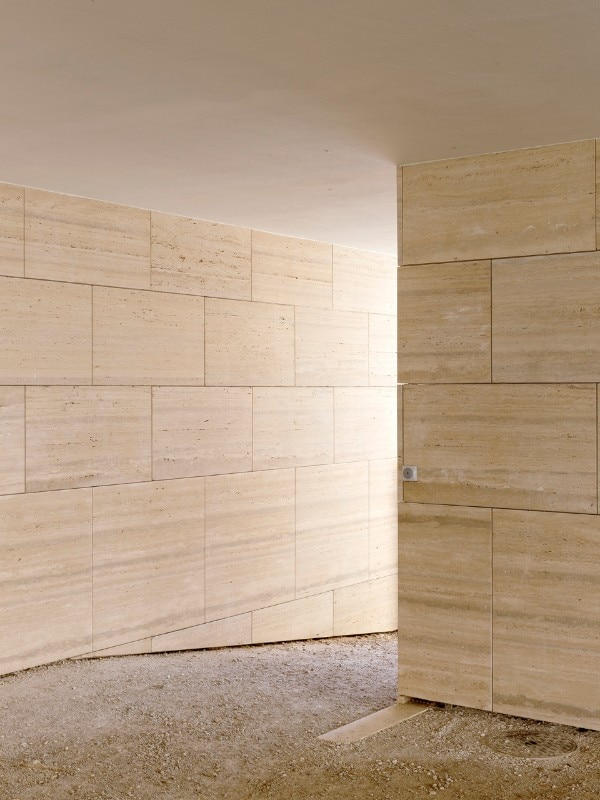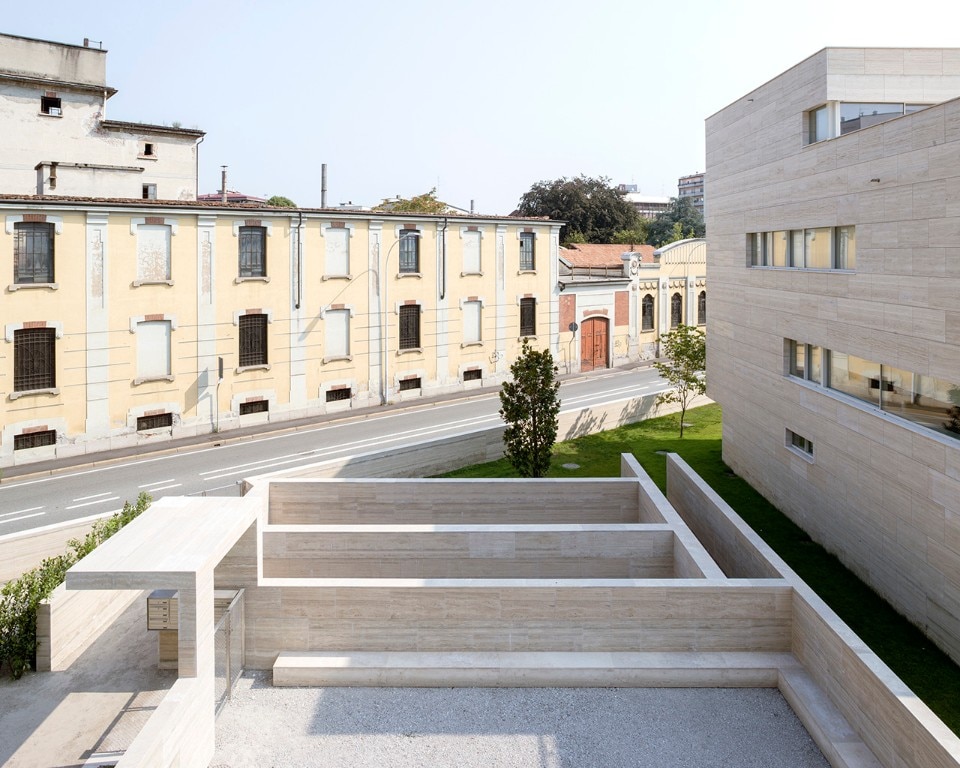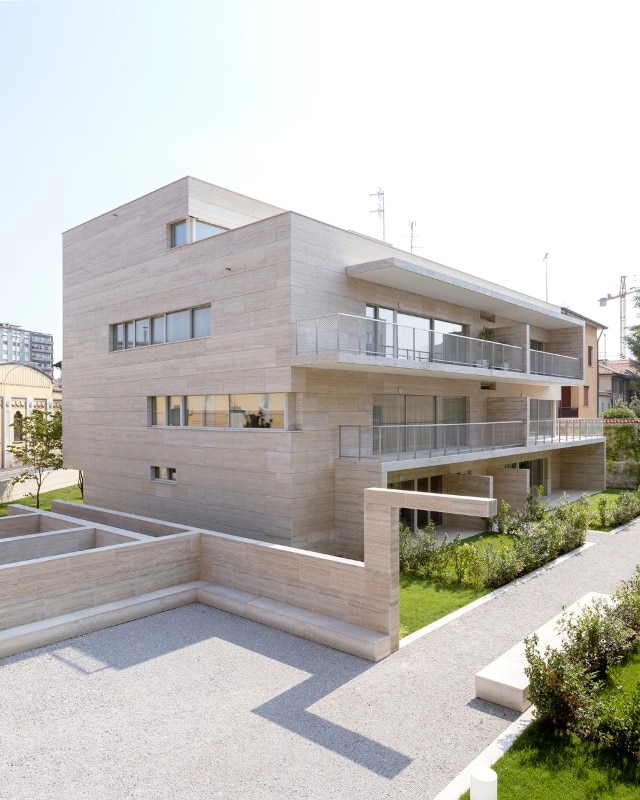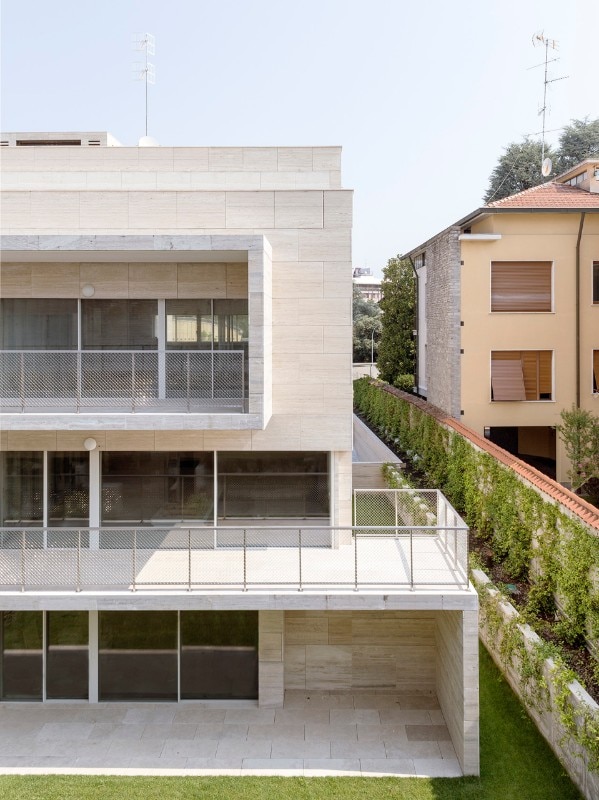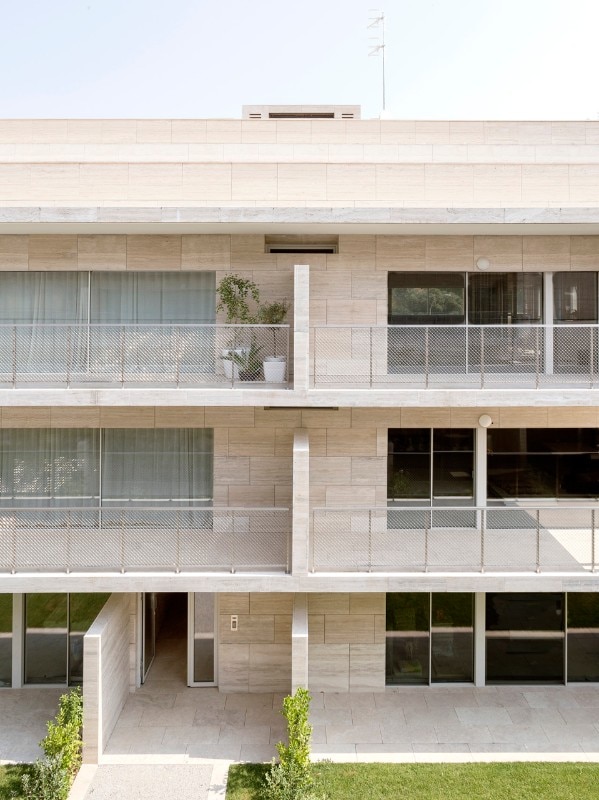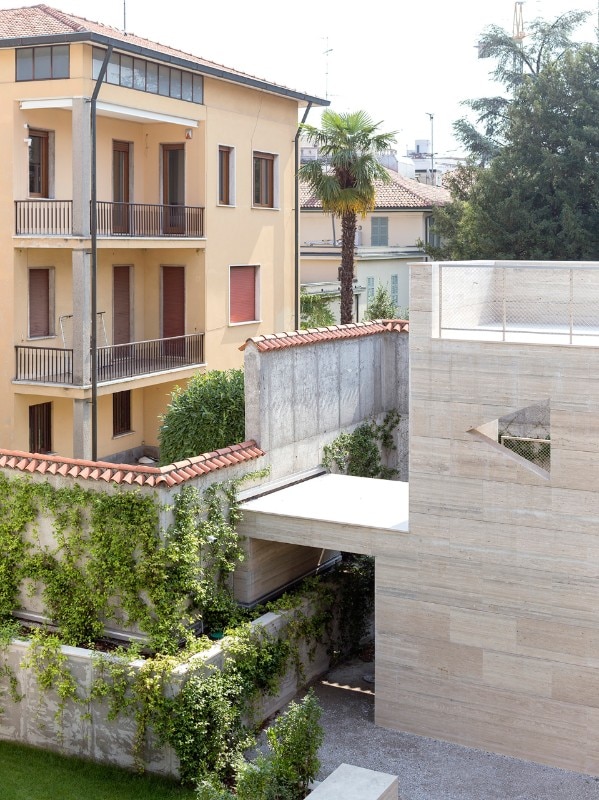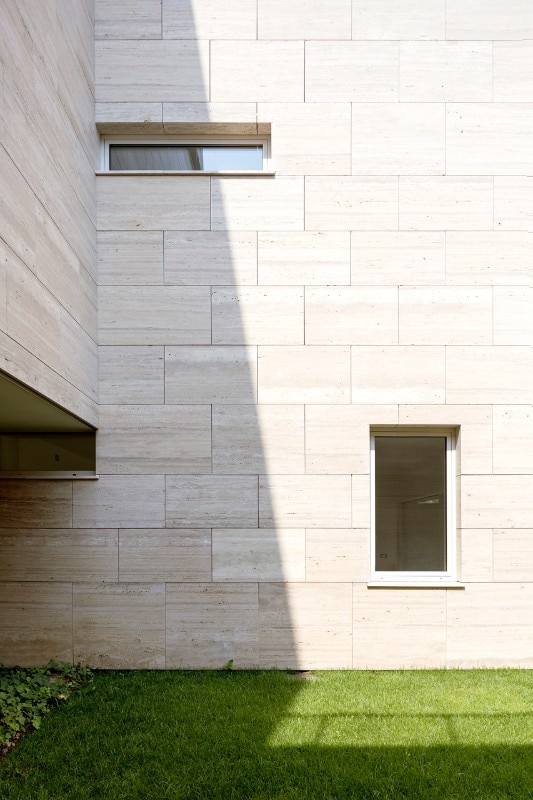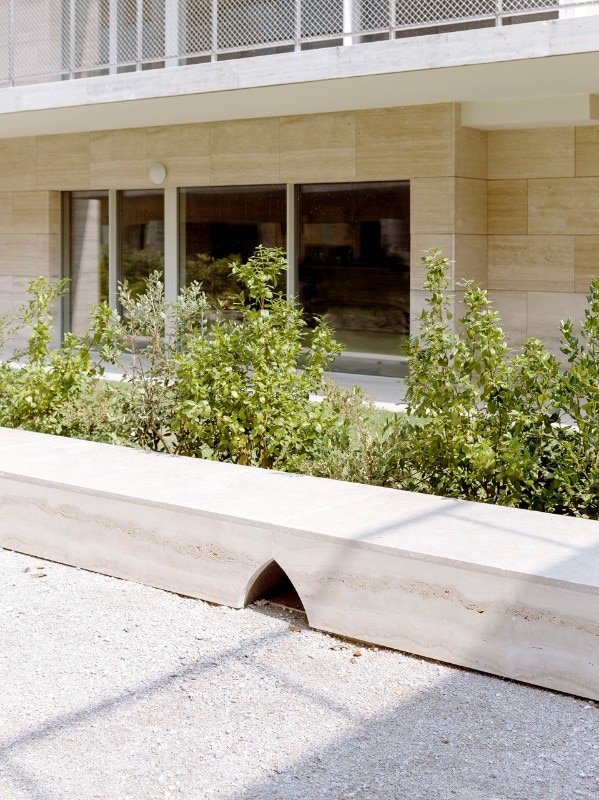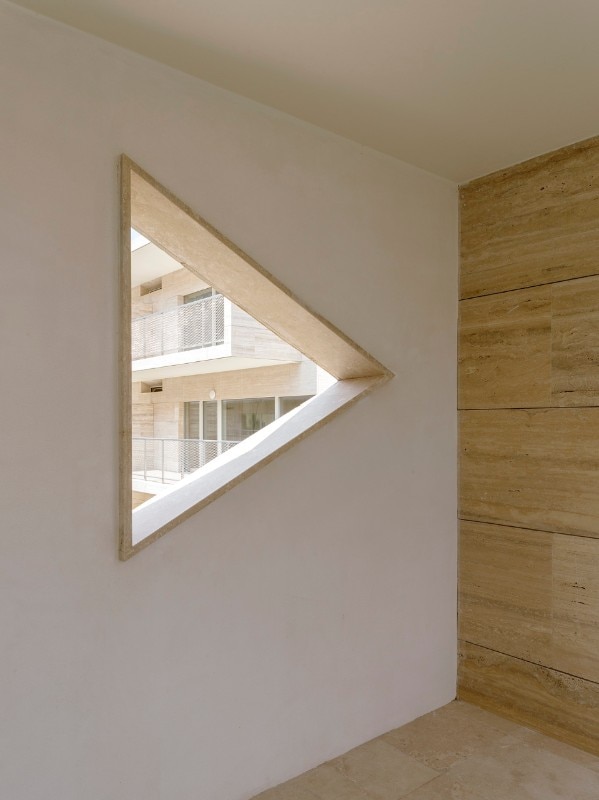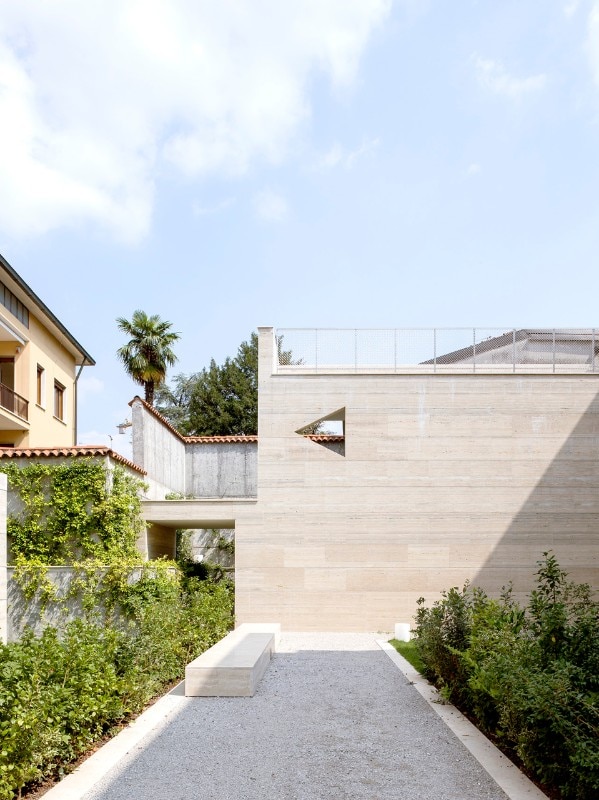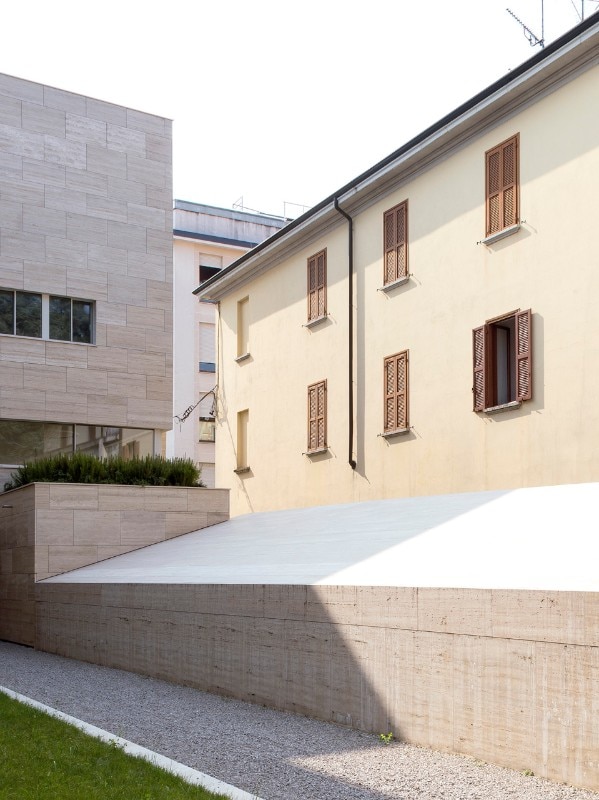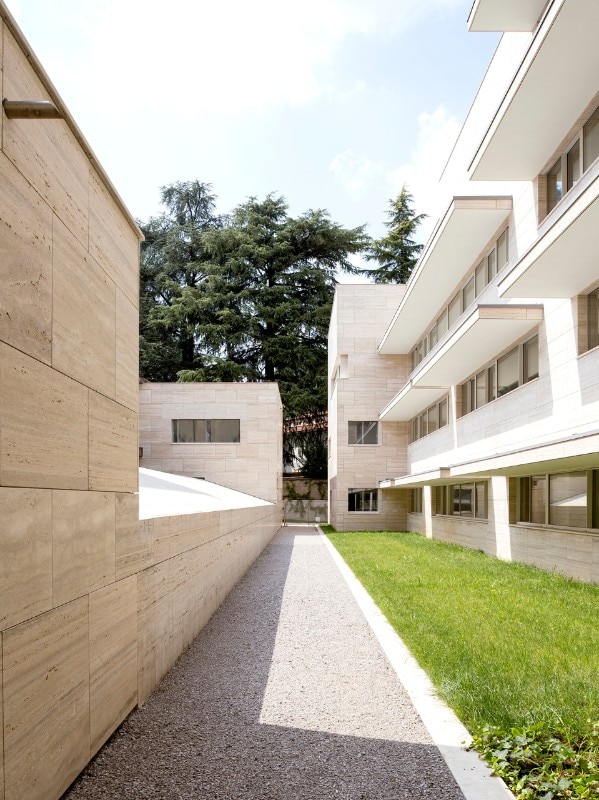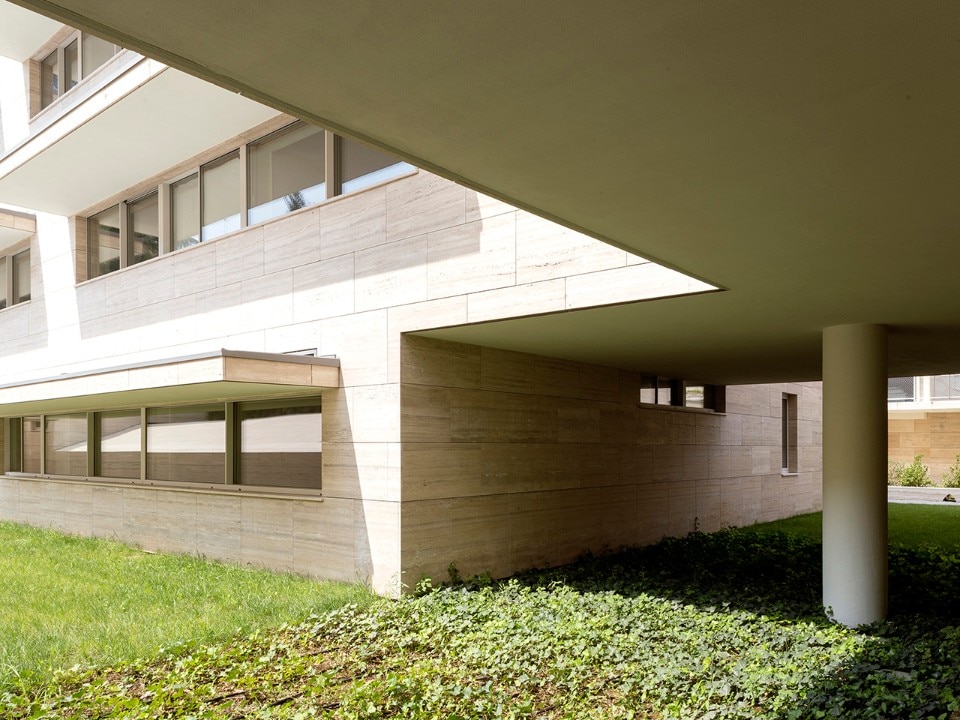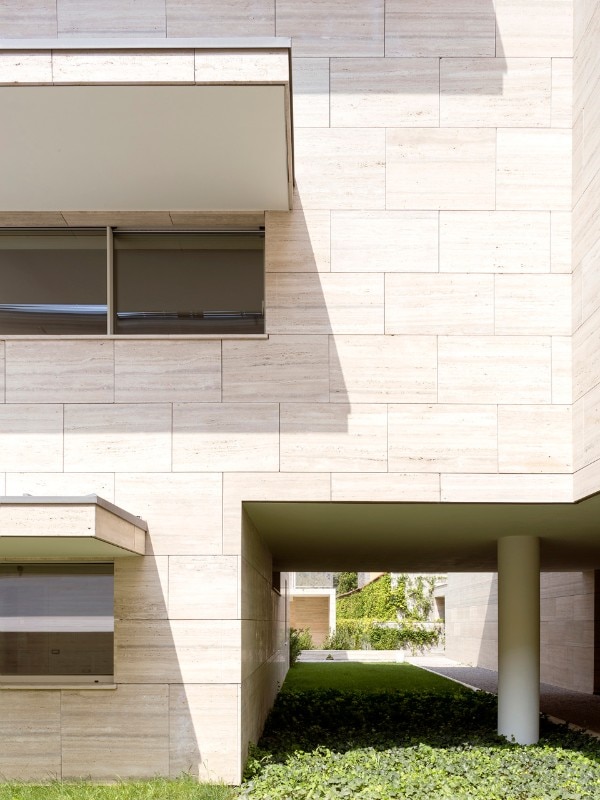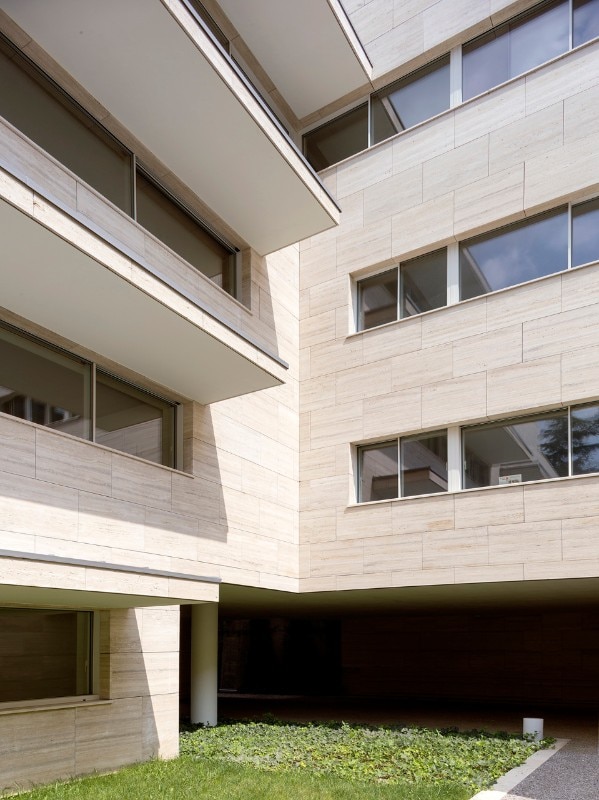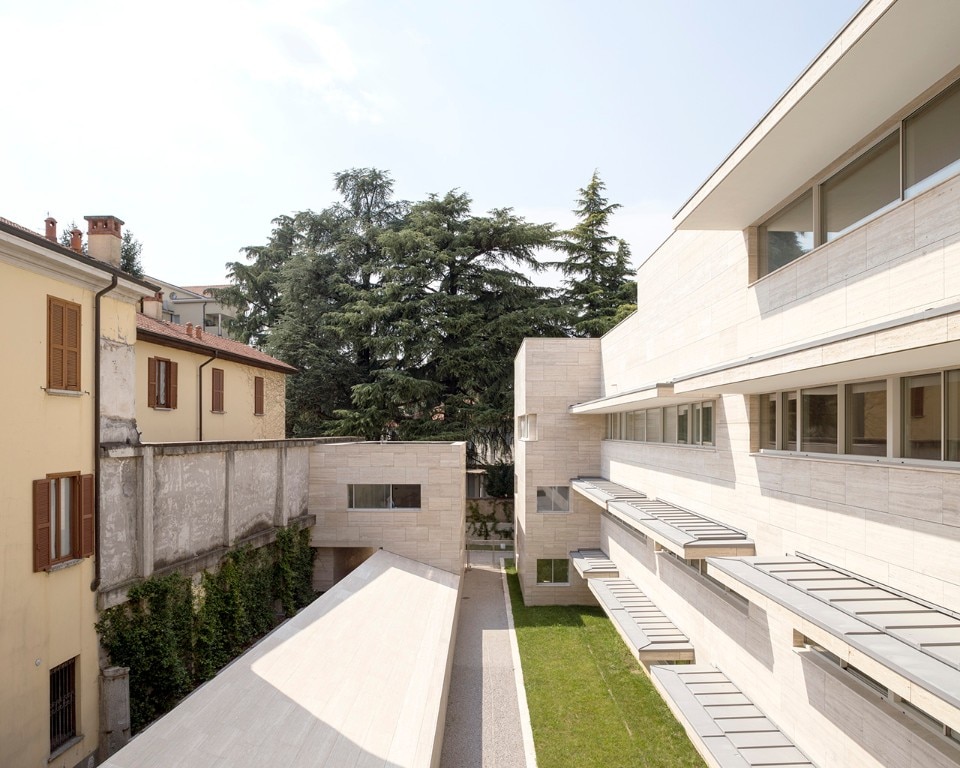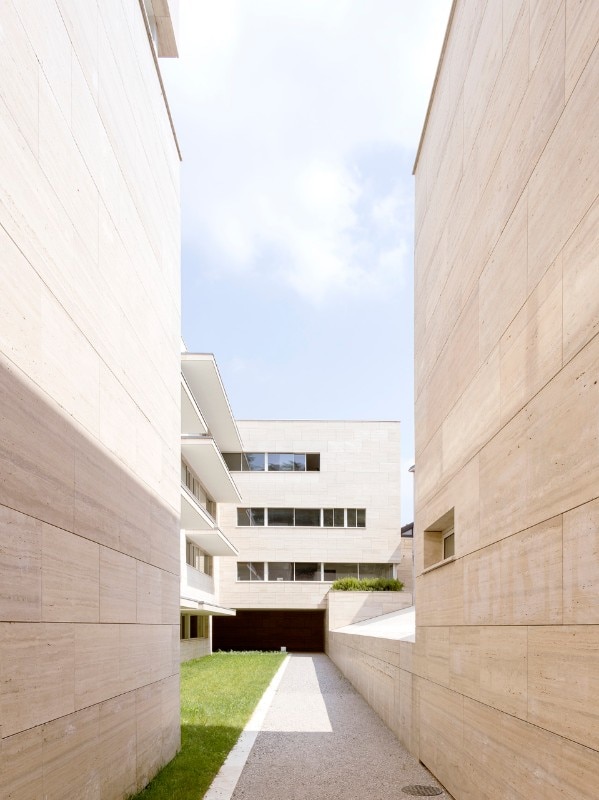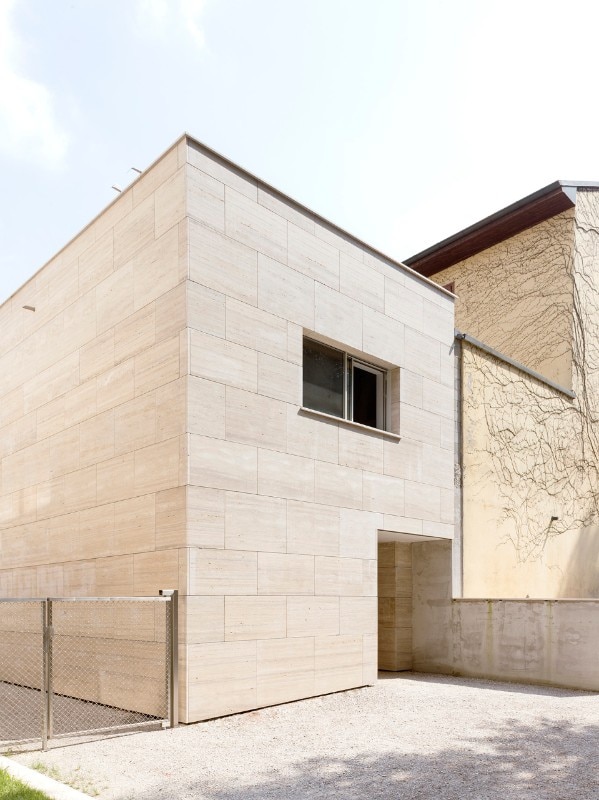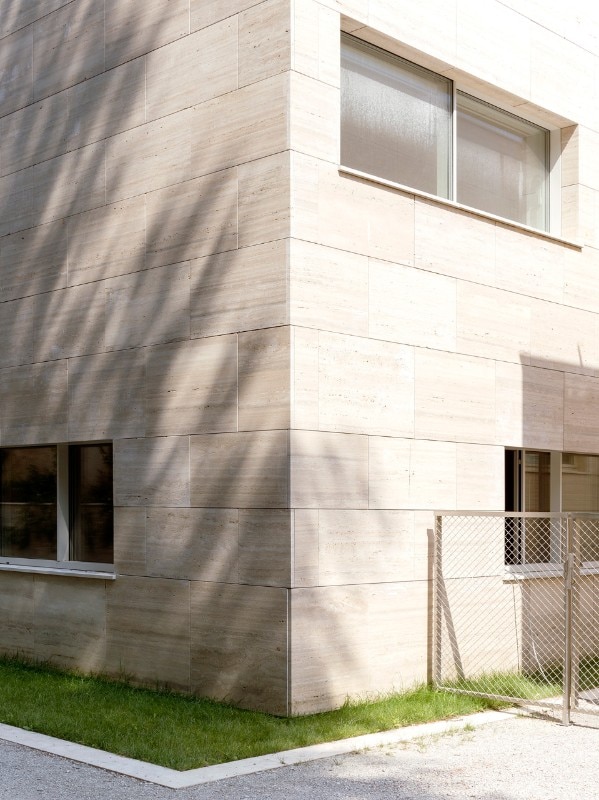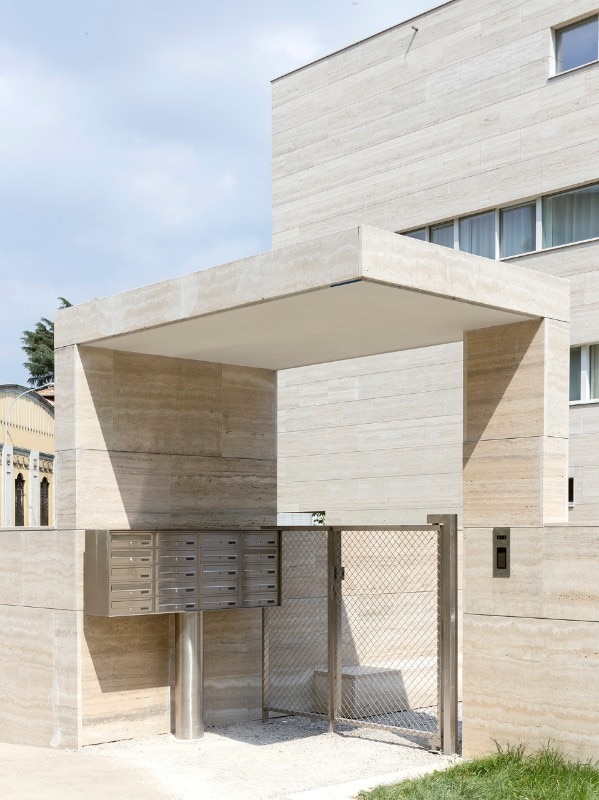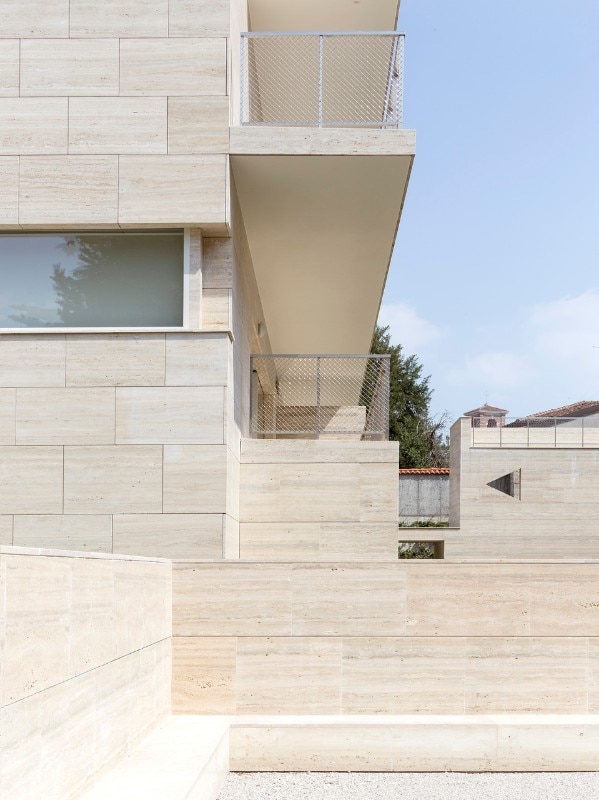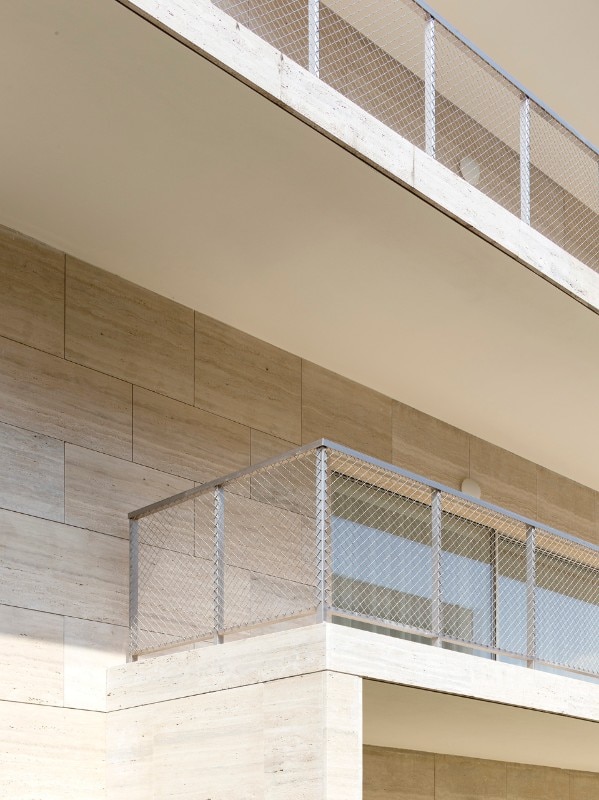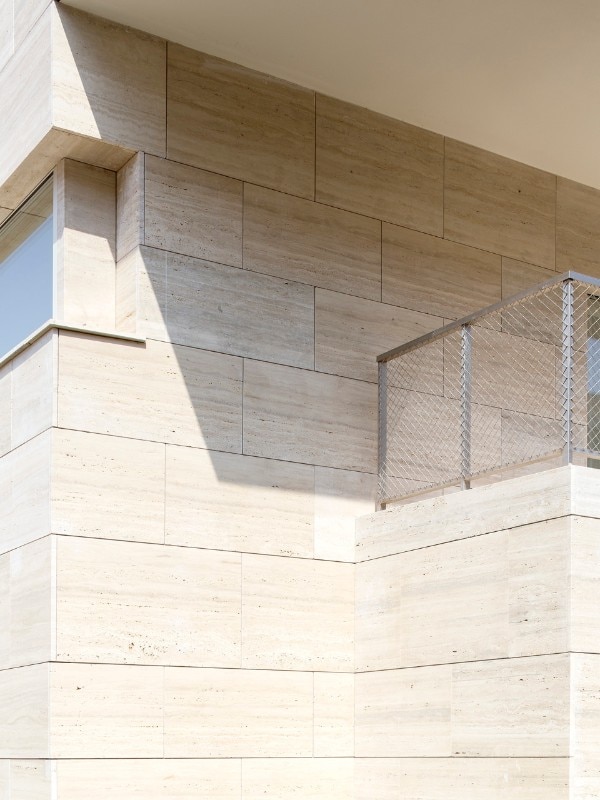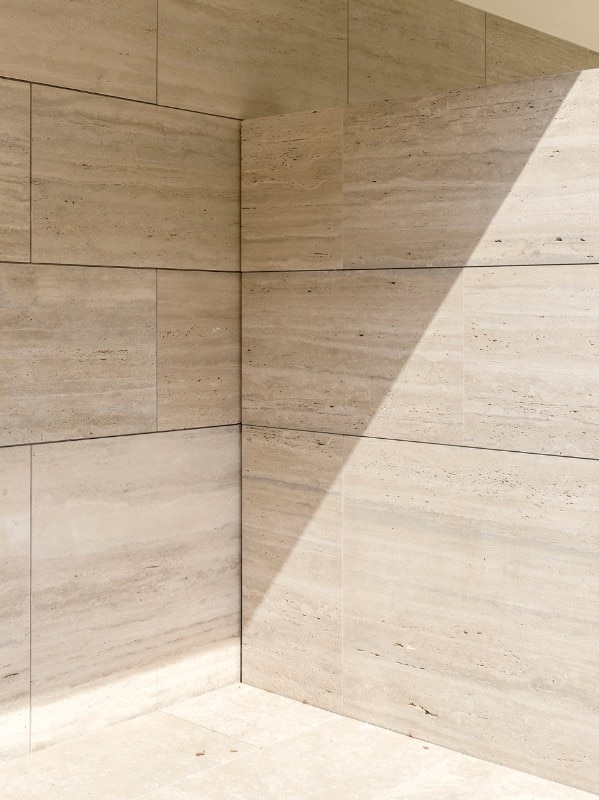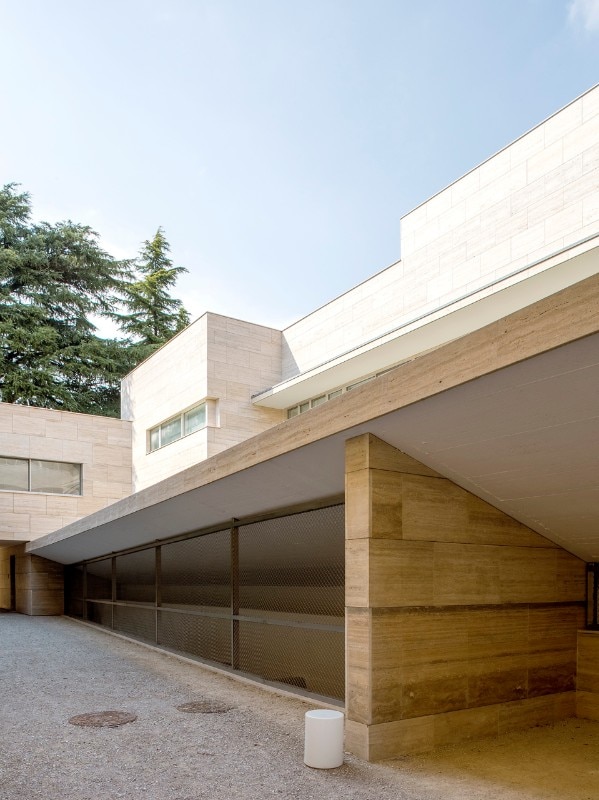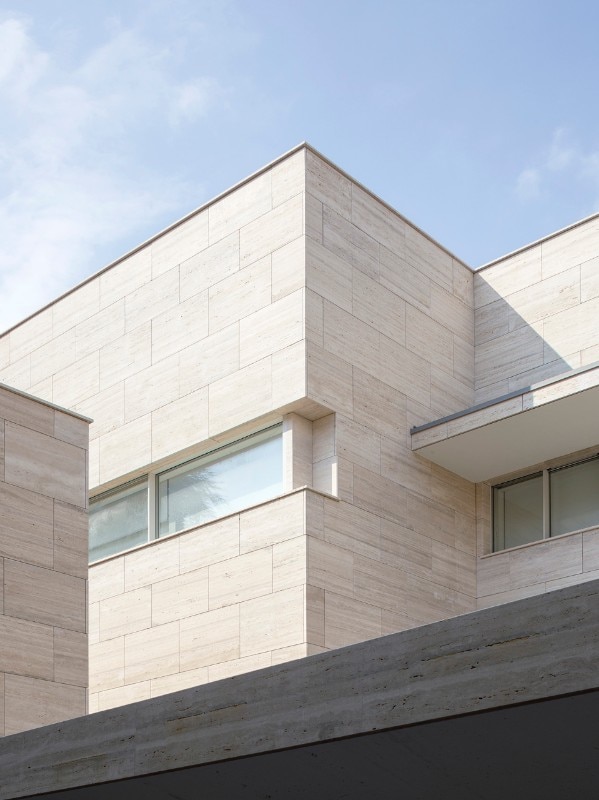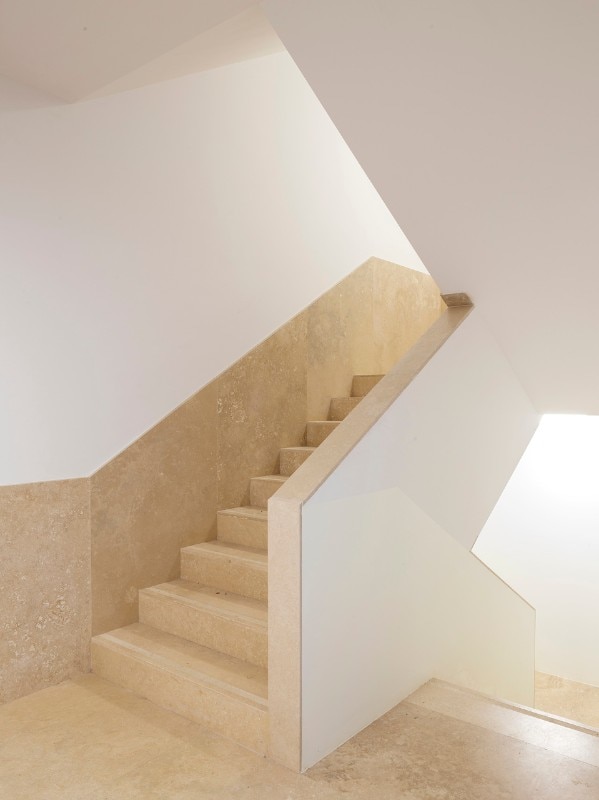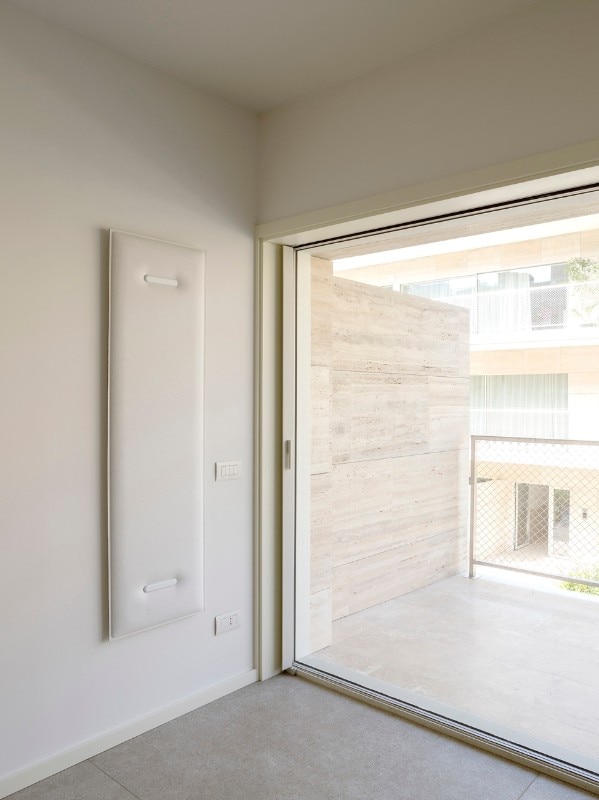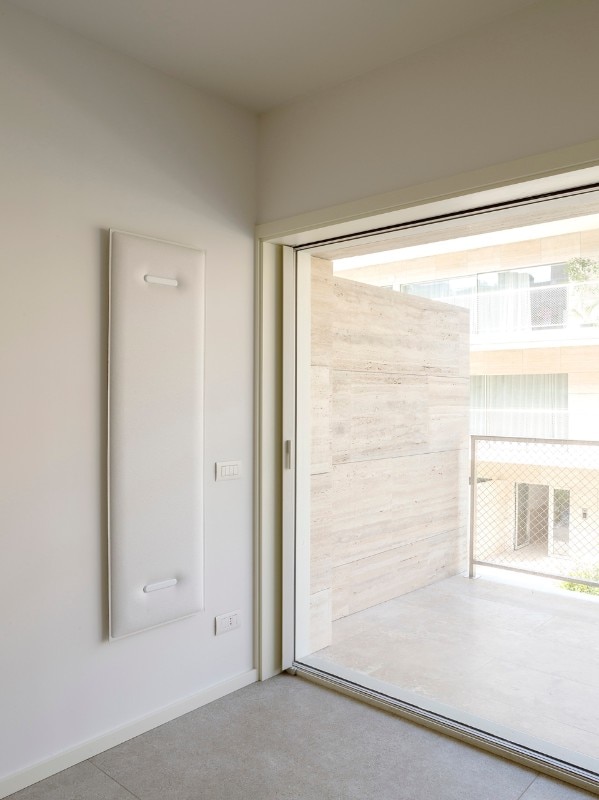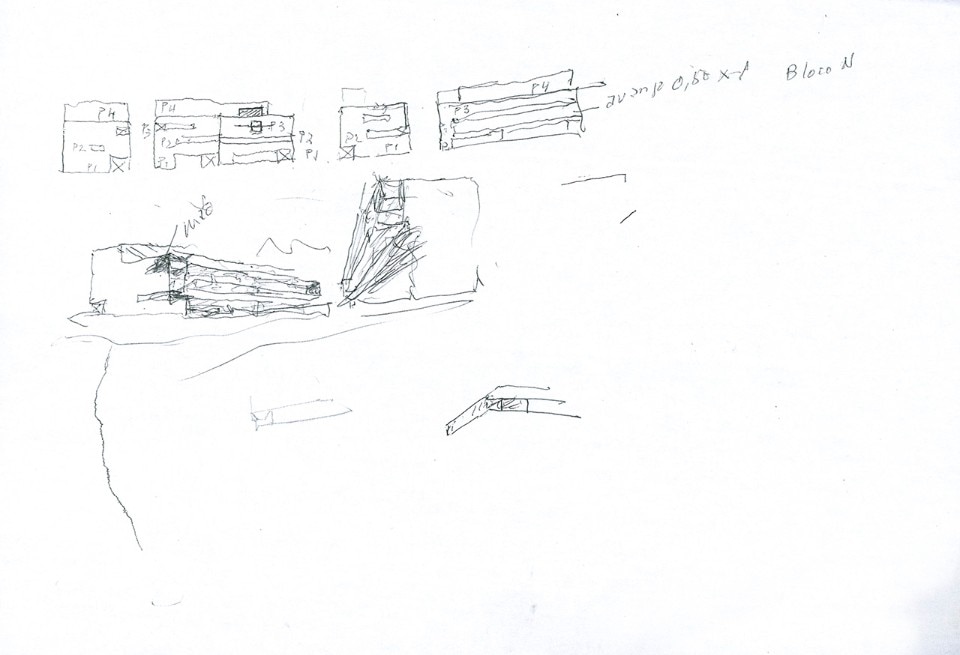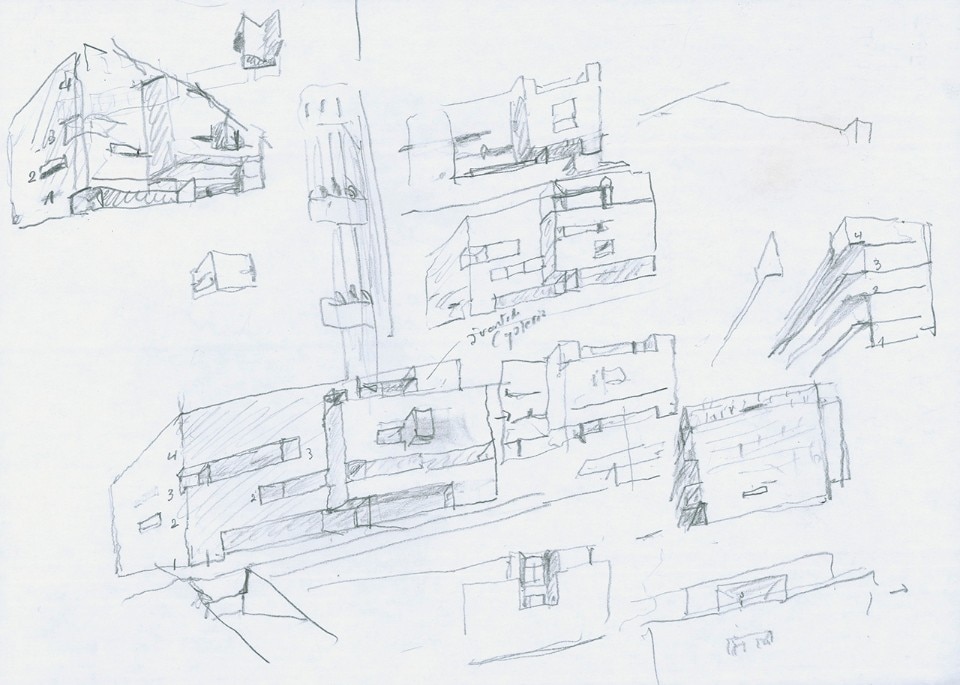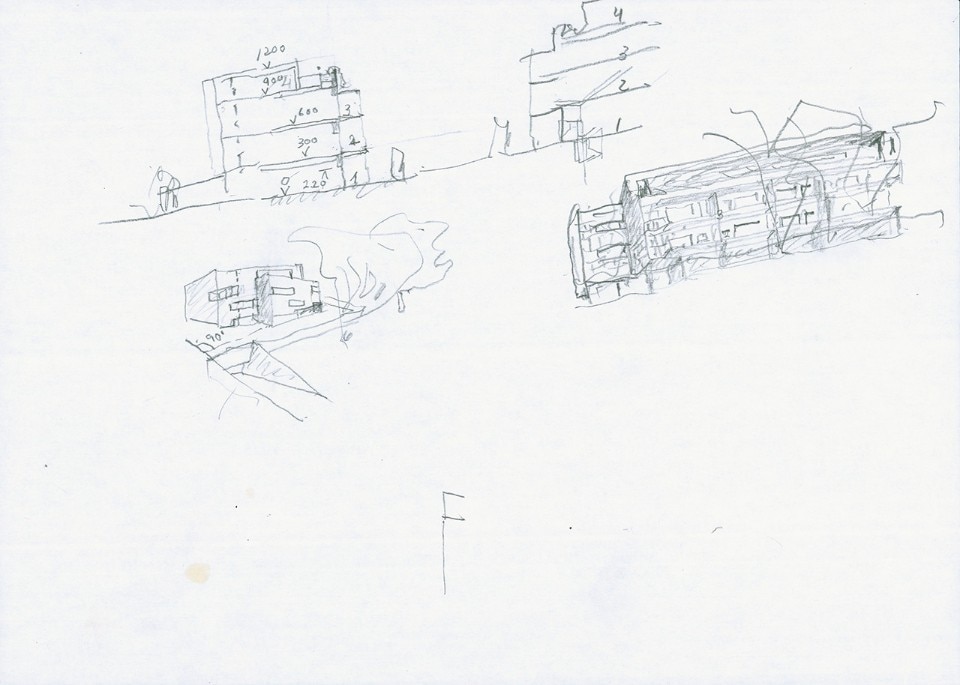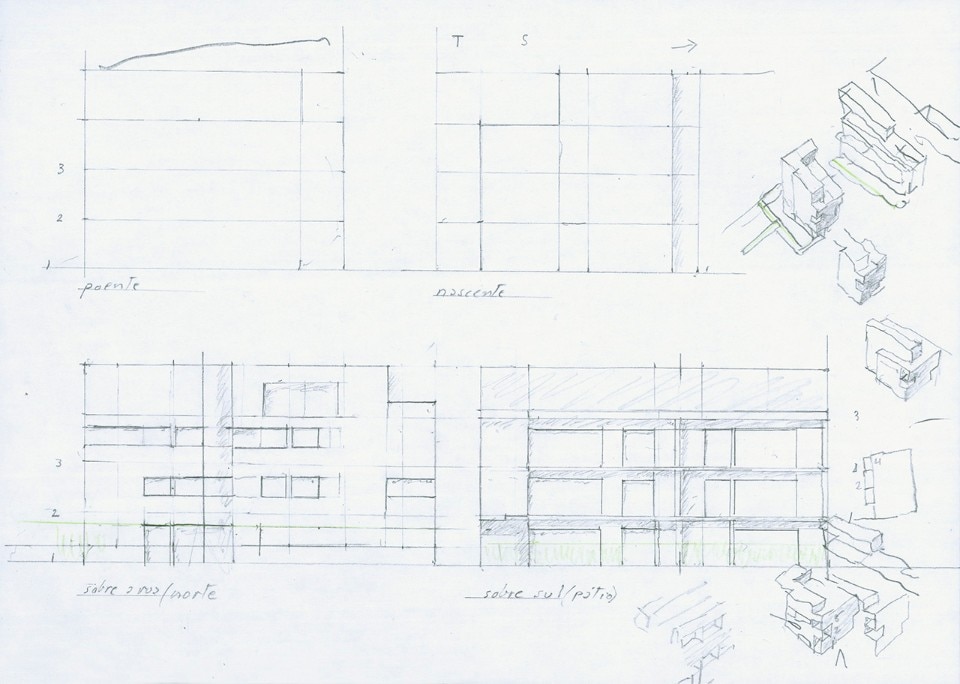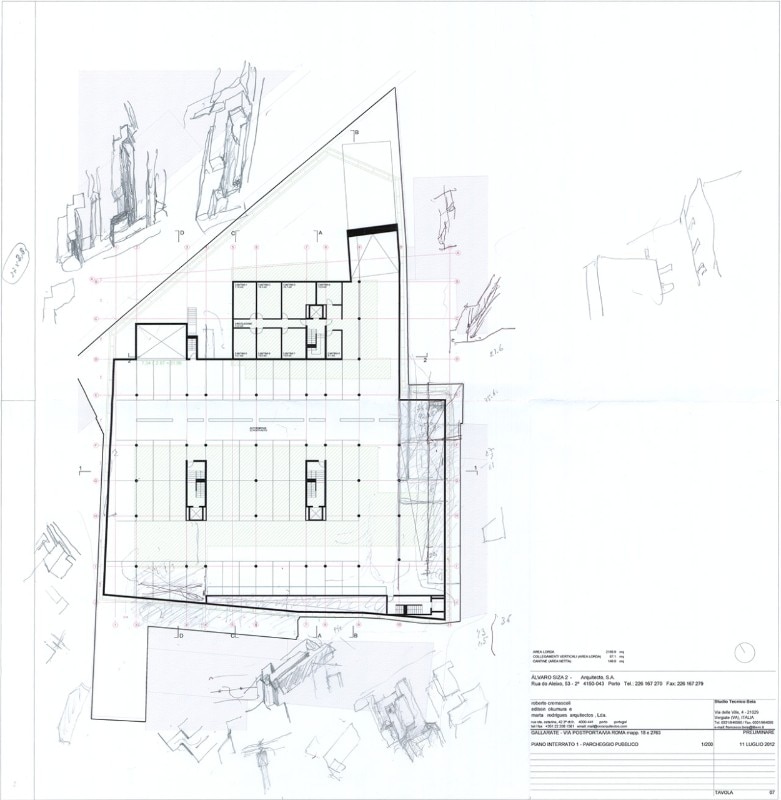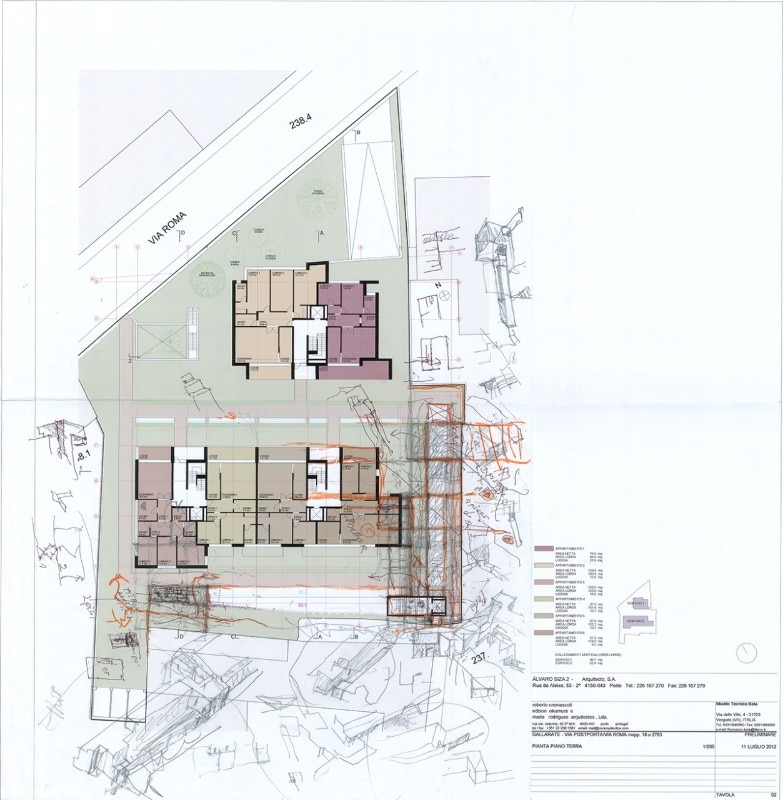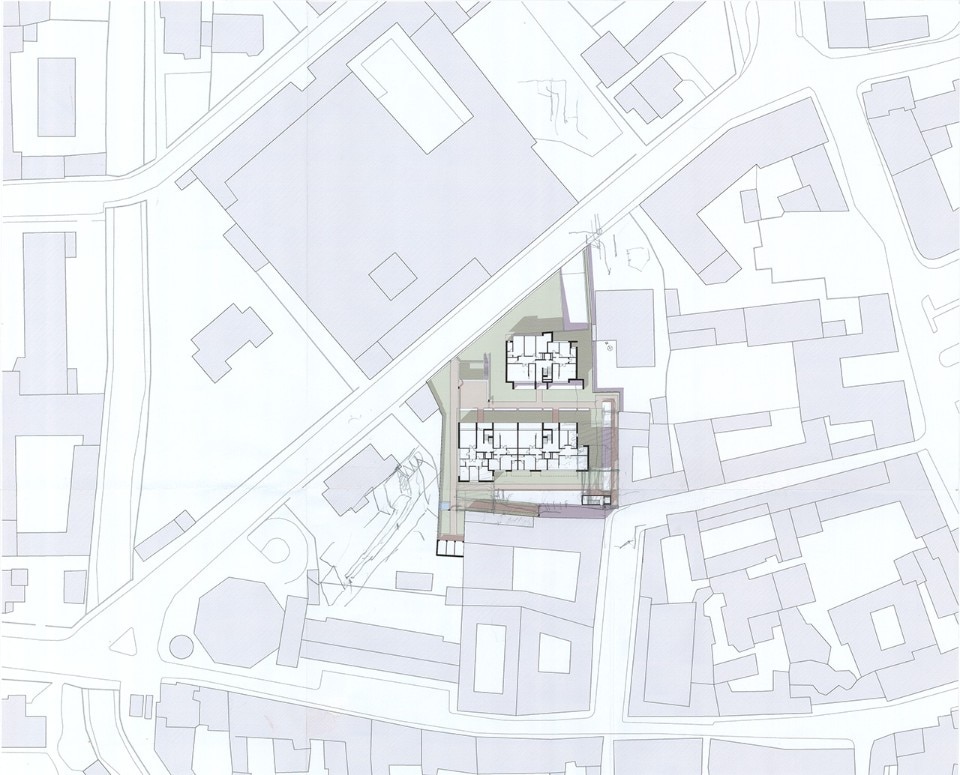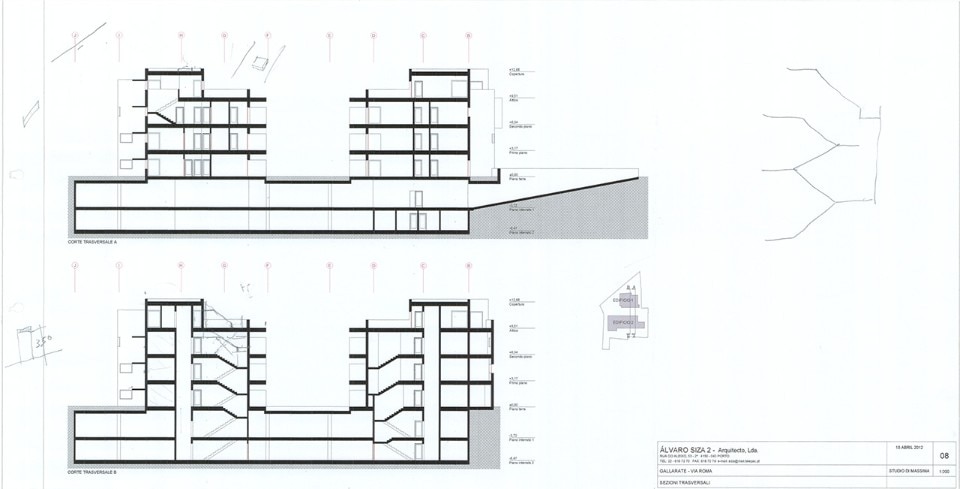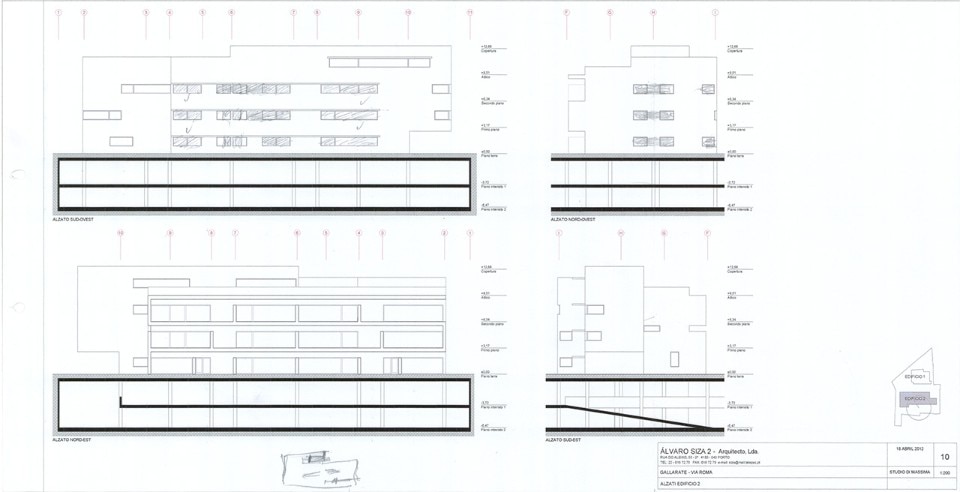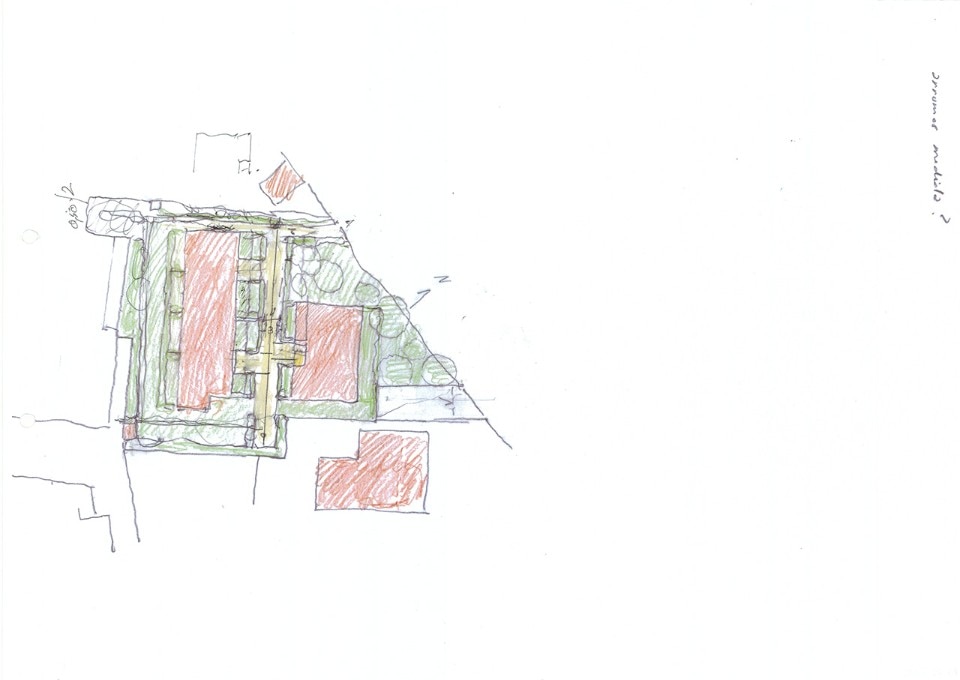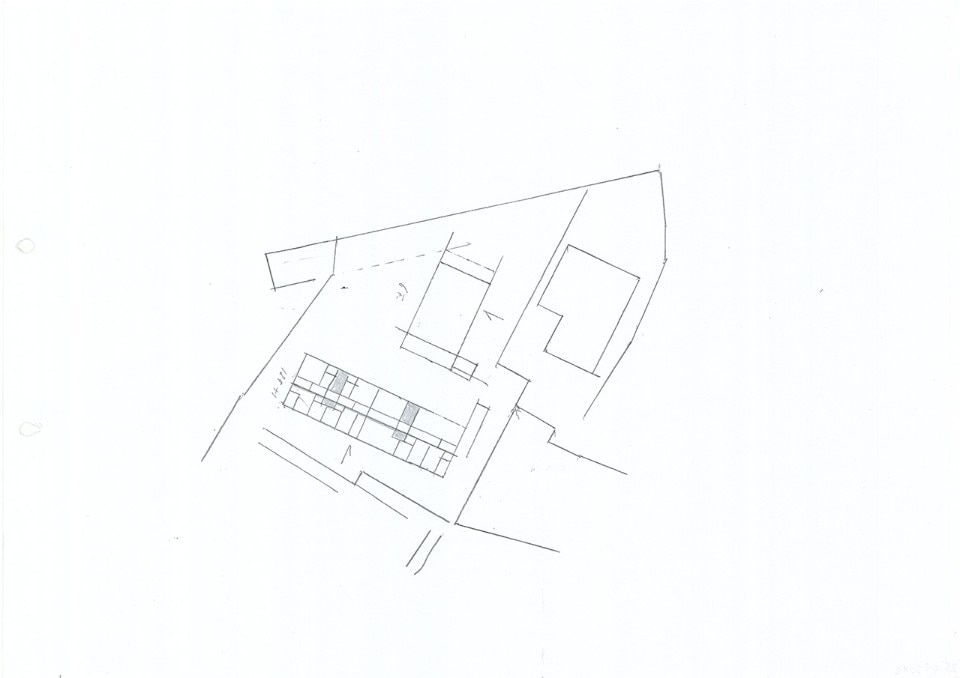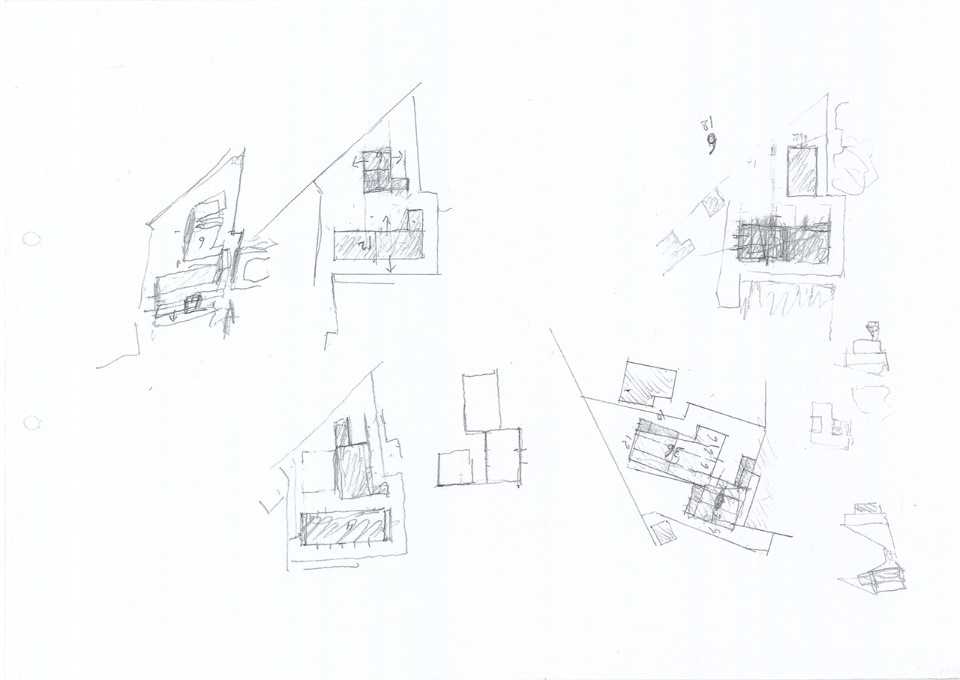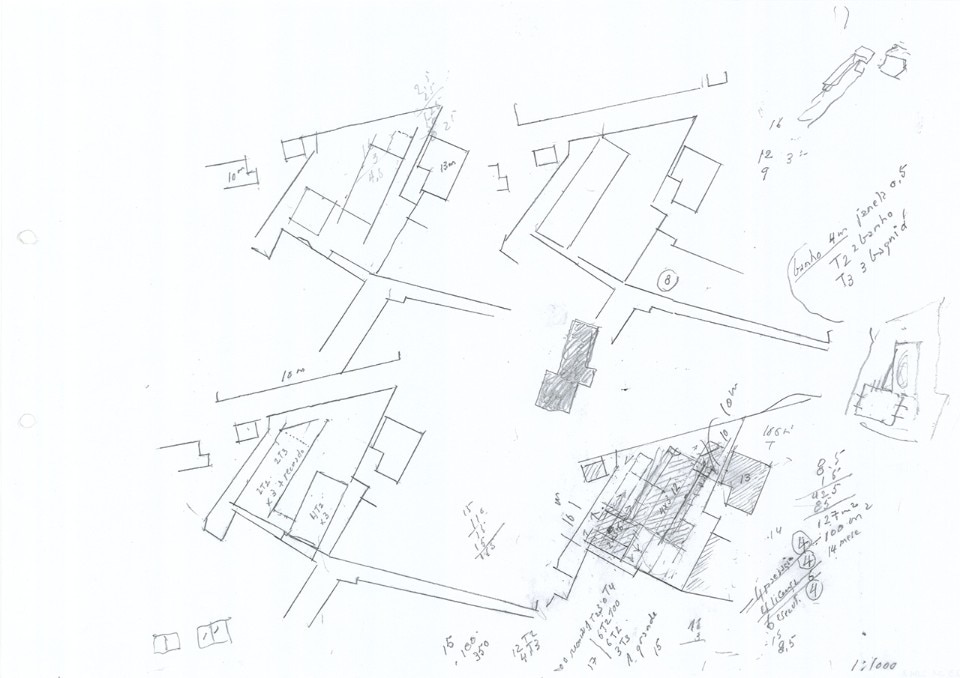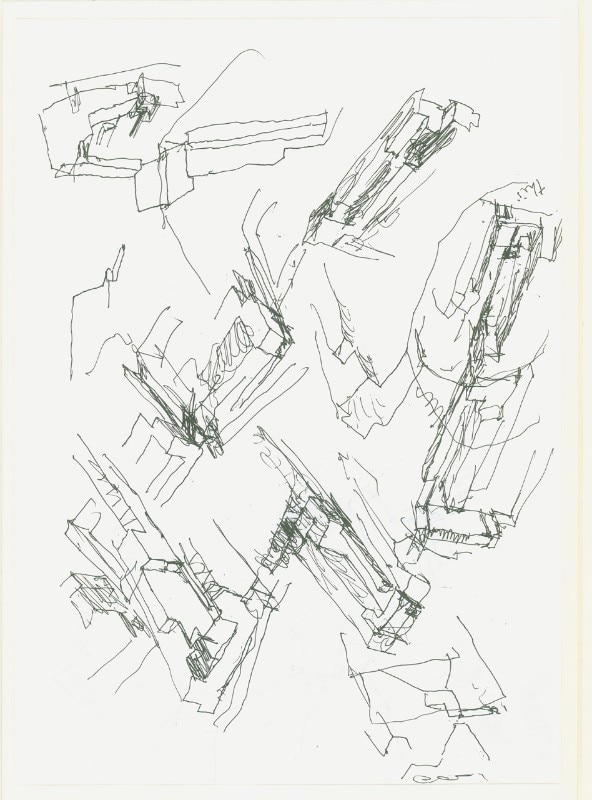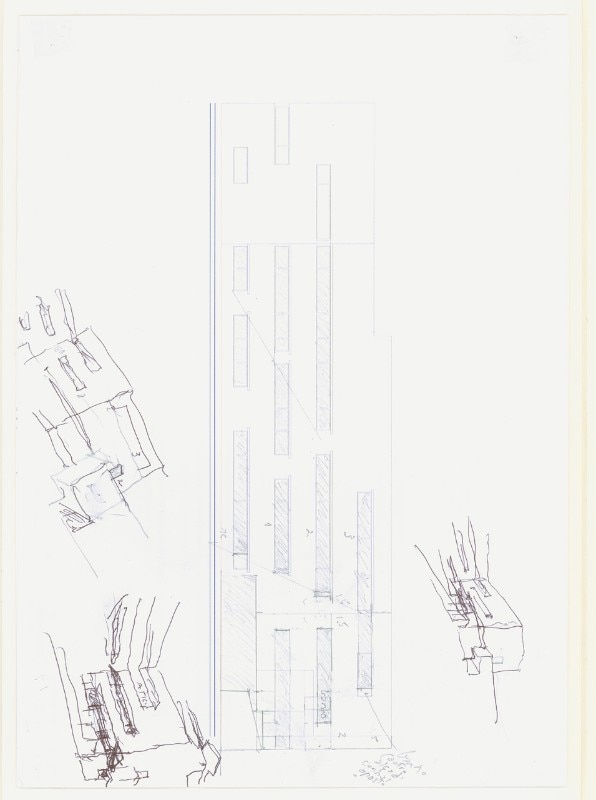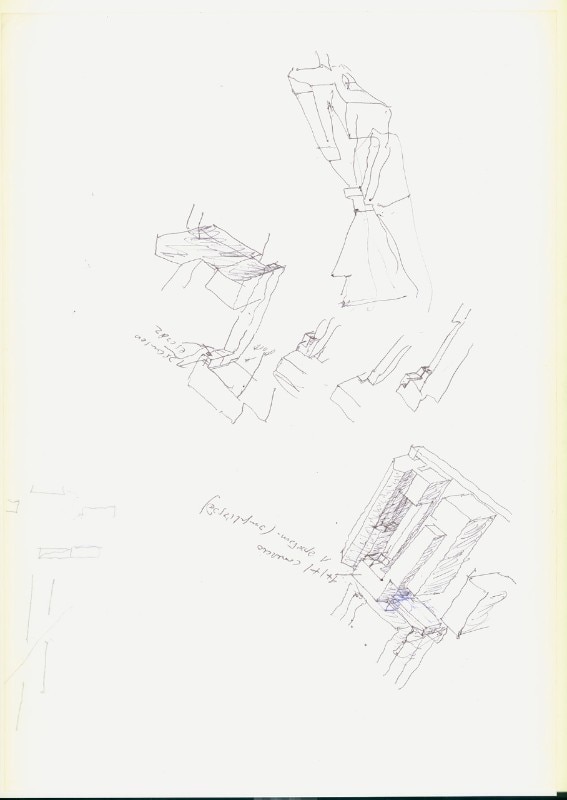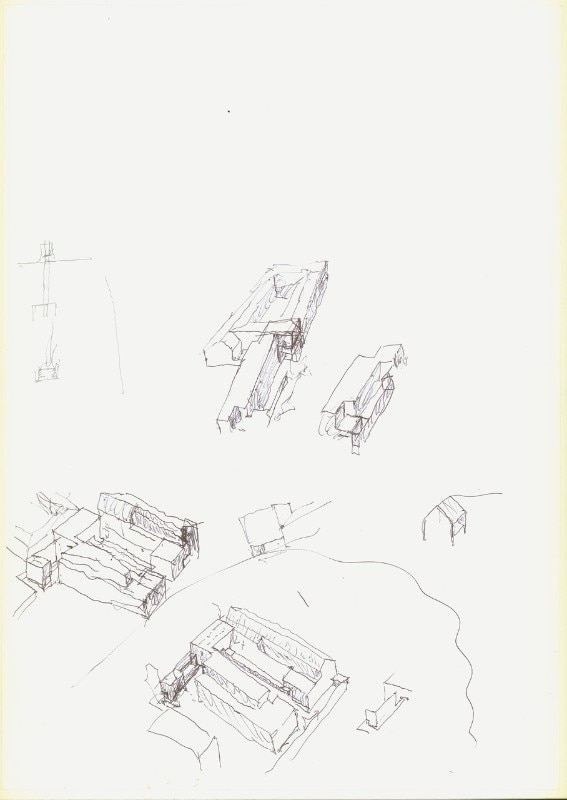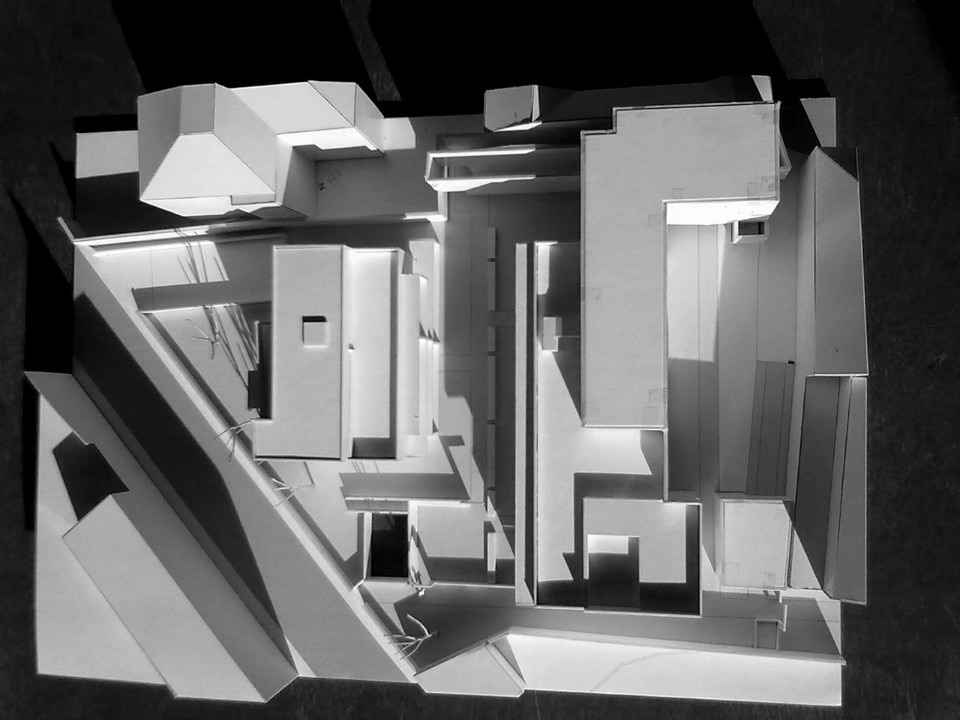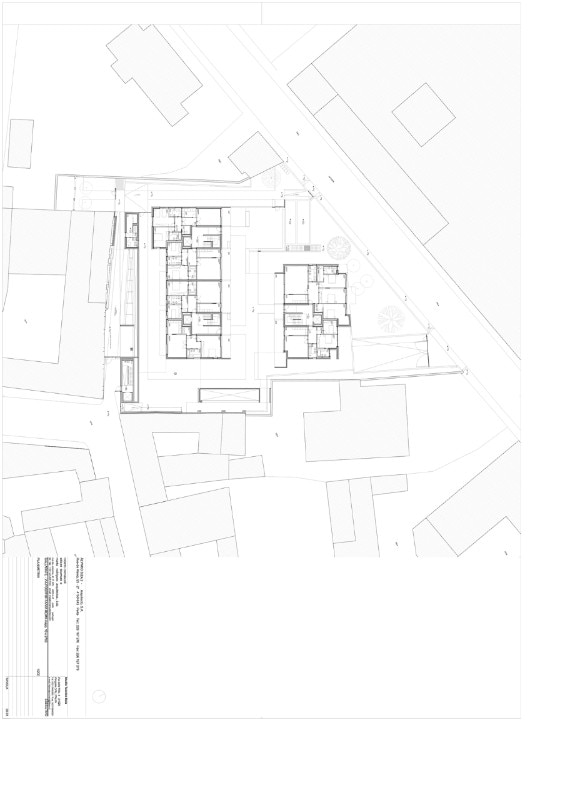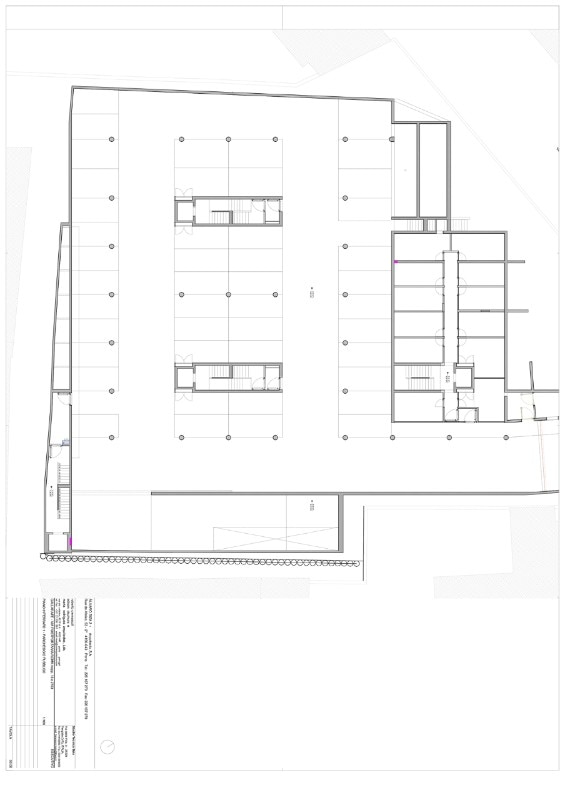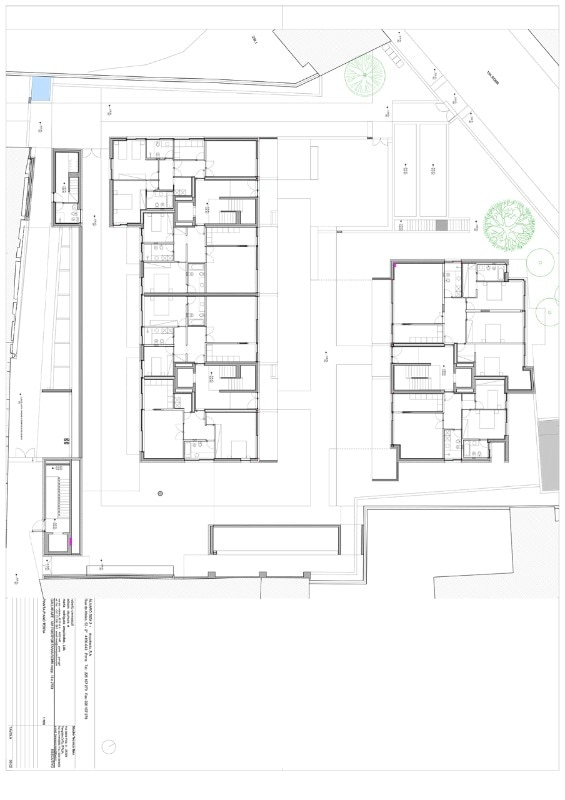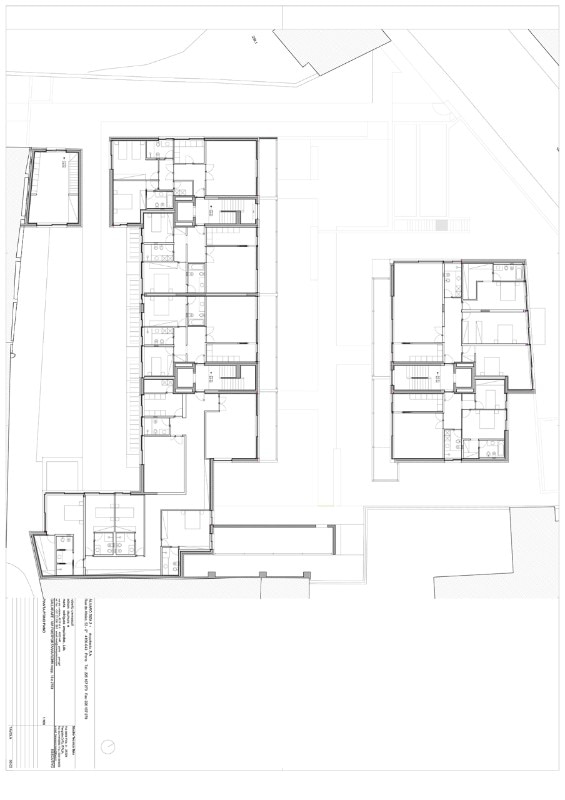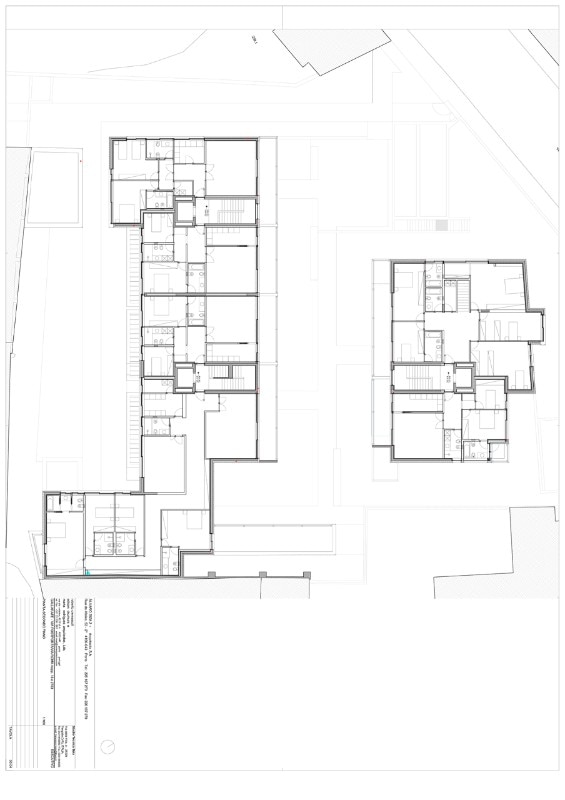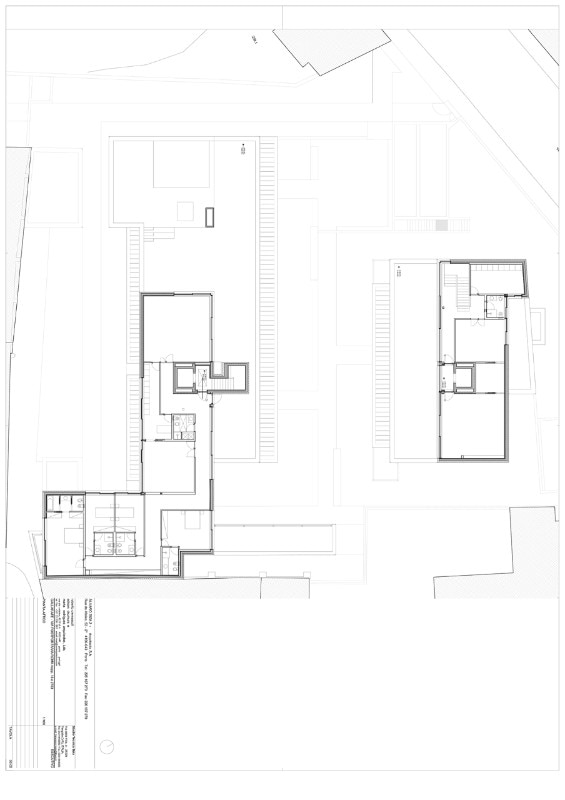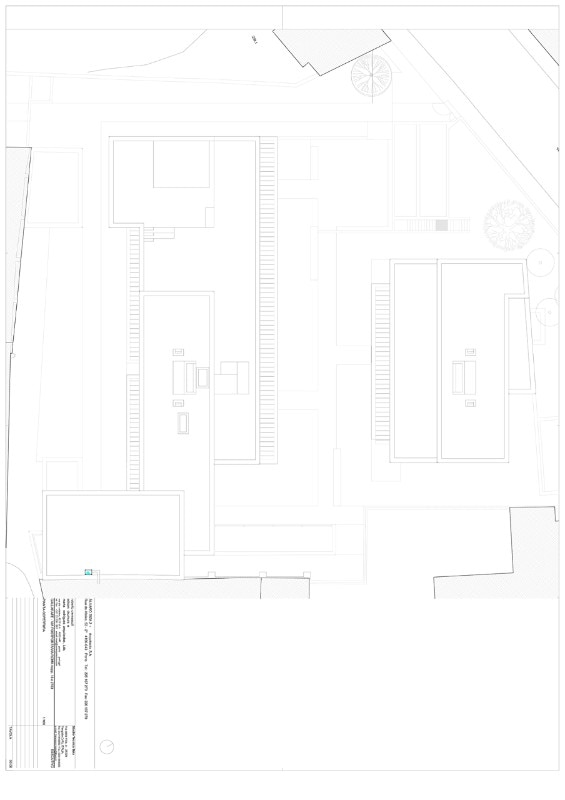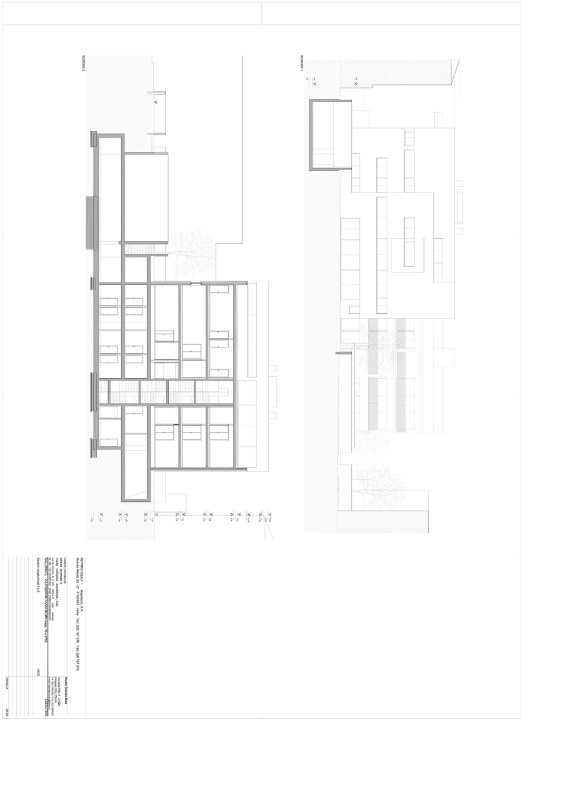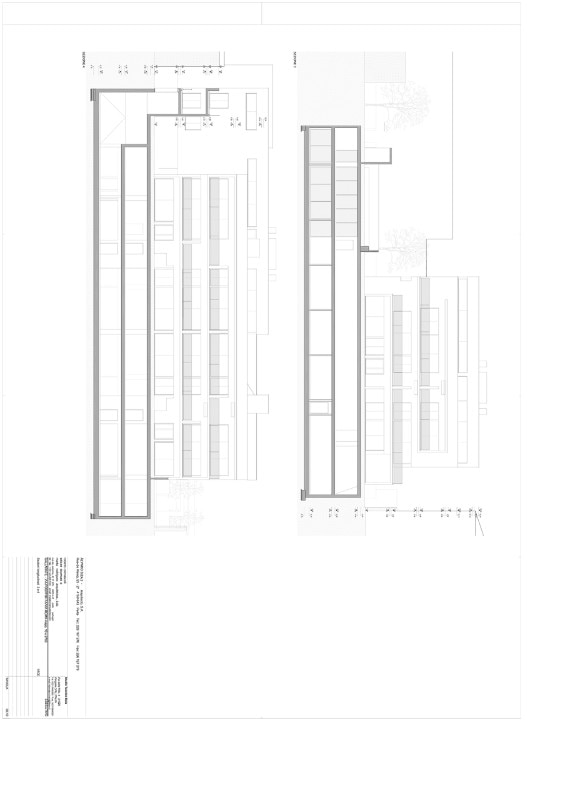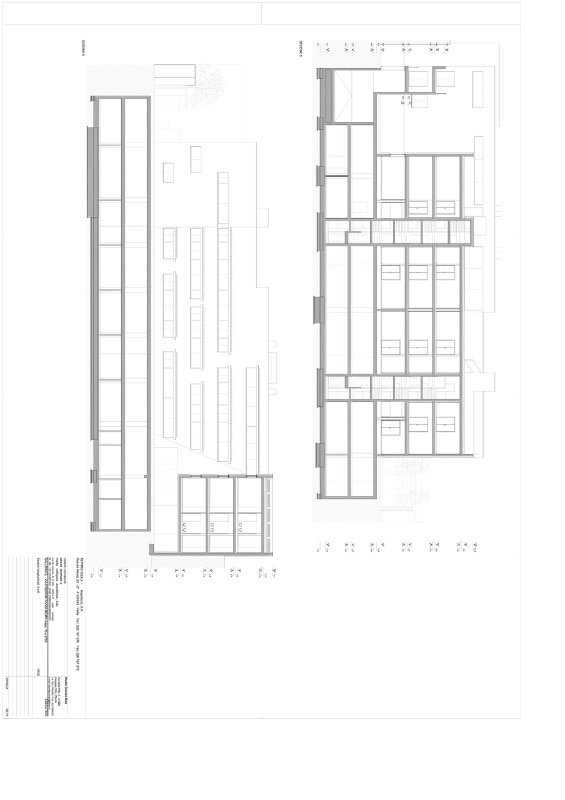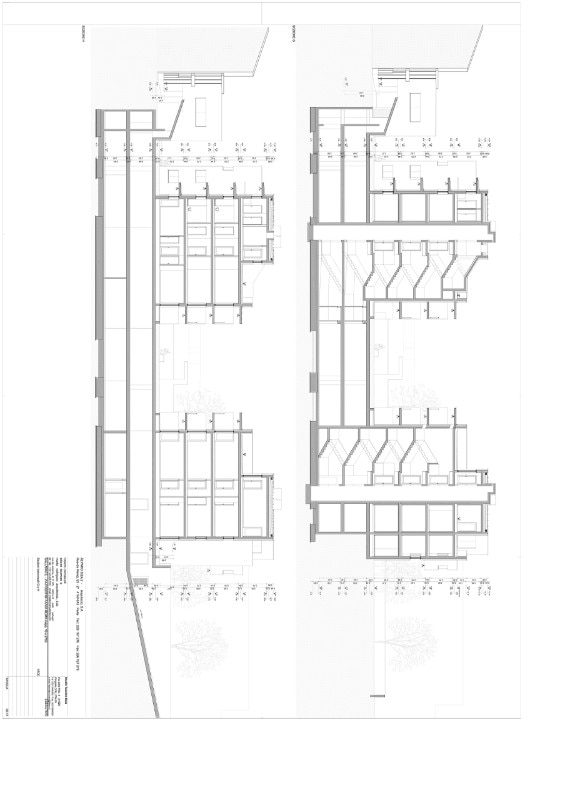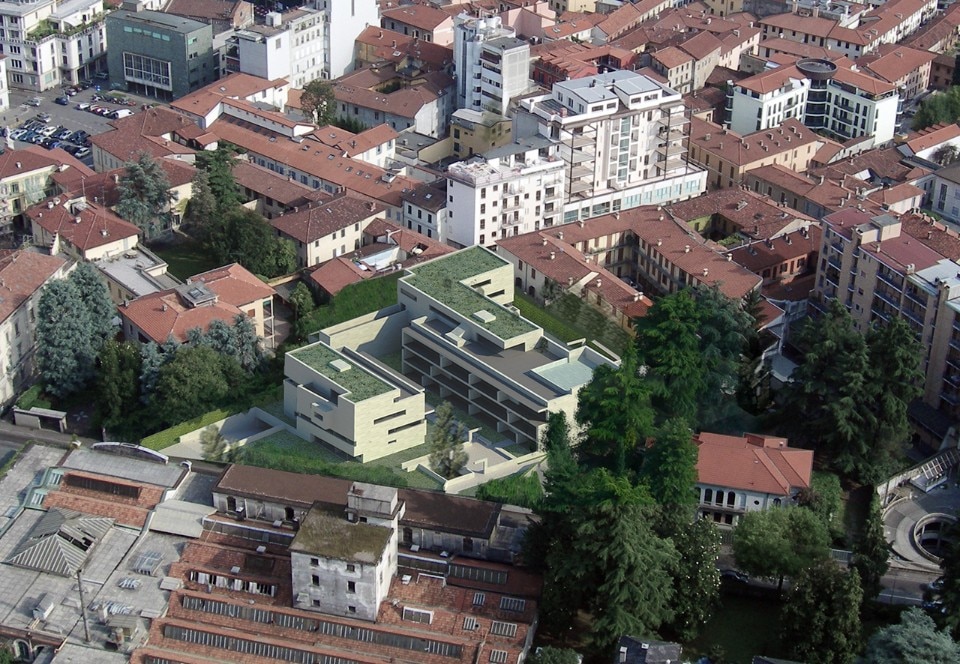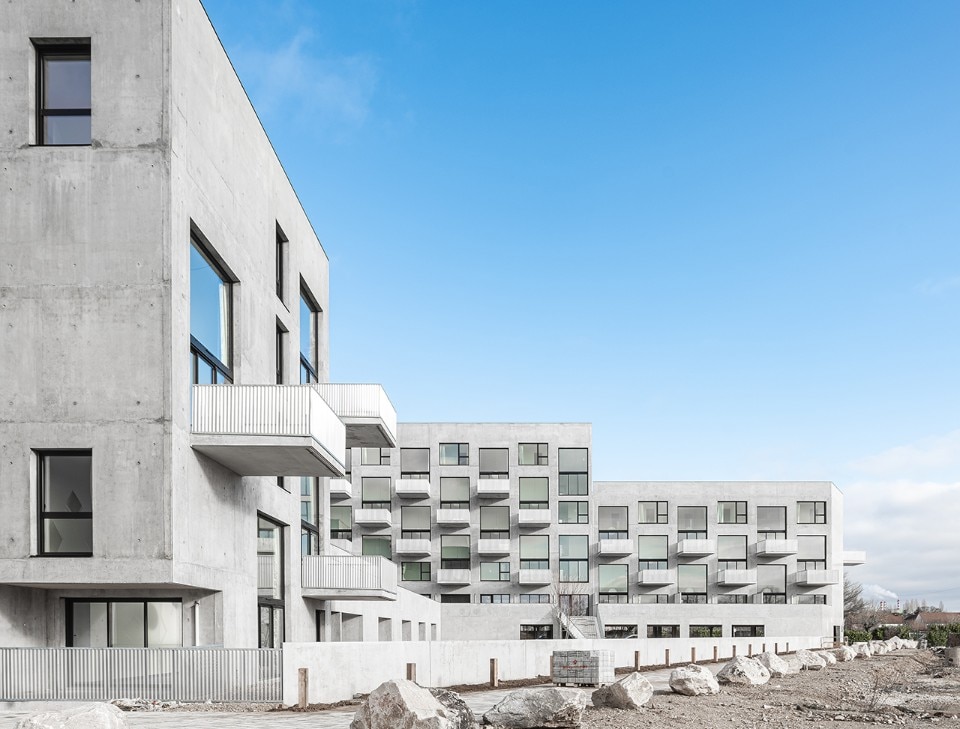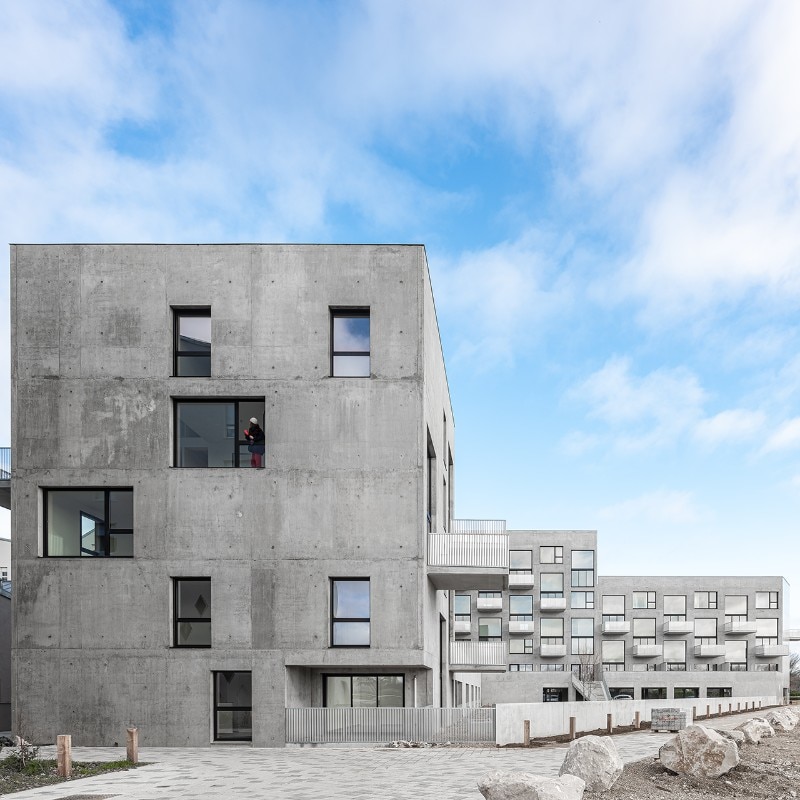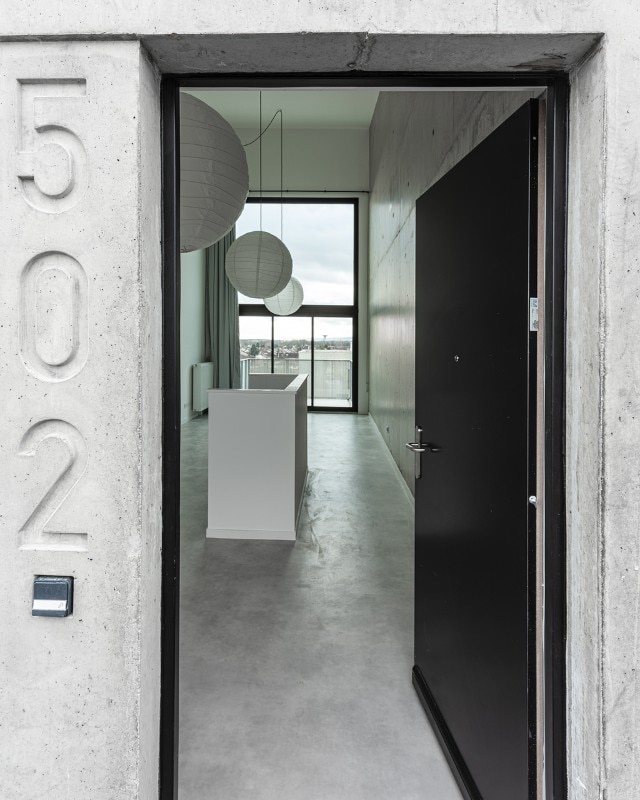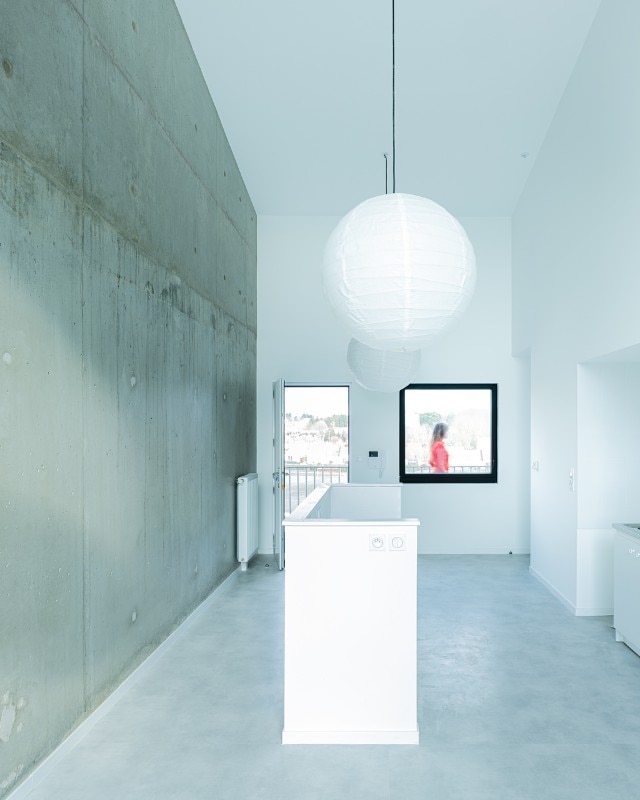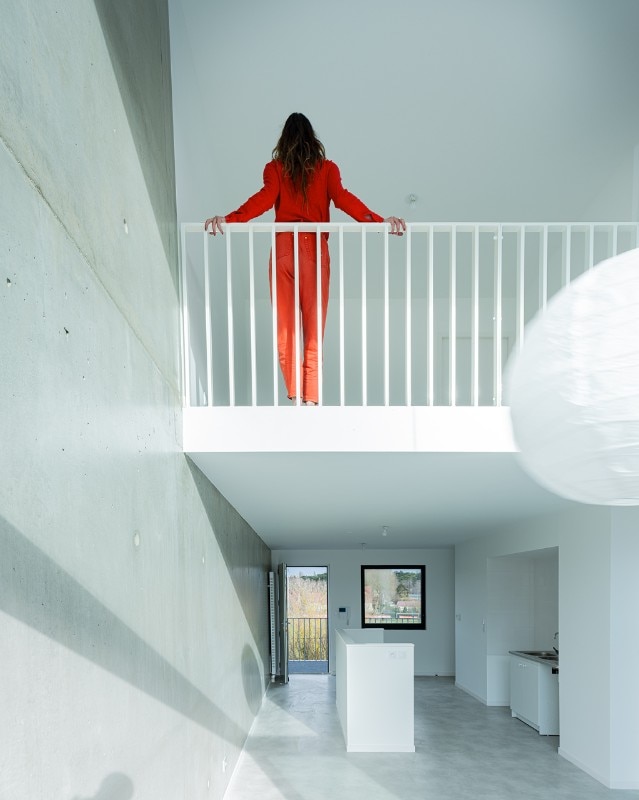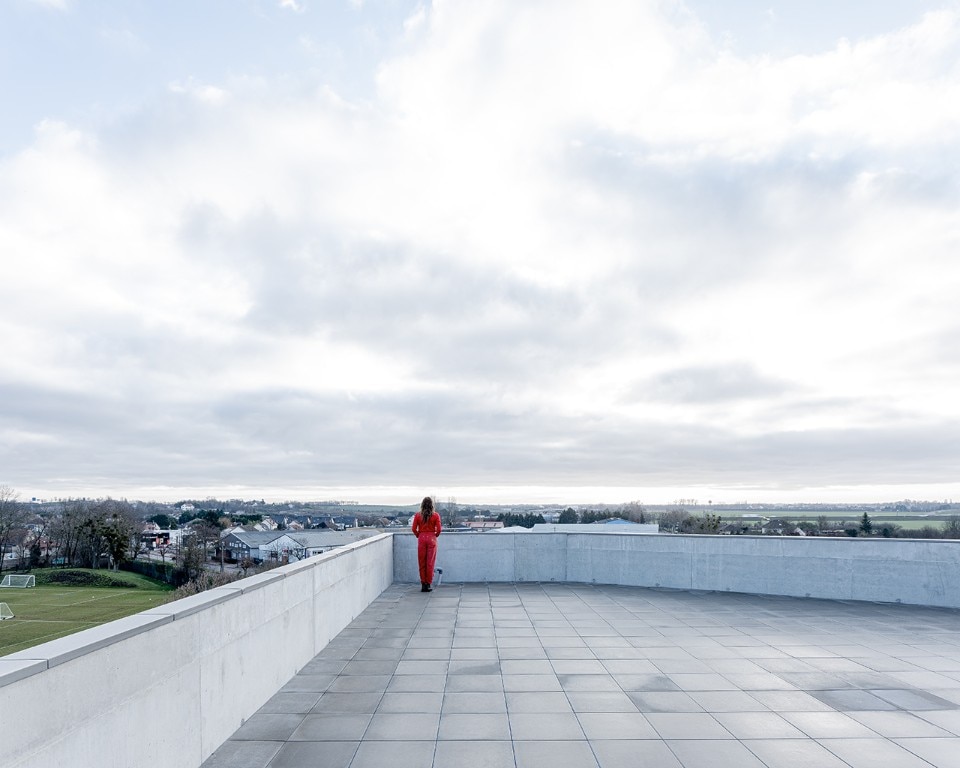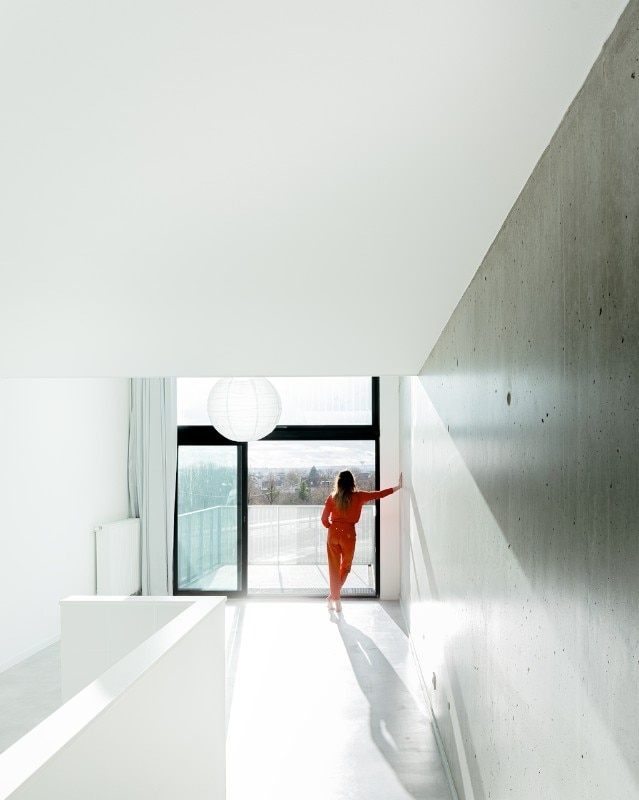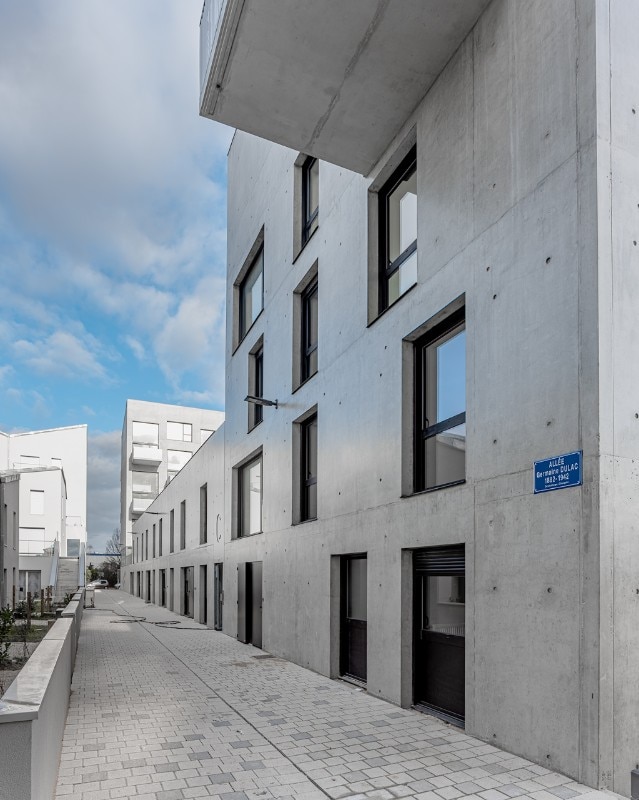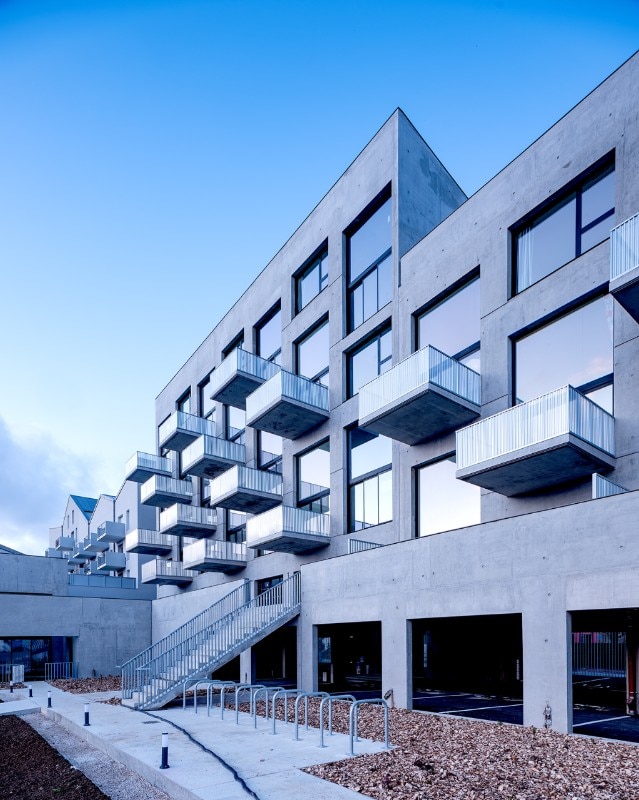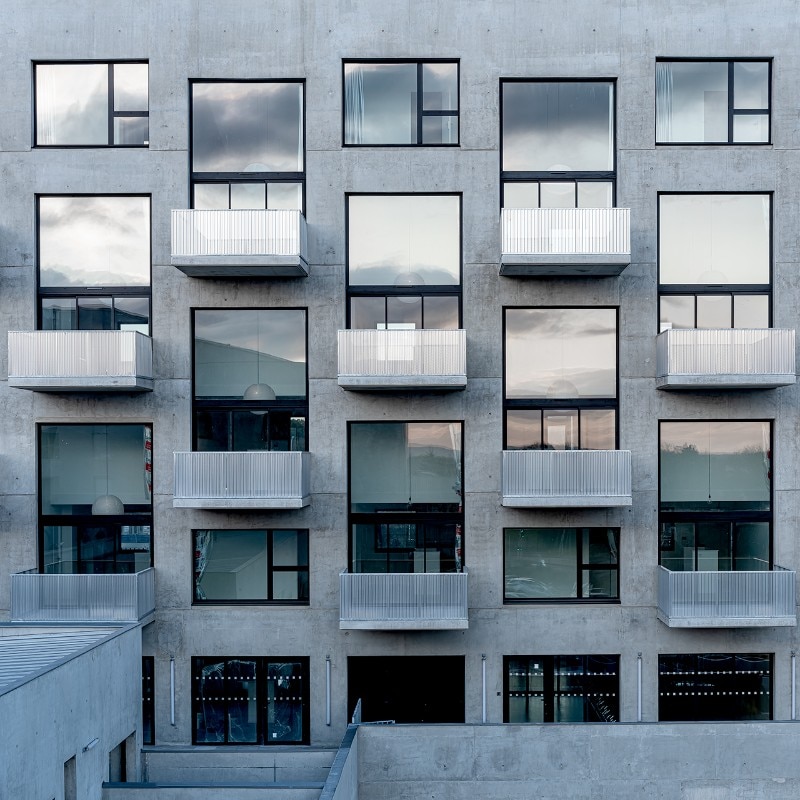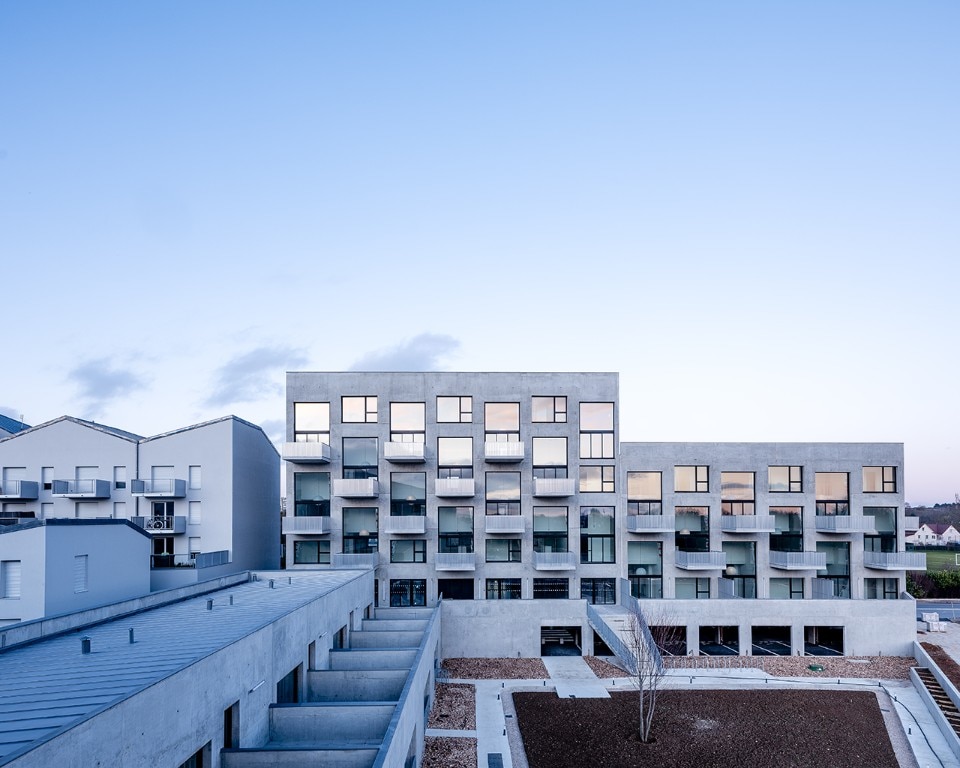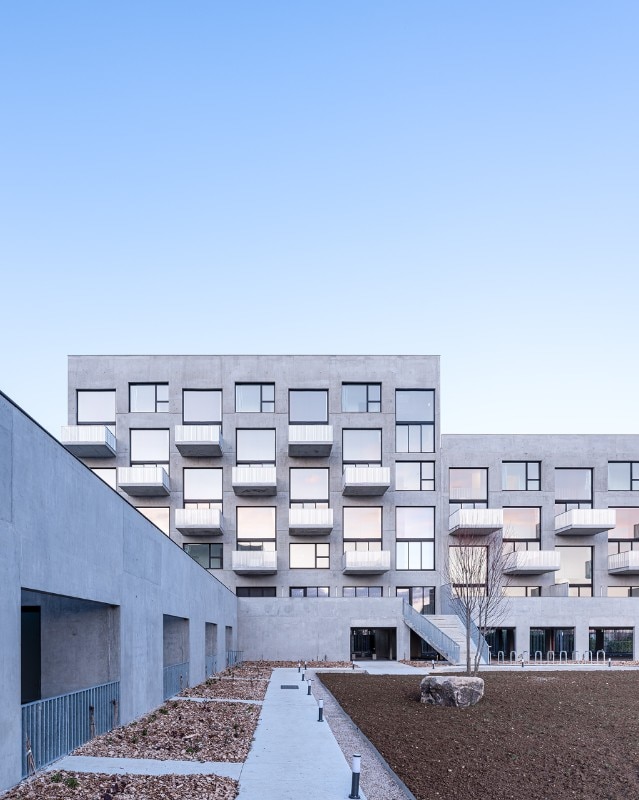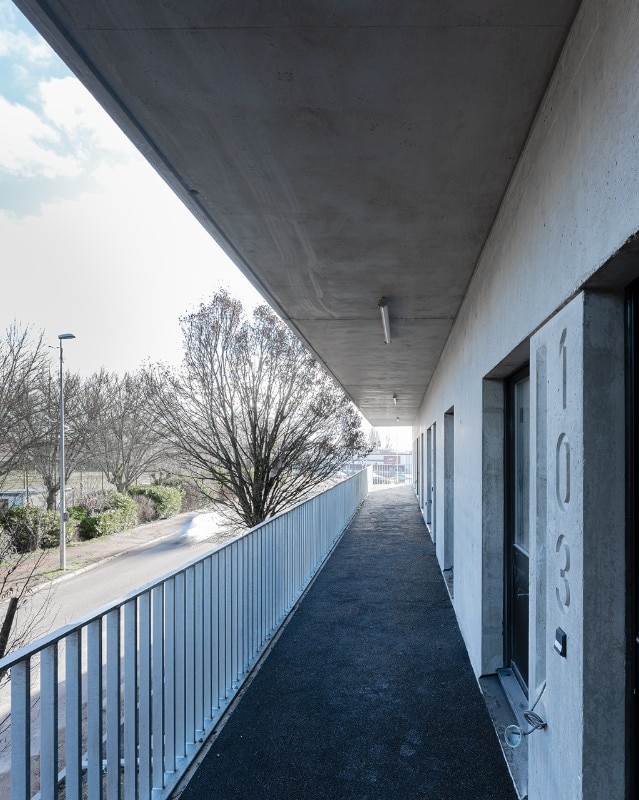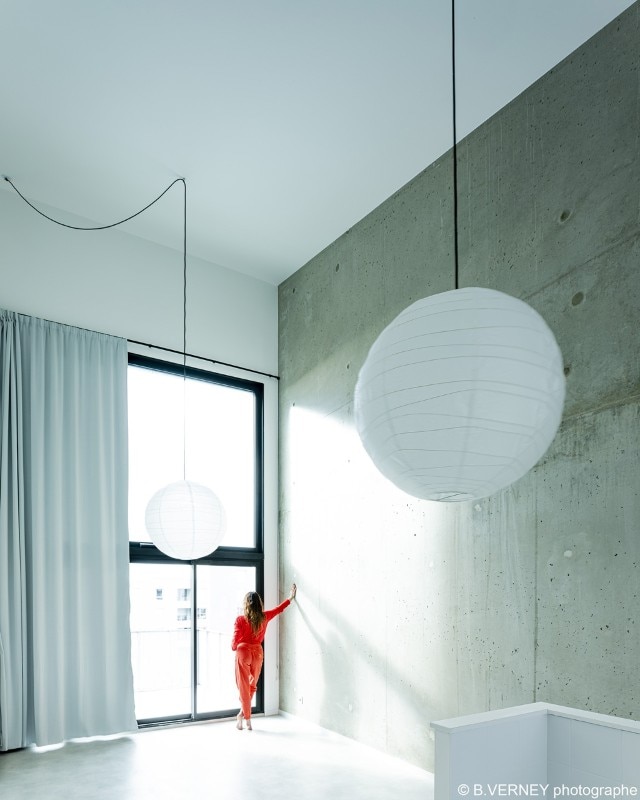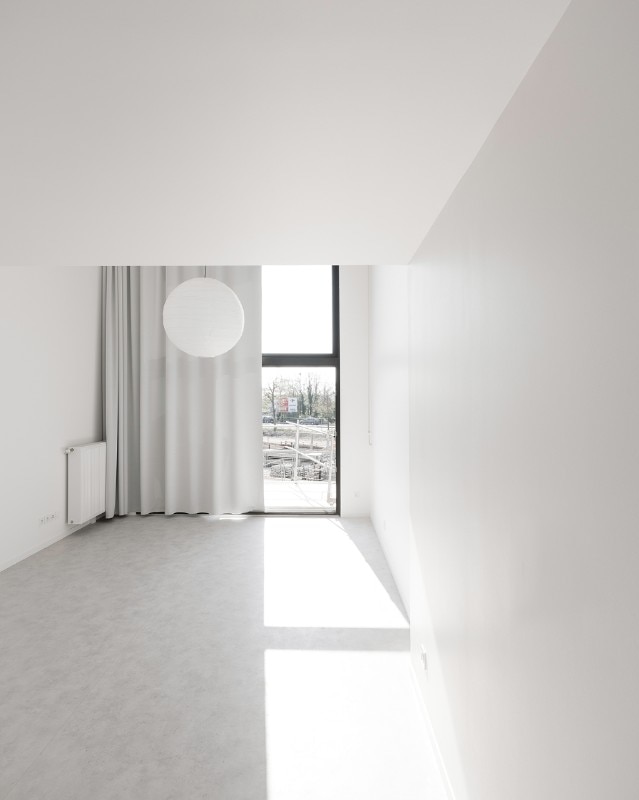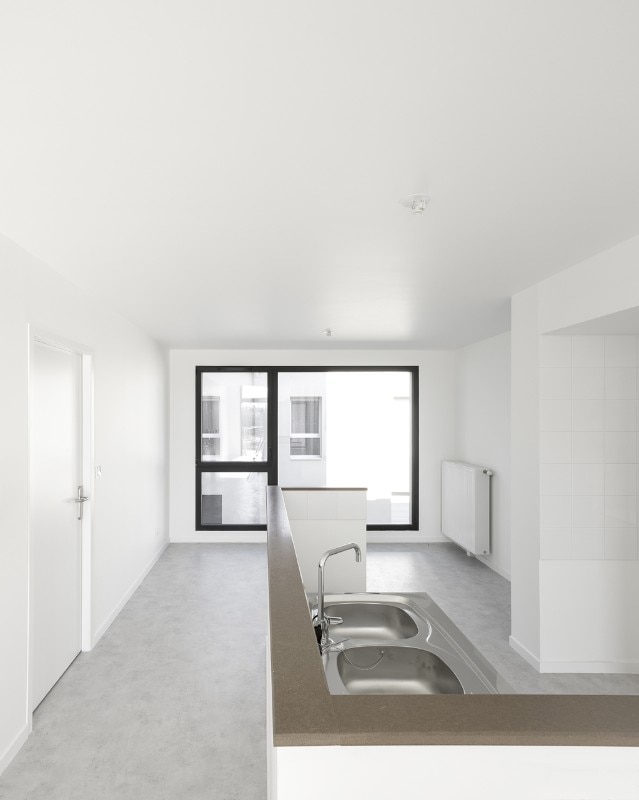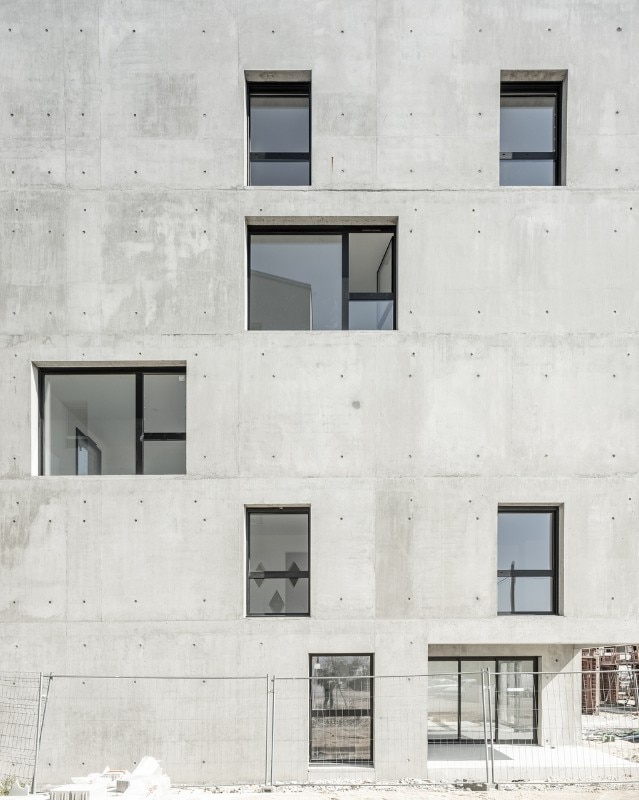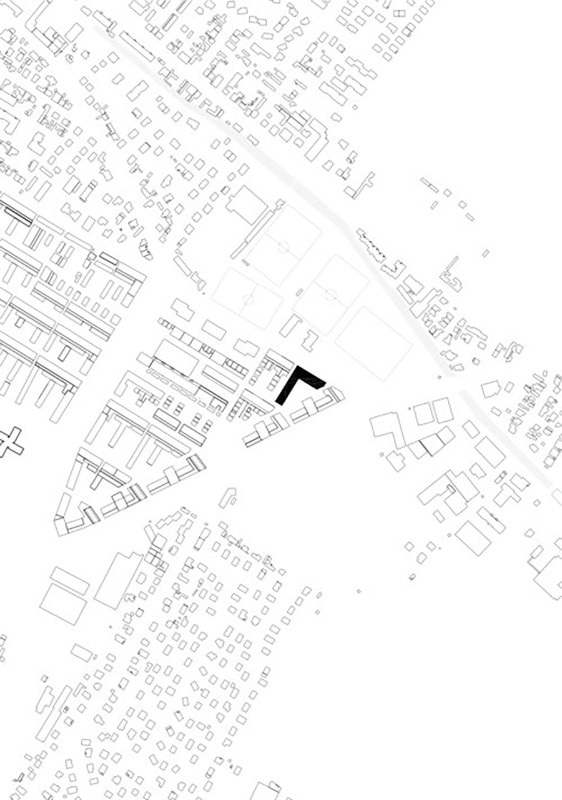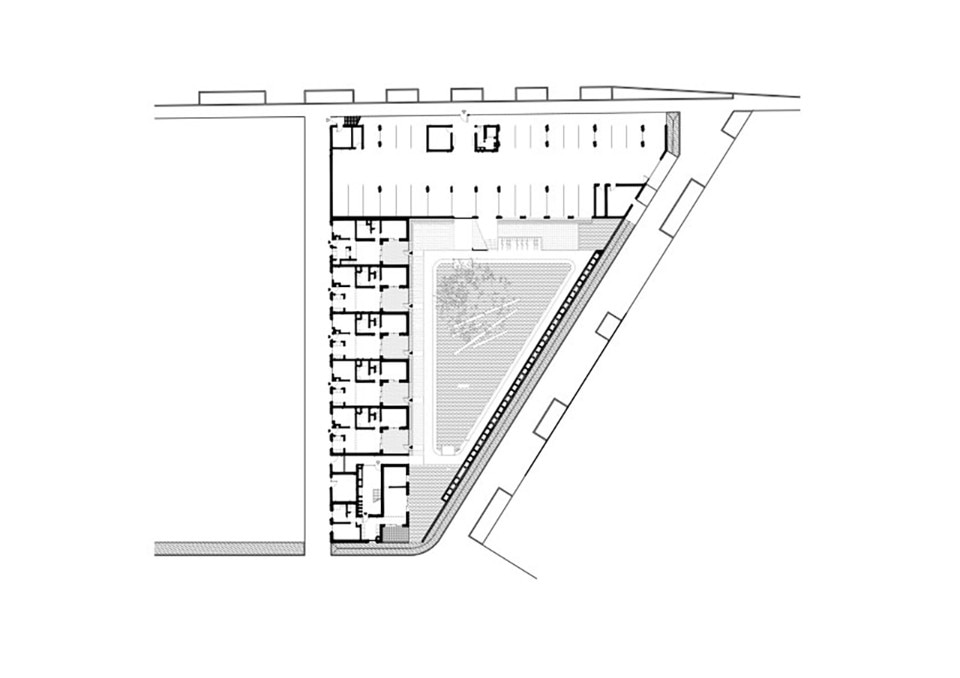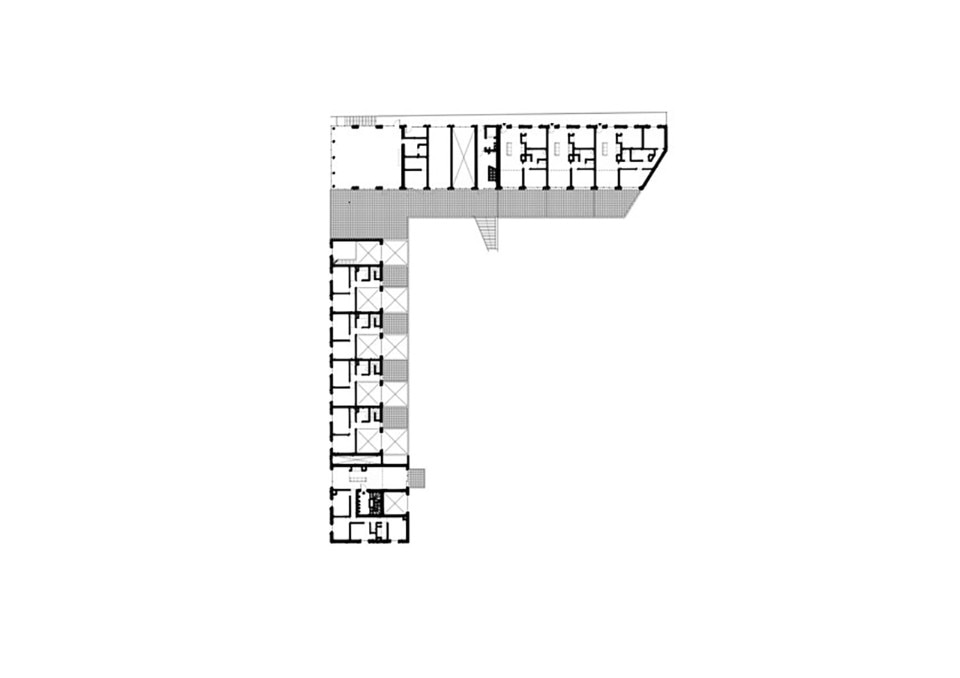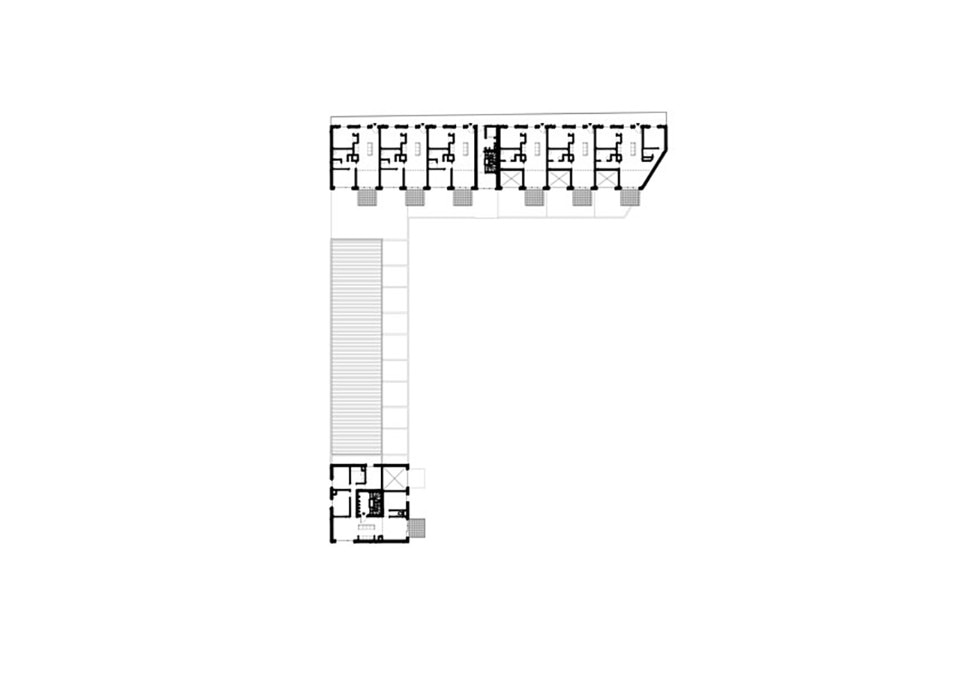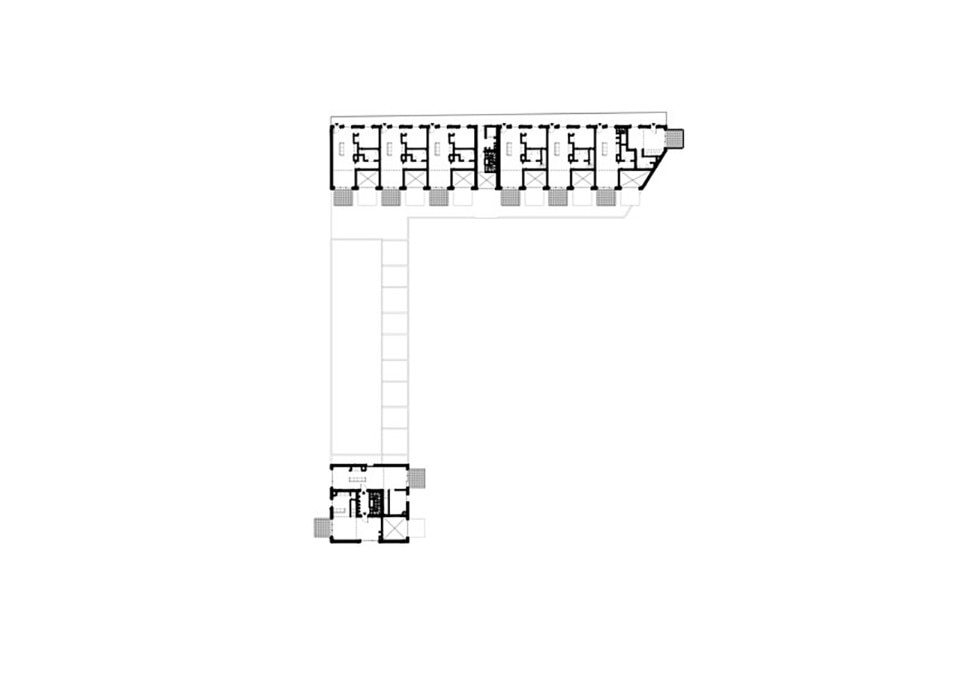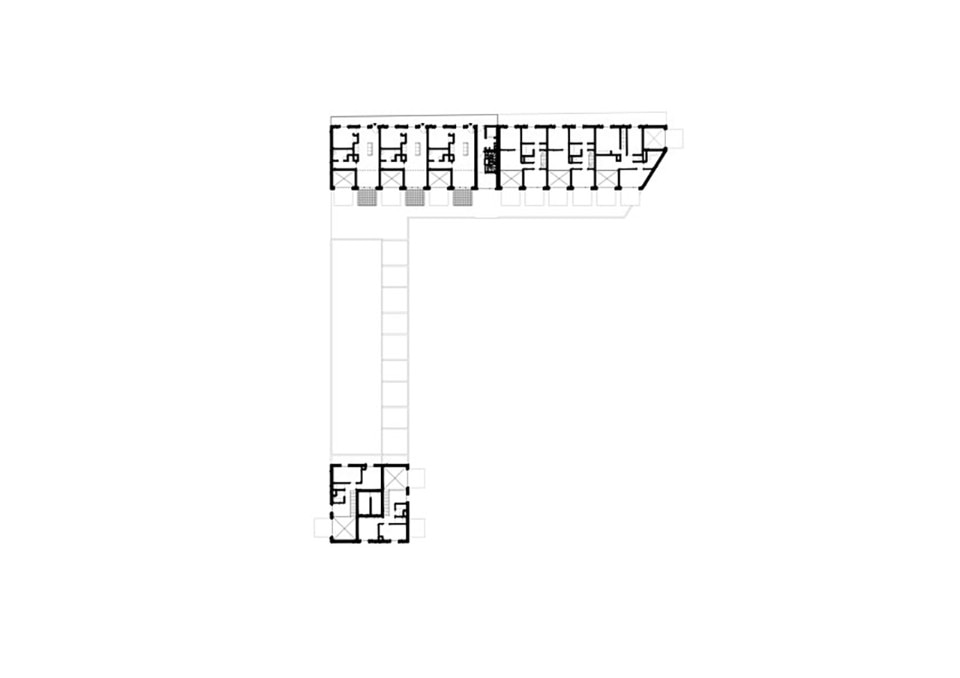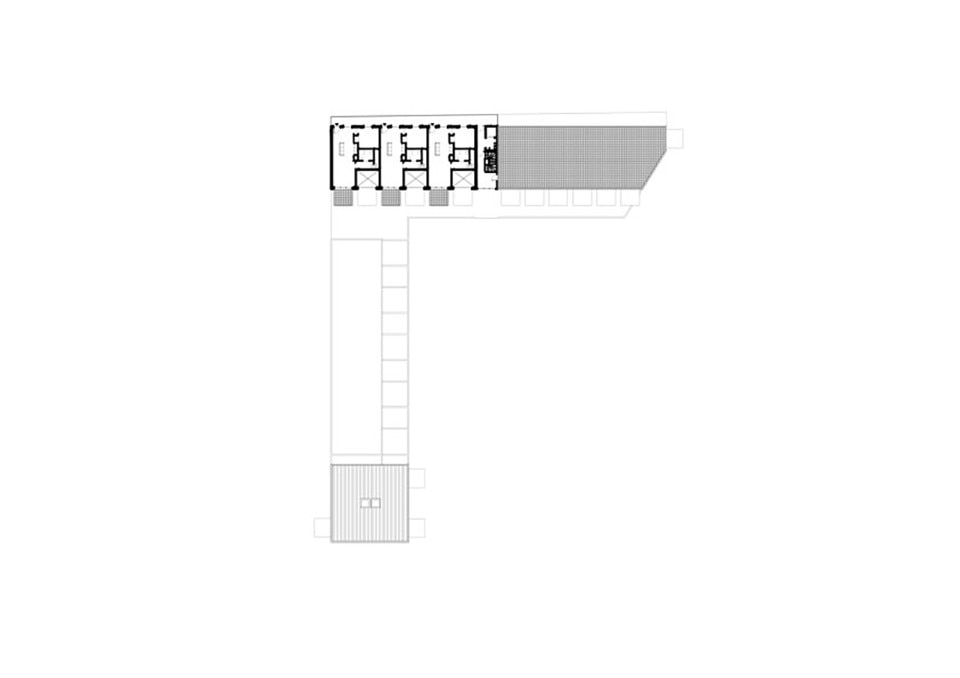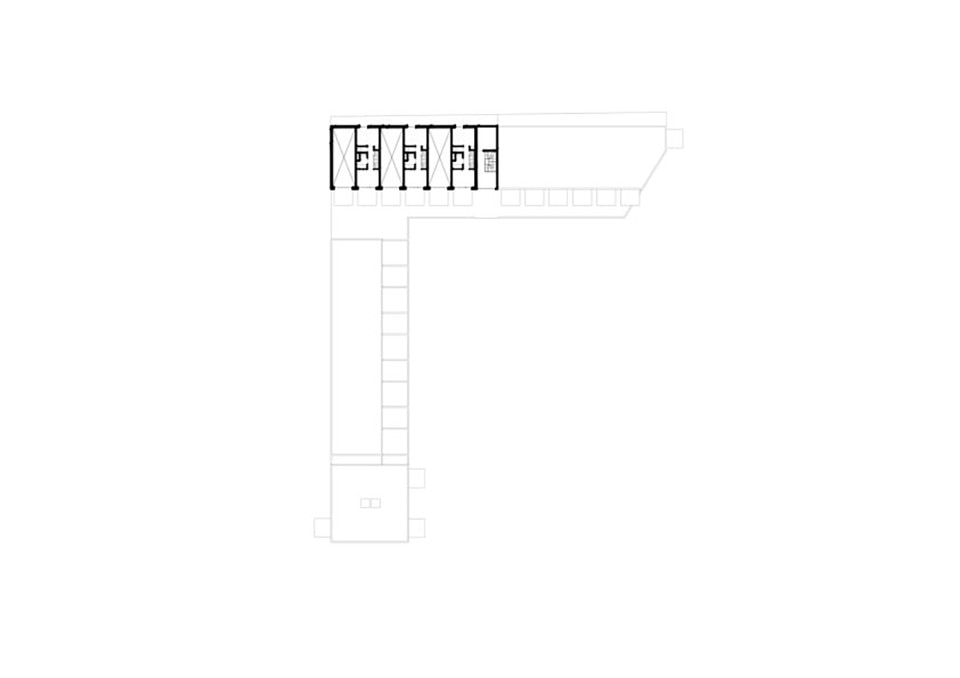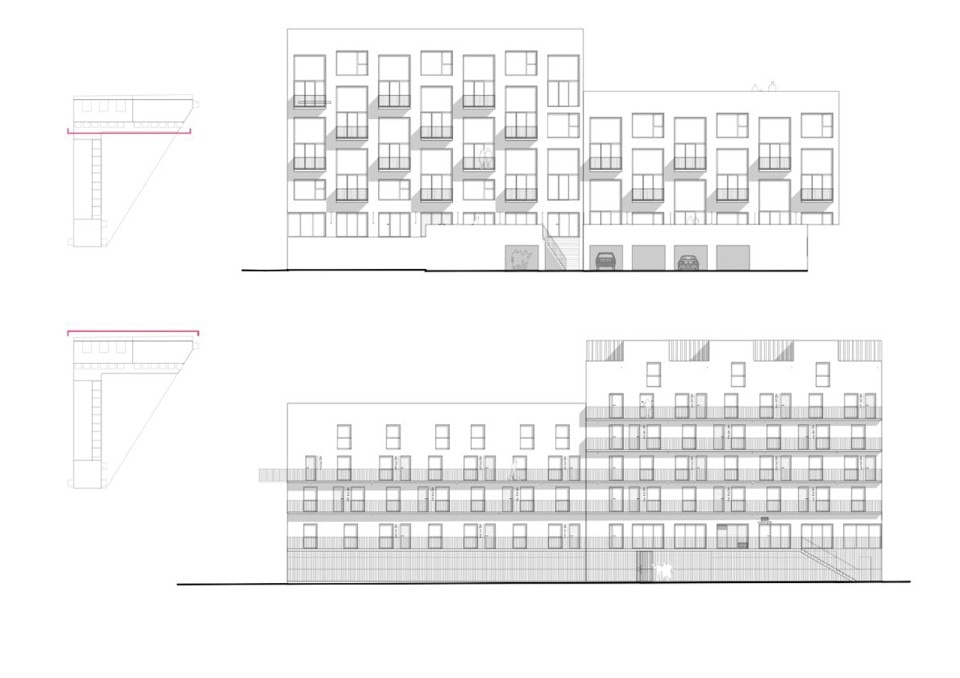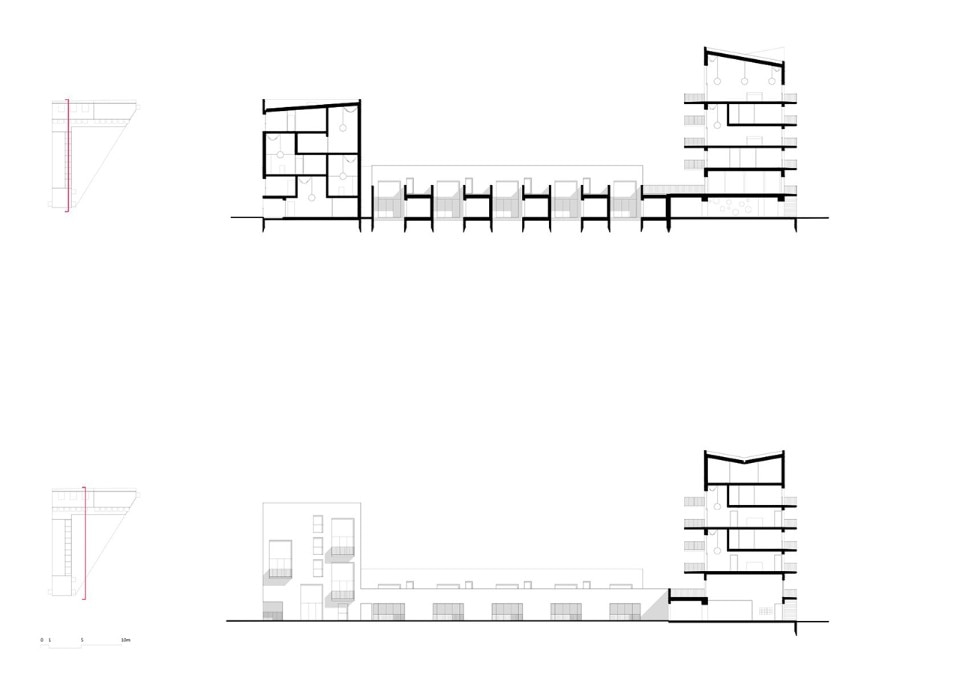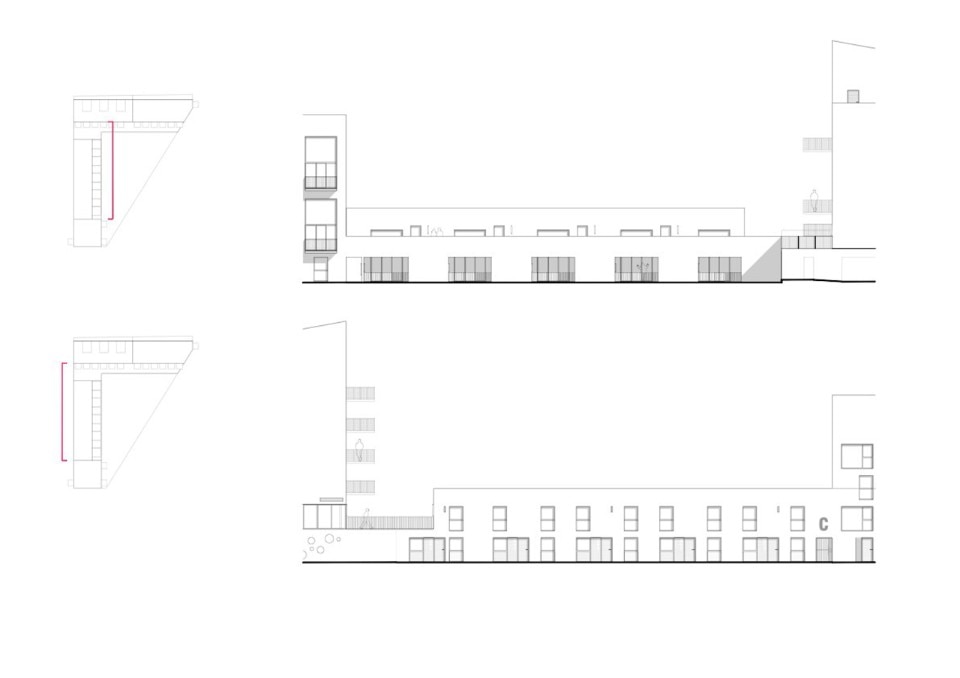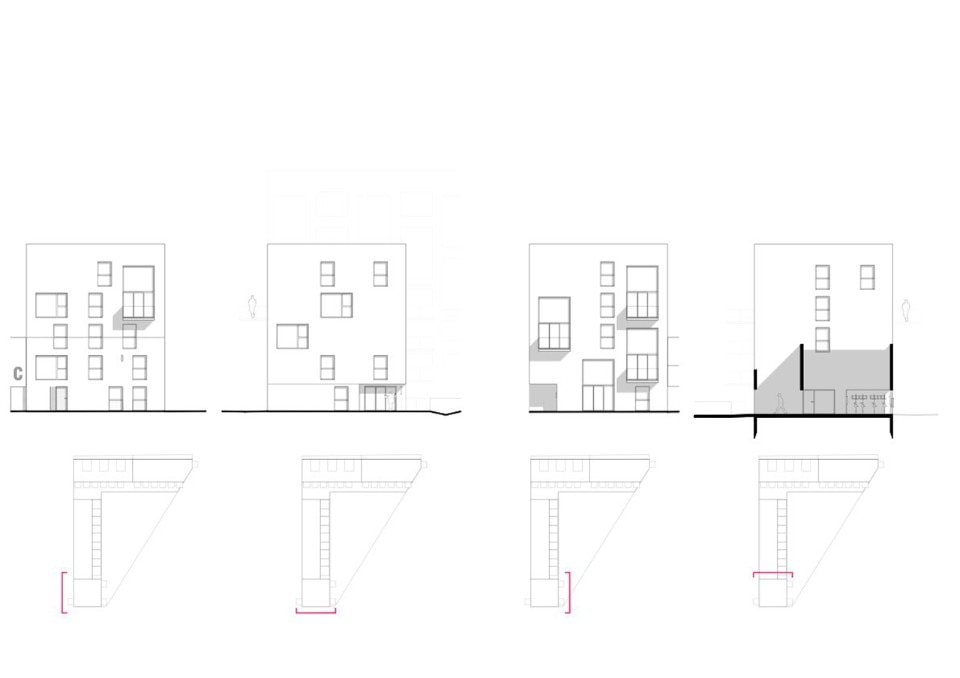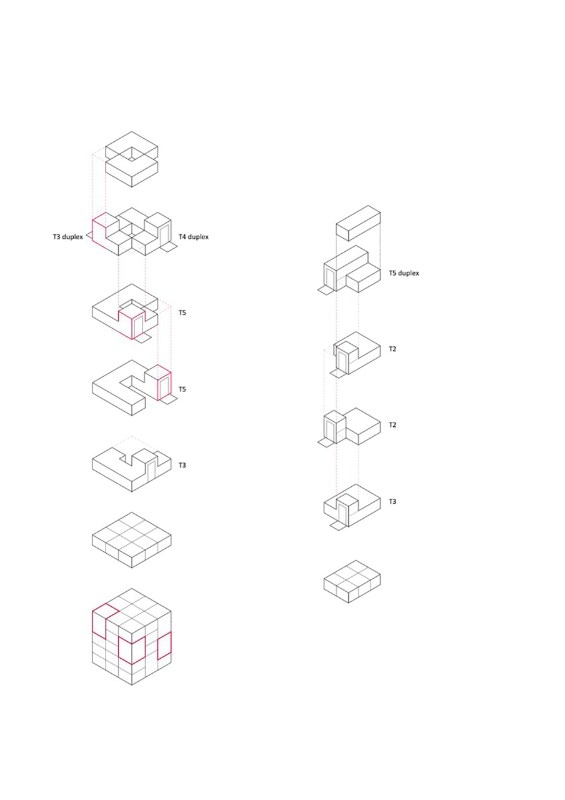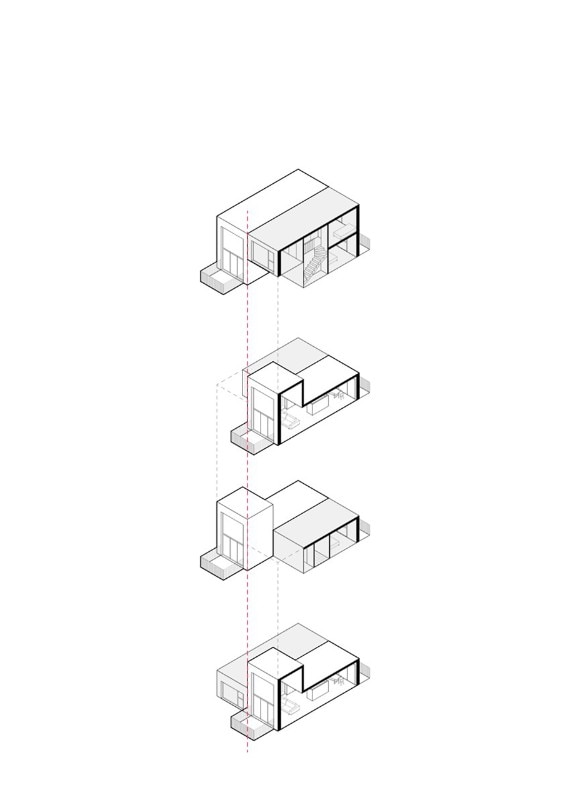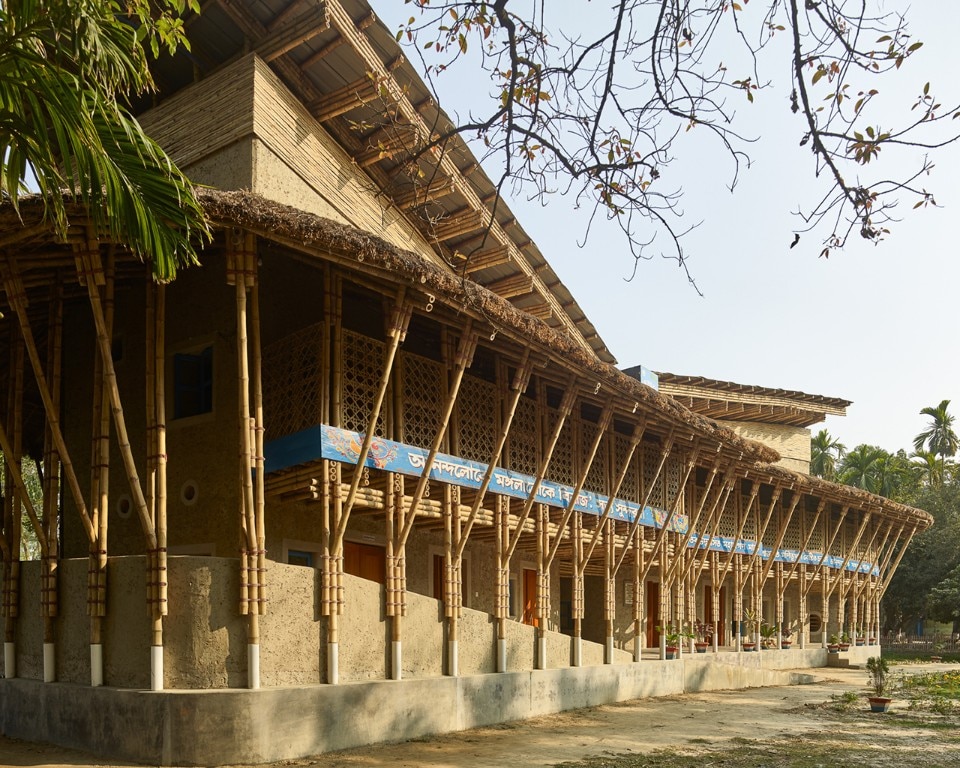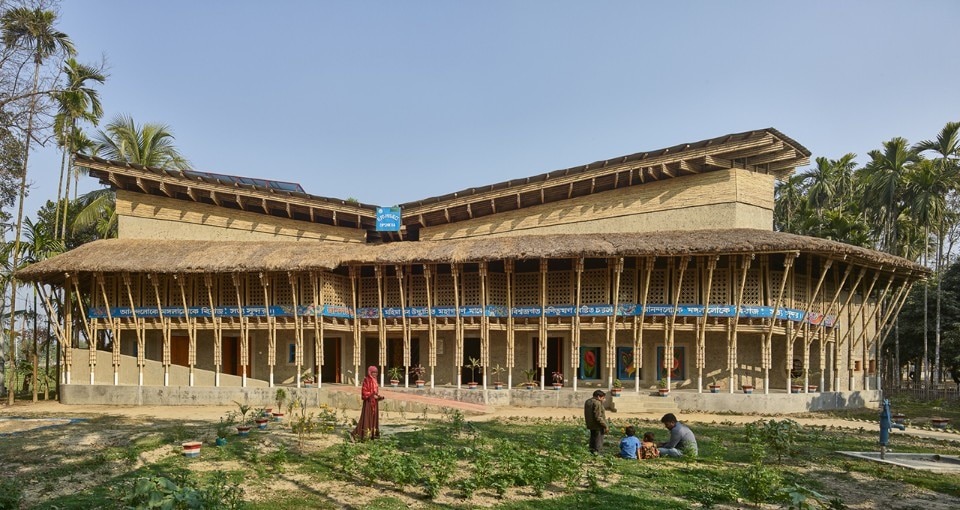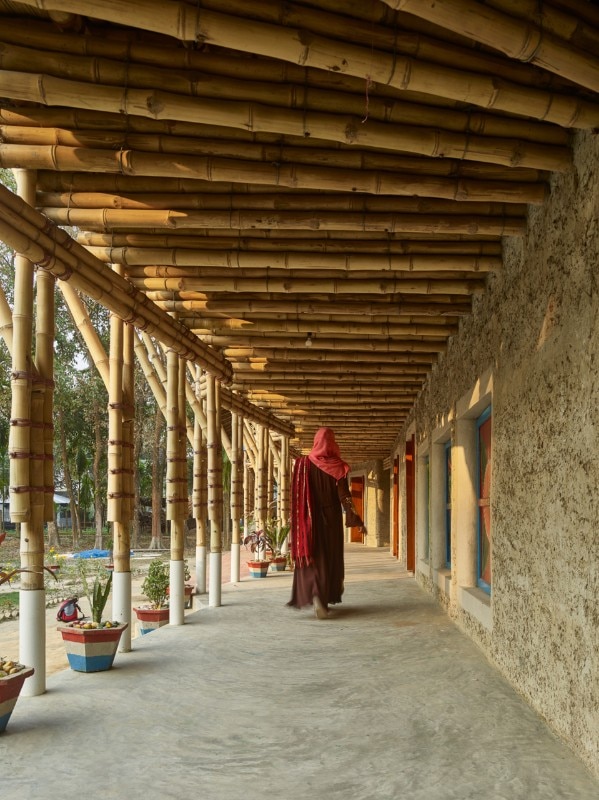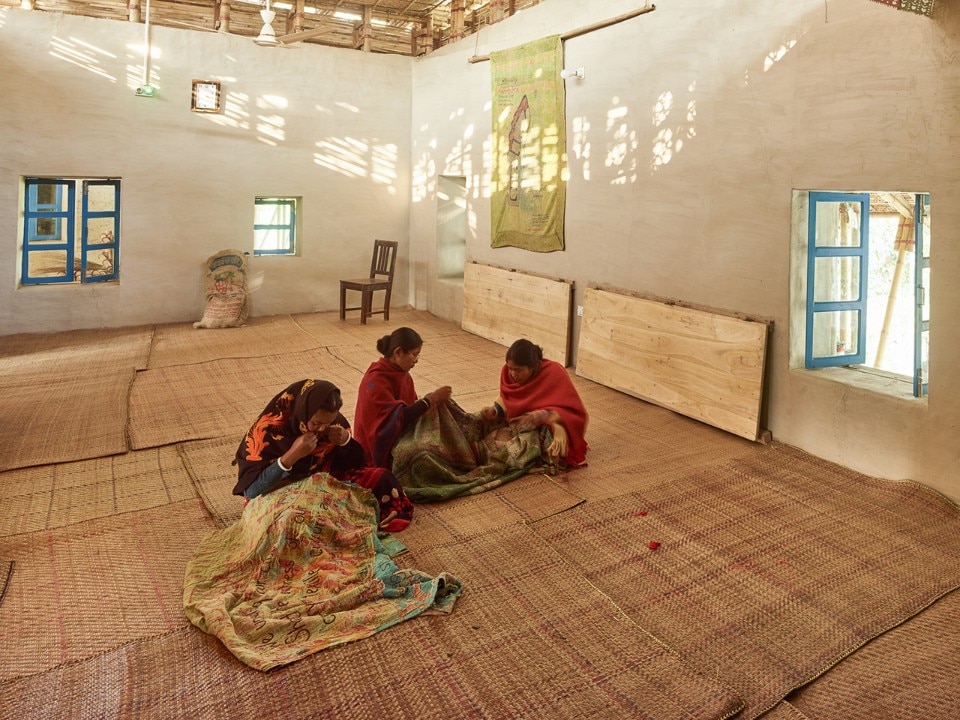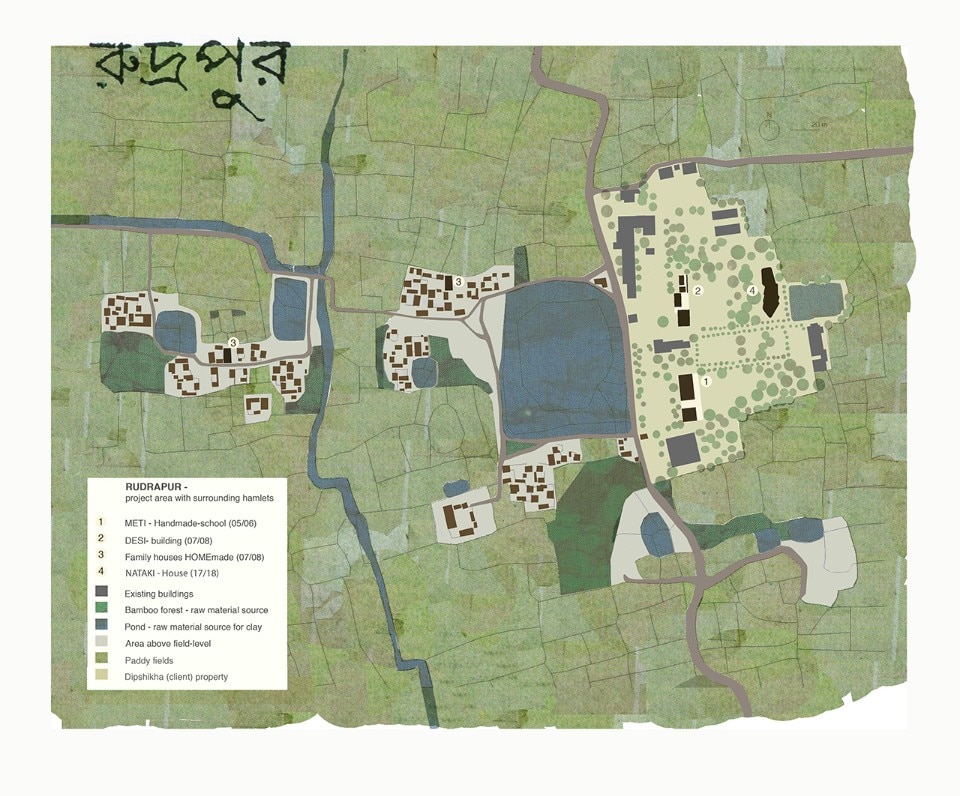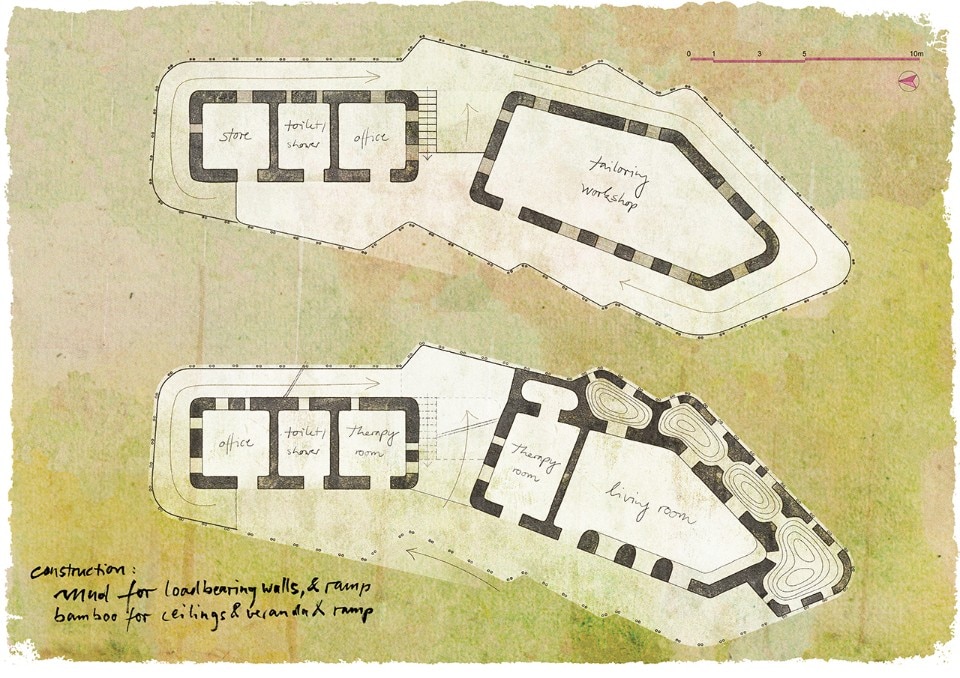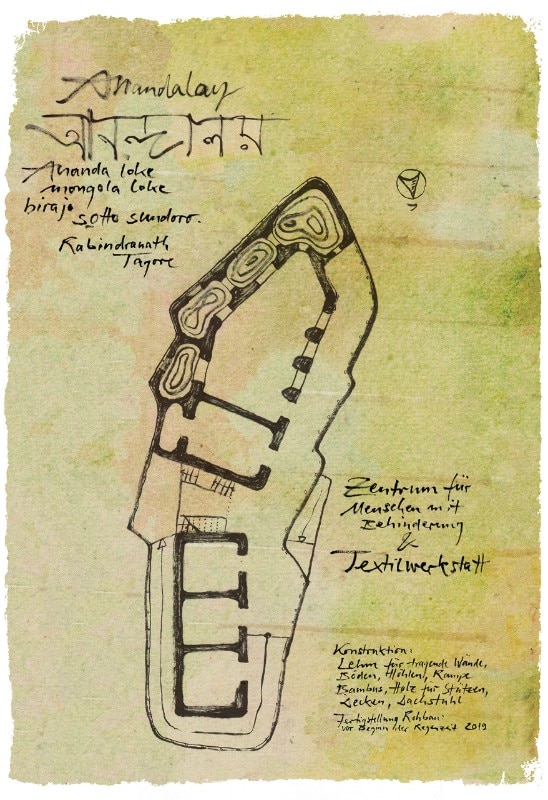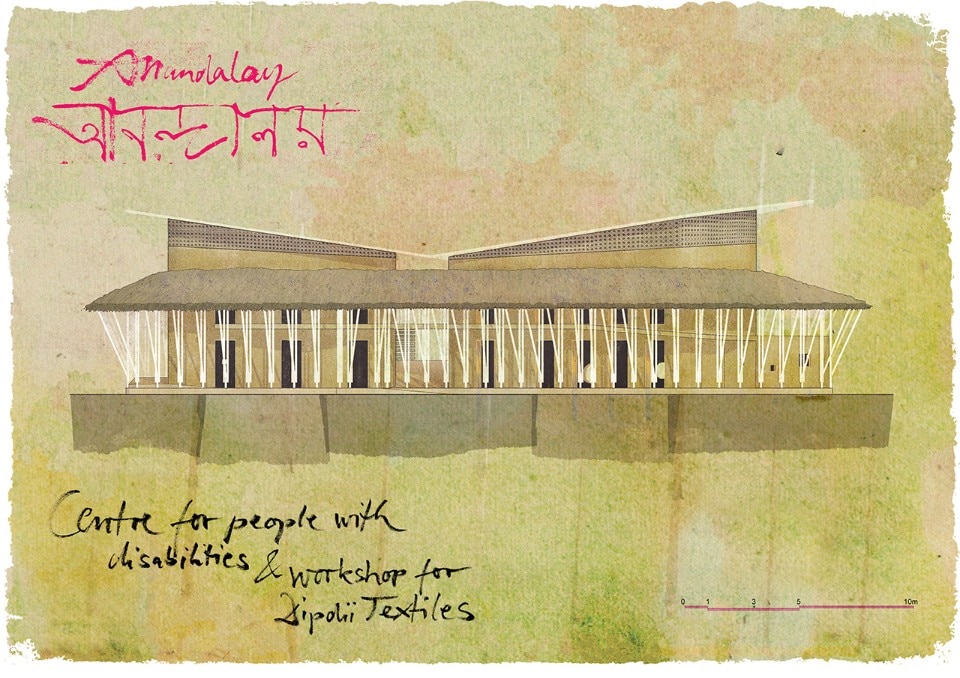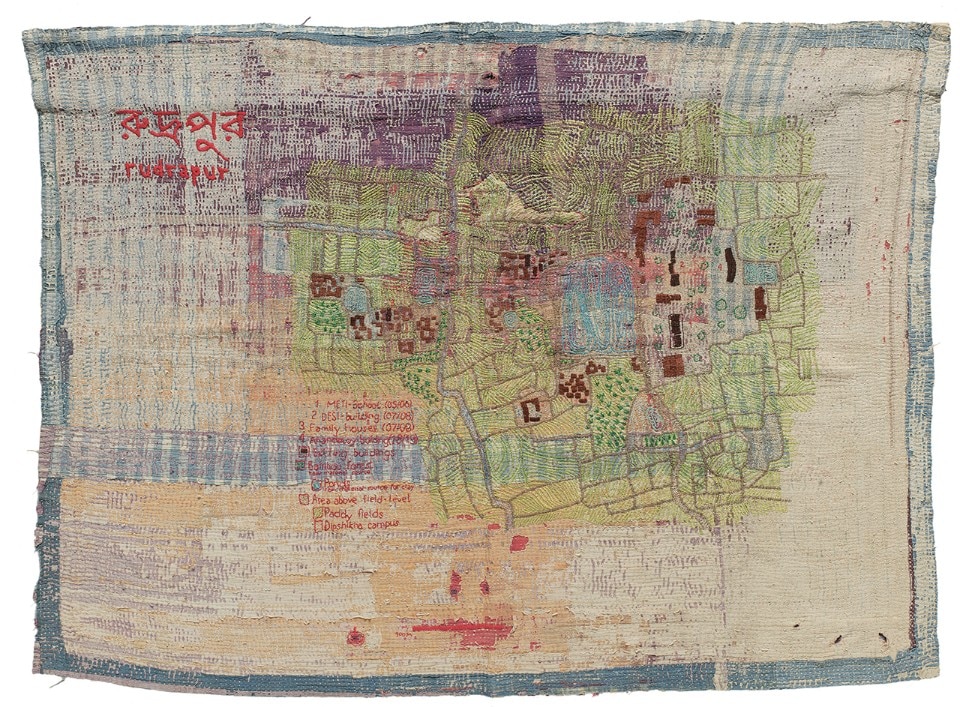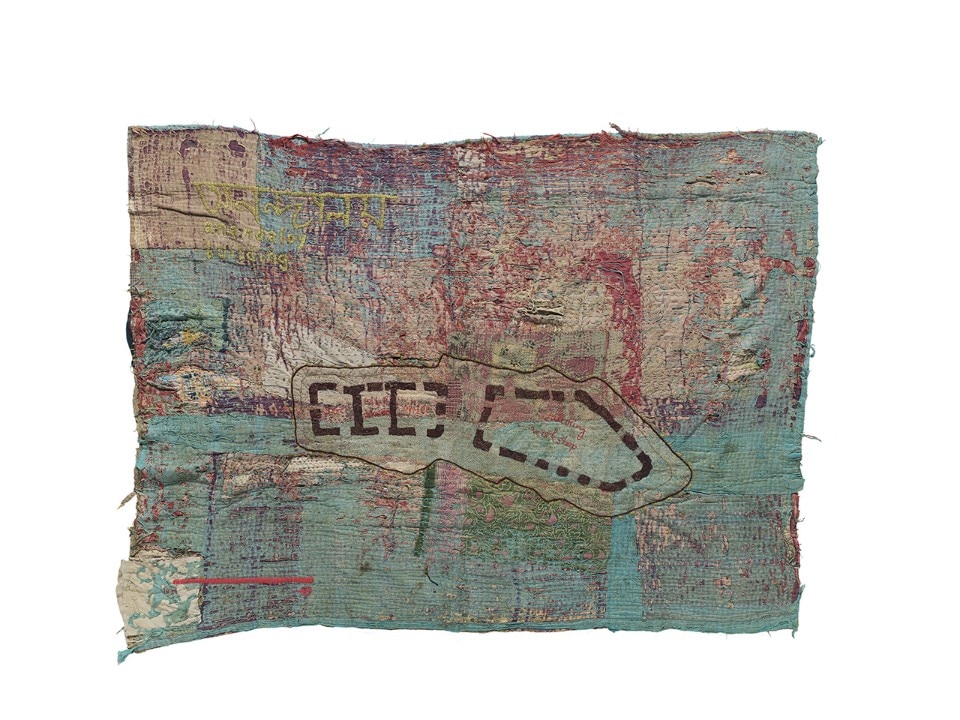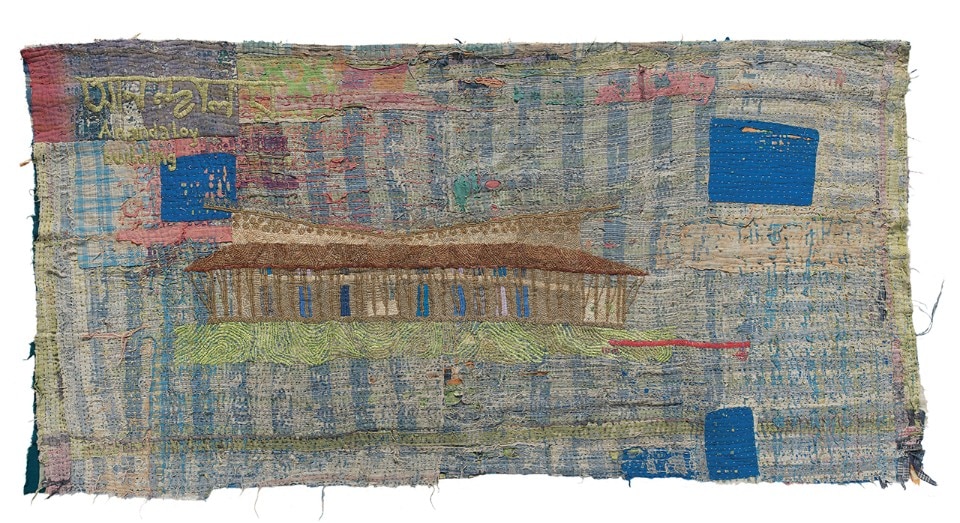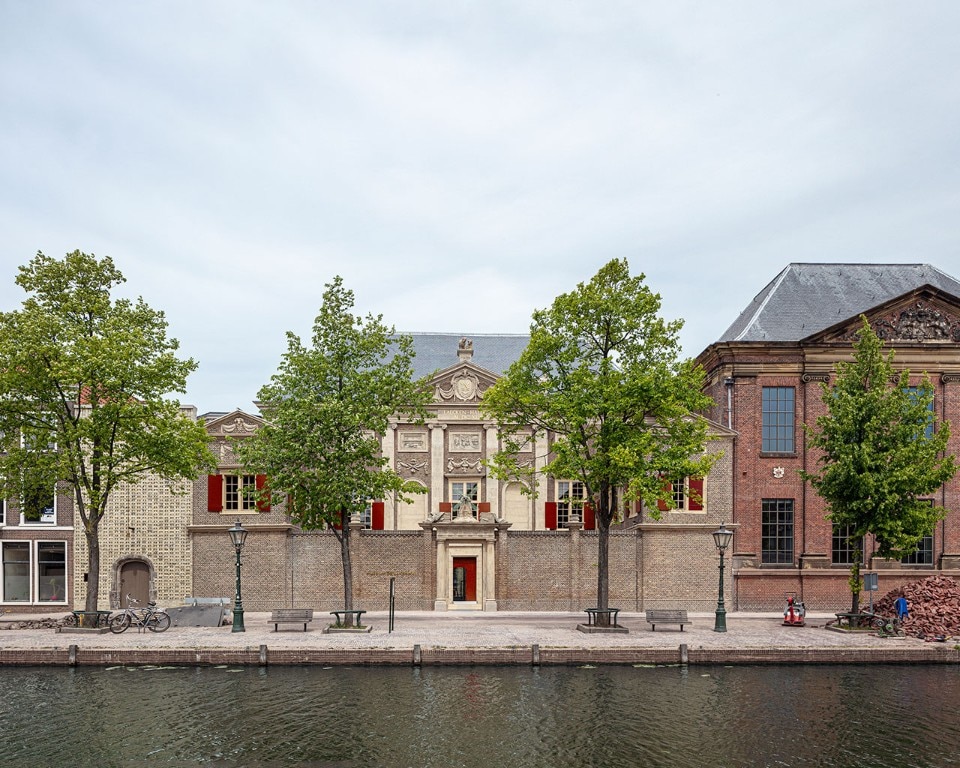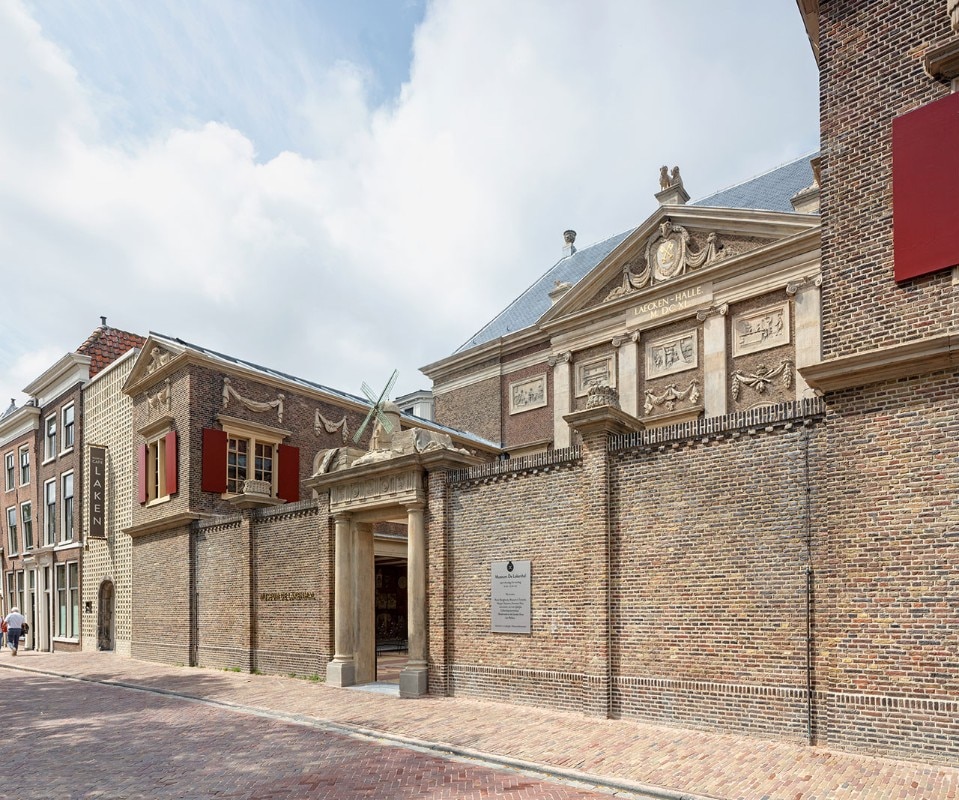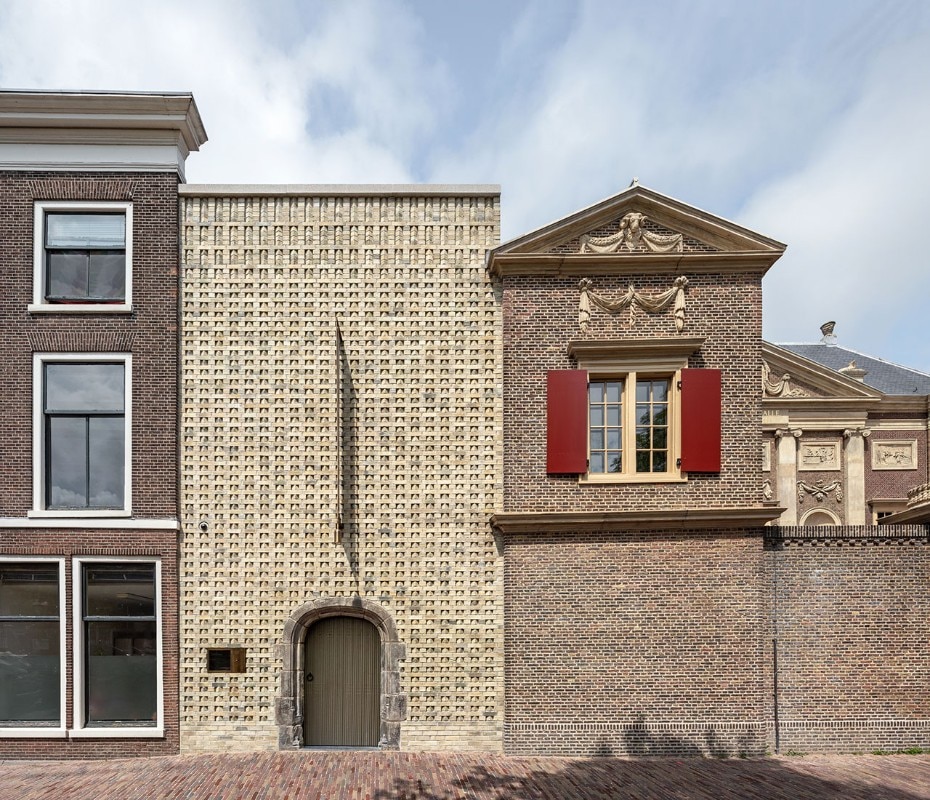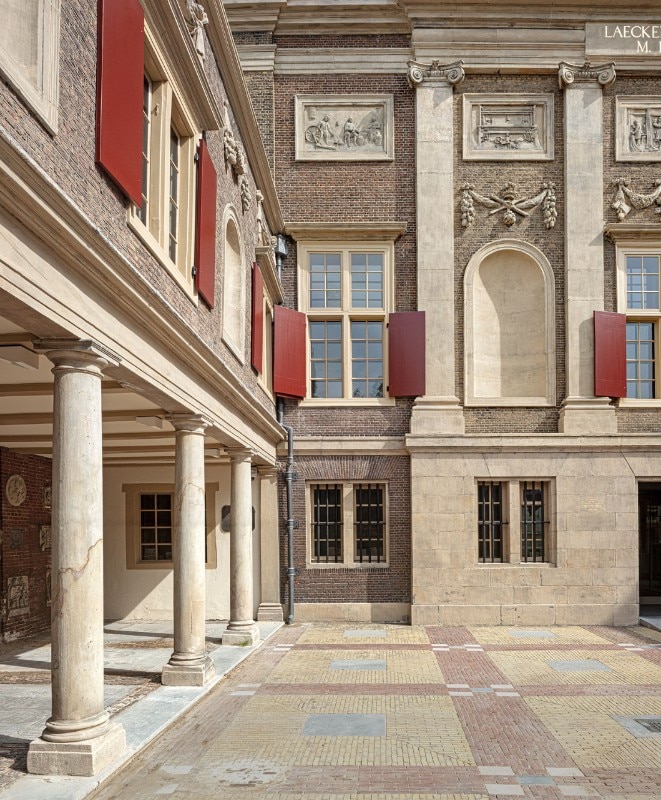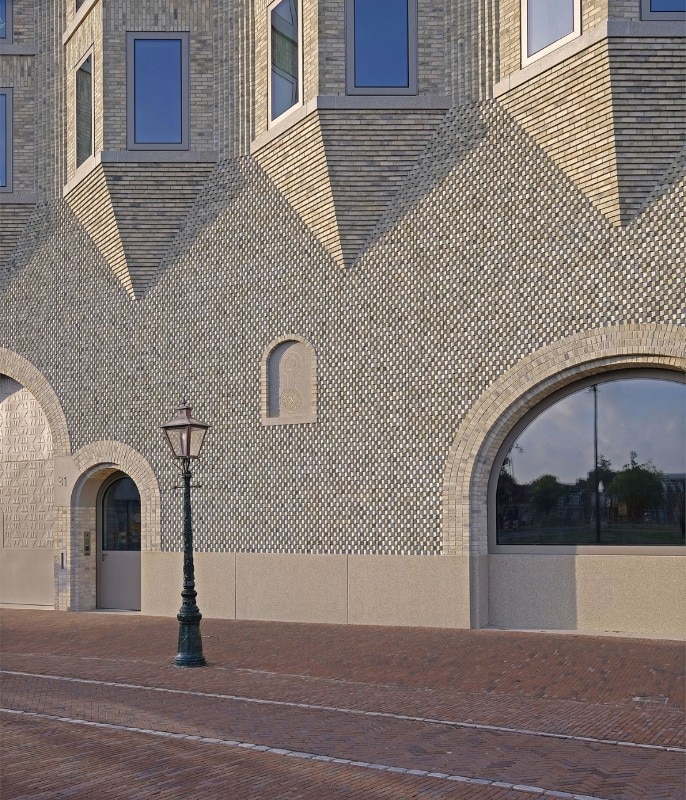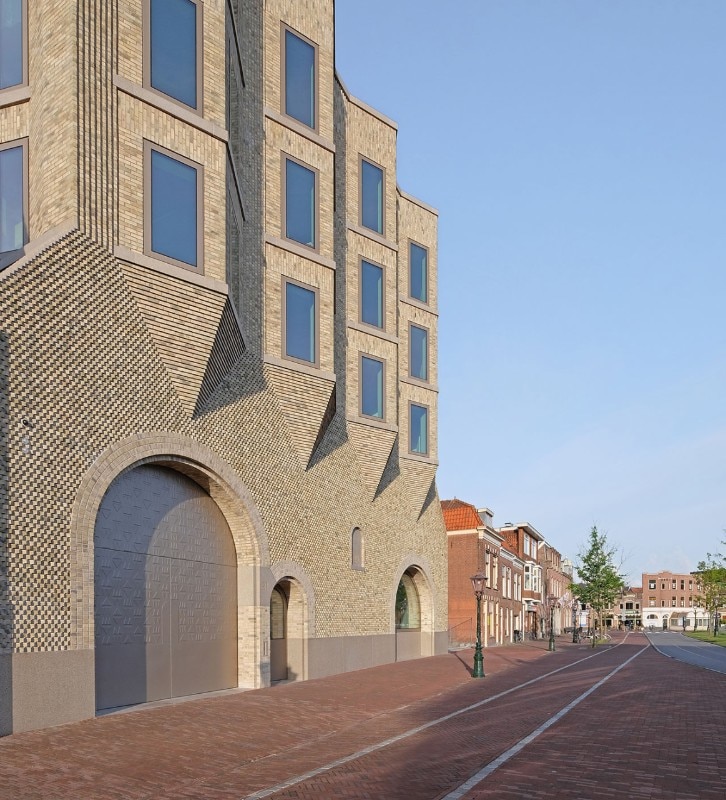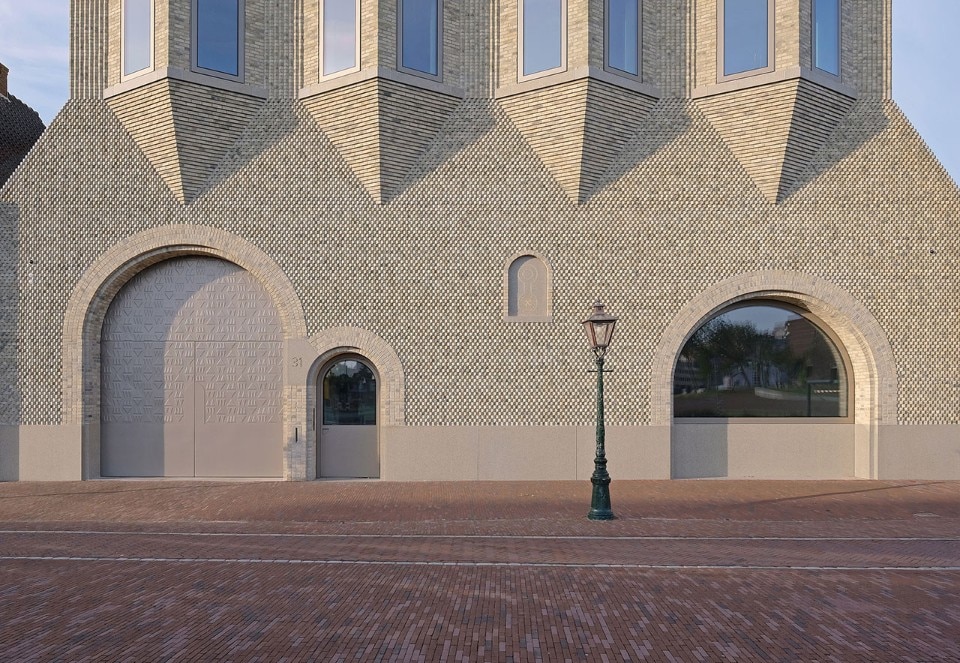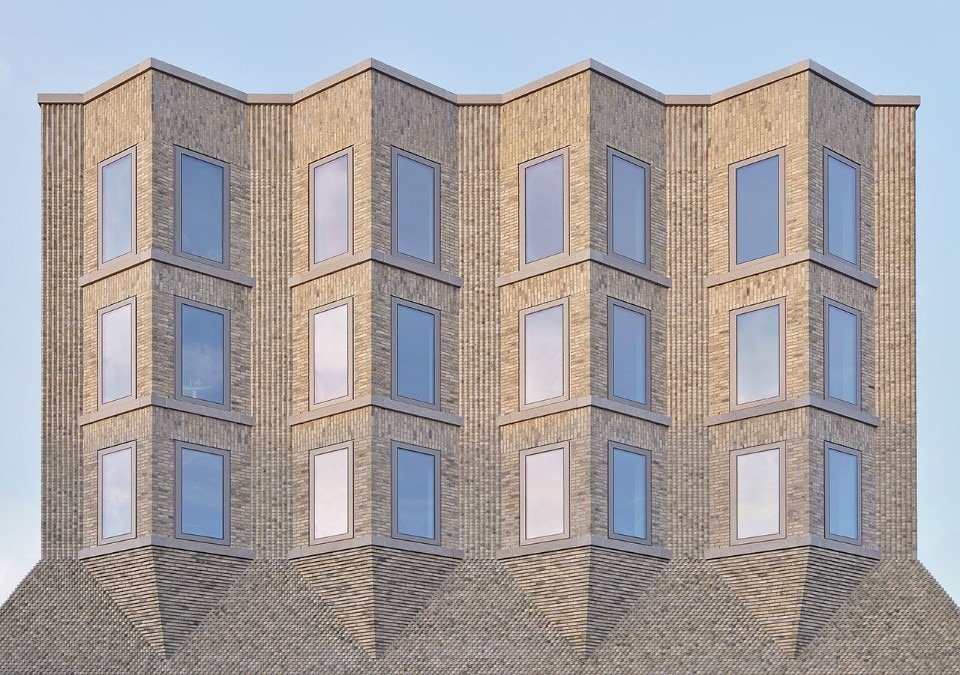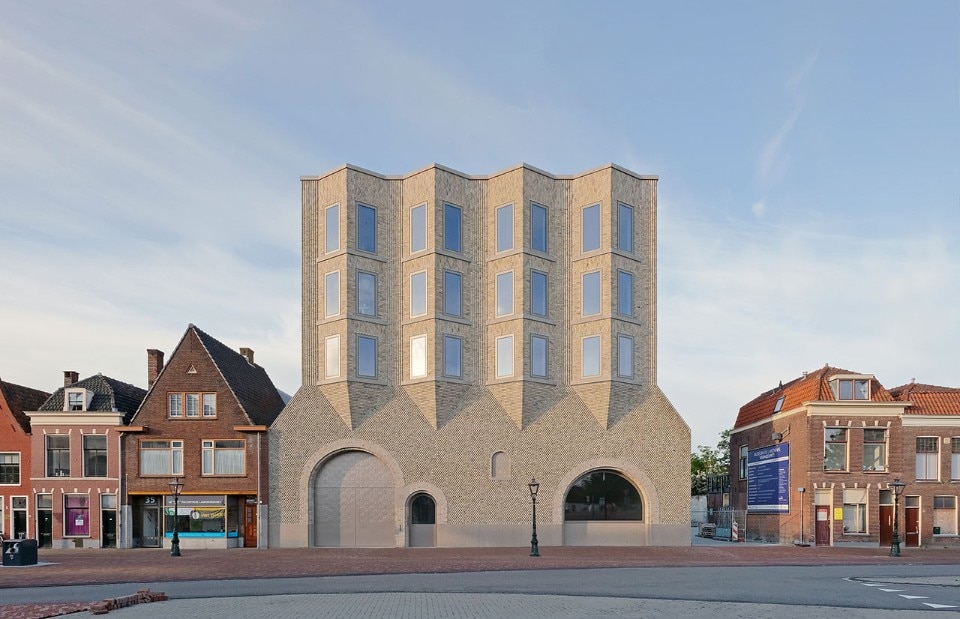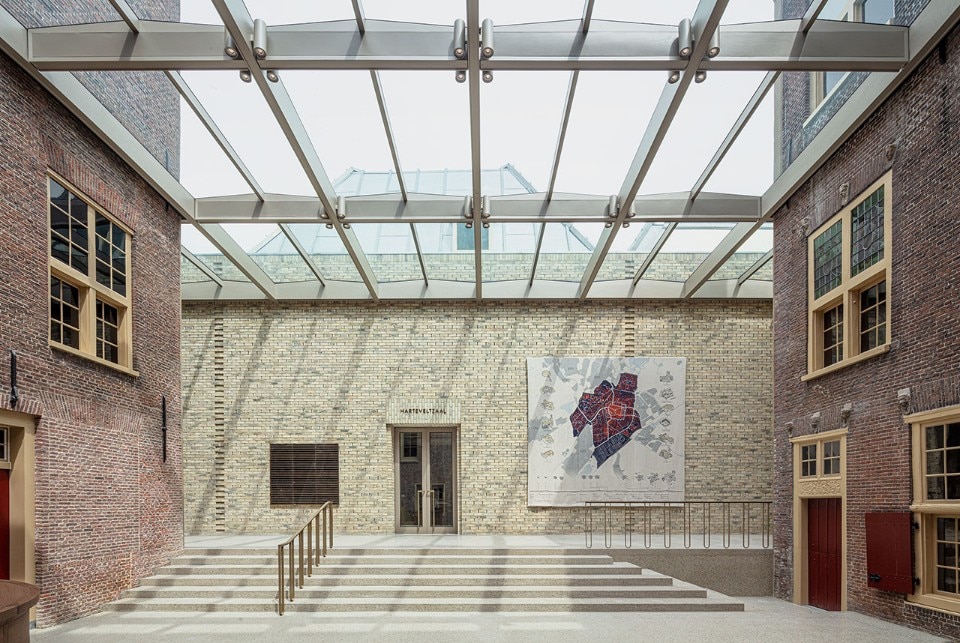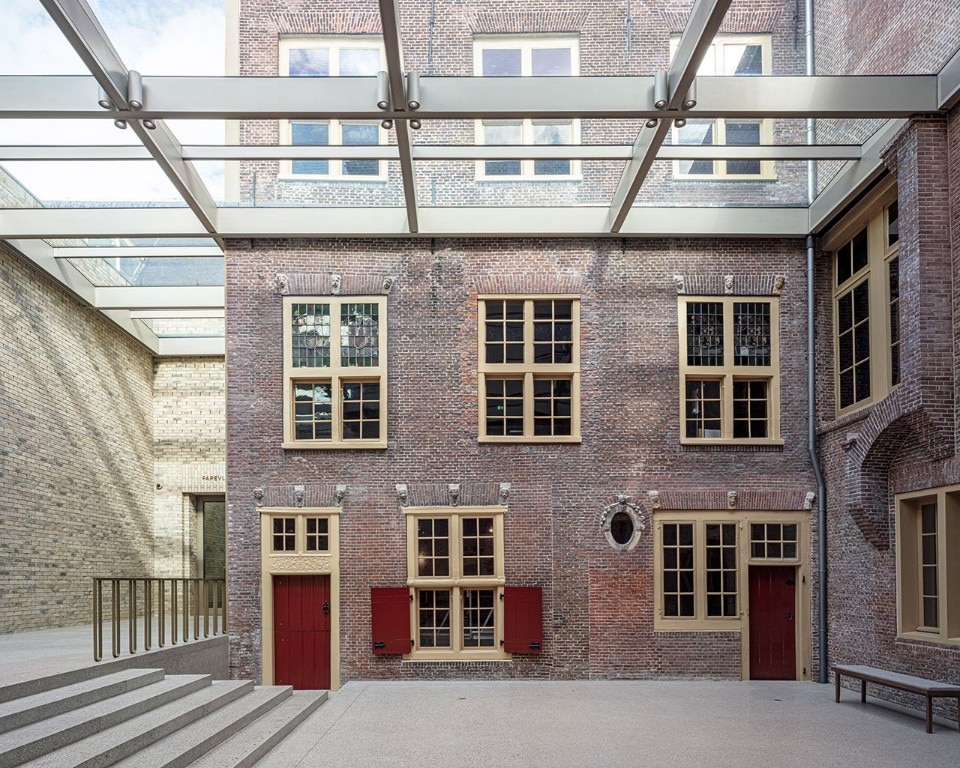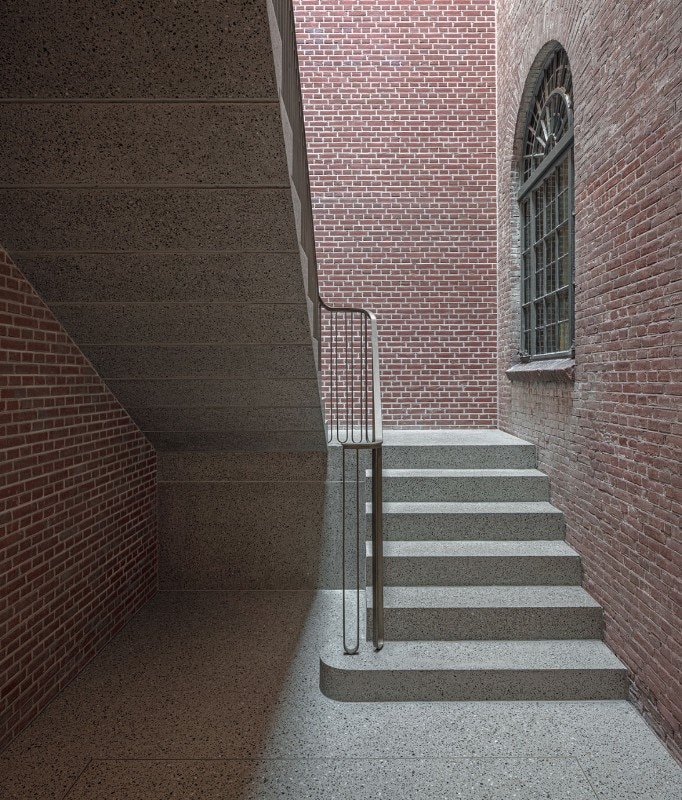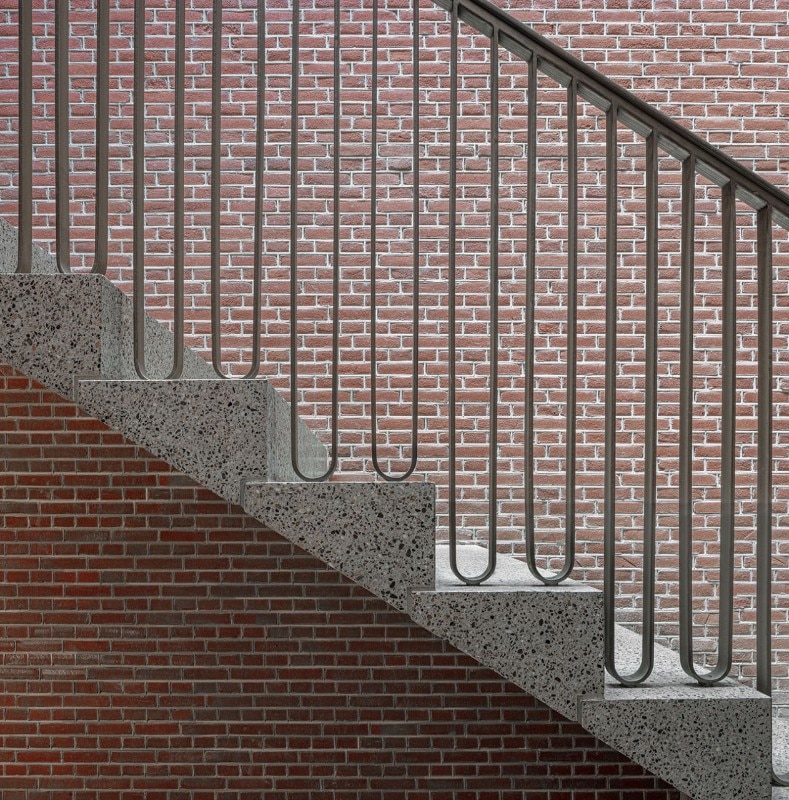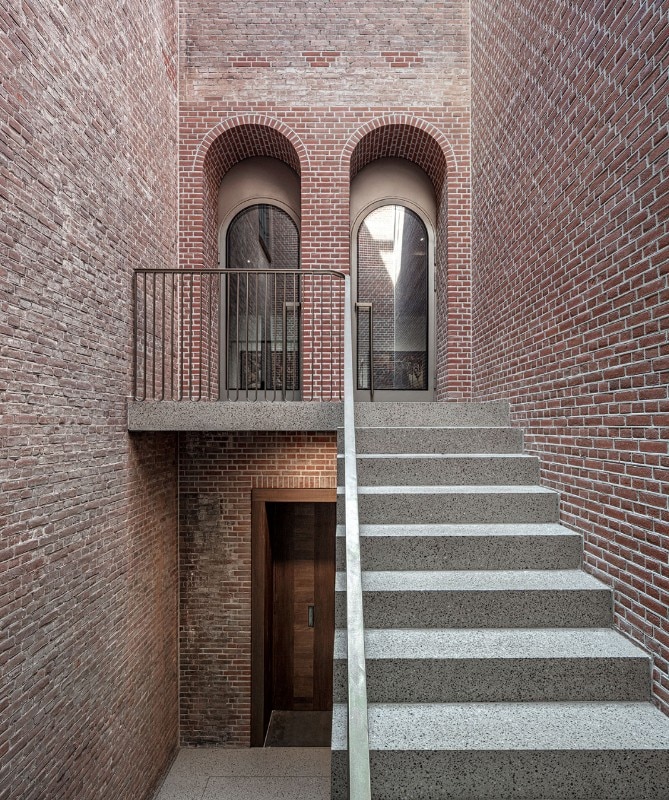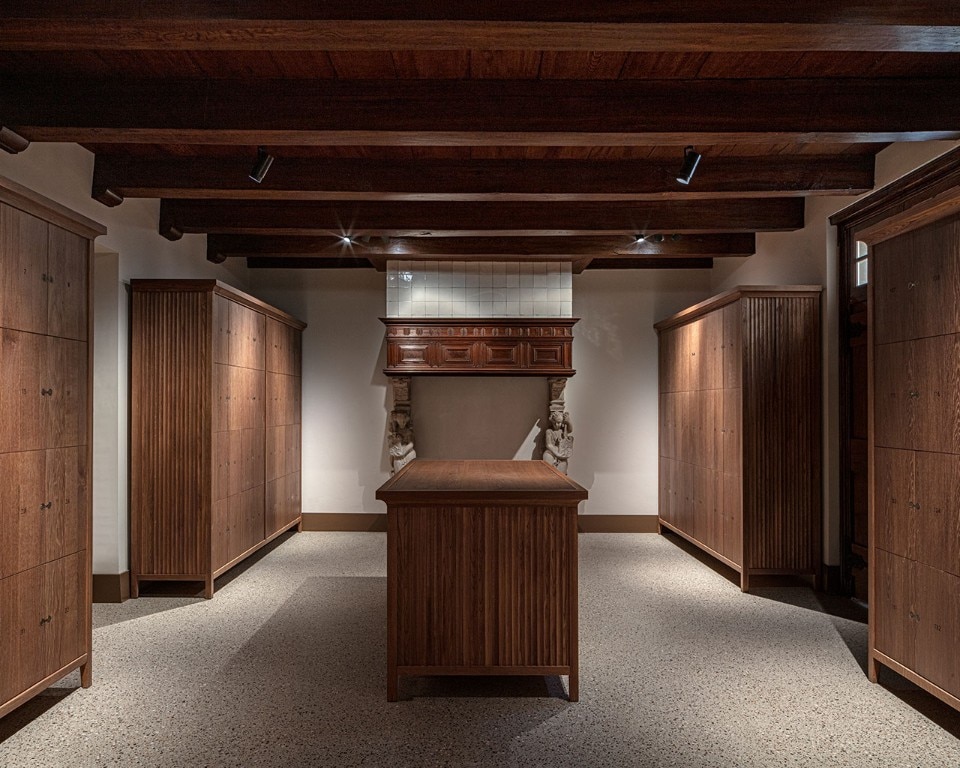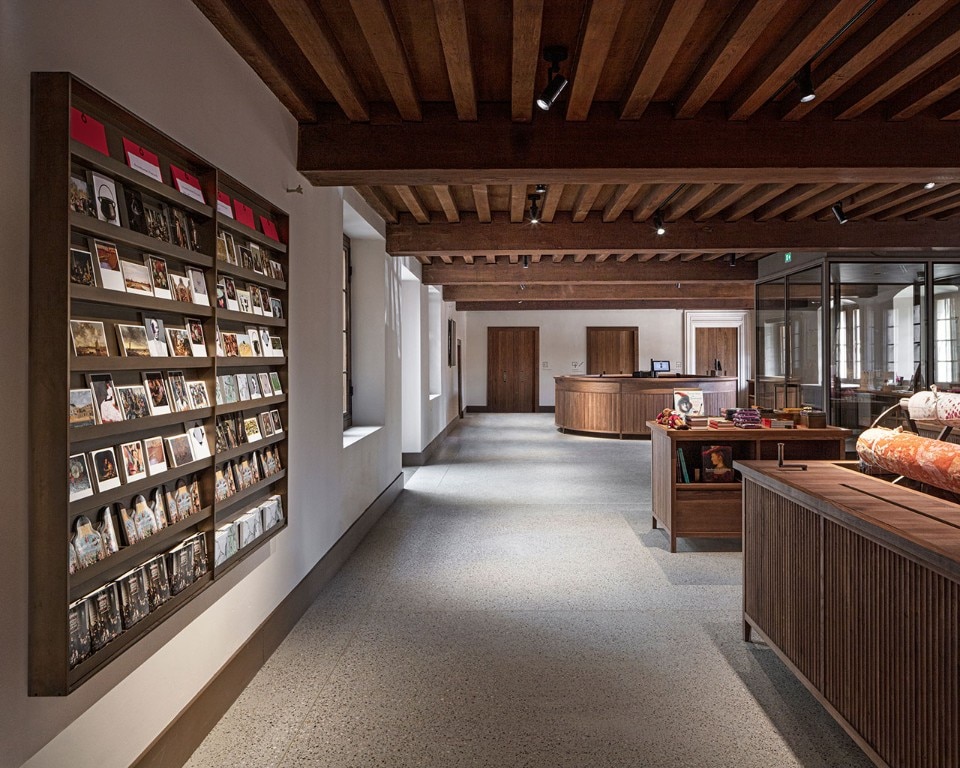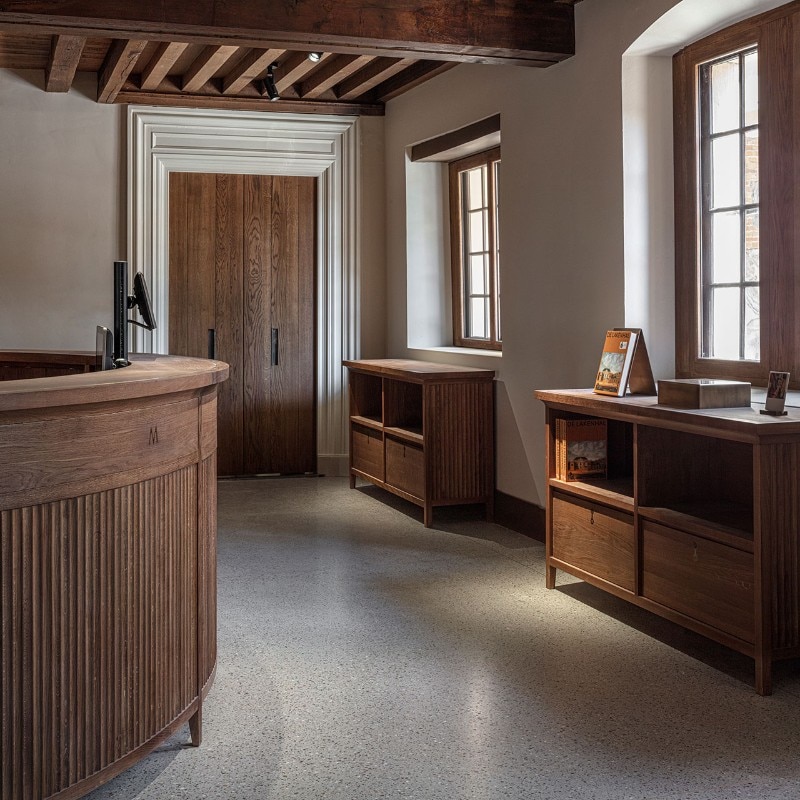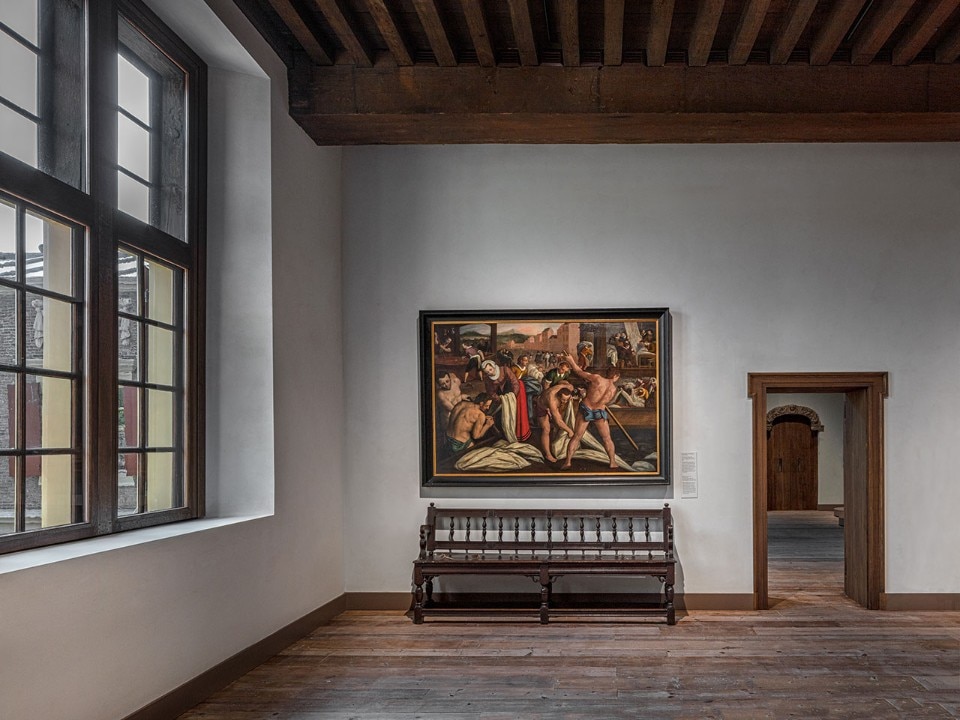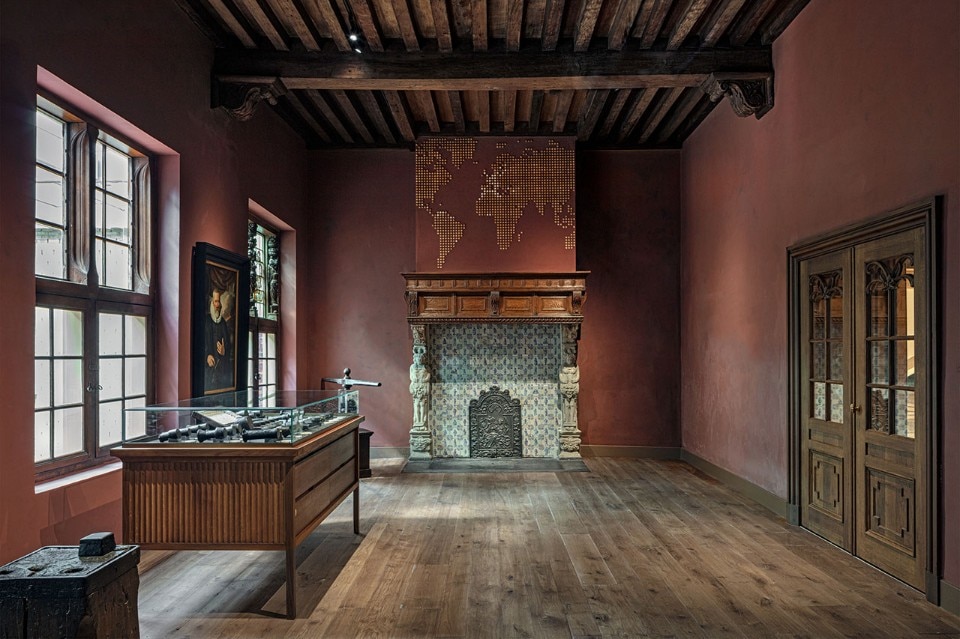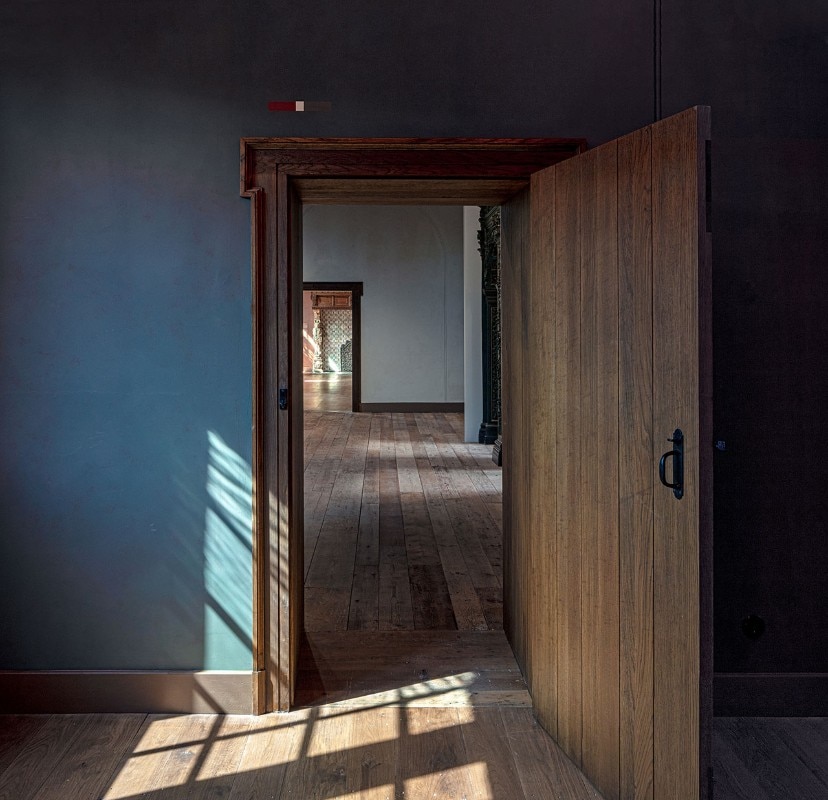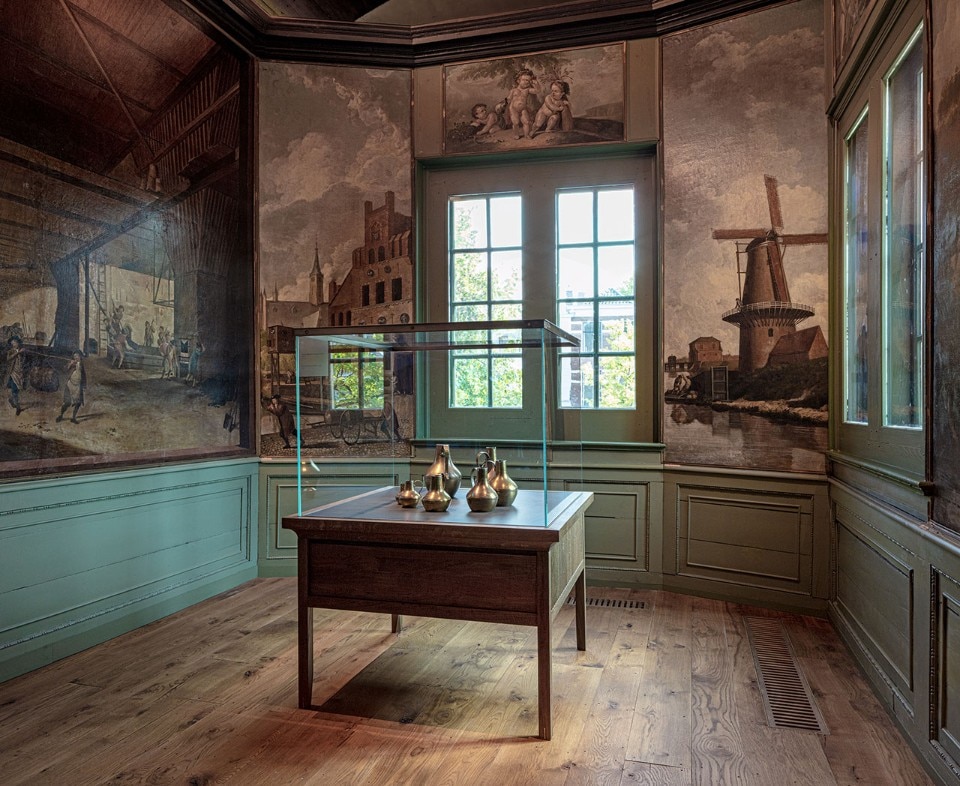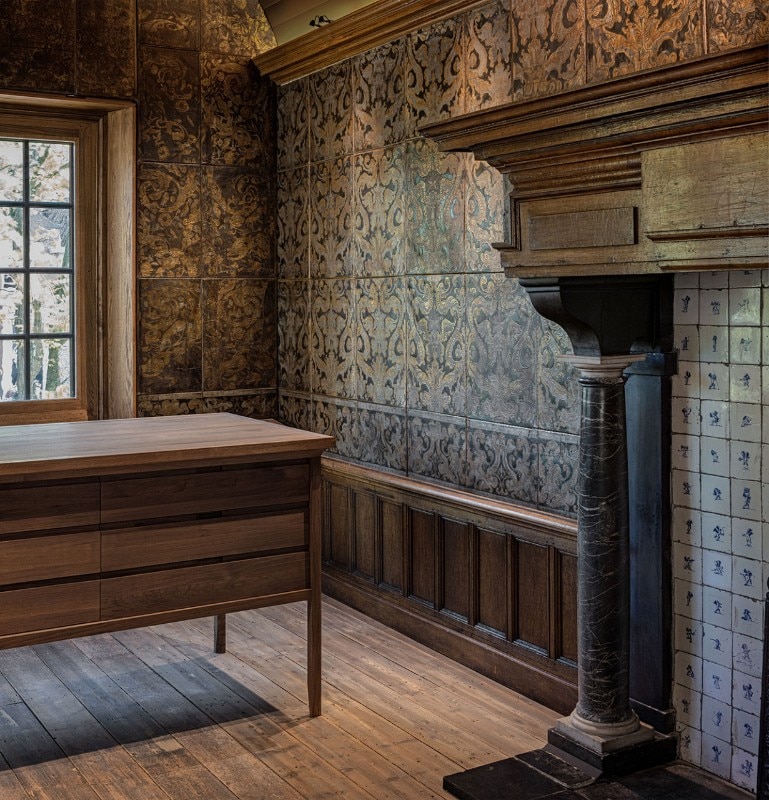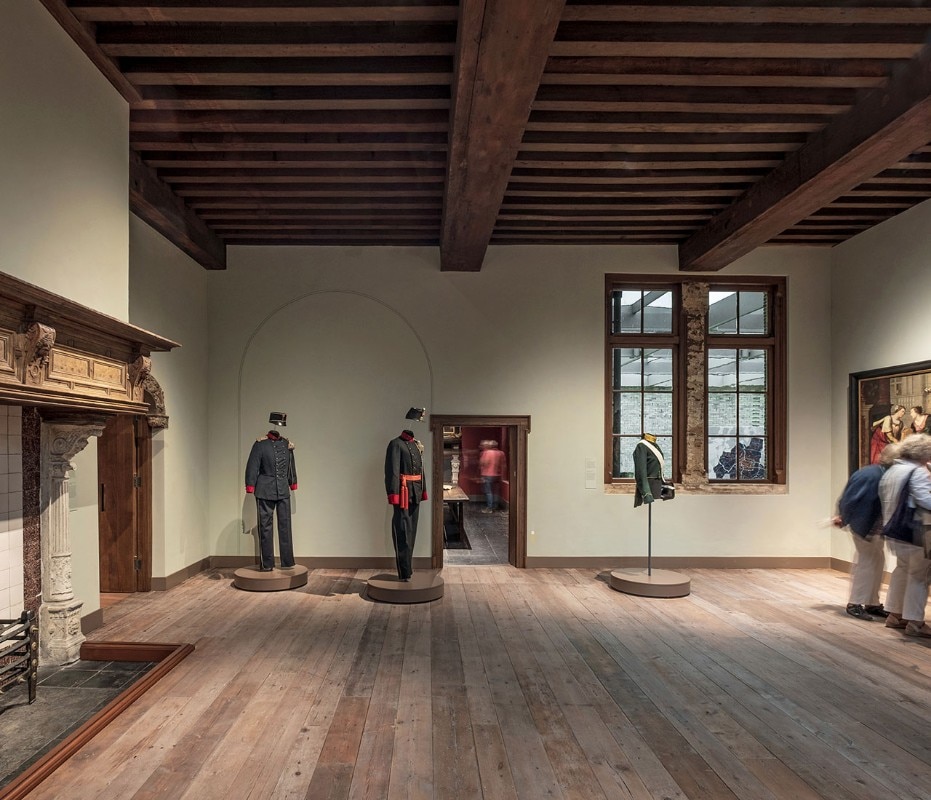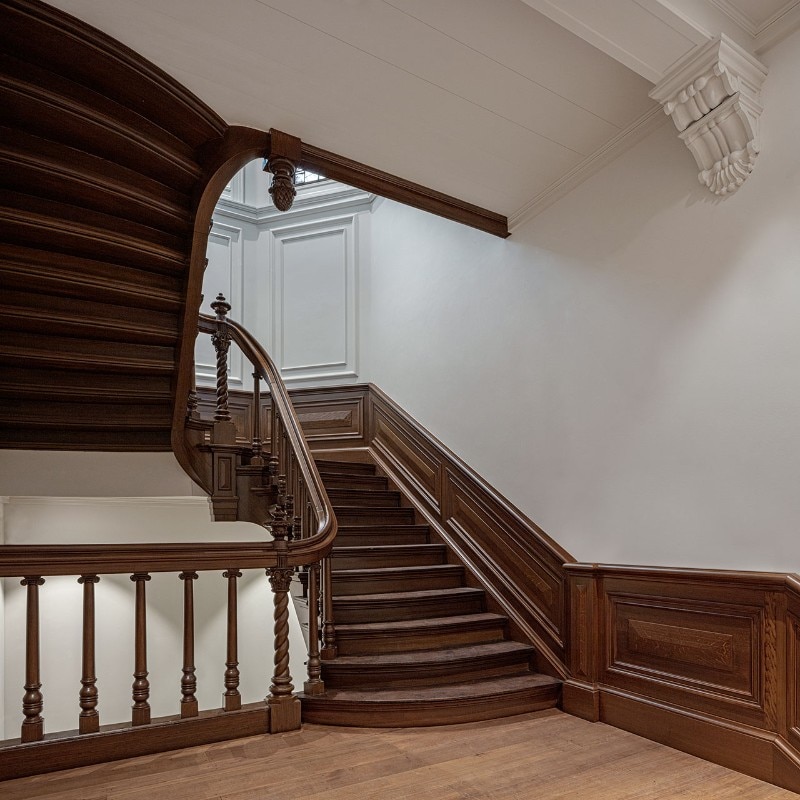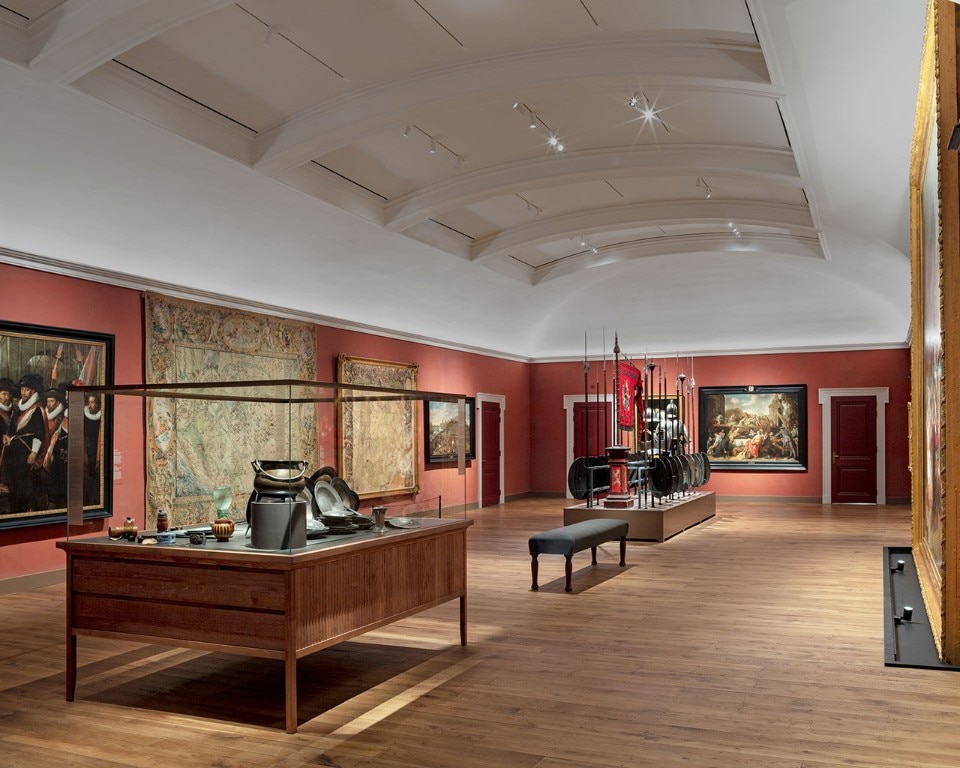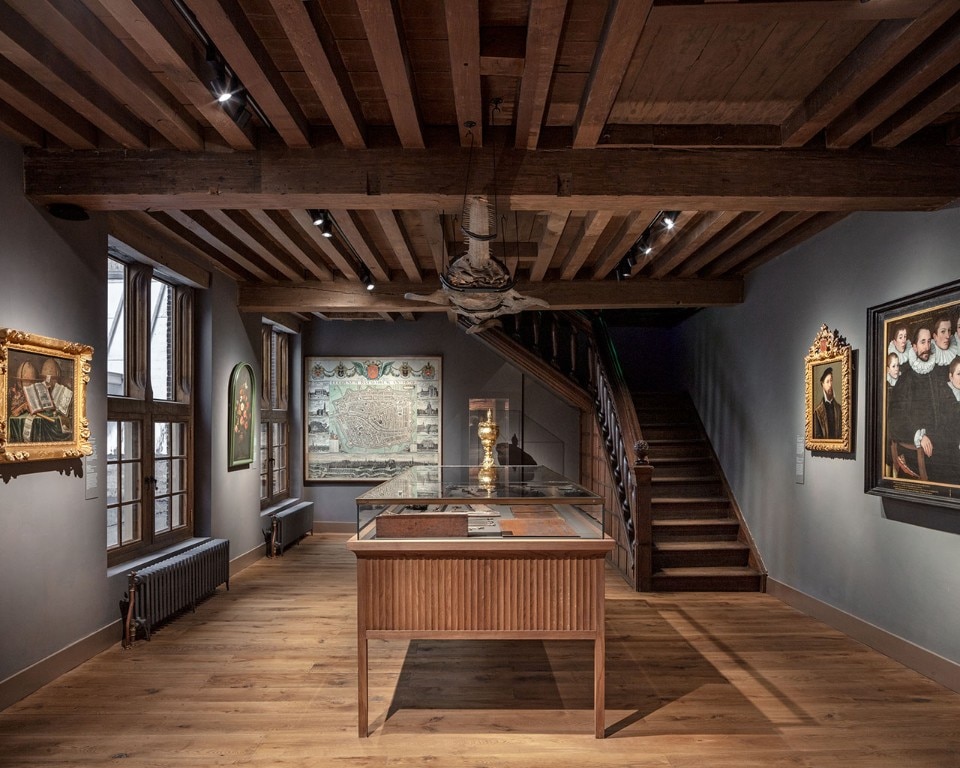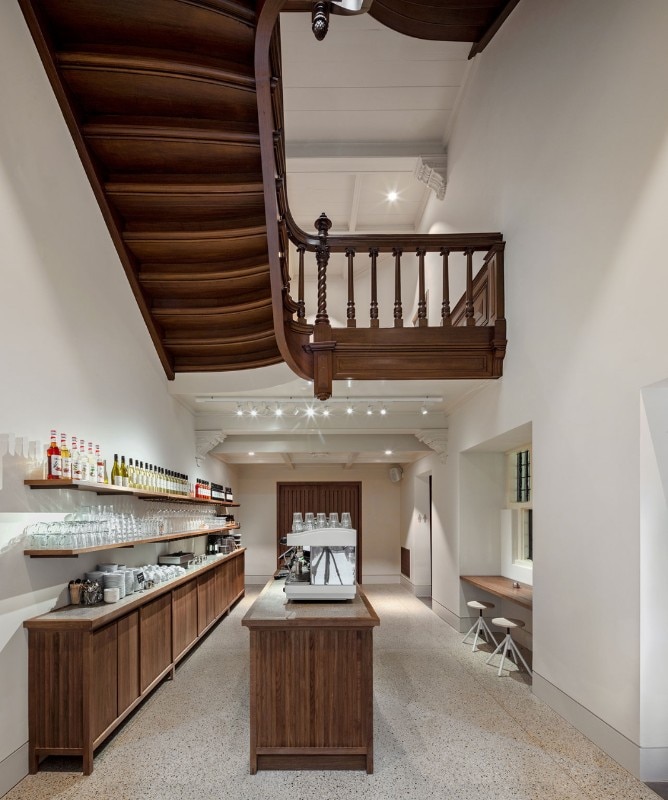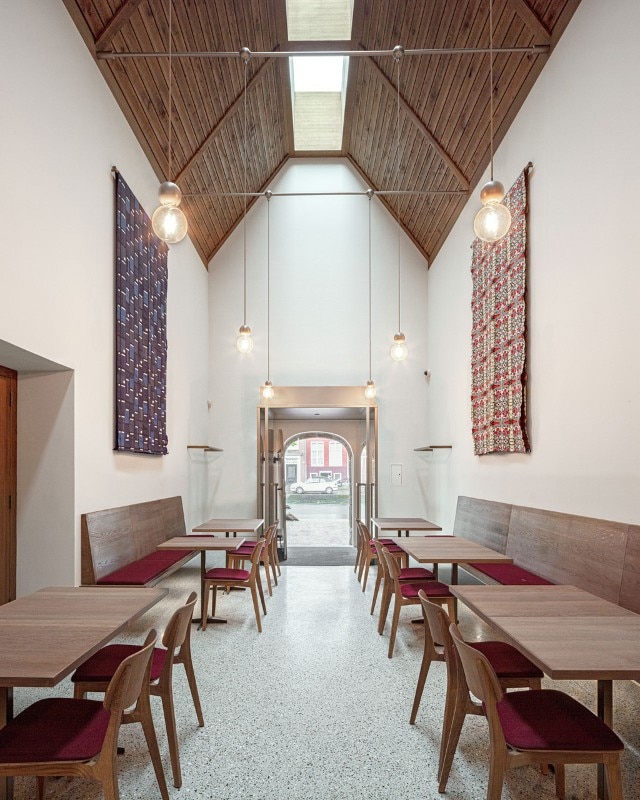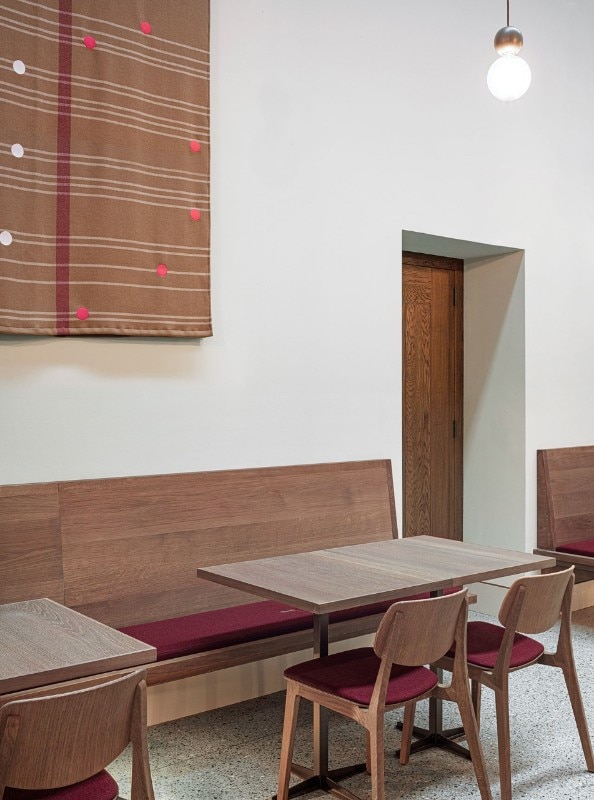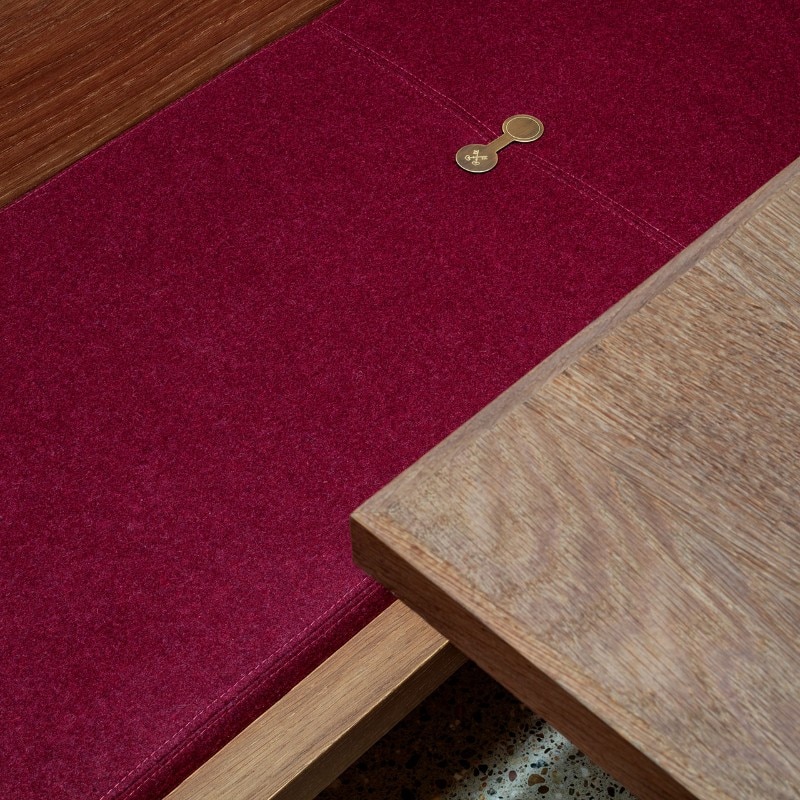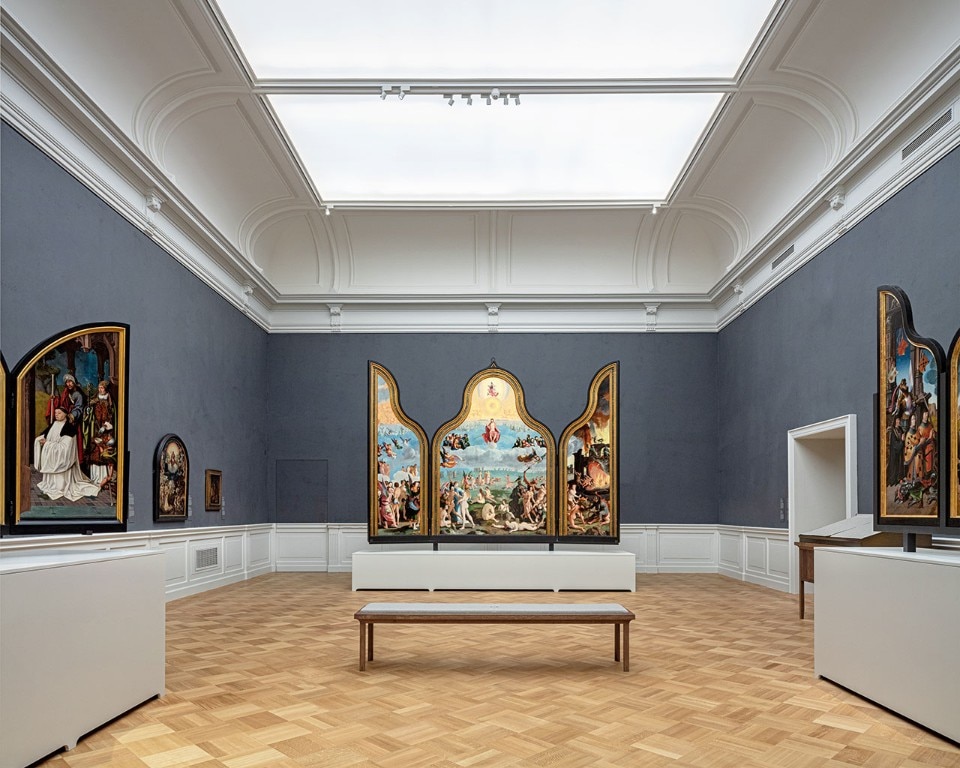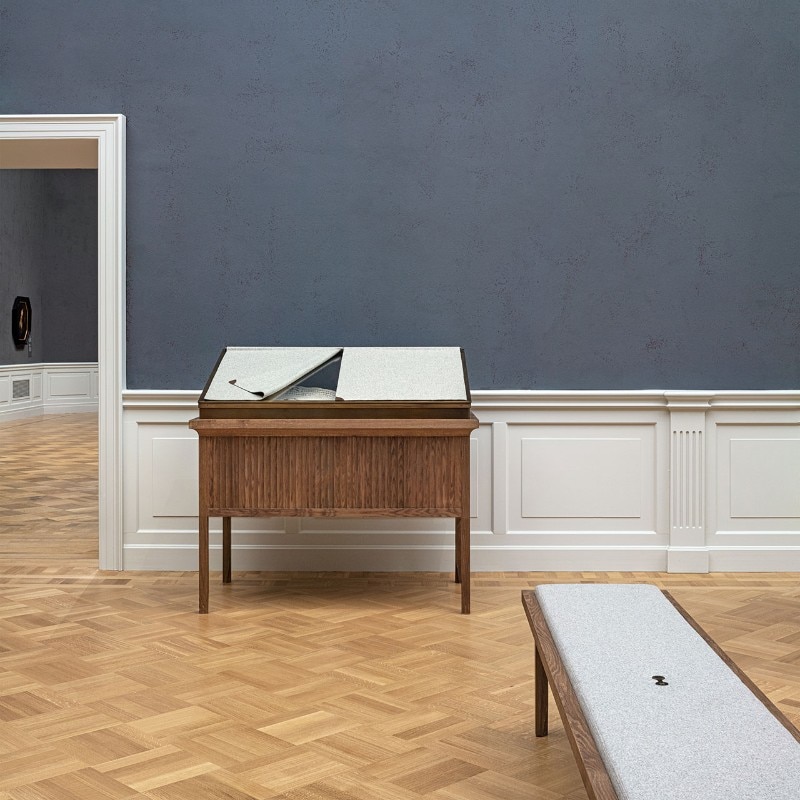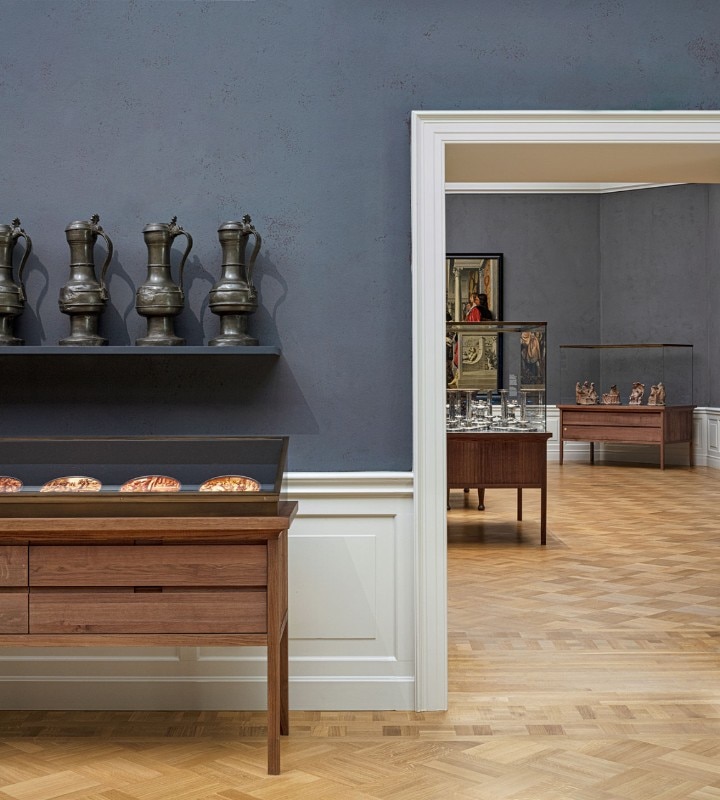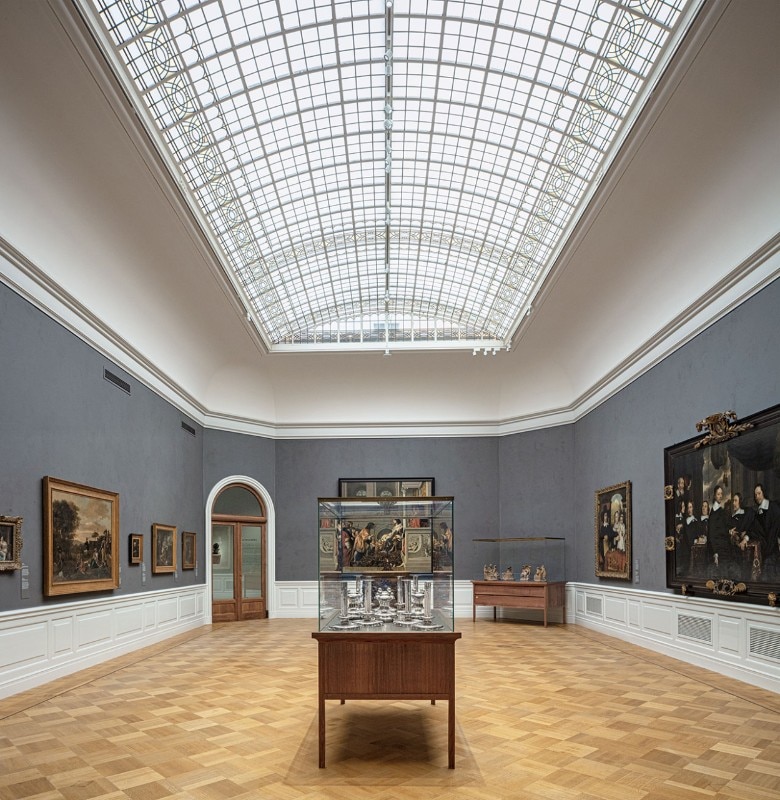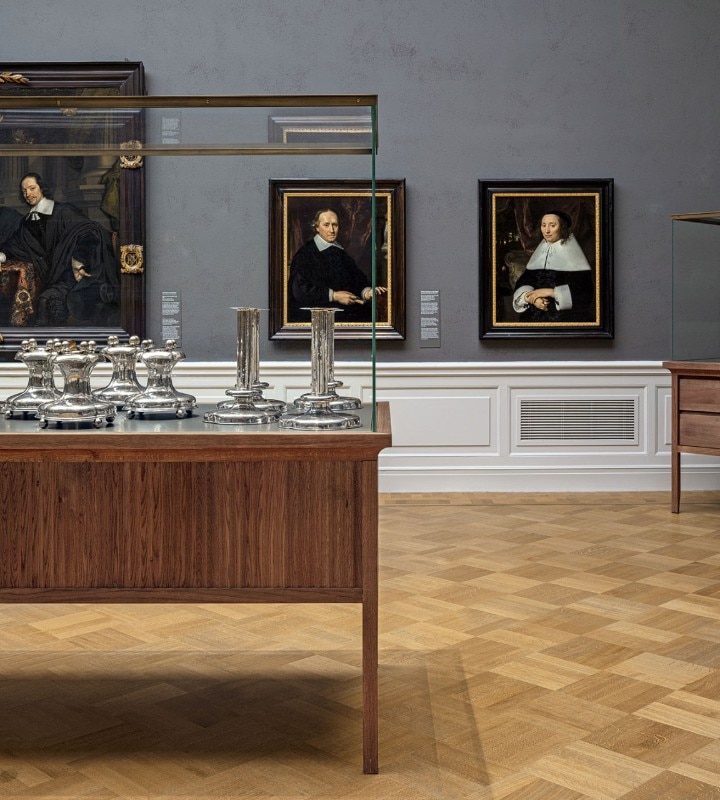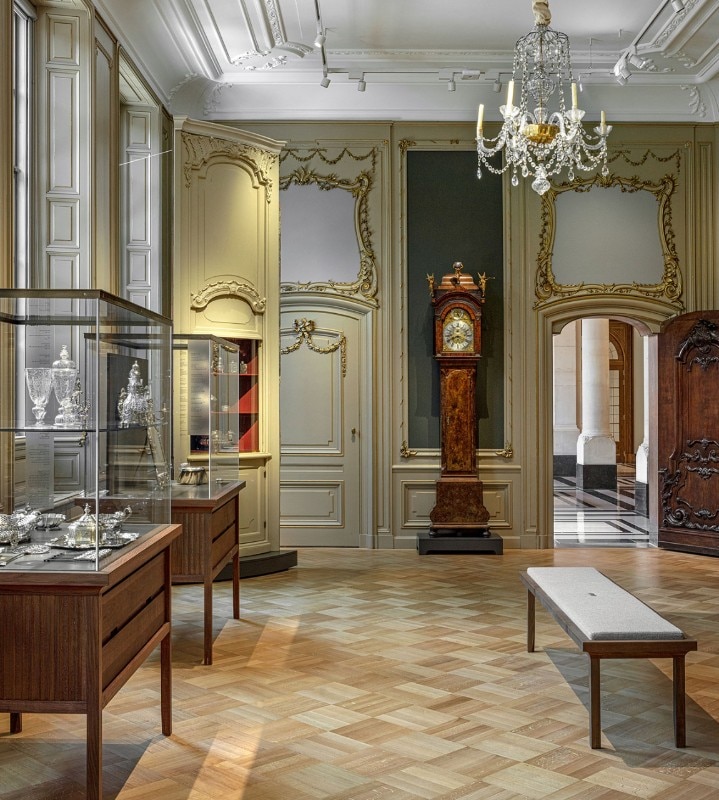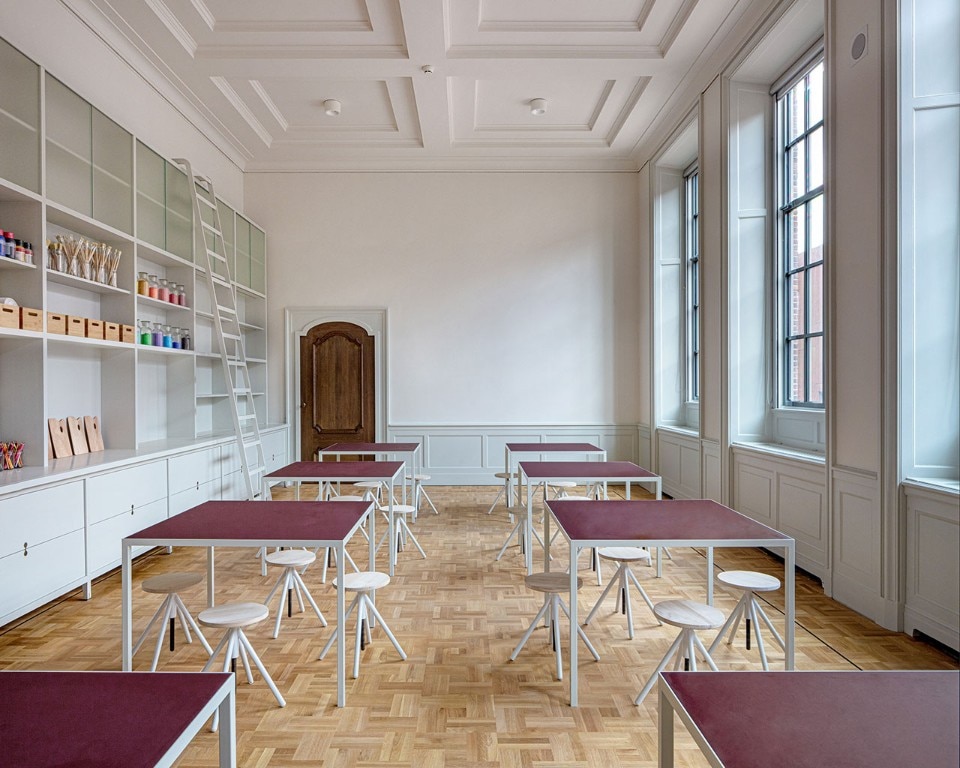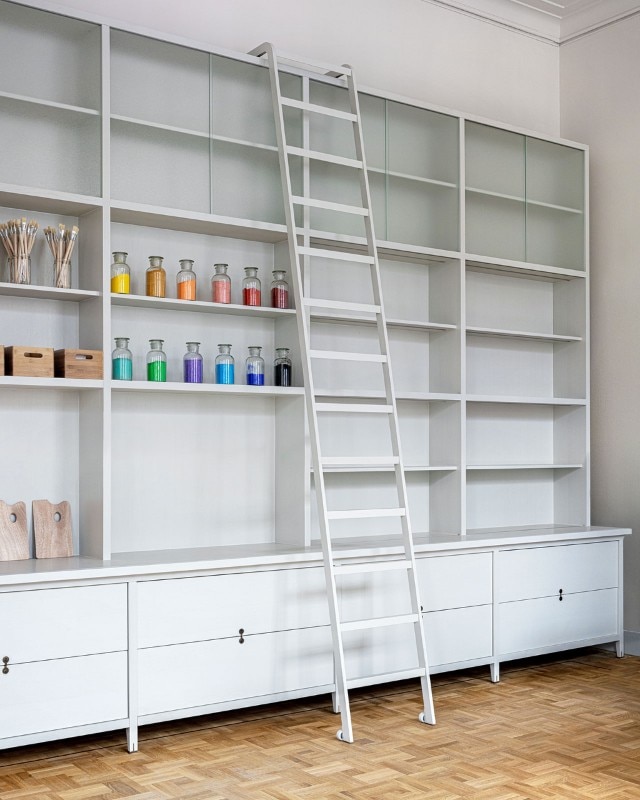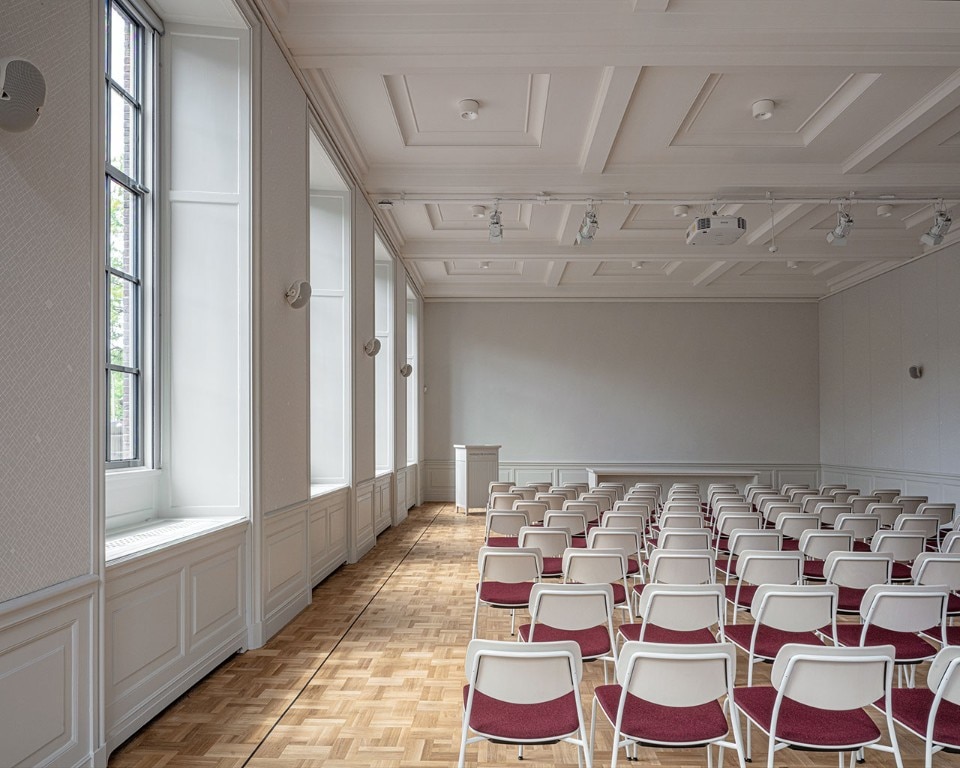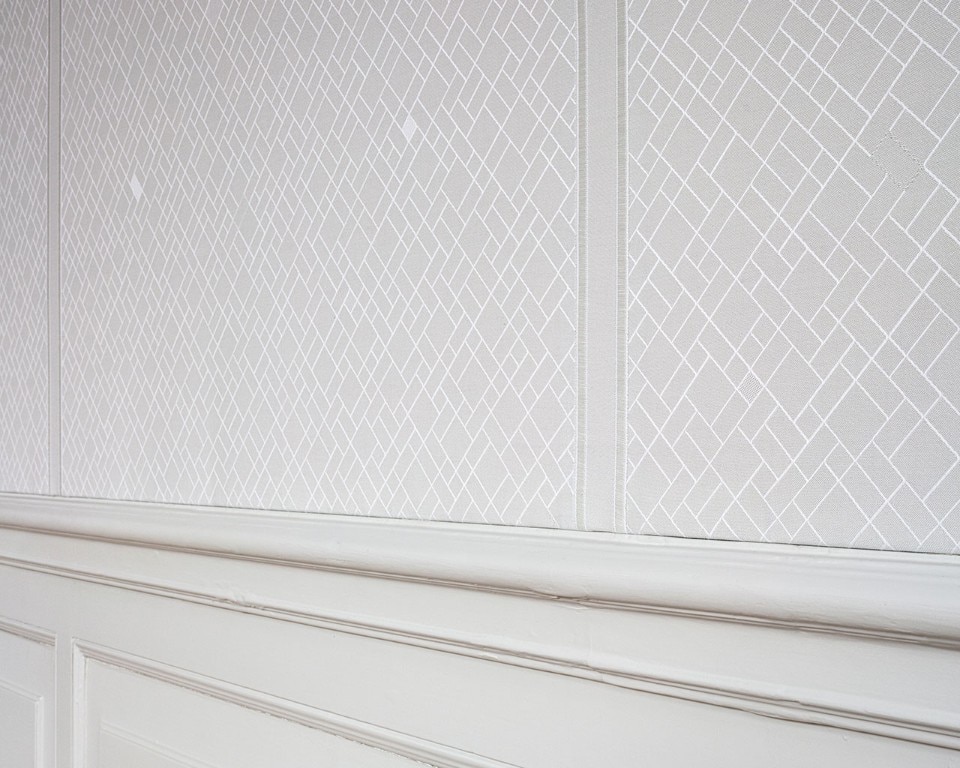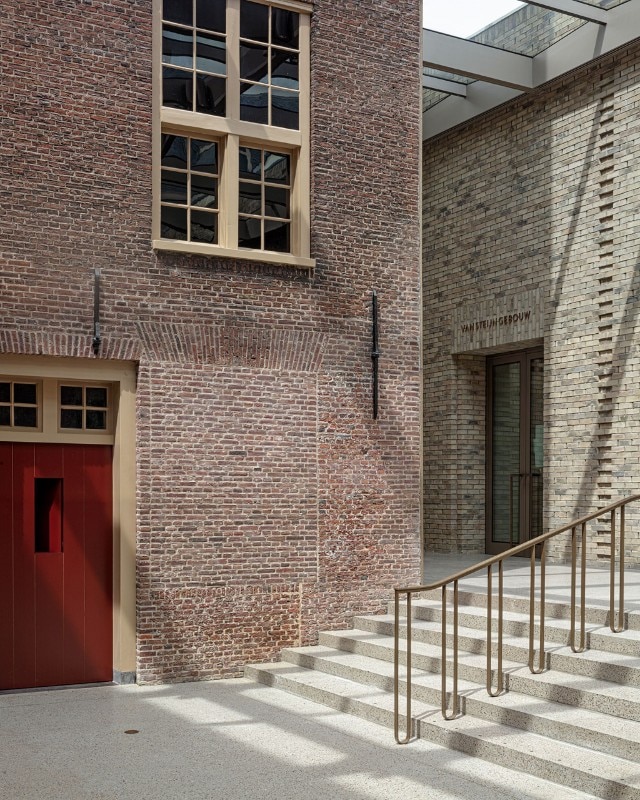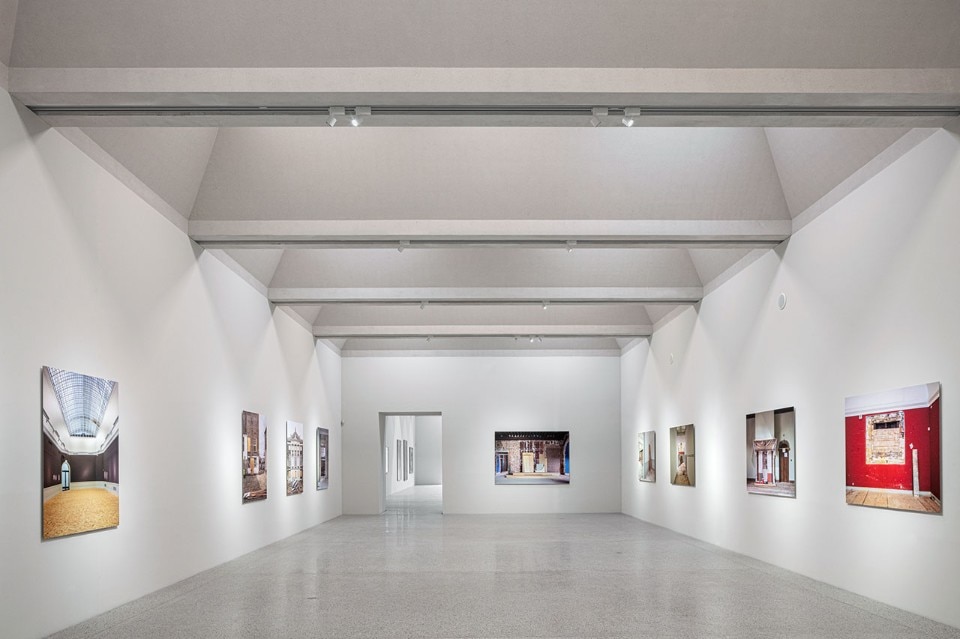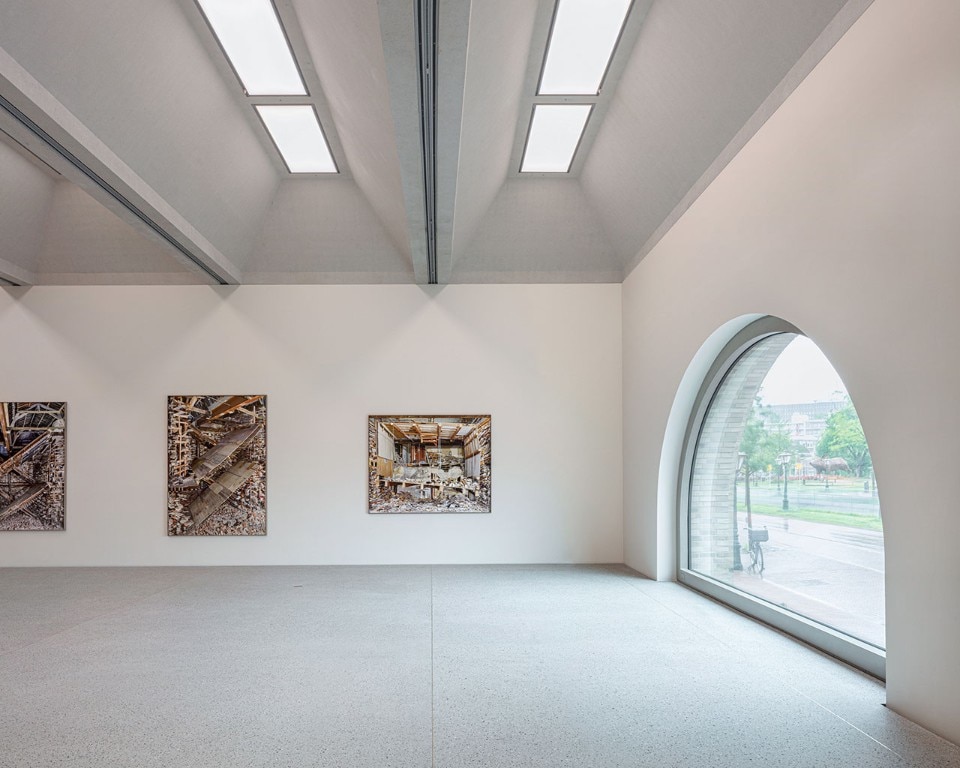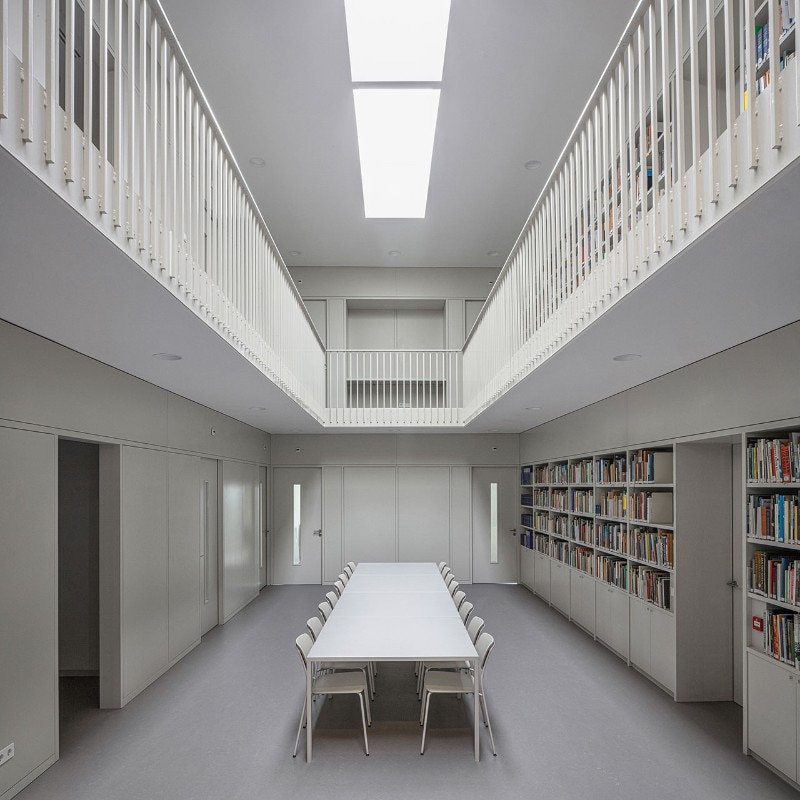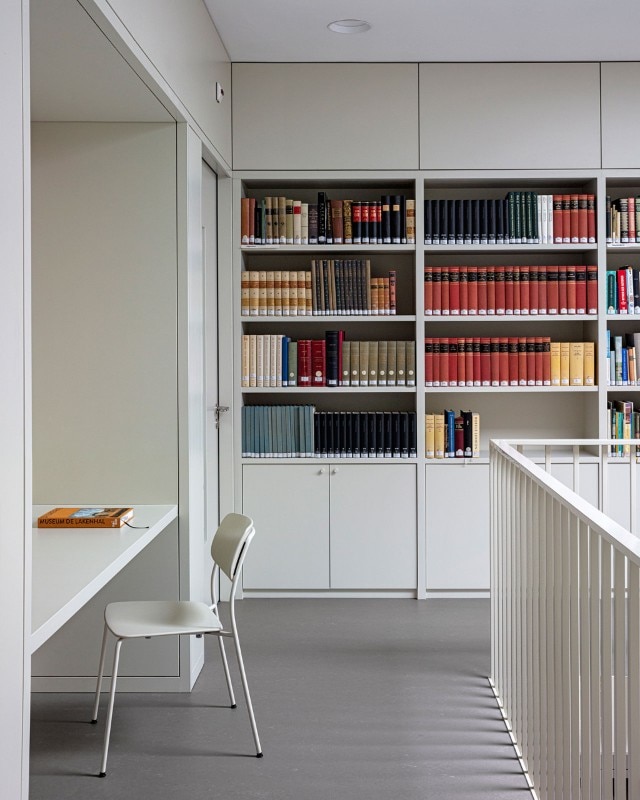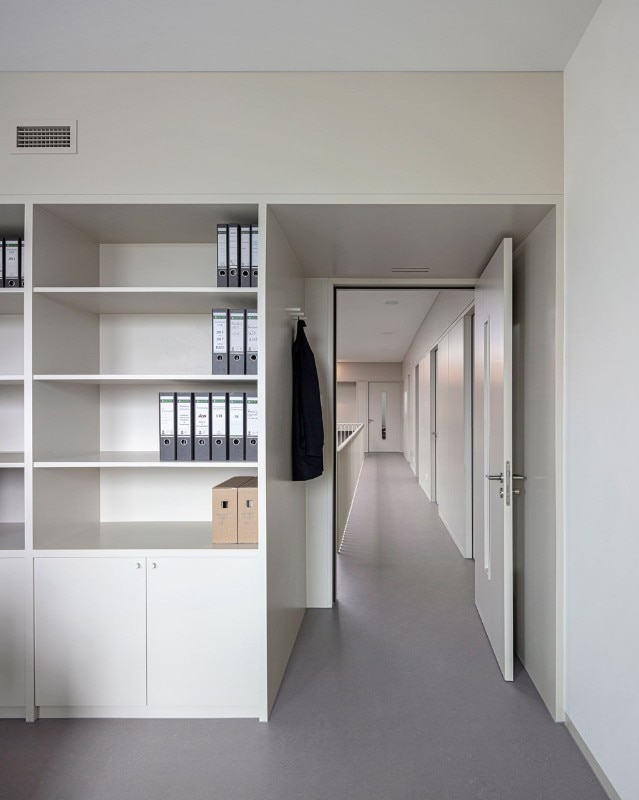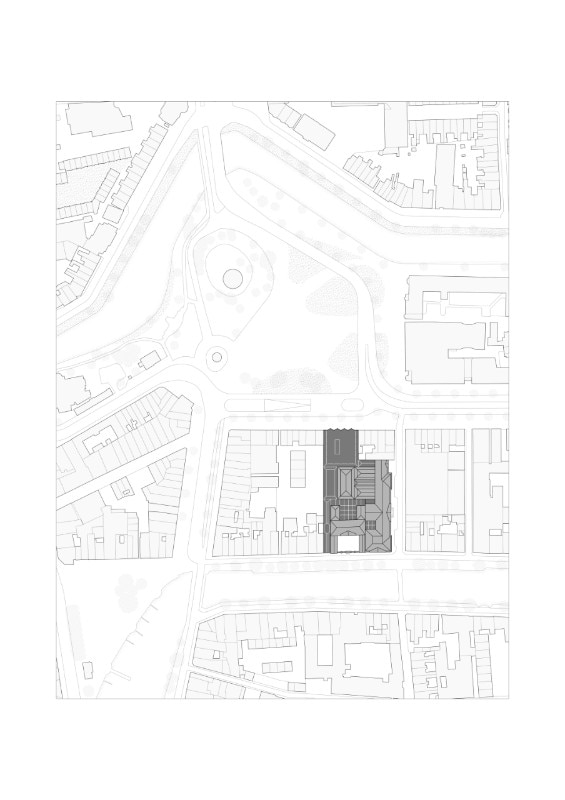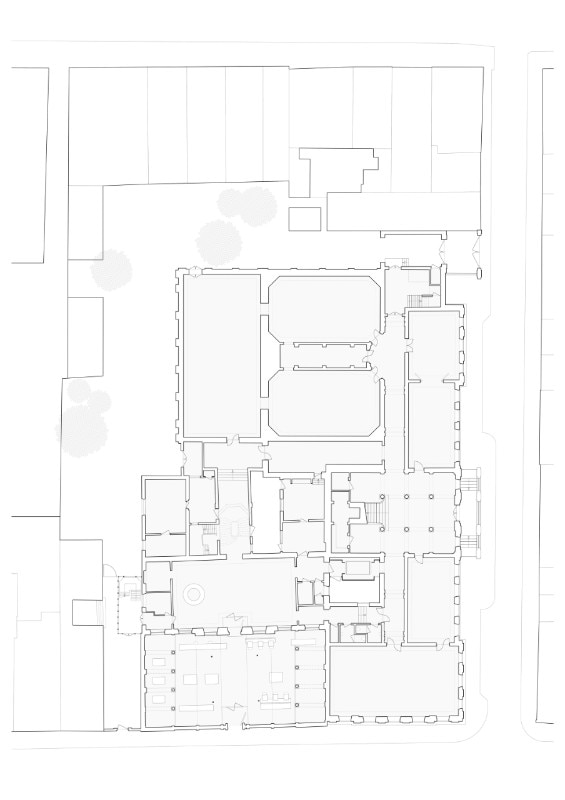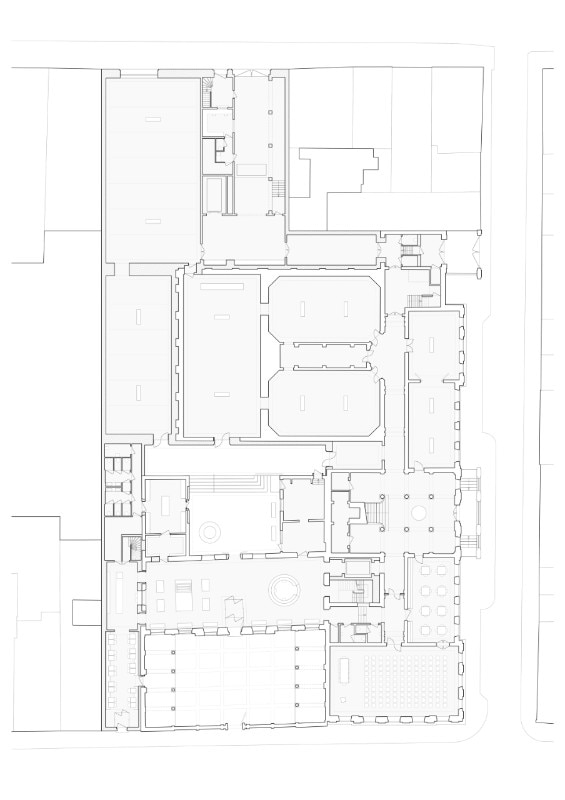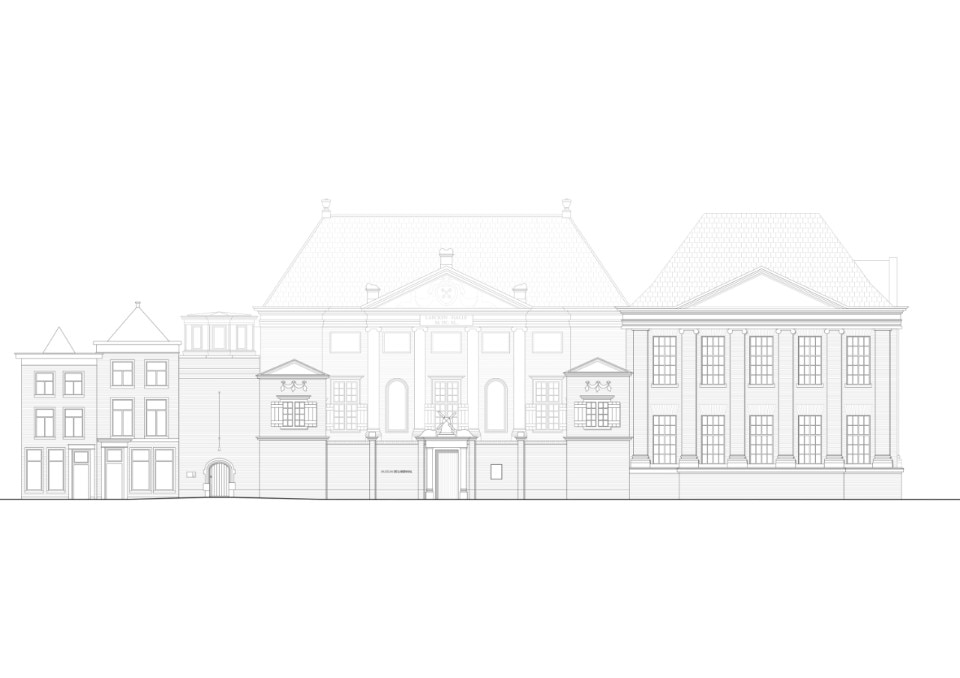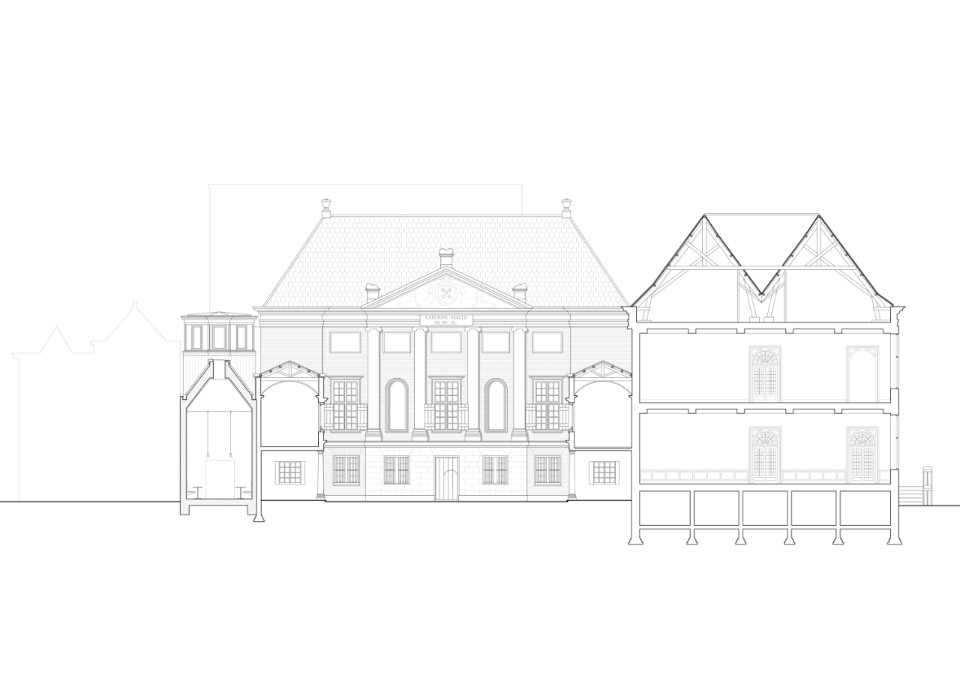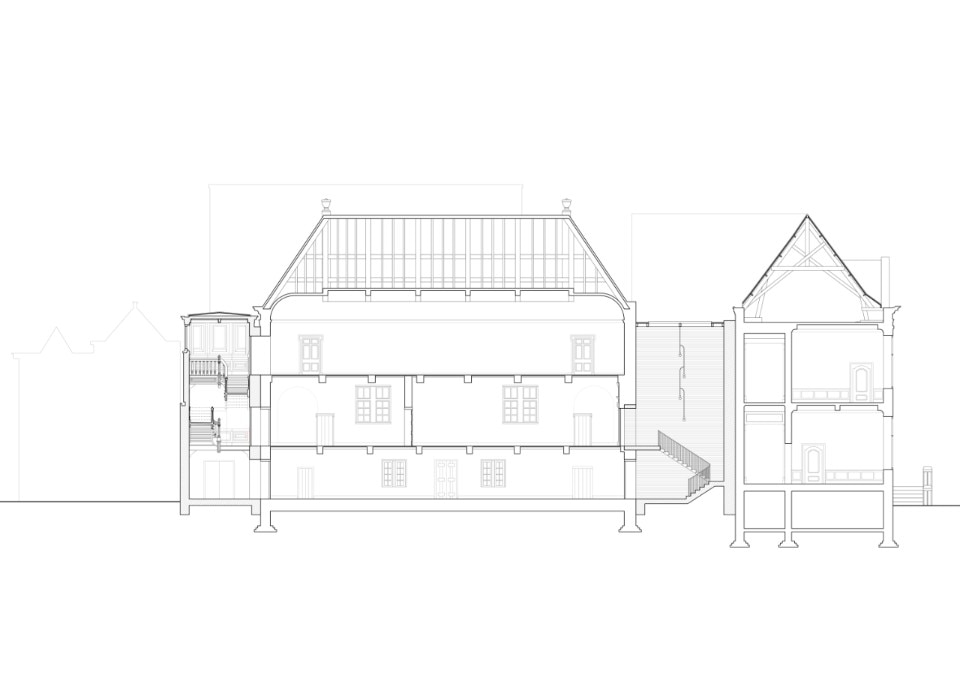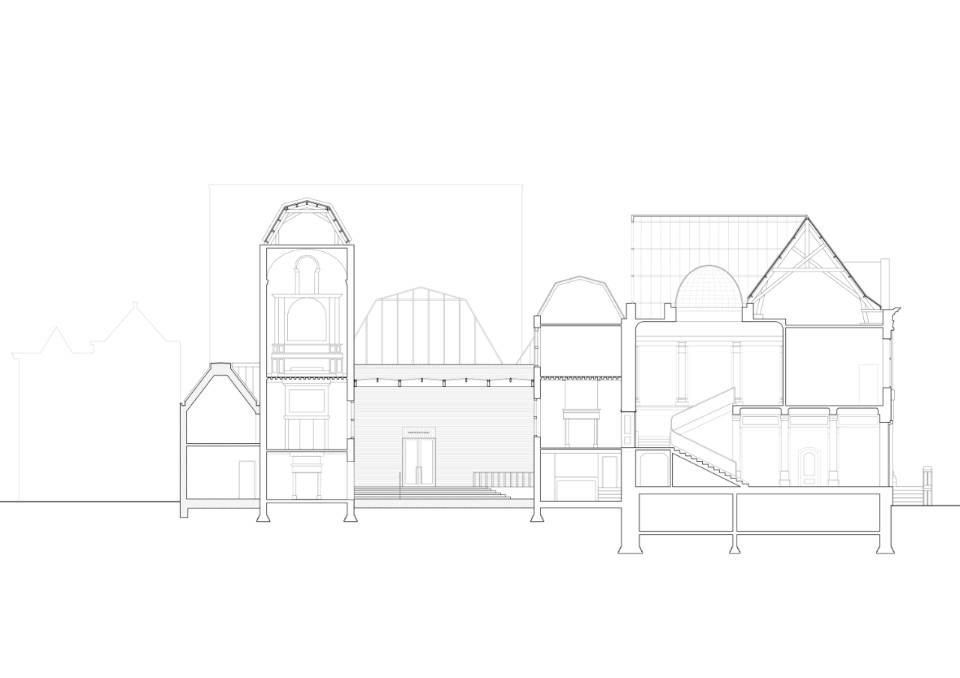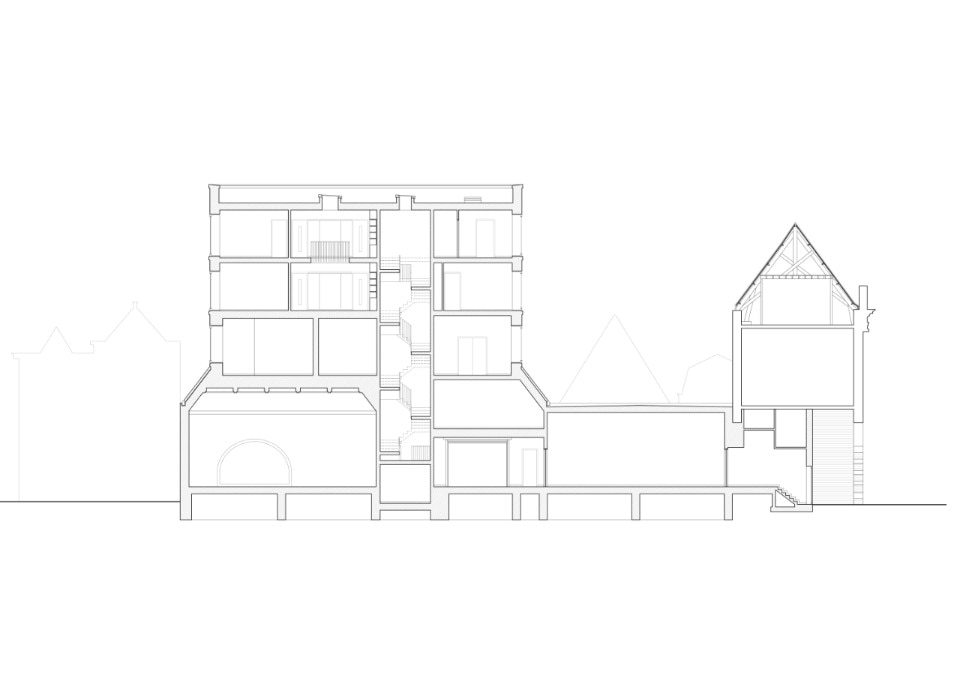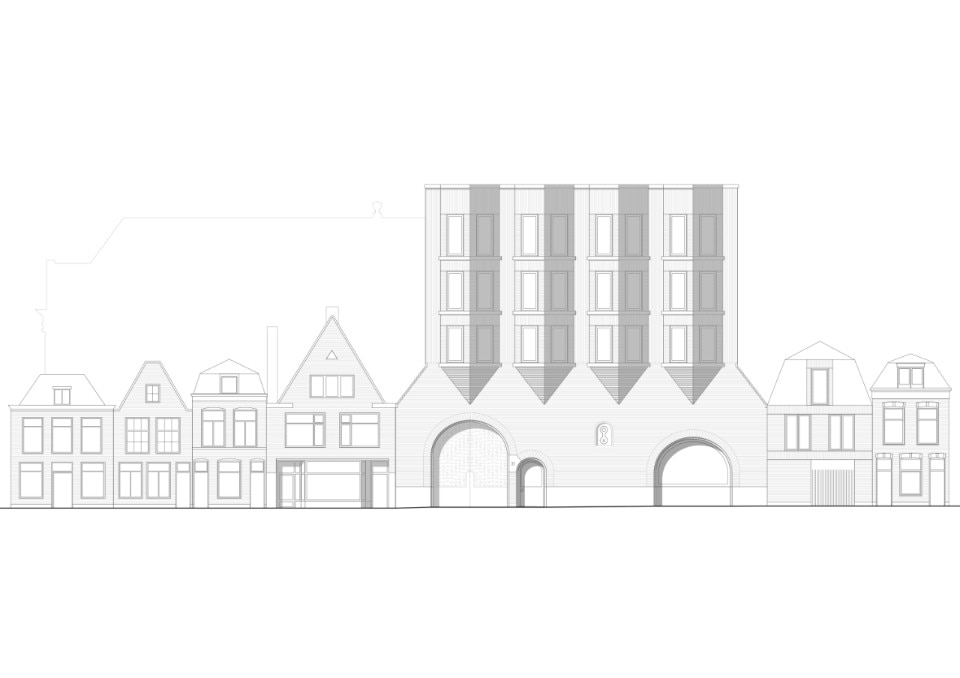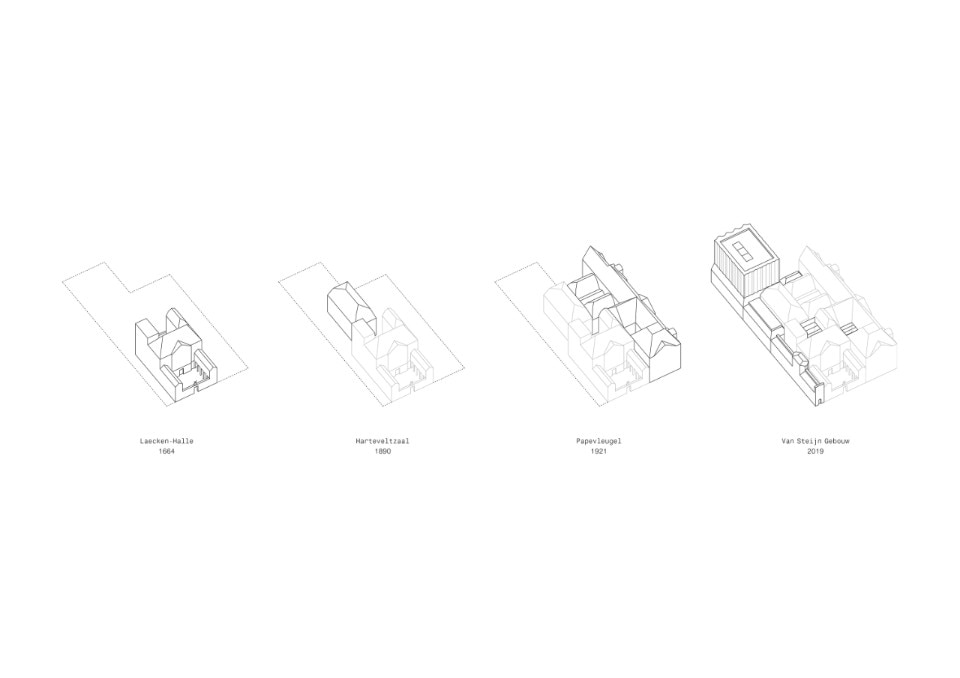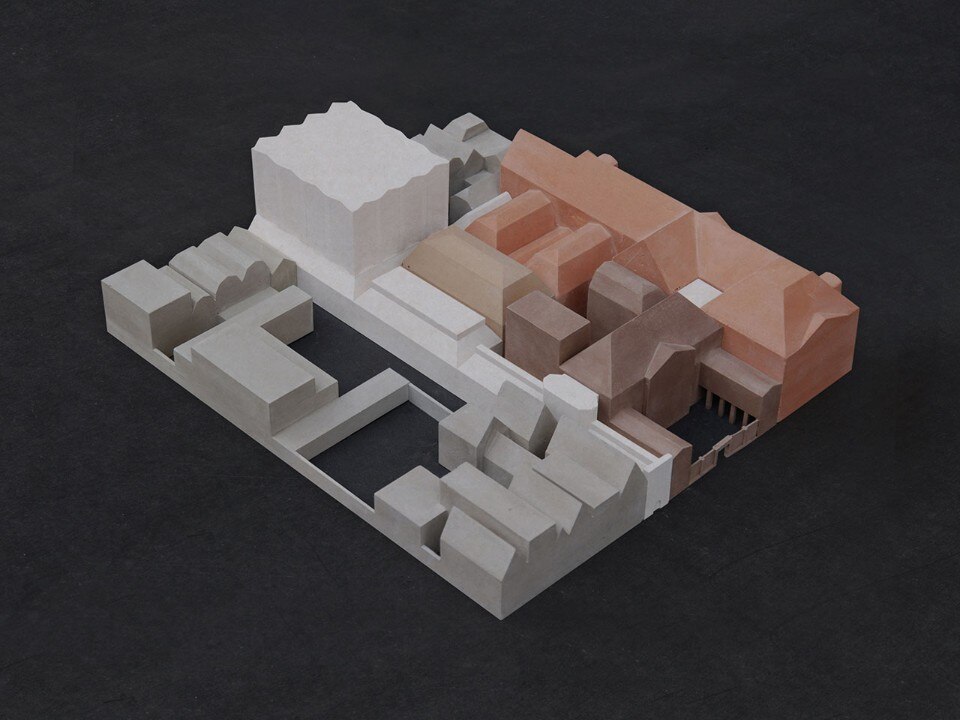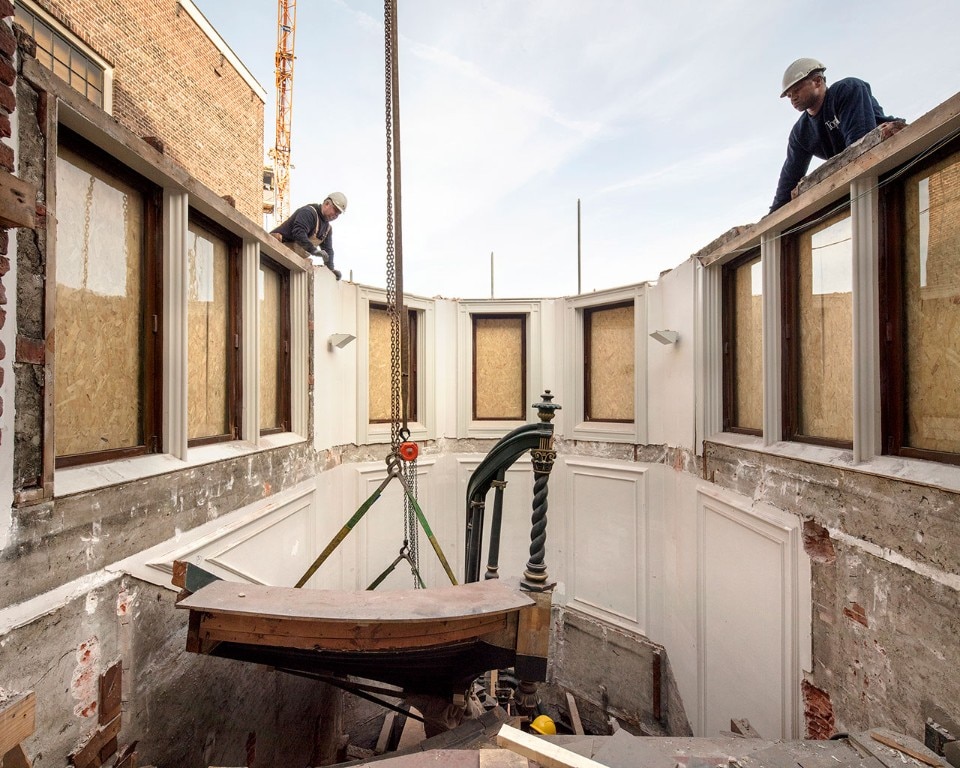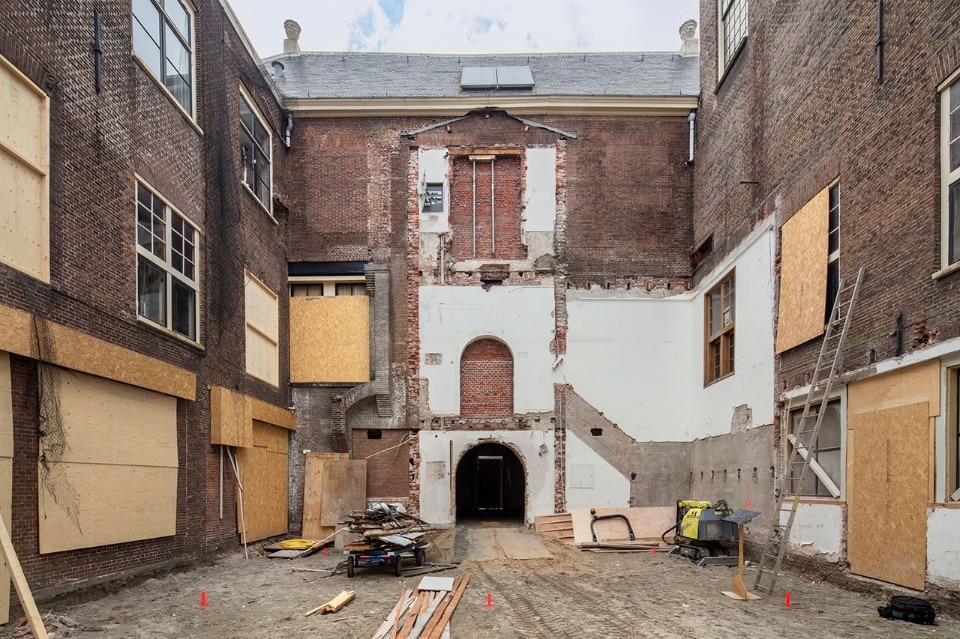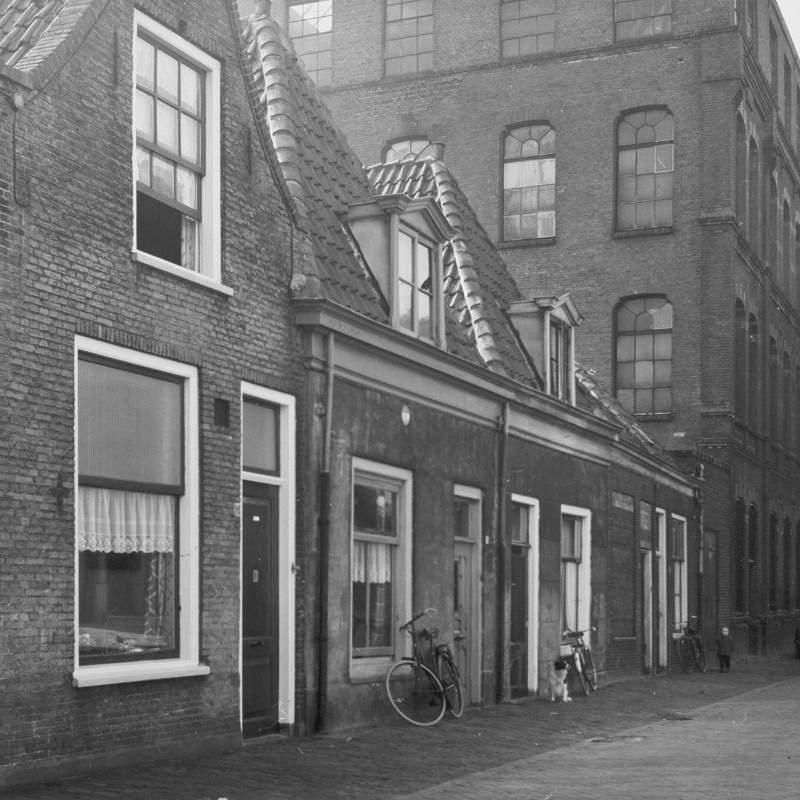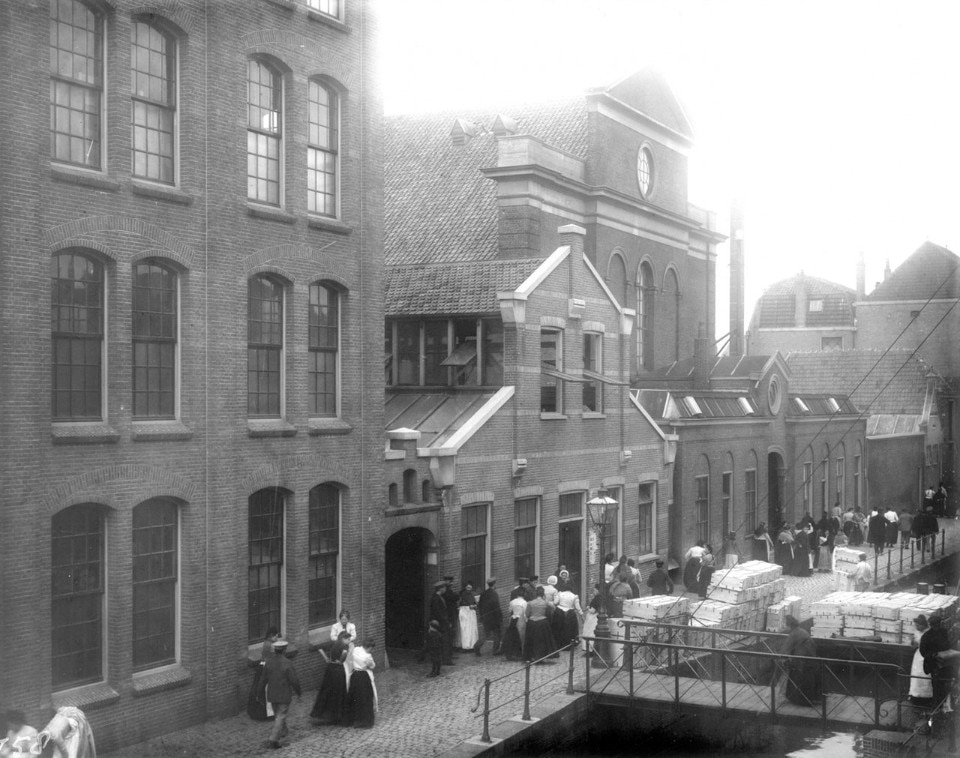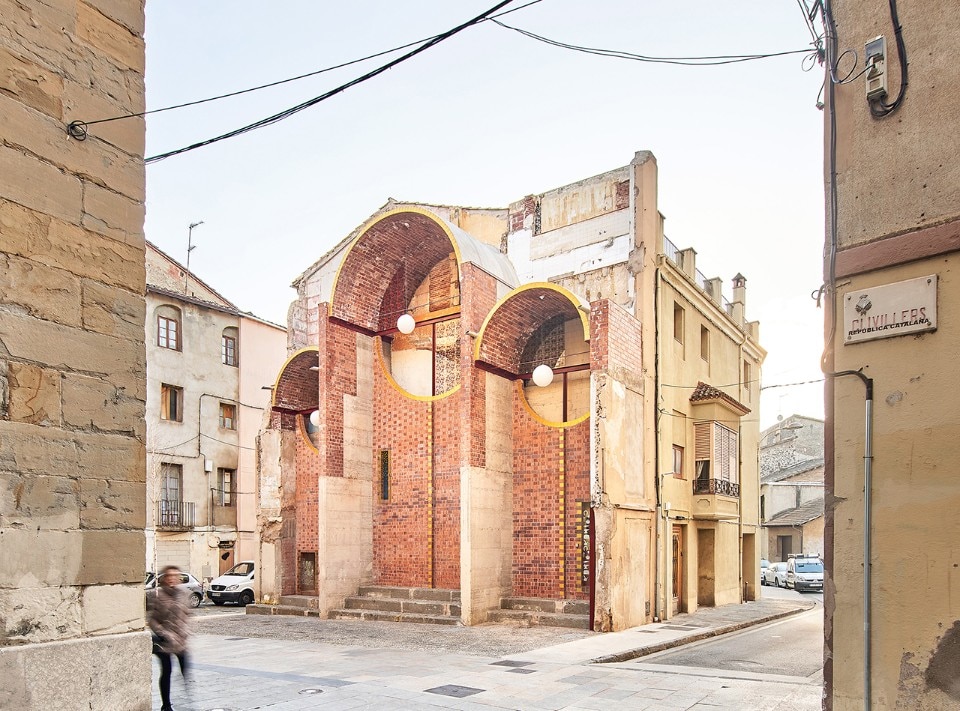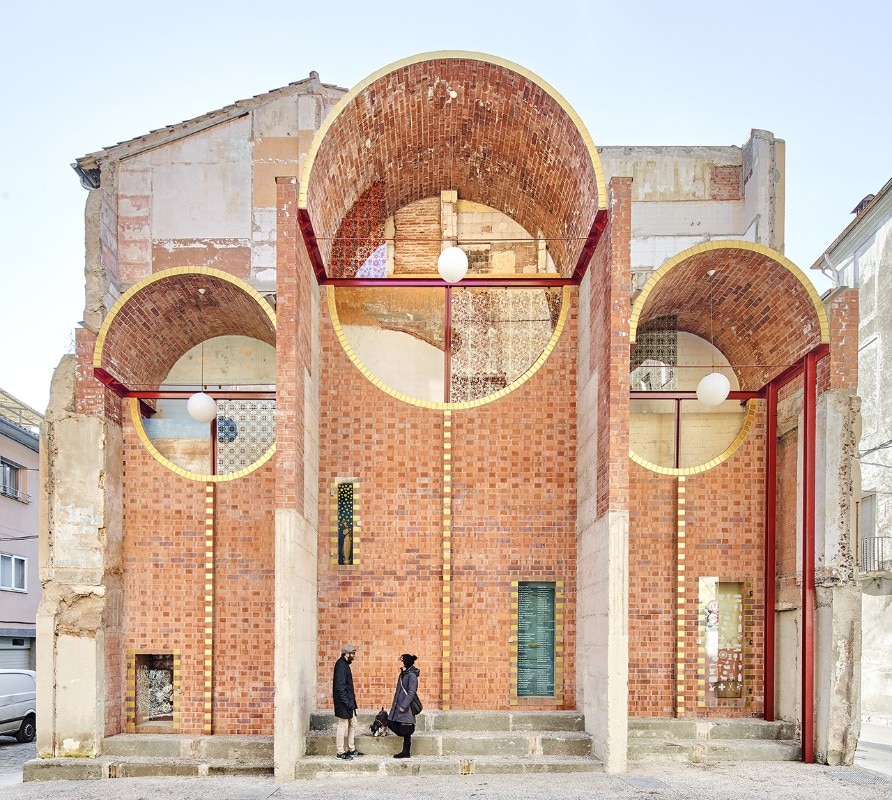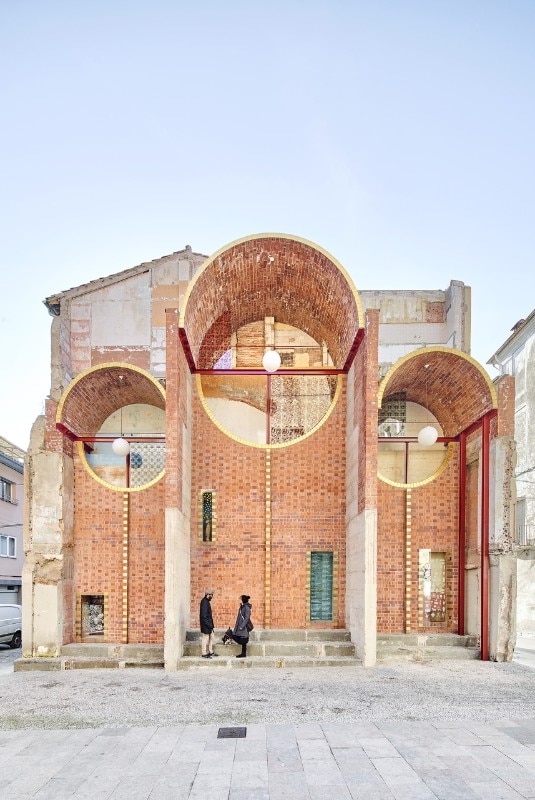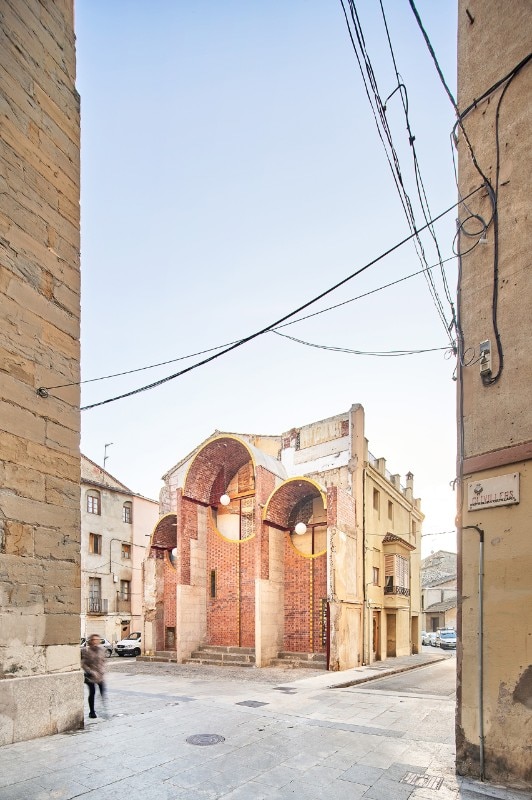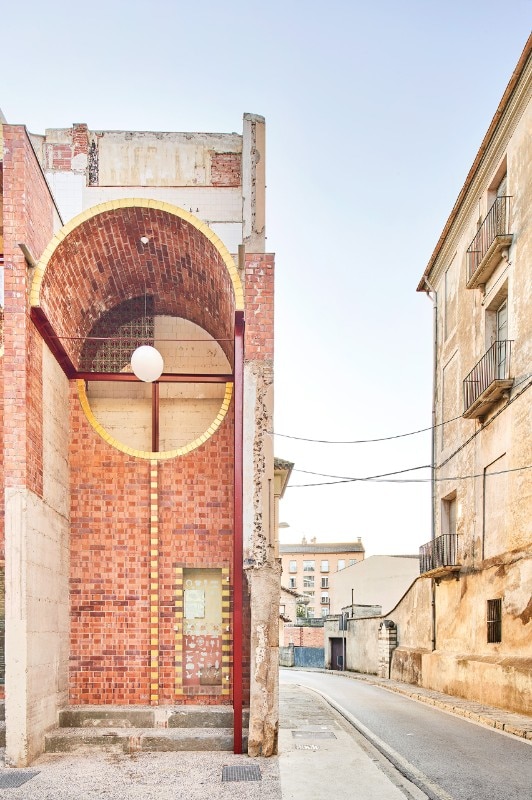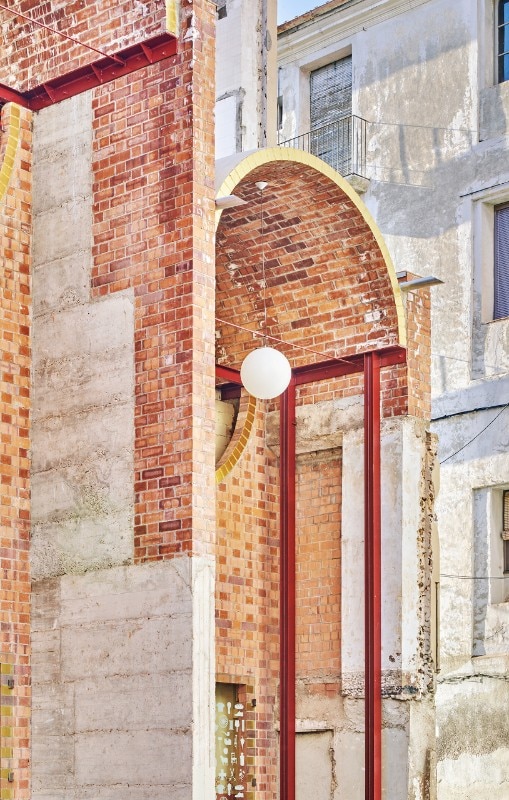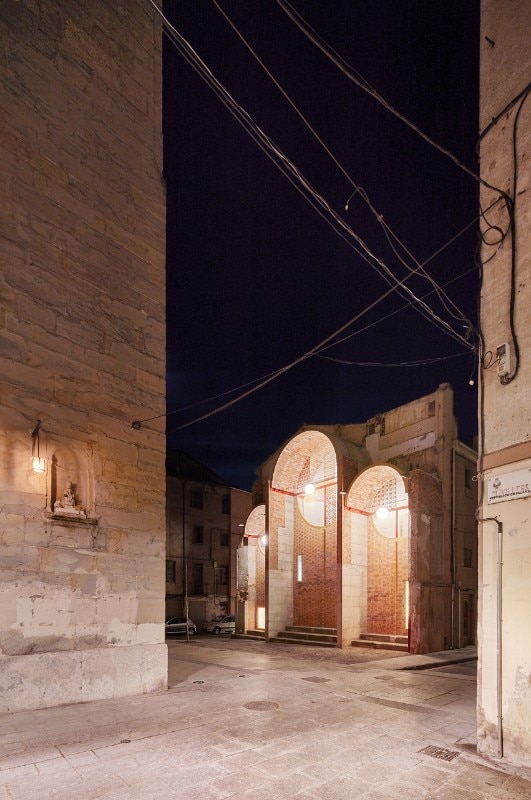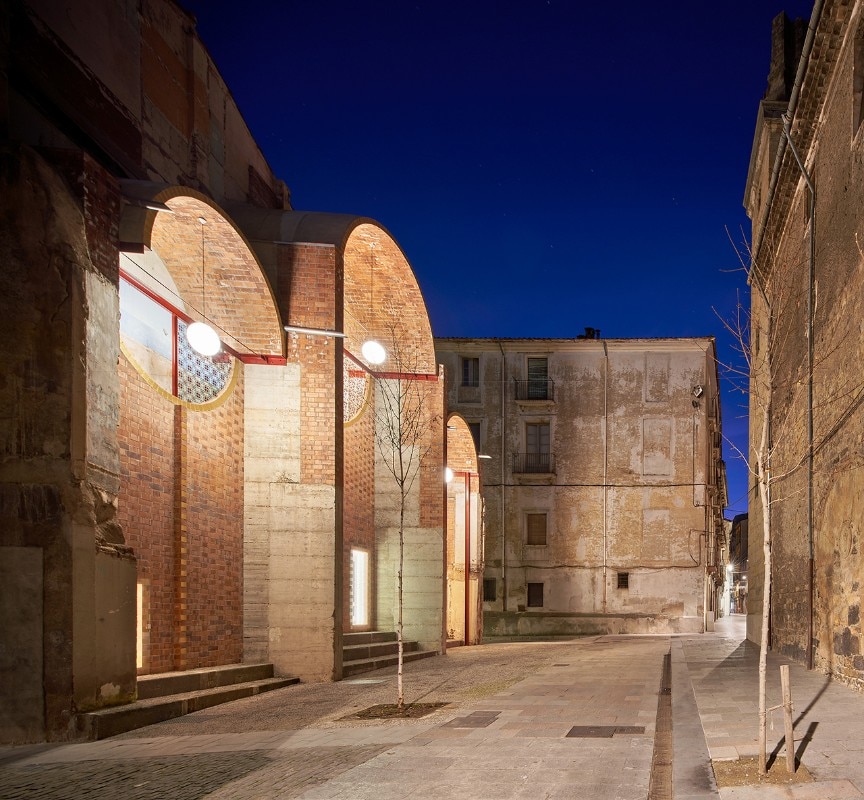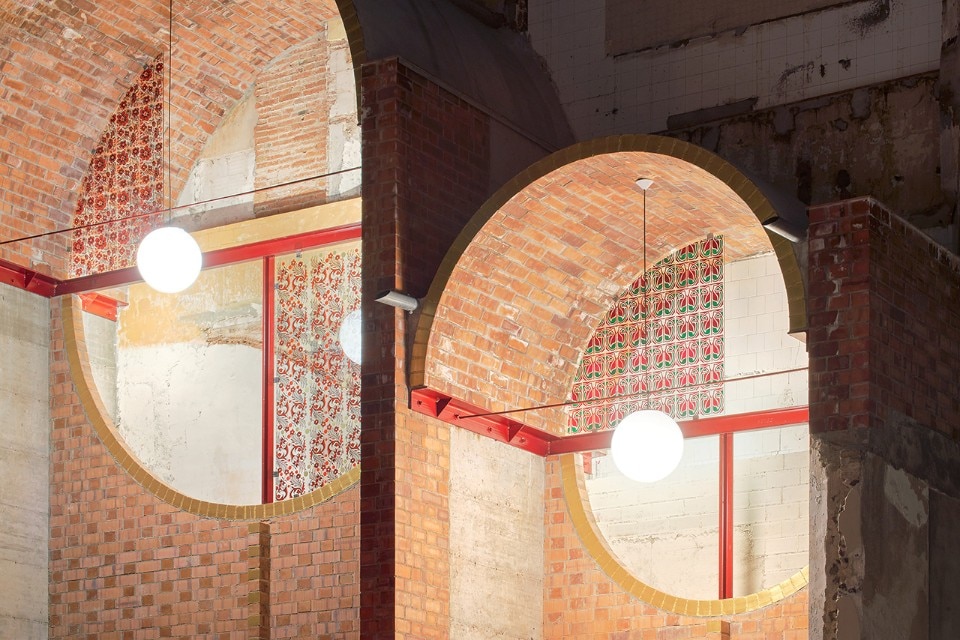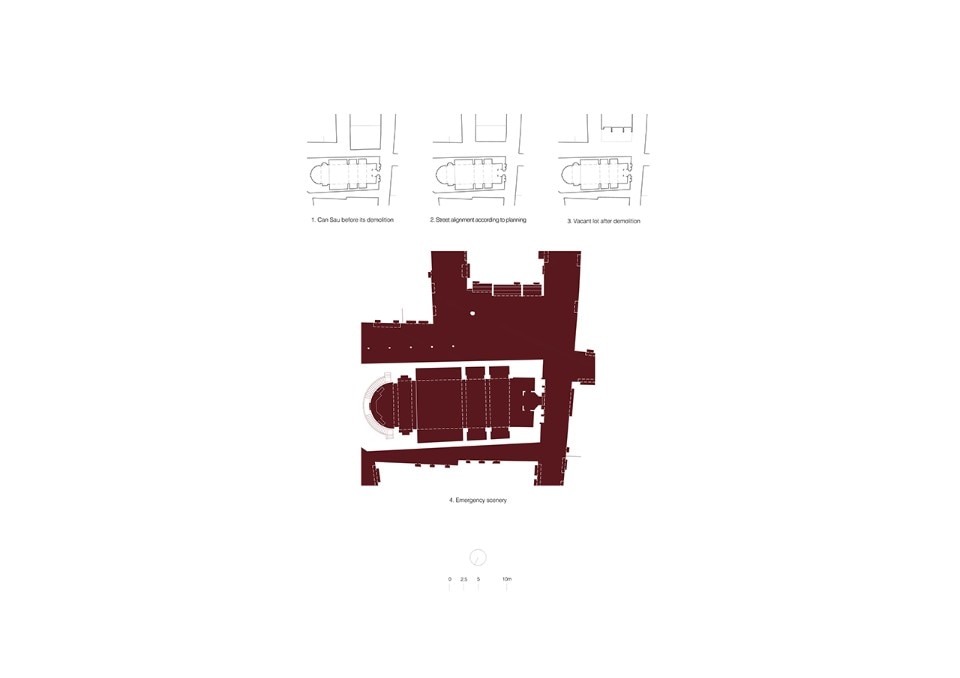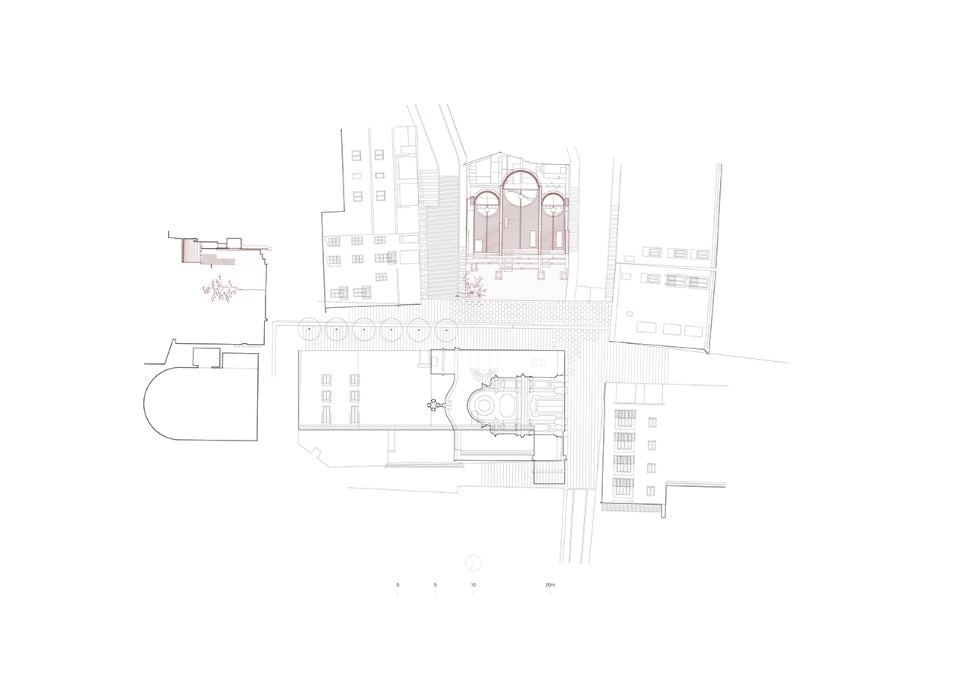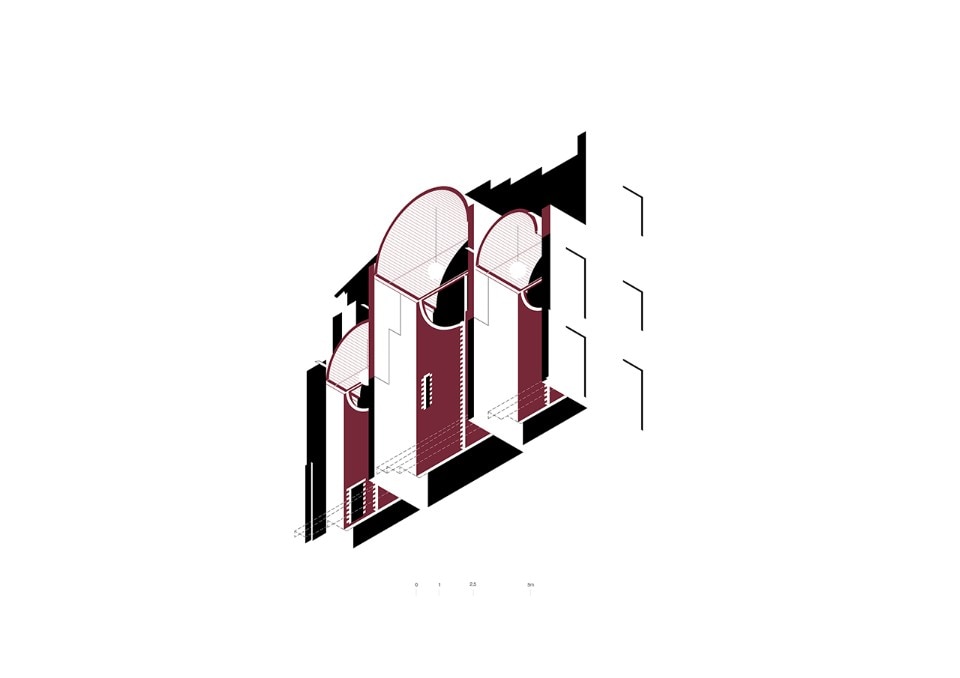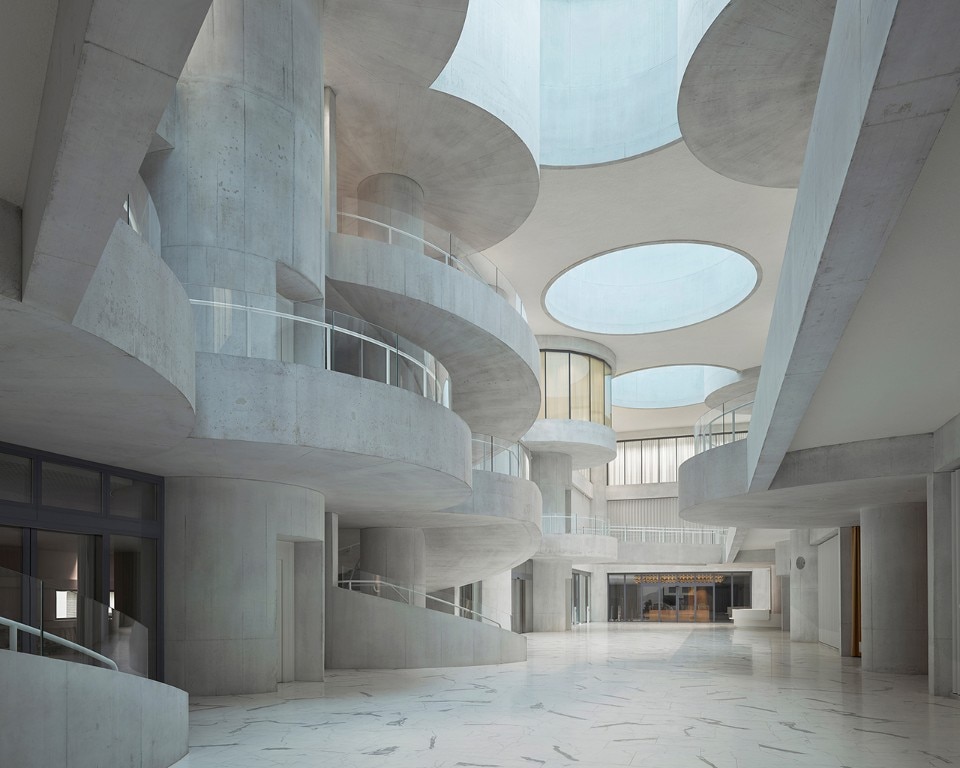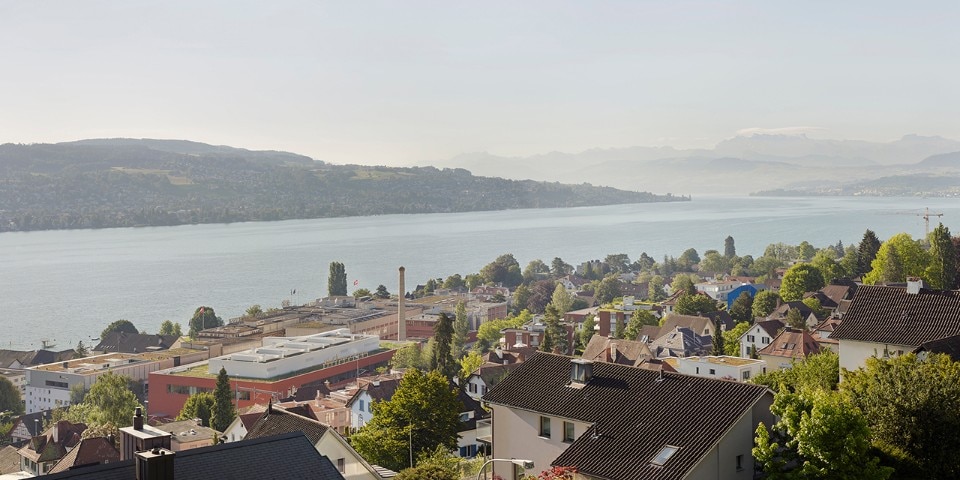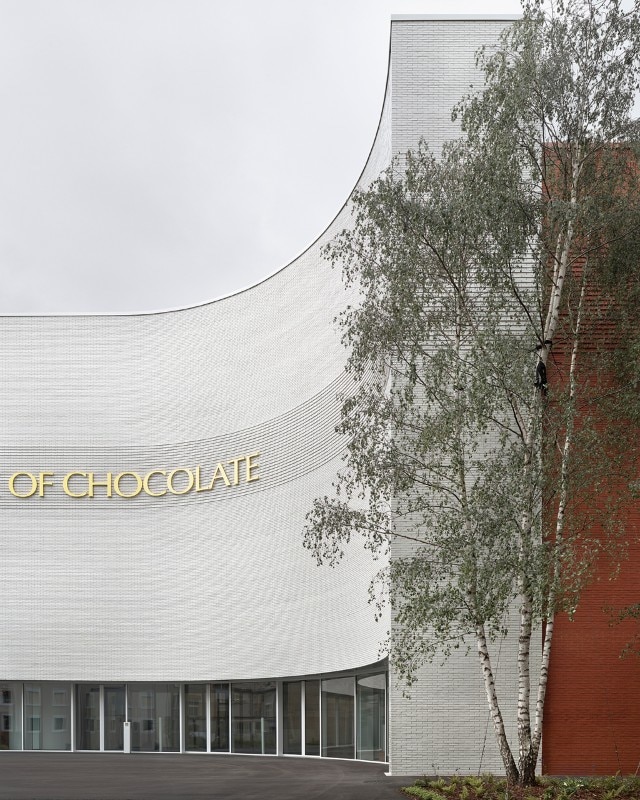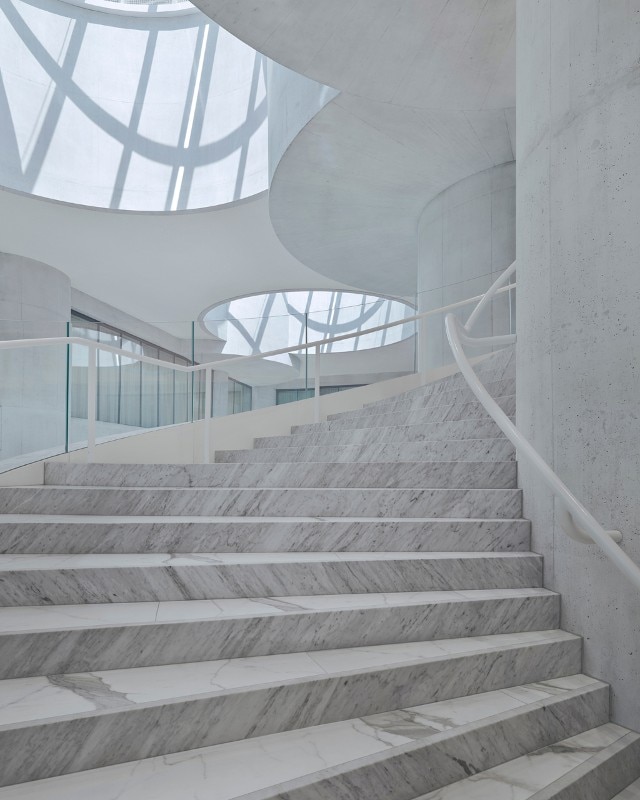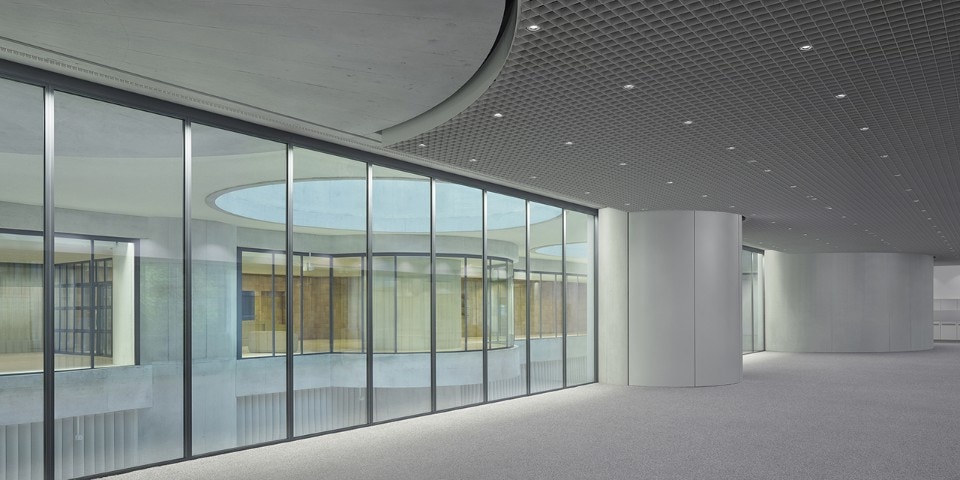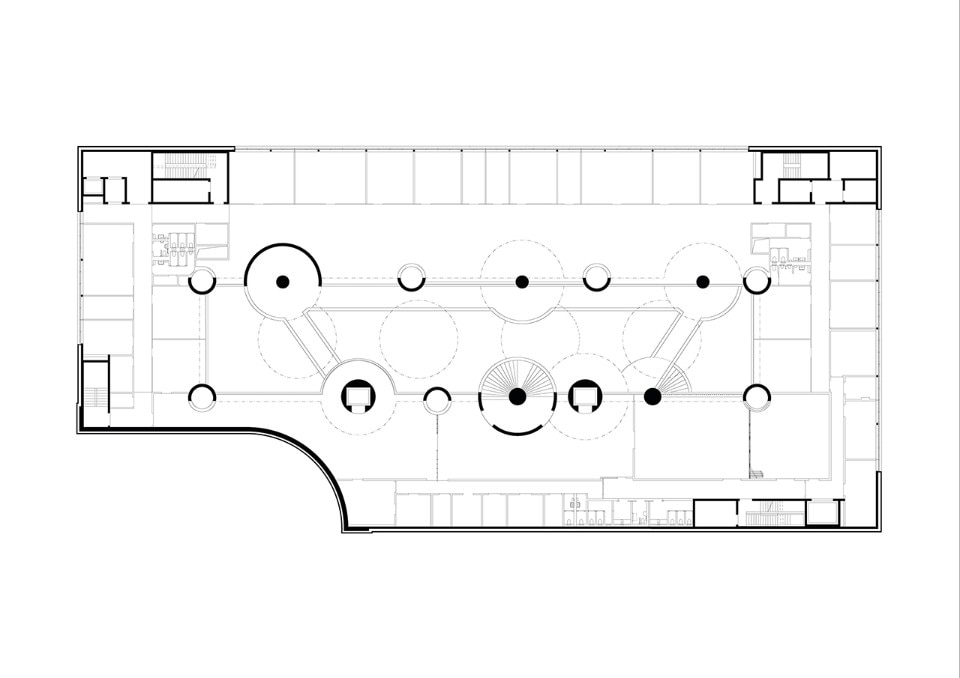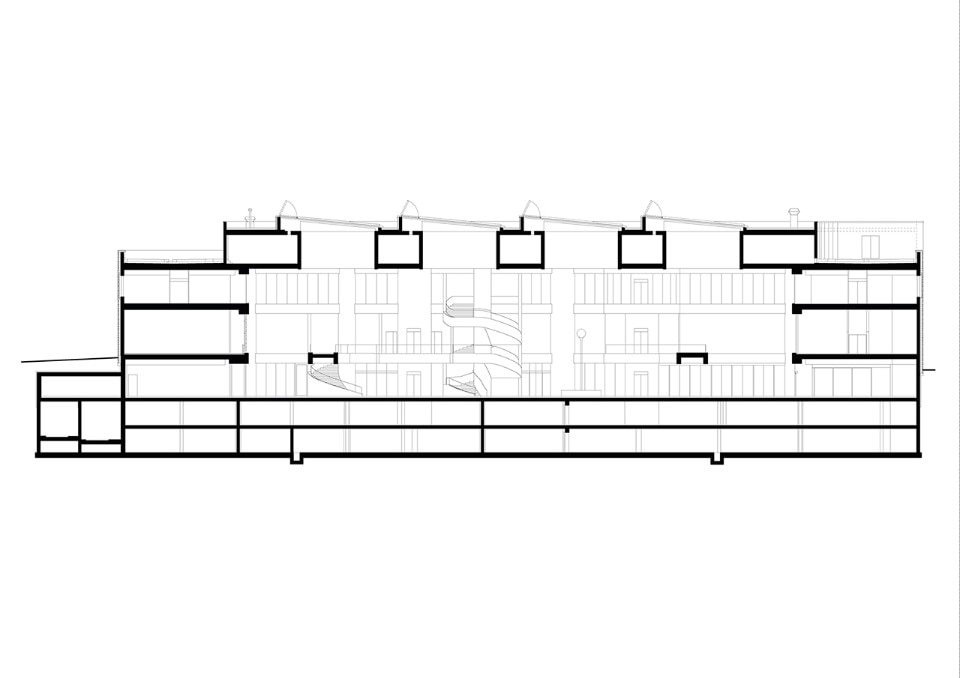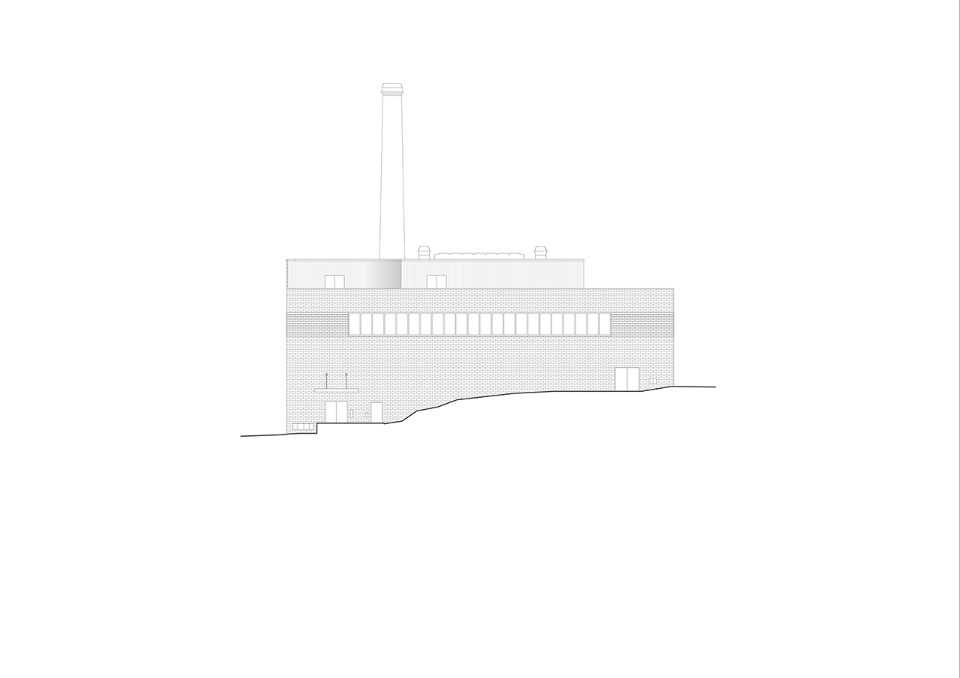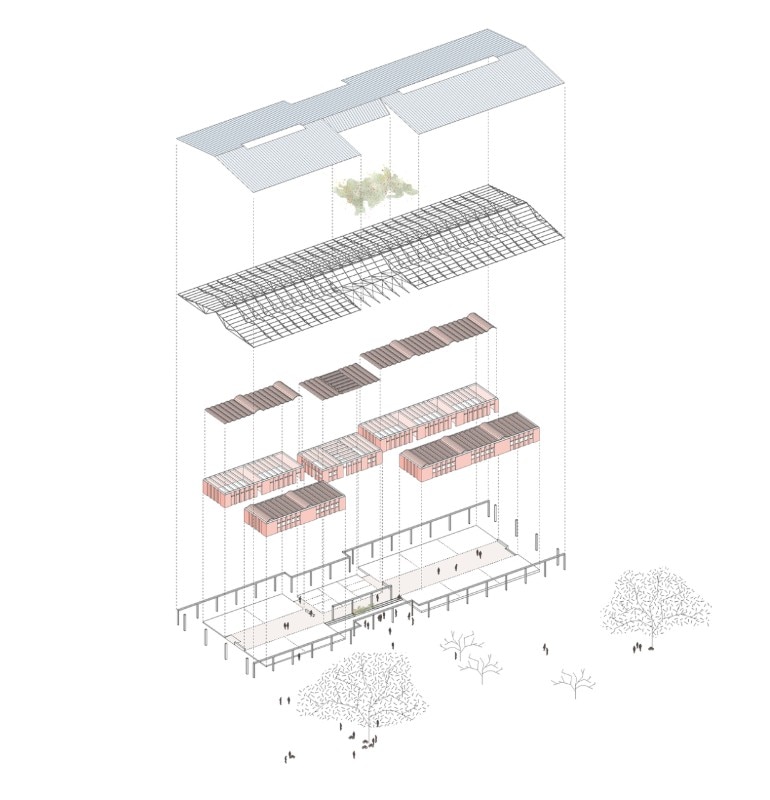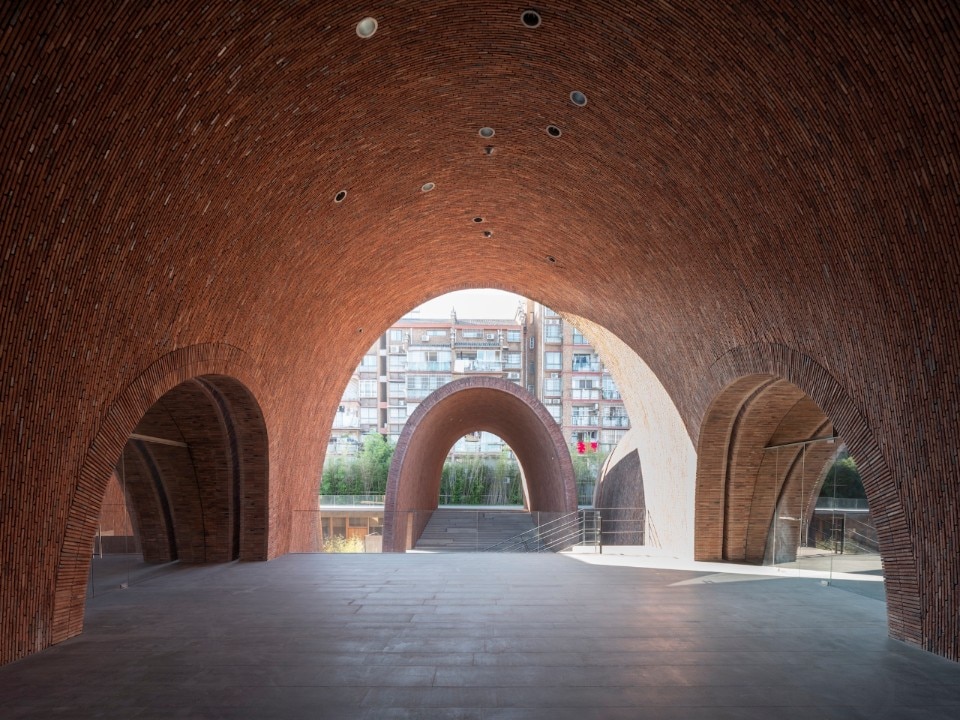2020 has been a year we will probably never forget, even if we are all looking forward for it to end. In the architecture sector, which deals with the production of something that is inevitably physical, working in building sites in a year of pandemic has been a challenge in many countries. Along with that, the design of buildings, which is always a collective effort, has been often carried out in an unprecedented way, due to social distancing measures and remote working.
As we know, architecture requires a certain amount of time to be transferred from the first sketch to the final result. For some of the buildings we chose to represent this year, it took more than ten years to be completed. Most (and probably all) of these buildings have been conceived much before the pandemic took place.
While we remain curious to see if and how the pandemic will affect architecture, we rounded up this selection starting from the perspective of what we wish to see more of in the coming years: buildings as tool for inclusion, material expressions interpreting the memory of a place, or aspects of particular cultures, and interventions reclaiming an urban presence for the public realm.
A crafted tower in Beirut by Lina Ghotmeh
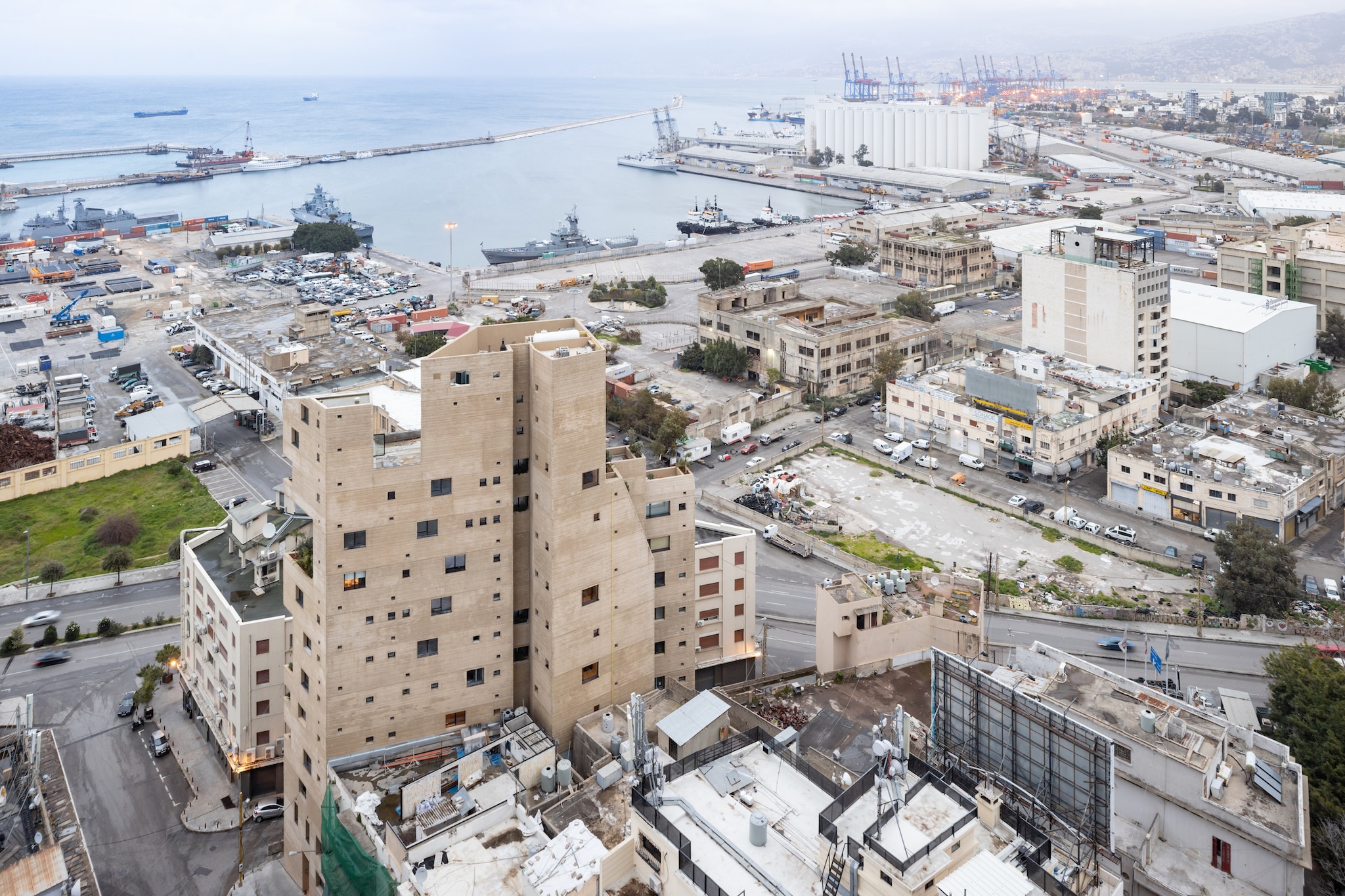
 View gallery
View gallery
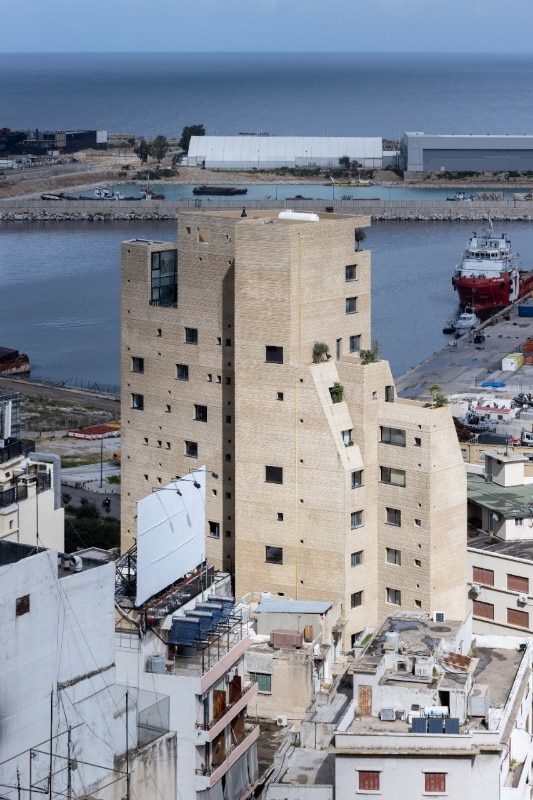
View of the building which has green terraces; the larger windows face north and the smaller ones face south.
Photo Iwan Baan.
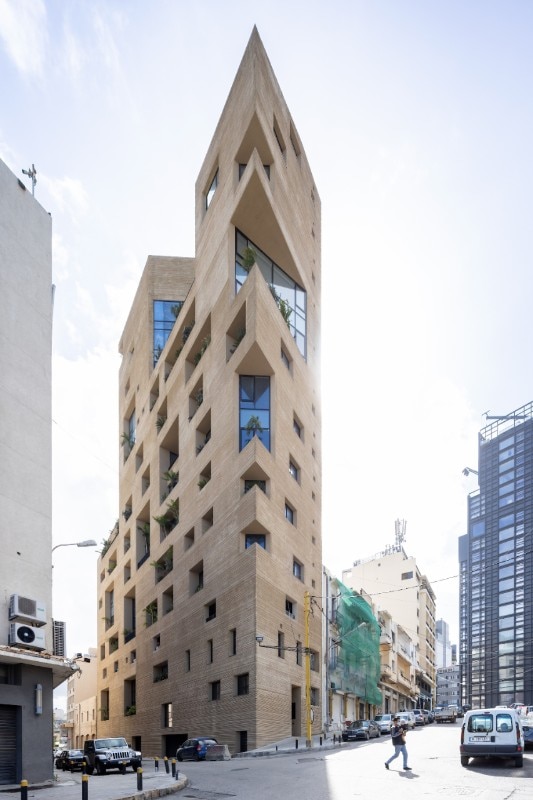
Detail of the building-ground connection of Stone Garden in the Marfaa district. Note the corner windows and green terraces.
Photo Iwan Baan.
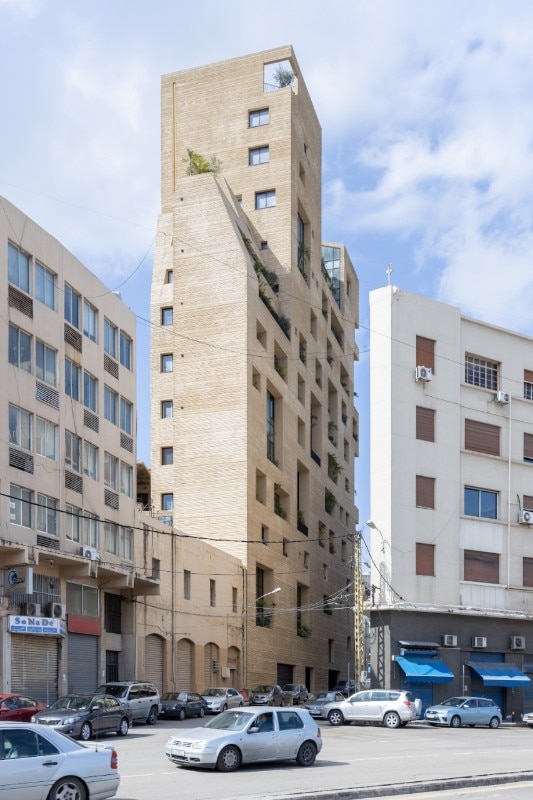
View of the building which has green terraces; the larger windows face north and the smaller ones face south.
Photo Iwan Baan.
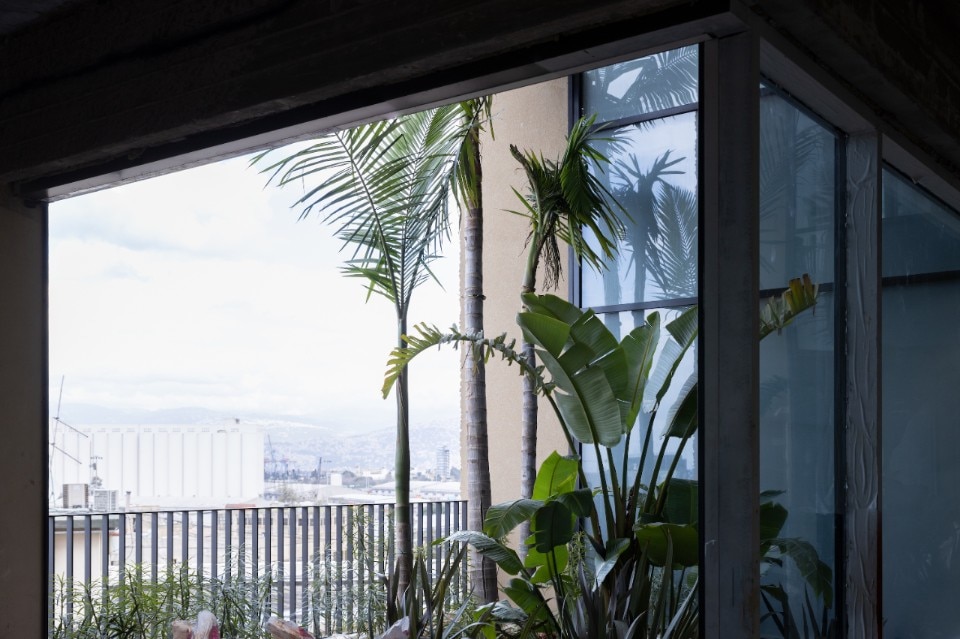
Detail of the corner planters scattered throughout the building; the building’s entrance lobby.
Photo Iwan Baan.
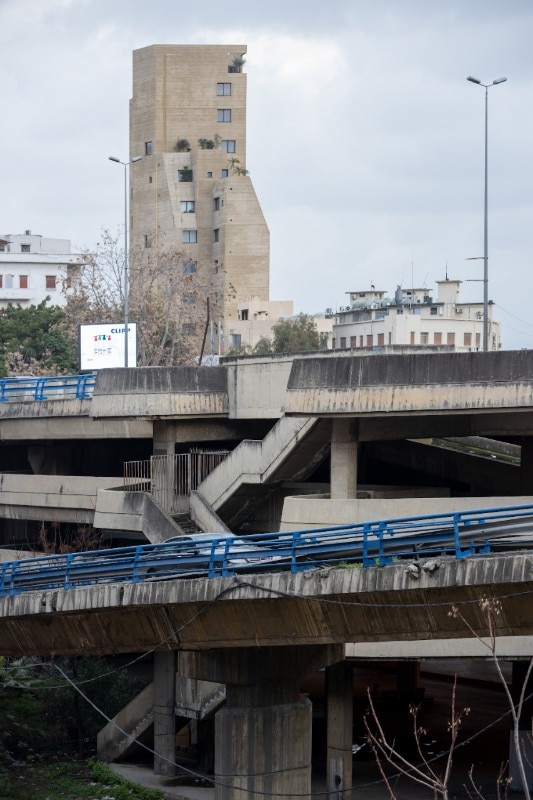
The building stands out against the infrastructure and port of Beirut, an area currently undergoing regeneration.
Photo Iwan Baan.
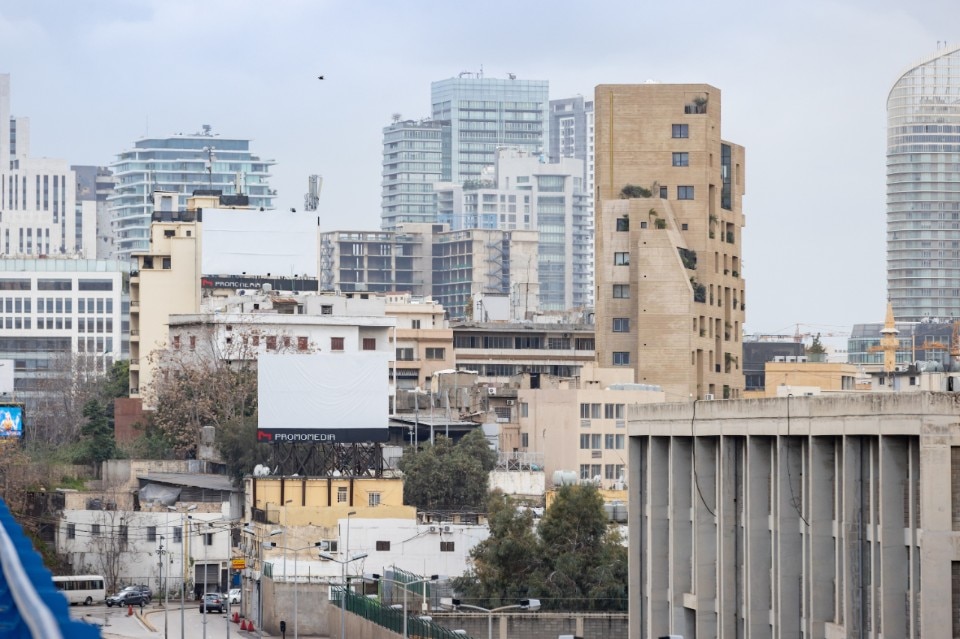
View of the building which has green terraces; the larger windows face north and the smaller ones face south.
Photo Iwan Baan.
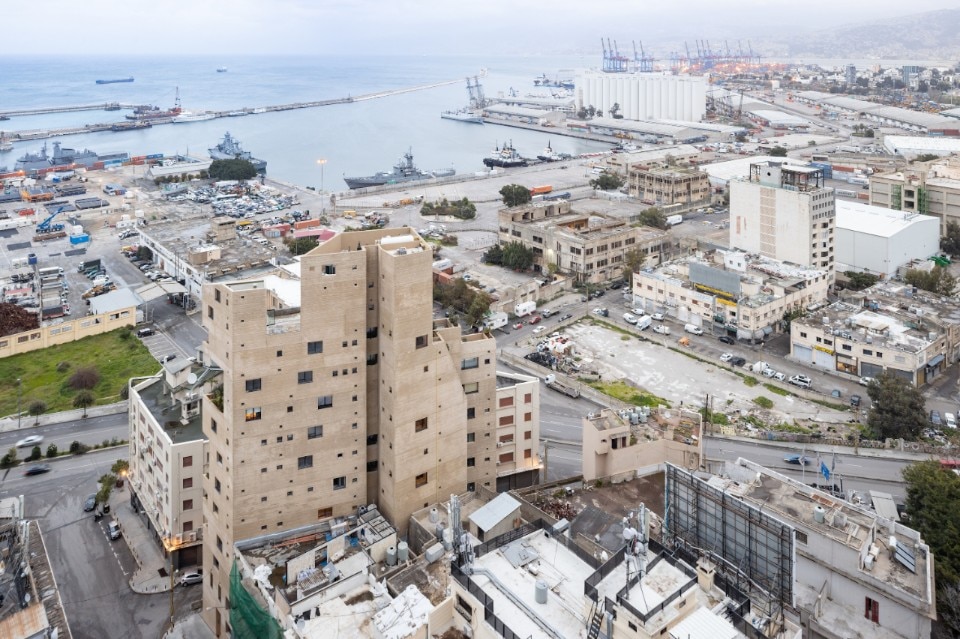
Bird’s eye view of the construction standing on the former site of the office of Pierre el Khoury, a well-known Lebanese architect.
Photo Iwan Baan.

View of the building which has green terraces; the larger windows face north and the smaller ones face south.
Photo Iwan Baan.

Detail of the building-ground connection of Stone Garden in the Marfaa district. Note the corner windows and green terraces.
Photo Iwan Baan.

View of the building which has green terraces; the larger windows face north and the smaller ones face south.
Photo Iwan Baan.

Detail of the corner planters scattered throughout the building; the building’s entrance lobby.
Photo Iwan Baan.

The building stands out against the infrastructure and port of Beirut, an area currently undergoing regeneration.
Photo Iwan Baan.

View of the building which has green terraces; the larger windows face north and the smaller ones face south.
Photo Iwan Baan.

Bird’s eye view of the construction standing on the former site of the office of Pierre el Khoury, a well-known Lebanese architect.
Photo Iwan Baan.
Paris-based and Beirut-born architect Lina Ghotmeh, introduced us to the Stone Garden mixed-used tower back in 2019, when the building was about to be delivered. In the afternoon of 4 August 2020, when a disastrous explosion broke at the port of the city of Beirut, caused major damages in the area and left an estimated 300,000 people homeless. The tower, a few kilometers away from the site, was damaged too. As Lina Ghotmeh told Domus, “Stone Garden is a constant reminder of what Beirut lived during the Civil War of the 1990s, it is an invitation not to repeat history but to cherish life and cohesion”. This important message has been even more valid after the tragic event.
Read the full article here.
Steven Holl’s Kinder Building in Houston
.jpg)
 View gallery
View gallery
The expansion of the Museum of Fine Arts, Houston, one of the most important and large institutions of this kind in the States, has been inaugurated on November 21st. The Kinder Building, along with the Glassell School of Art, has brought a new dimension to the historical campus. In the occasion of the opening, we discussed the project with Steven Holl and Chris McVoy, the office’s senior partner, that told us about the genesis and challenges of a building that represents 20 years of experimentation on the typology of the museum.
Read the full article here.
Álvaro Siza and the urban dimension of the collective housing
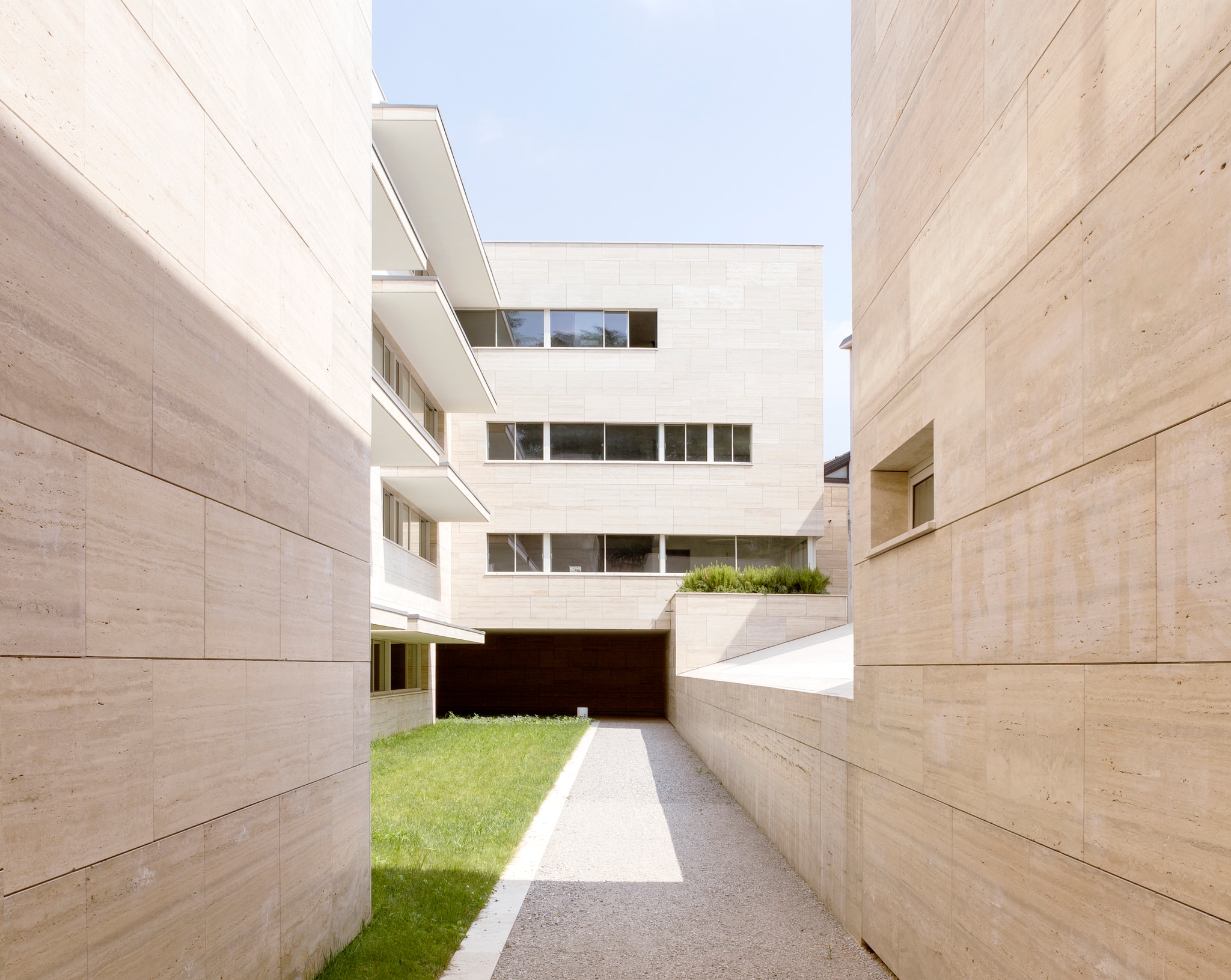
 View gallery
View gallery
This year we had a preview visit to the second completed work of the Portuguese master in Italy, designed with COR Arquitectos. The story of the visit to the site in Gallarate, Milan, once again confirmed us Siza’s ability to mend different urban fabrics, to renew typologies, and to solve complexity within a rather small plot.
Read the full article here.
Sophie Delhay’s twist on collective dwellings
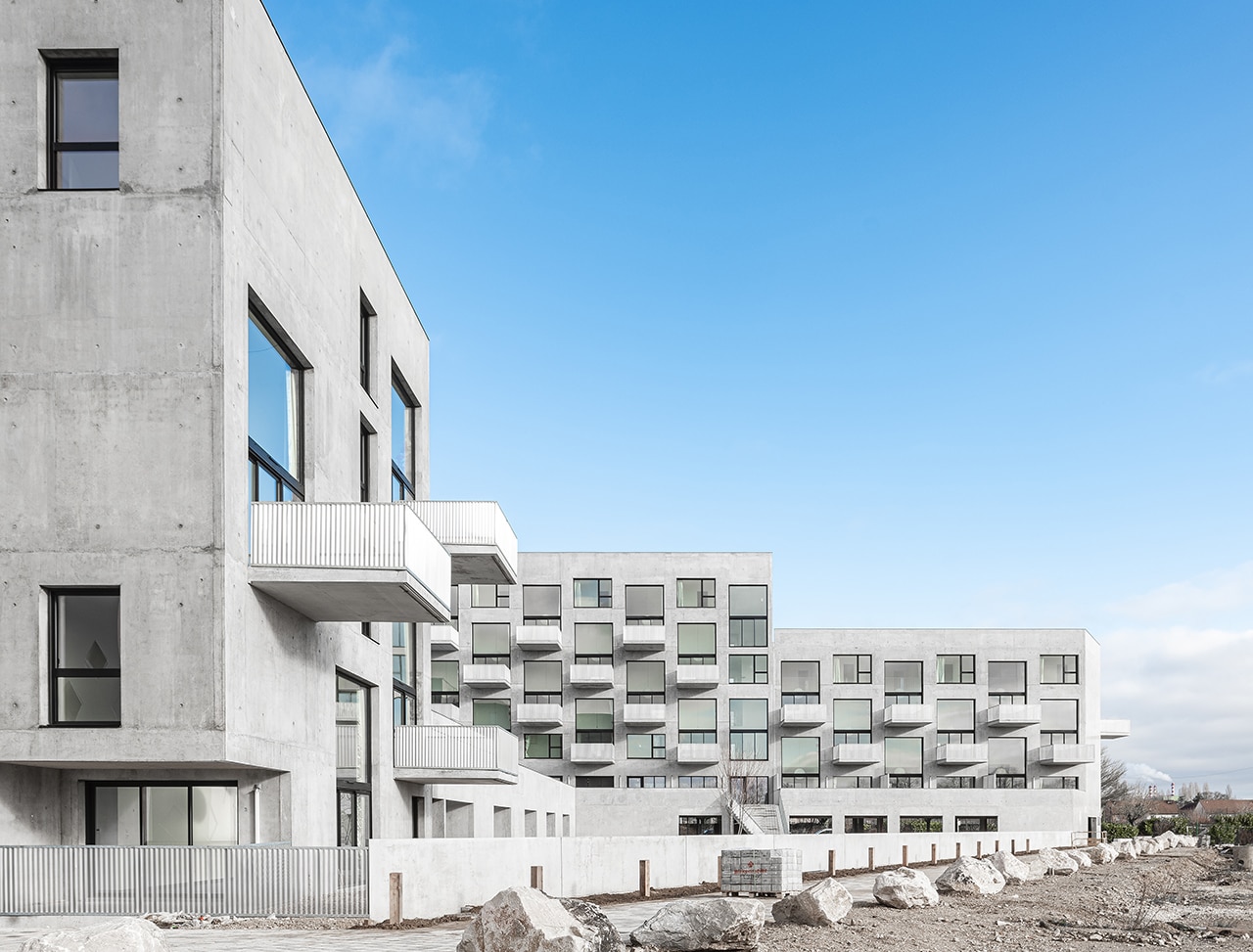
 View gallery
View gallery
Paris-based architect Sophie Delhay continues the longstanding French tradition for collective dwellings with a 32 housing units complex in Dijon, maximizing the natural light and the variety in the layout of the units. In this project, the domestic space becomes, in name and in fact, monumental, with the séjour-cathédrale, the “cathedral living room,” as the architect herself described it.
Read the full article here.
Anna Heringer, building as a tool for inclusion
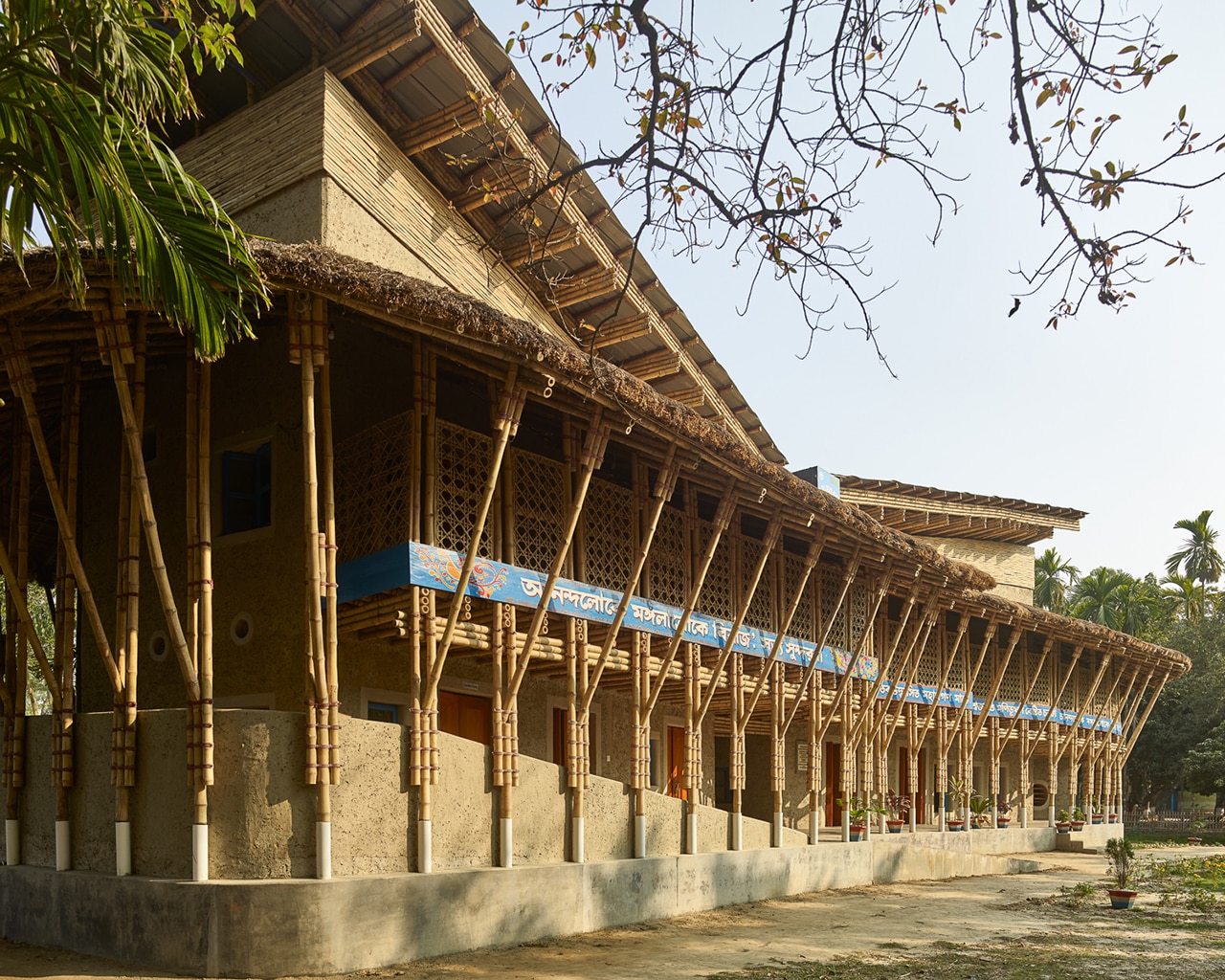
 View gallery
View gallery
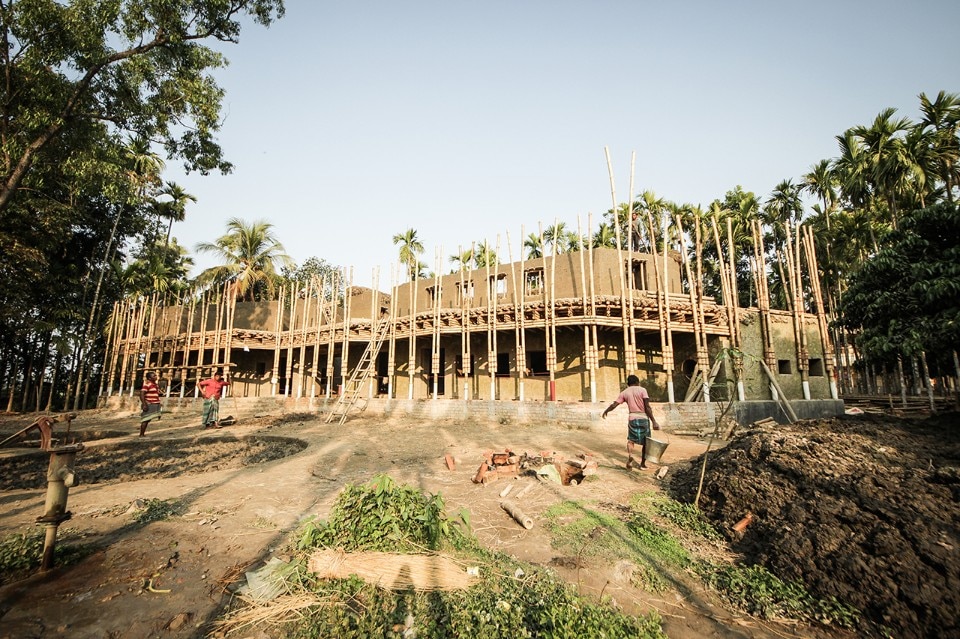
Anna Heringer, Anandaloy Building, Rudrapur, Bangladesh, 2019. Working site. Photo © Stefano Mori
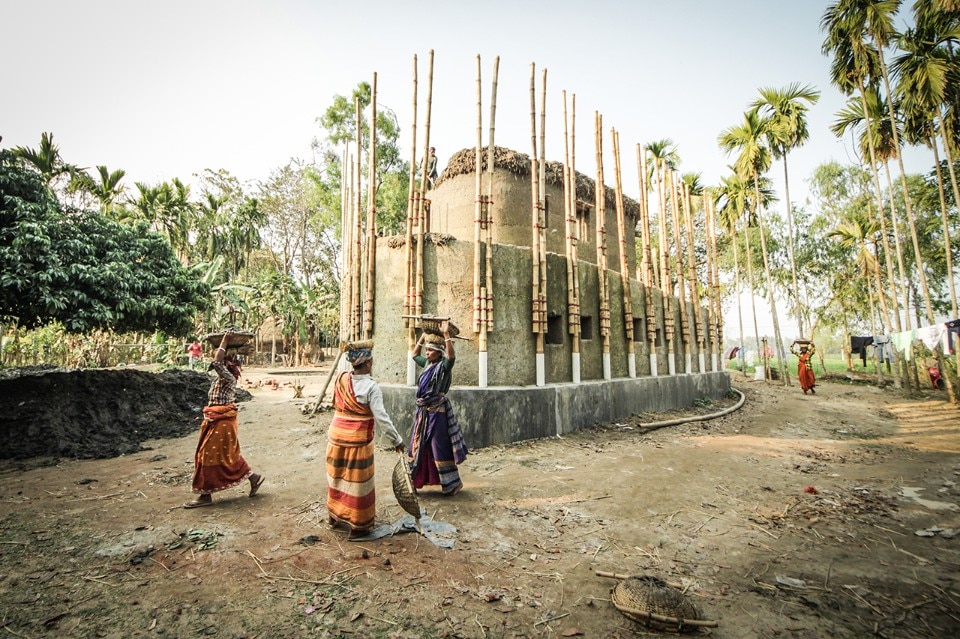
Anna Heringer, Anandaloy Building, Rudrapur, Bangladesh, 2019. Working site. Photo © Stefano Mori
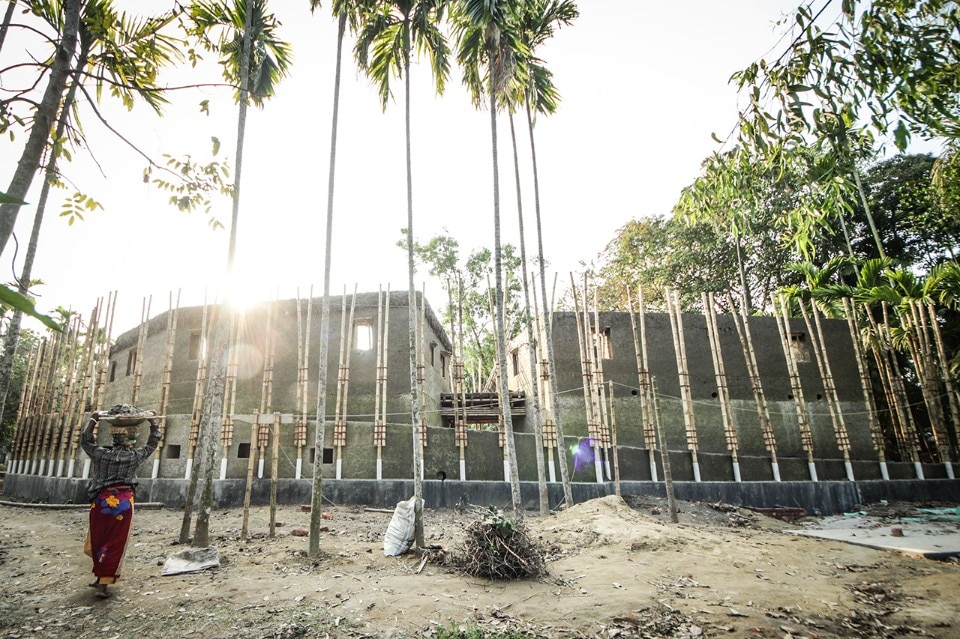
Anna Heringer, Anandaloy Building, Rudrapur, Bangladesh, 2019. Working site. Photo © Stefano Mori
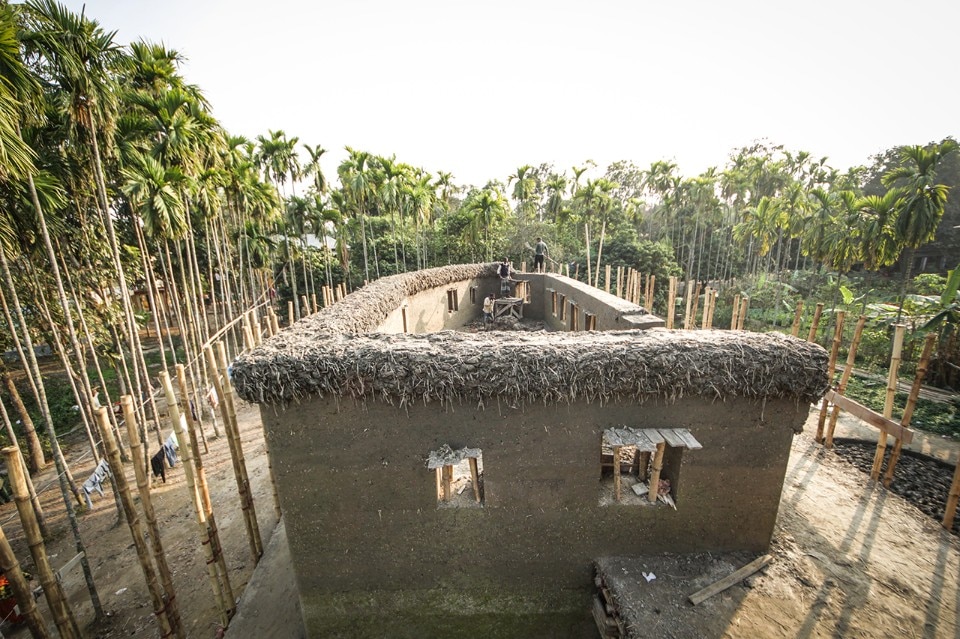
Anna Heringer, Anandaloy Building, Rudrapur, Bangladesh, 2019. Working site. Photo © Stefano Mori
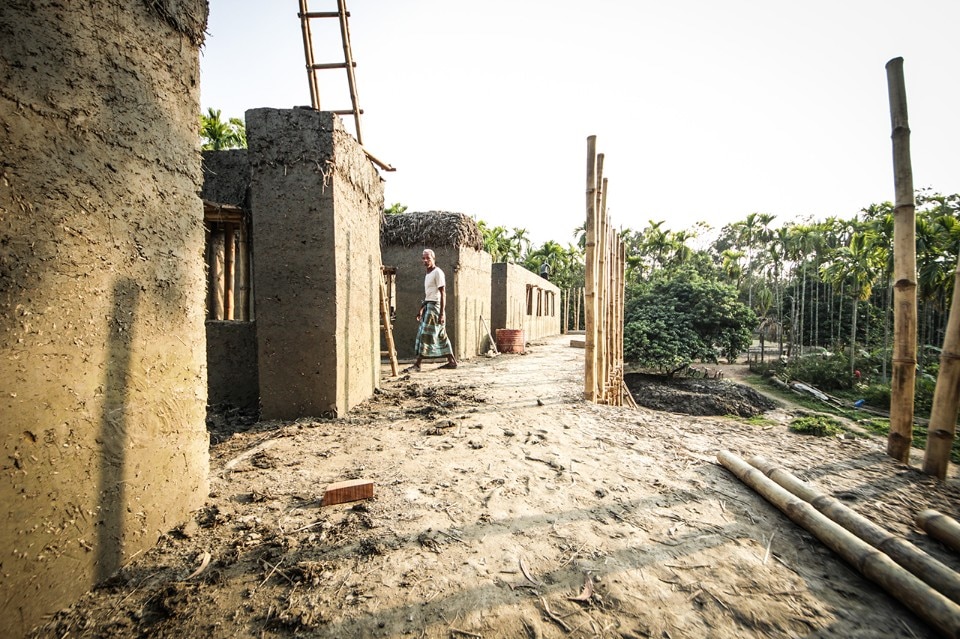
Anna Heringer, Anandaloy Building, Rudrapur, Bangladesh, 2019. Working site. Photo © Stefano Mori
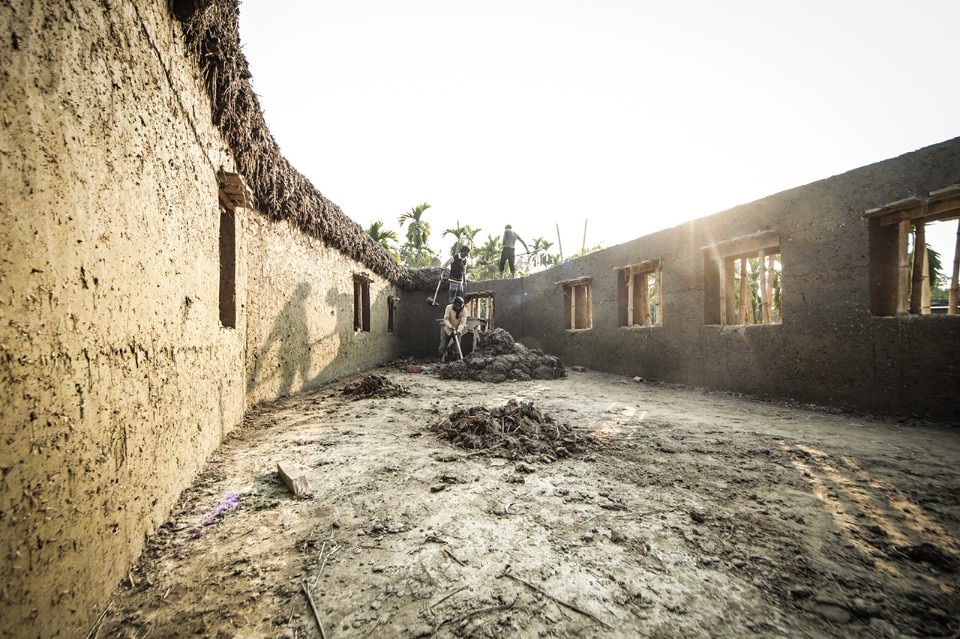
Anna Heringer, Anandaloy Building, Rudrapur, Bangladesh, 2019. Working site. Photo © Stefano Mori
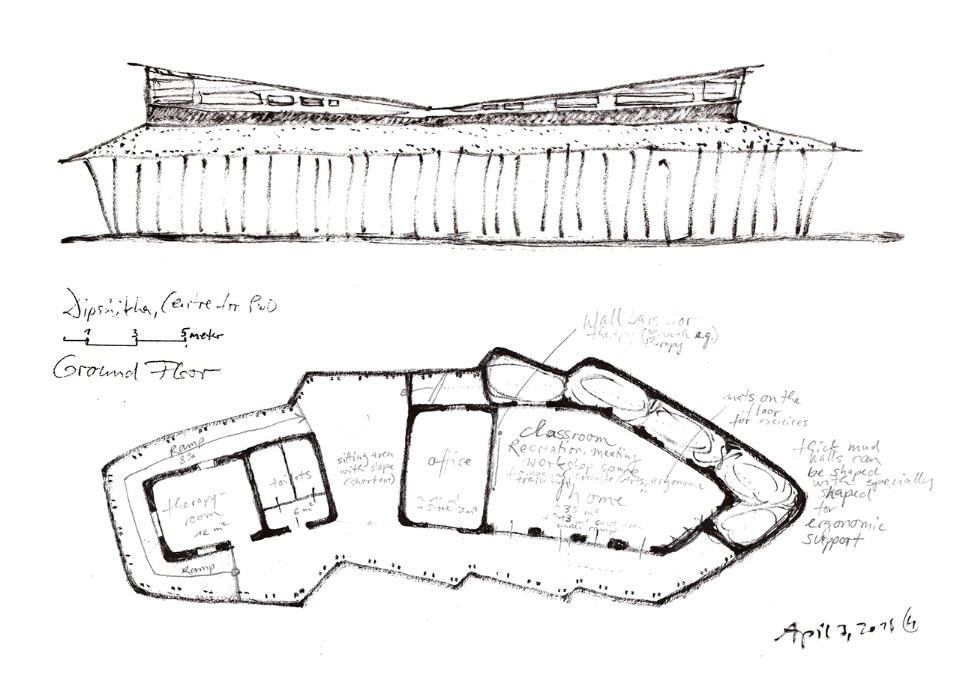
Anna Heringer, Anandaloy Building, plan and elevation (sketch). Drawing © Studio Anna Heringer
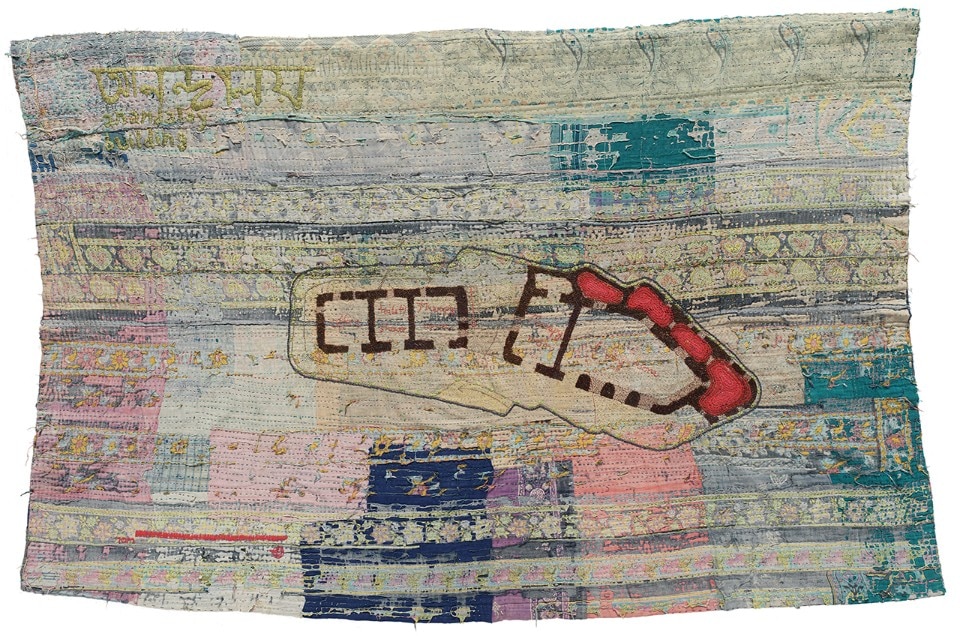
Anna Heringer, Anandaloy Building, ground floor plan (embroidery). Photo © Günter König

Anna Heringer, Anandaloy Building, Rudrapur, Bangladesh, 2019. Working site. Photo © Stefano Mori

Anna Heringer, Anandaloy Building, Rudrapur, Bangladesh, 2019. Working site. Photo © Stefano Mori

Anna Heringer, Anandaloy Building, Rudrapur, Bangladesh, 2019. Working site. Photo © Stefano Mori

Anna Heringer, Anandaloy Building, Rudrapur, Bangladesh, 2019. Working site. Photo © Stefano Mori

Anna Heringer, Anandaloy Building, Rudrapur, Bangladesh, 2019. Working site. Photo © Stefano Mori

Anna Heringer, Anandaloy Building, Rudrapur, Bangladesh, 2019. Working site. Photo © Stefano Mori

Anna Heringer, Anandaloy Building, plan and elevation (sketch). Drawing © Studio Anna Heringer

Anna Heringer, Anandaloy Building, ground floor plan (embroidery). Photo © Günter König
The Anandaloy center is a milestone of almost two decades of reseach engaged by Studio Anna Heringer on rammed earth and its implications as a construction material. Moreover, for this center for people with disabilities, Heringer suggested the integration of the program with the working spaces of Dipdii Textile, a textile laboratory for Rudrapur’s women, activated with Veronika Lang and the NGO Dipshikha. Both the material result and the combination of the two functions, make us want to remember this ethos-driven project in the path towards a more inclusive economic and socio-cultural backdrop for architecture.
Read the full article here.
Refined graftings in Museum de Lakenhal
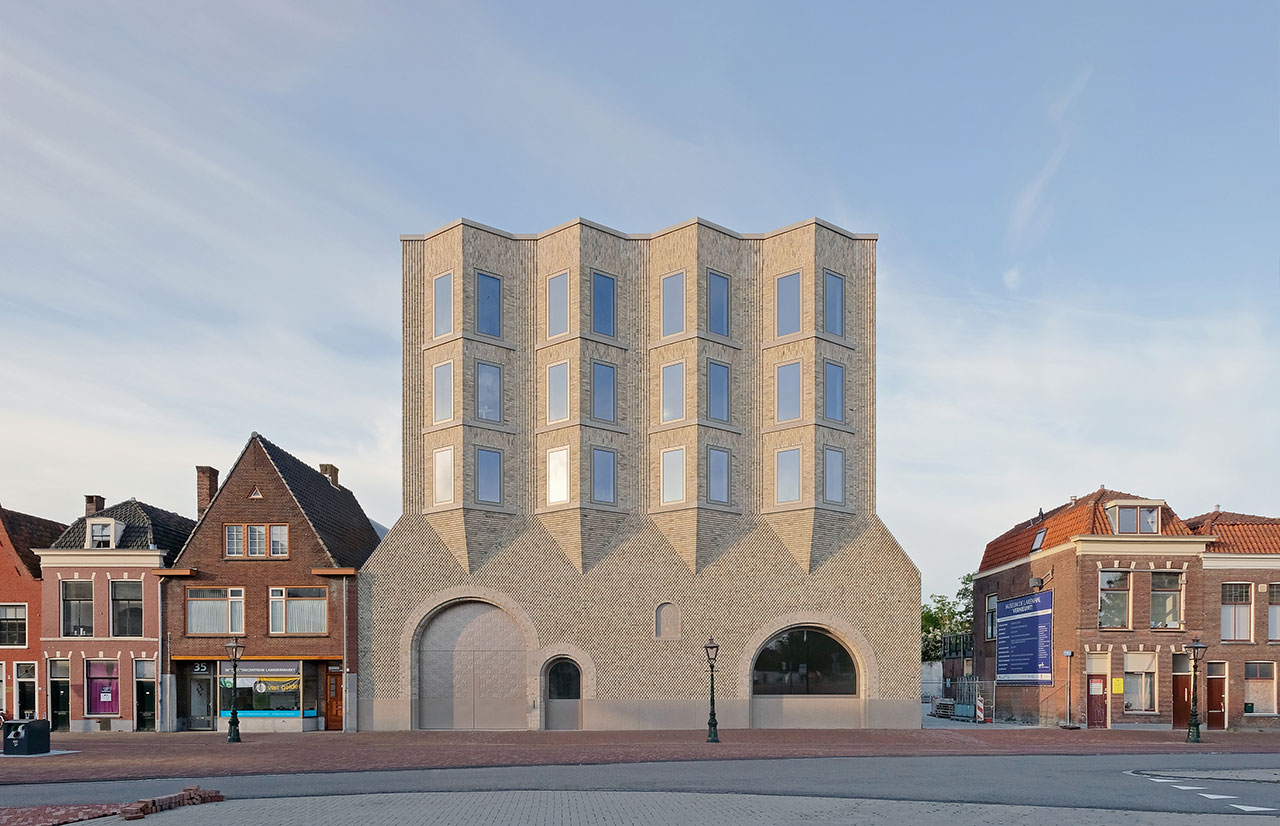
 View gallery
View gallery
The expansion and restoration of the Museum de Lakenhal historic headquarters pay tribute to the textile tradition of the Dutch city of Leiden. As a result of the collaboration between Happel Cornelisse Verhoeven and Julian Harrap Architects, the project integrates the urban block with refined graftings and additions, drawing inspiration from the traditional buildings of the city. On the edge between classicism and abstraction, the project provides a striking formal response to the brief.
Read the full article here.
An “emergency scenery” in Catalonia

 View gallery
View gallery
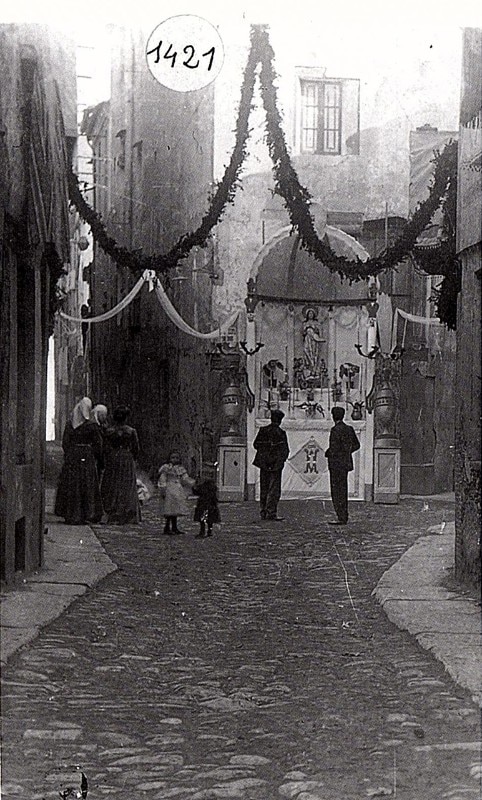
Historic image of the project site. Photo © Esteve Moner, 1904. Arxiu Comarcal de la Garrotxa. Collecció d’imatges de Josep Ma Dou Camps
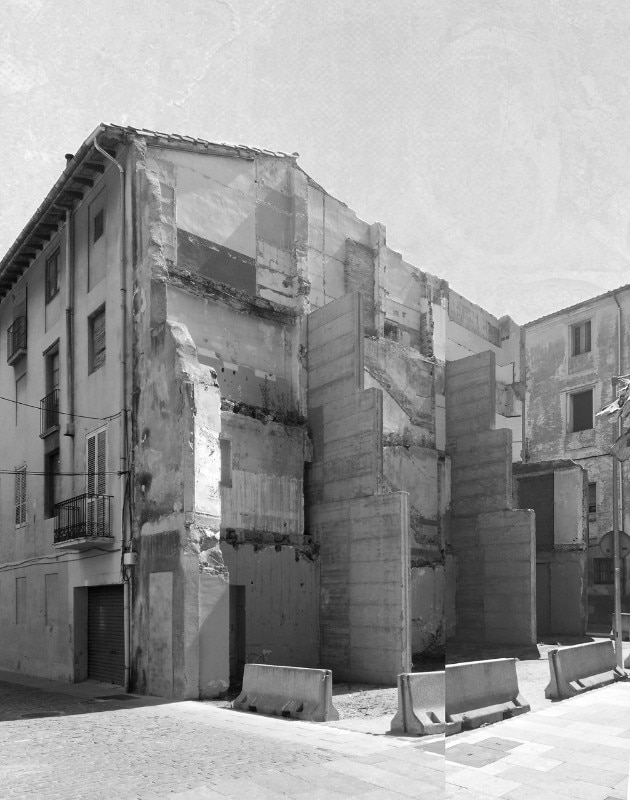
The project site before unparelld'arquitectes' intervention. Photo © unparelld'arquitectes

Historic image of the project site. Photo © Esteve Moner, 1904. Arxiu Comarcal de la Garrotxa. Collecció d’imatges de Josep Ma Dou Camps

The project site before unparelld'arquitectes' intervention. Photo © unparelld'arquitectes
Born out of a punctual intervention of de-densification that opened a void in the urban fabric, Can Sau by Unparelld'arquitectes is a small yet surprising intervention in Olot, Catalonia. This project reclaims a new civic dimension for the small town while envisioning new possibilities of intervention by injecting the new in the presence of historical heritage.
Read the full article here.
The world’s biggest chocolate museum by Christ & Gantenbein
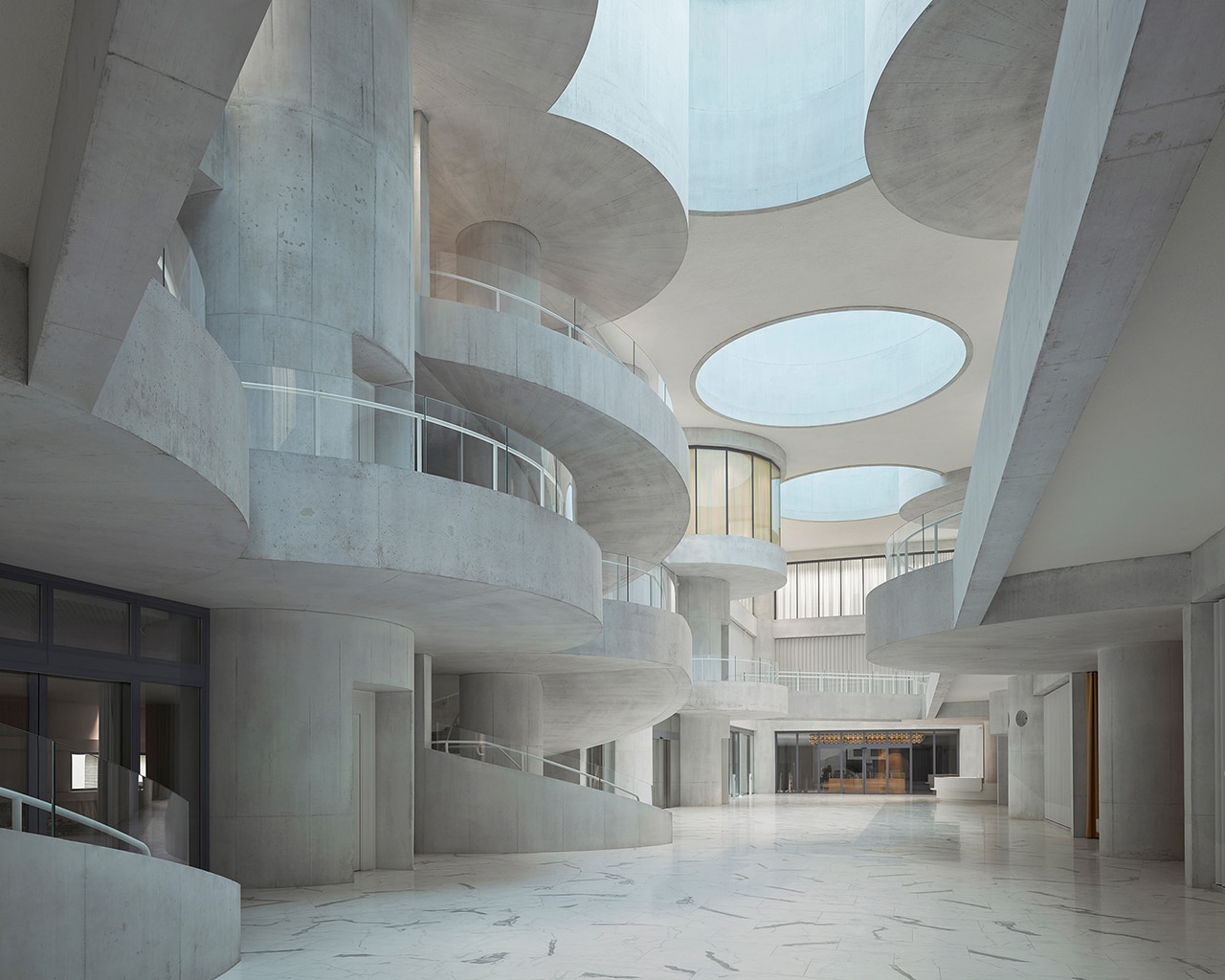
 View gallery
View gallery
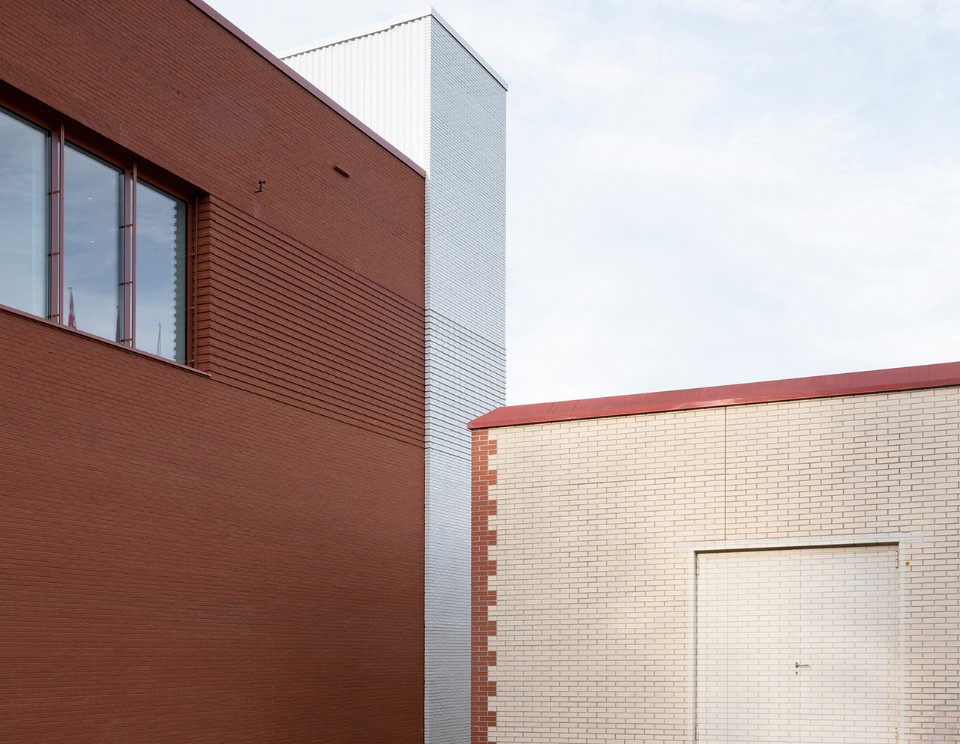
Christ & Gantenbein, Lindt Home of Chocolate, Kilchberg, Switzerland, 2020. Photo © Stefano Graziani
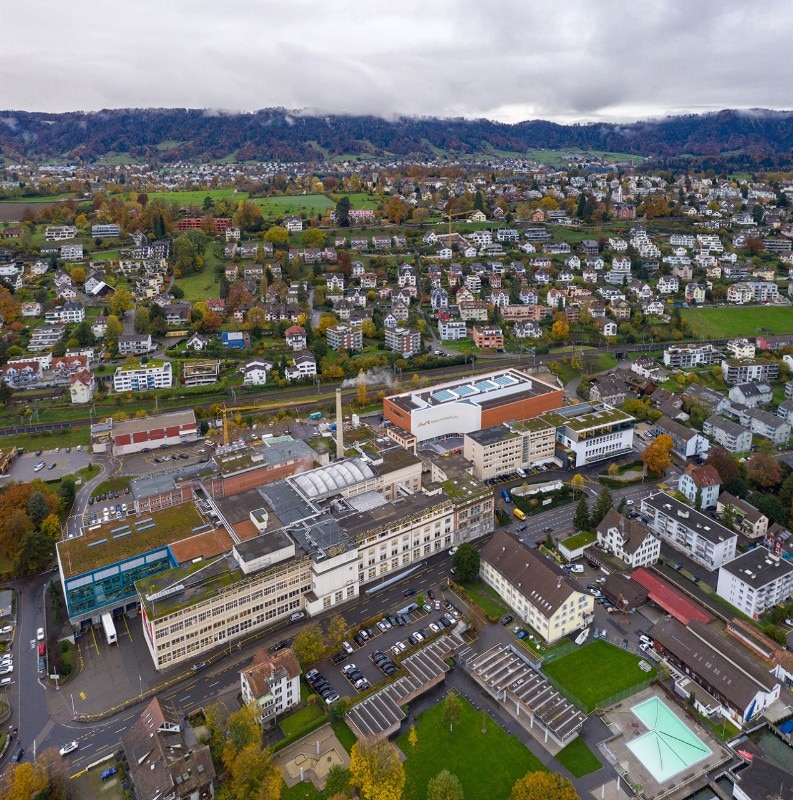
Christ & Gantenbein, Lindt Home of Chocolate, Kilchberg, Switzerland, 2020. Photo © Raphael Alu

Christ & Gantenbein, Lindt Home of Chocolate, Kilchberg, Switzerland, 2020. Photo © Stefano Graziani

Christ & Gantenbein, Lindt Home of Chocolate, Kilchberg, Switzerland, 2020. Photo © Raphael Alu
The headquarters of Lindt & Sprüngli is a complex of buildings which have stratified over time, now welcoming a contemporary addition of the finest quality. The Lindt Home of Chocolate is designed by Christ & Gantenbein as a company museum open to the public and a research center, and is now the world’s biggest chocolate museum. Its brick facade and white core define a spatial and formal result that, in the words of Emanuel Christ, “bridge the substantial gap between a commercial ambience and classical grandeur”.
Read the full article here.
A school complex and civic centre in Burkina Faso
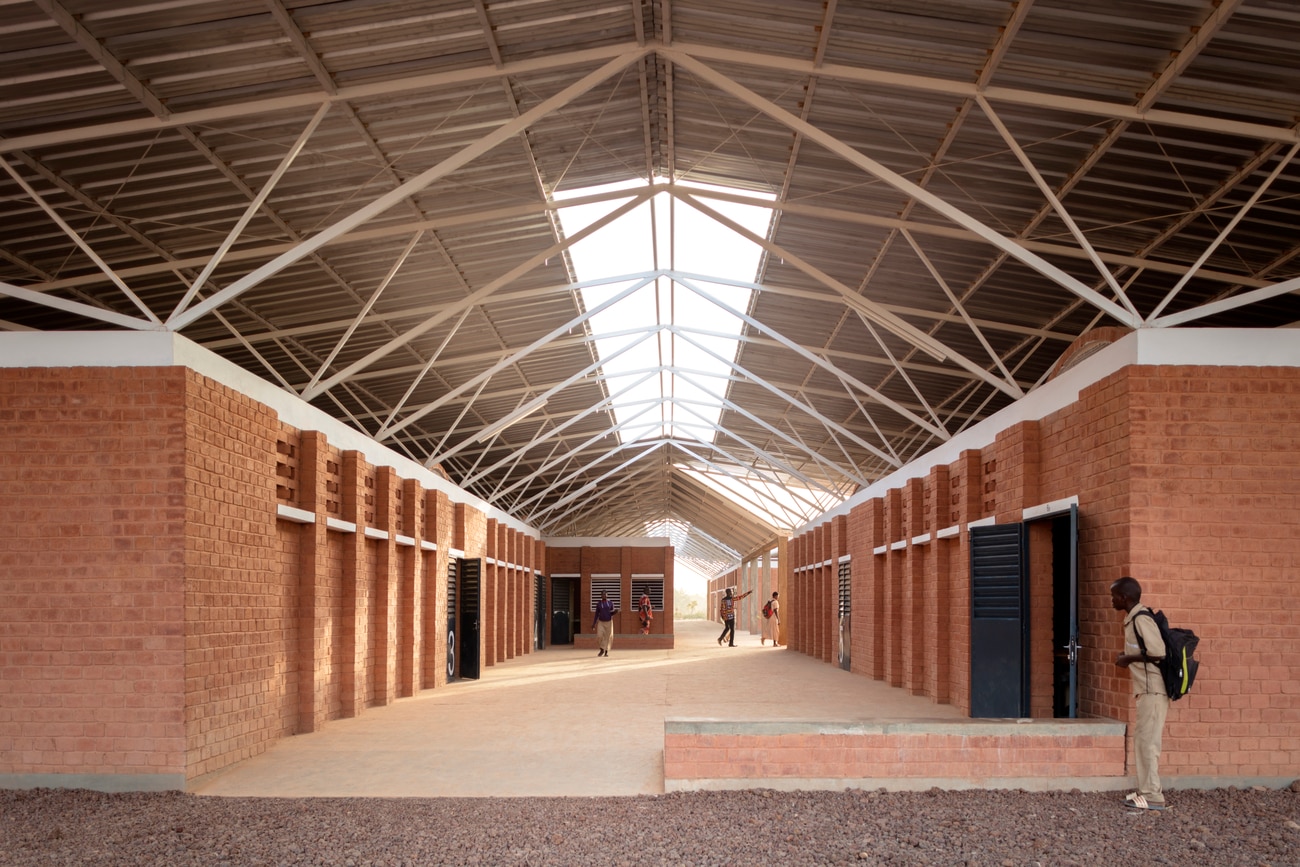
 View gallery
View gallery
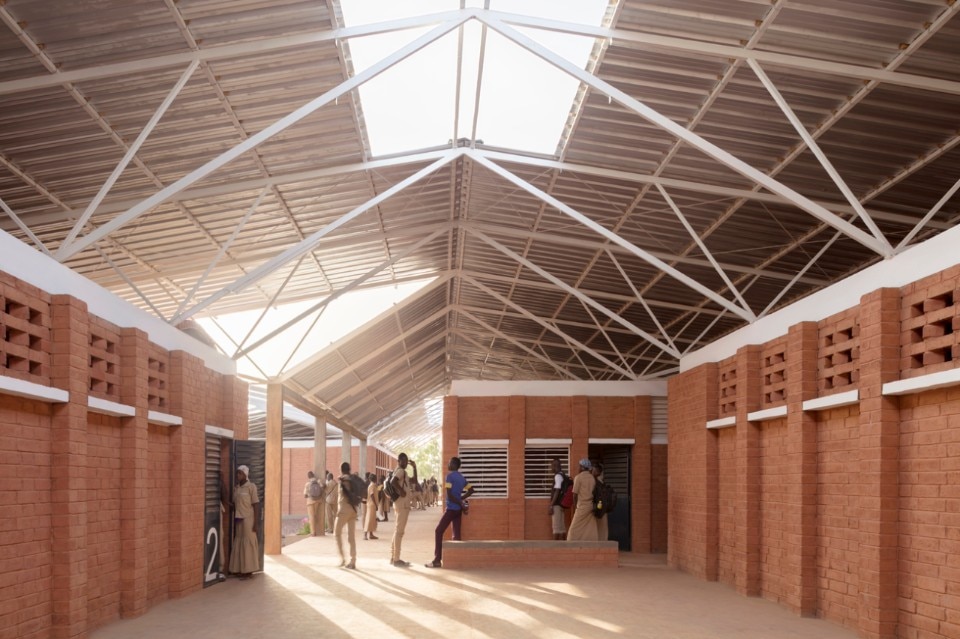
Bangre Veenem School Complex, Albertfaus Architecture, Koudougou, Burkina faso, 2019
Photo Milena Villalba
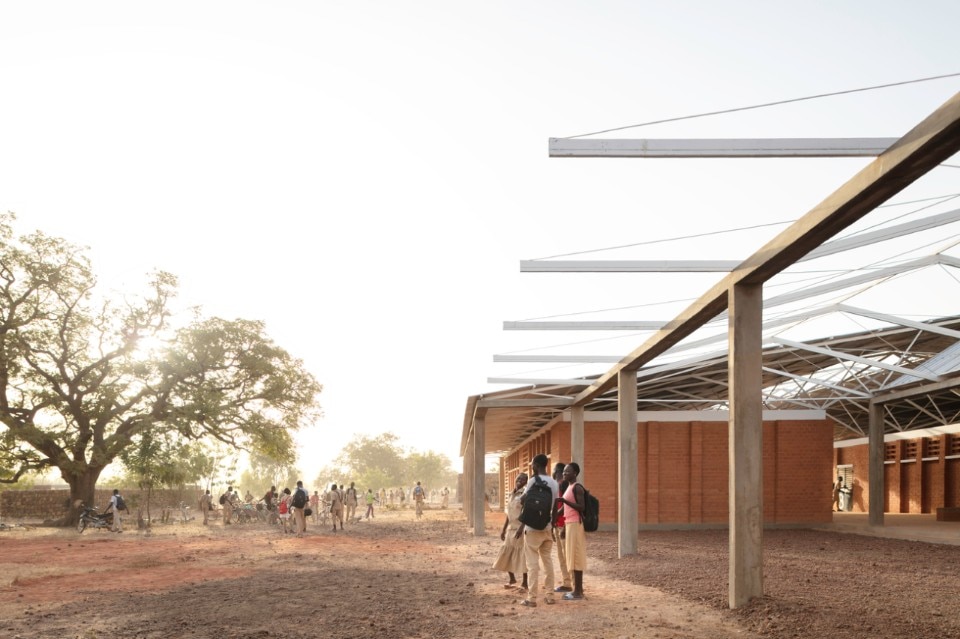
Bangre Veenem School Complex, Albertfaus Architecture, Koudougou, Burkina faso, 2019
Photo Milena Villalba
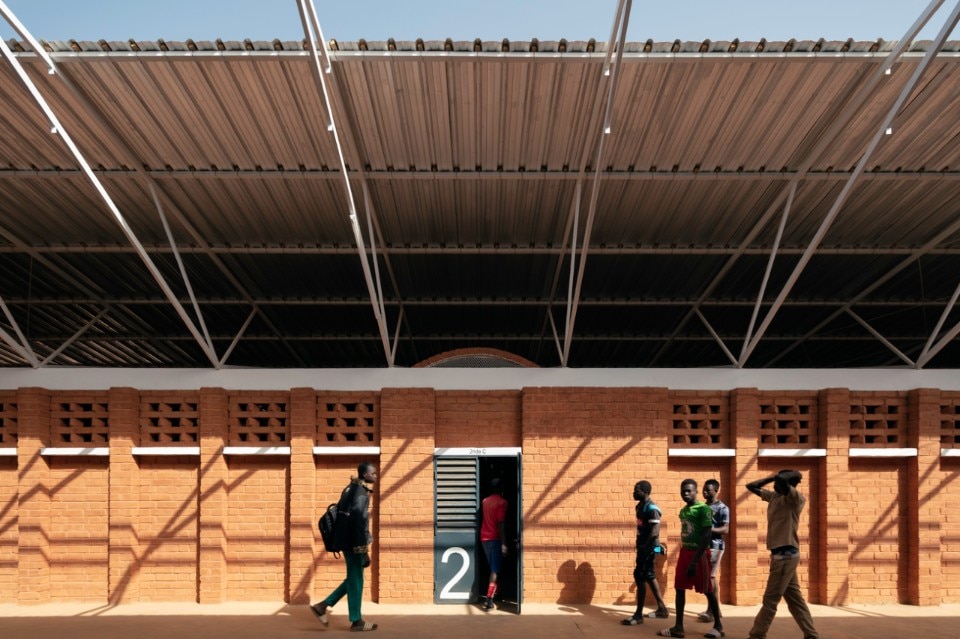
Bangre Veenem School Complex, Albertfaus Architecture, Koudougou, Burkina faso, 2019
Photo Milena Villalba
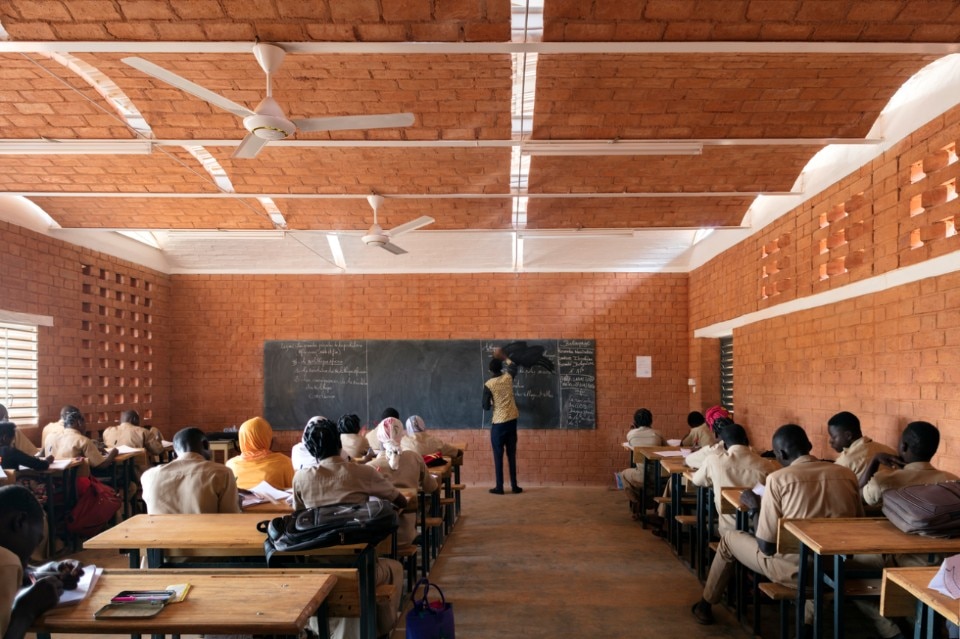
Bangre Veenem School Complex, Albertfaus Architecture, Koudougou, Burkina faso, 2019
Photo Milena Villalba
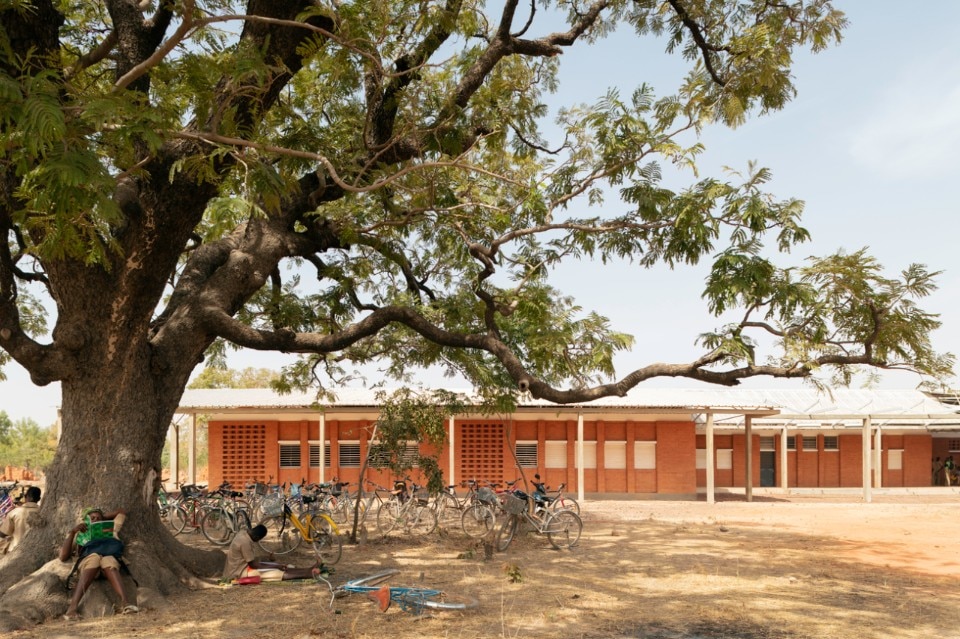
Bangre Veenem School Complex, Albertfaus Architecture, Koudougou, Burkina faso, 2019
Photo Milena Villalba
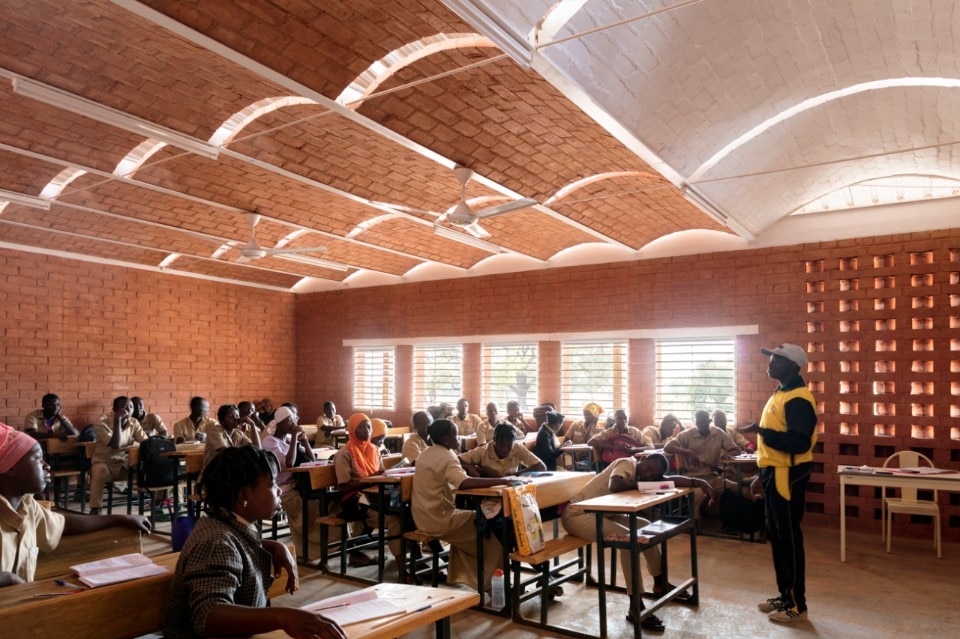
Bangre Veenem School Complex, Albertfaus Architecture, Koudougou, Burkina faso, 2019
Photo Milena Villalba
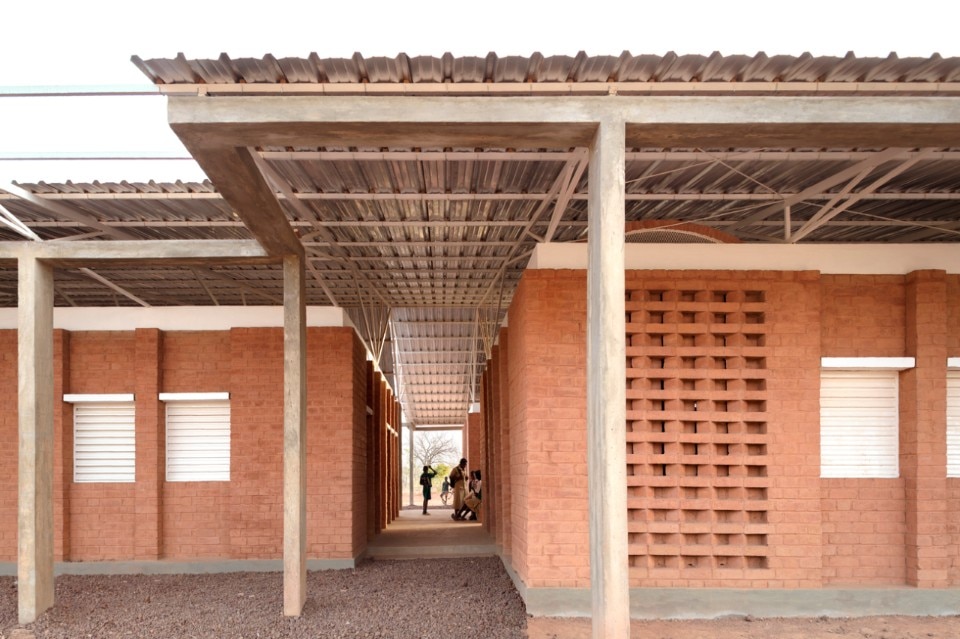
Bangre Veenem School Complex, Albertfaus Architecture, Koudougou, Burkina faso, 2019
Photo Milena Villalba
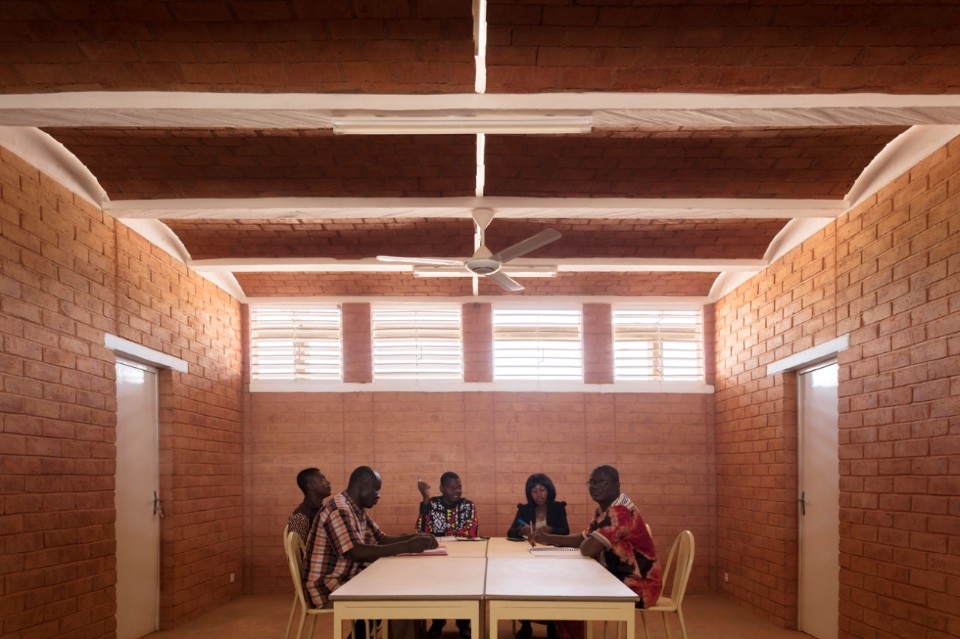
Bangre Veenem School Complex, Albertfaus Architecture, Koudougou, Burkina faso, 2019
Photo Milena Villalba
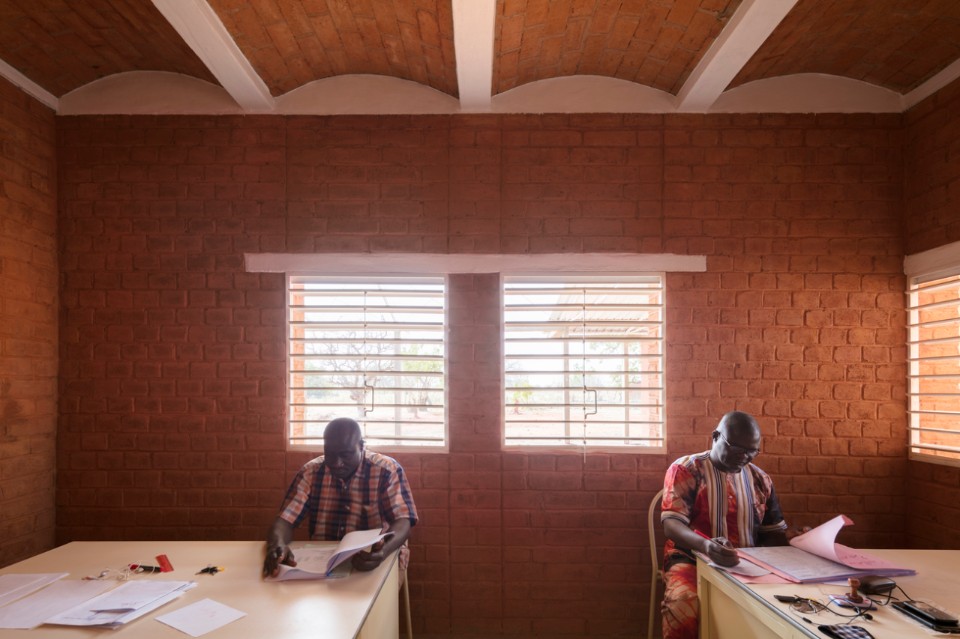
Bangre Veenem School Complex, Albertfaus Architecture, Koudougou, Burkina faso, 2019
Photo Milena Villalba
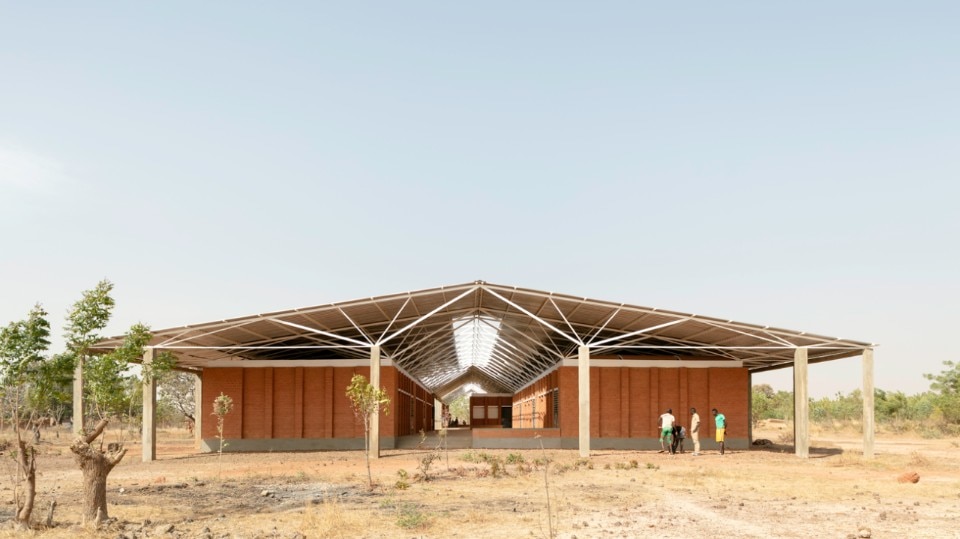
Bangre Veenem School Complex, Albertfaus Architecture, Koudougou, Burkina faso, 2019
Photo Milena Villalba
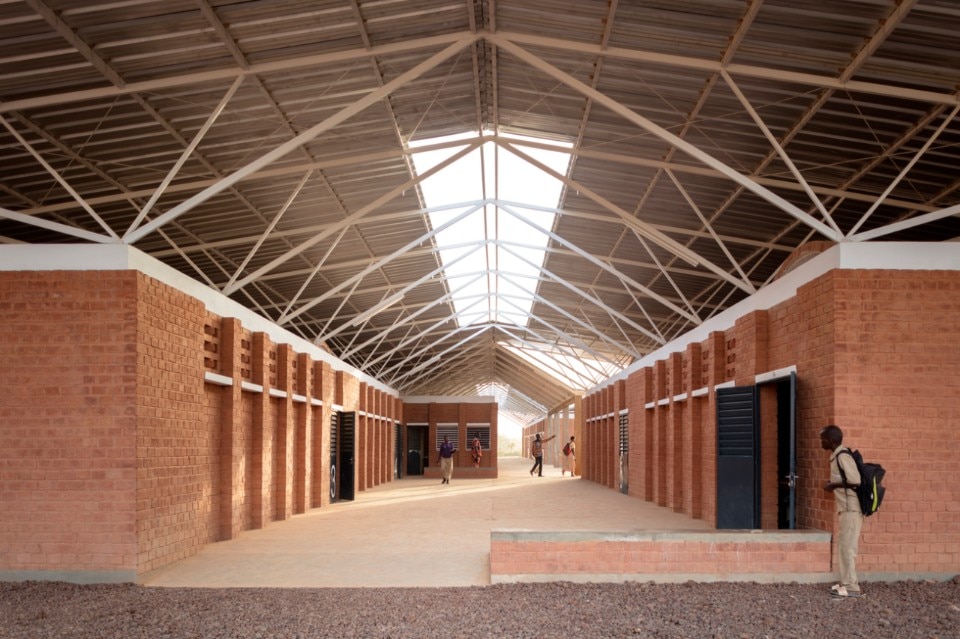
Bangre Veenem School Complex, Albertfaus Architecture, Koudougou, Burkina faso, 2019
Photo Milena Villalba
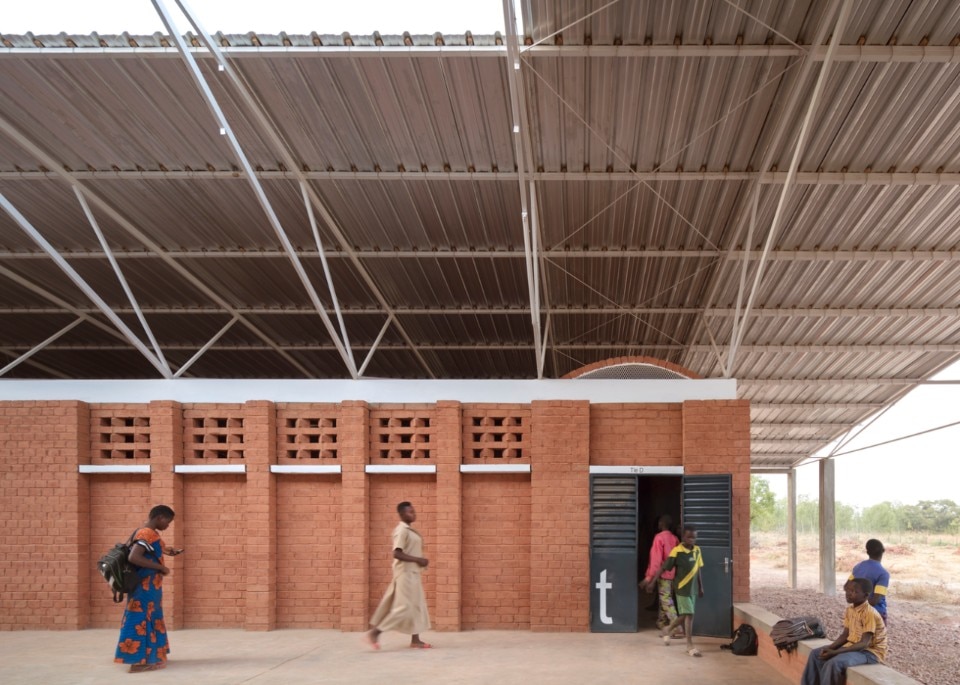
Bangre Veenem School Complex, Albertfaus Architecture, Koudougou, Burkina faso, 2019
Photo Milena Villalba
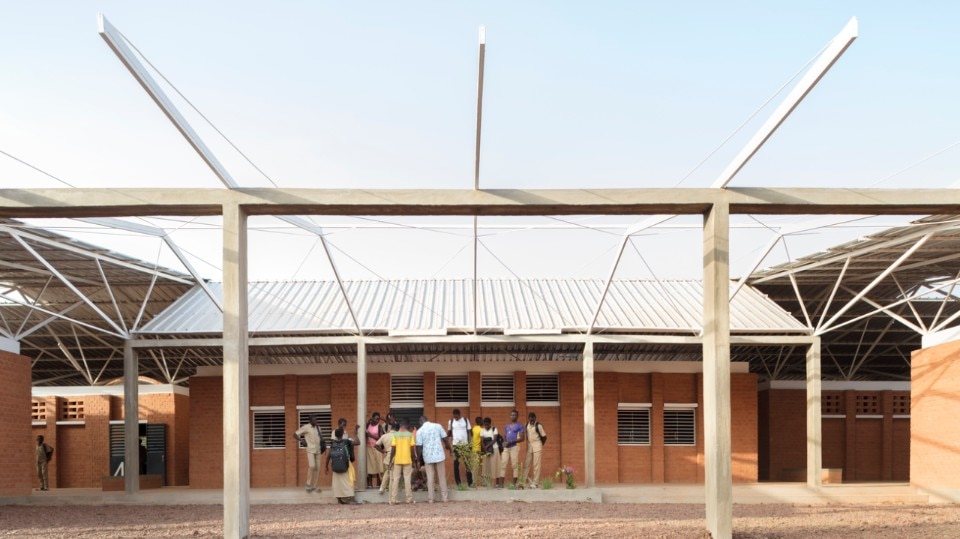
Bangre Veenem School Complex, Albertfaus Architecture, Koudougou, Burkina faso, 2019
Photo Milena Villalba

Bangre Veenem School Complex, Albertfaus Architecture, Koudougou, Burkina faso, 2019
Photo Milena Villalba
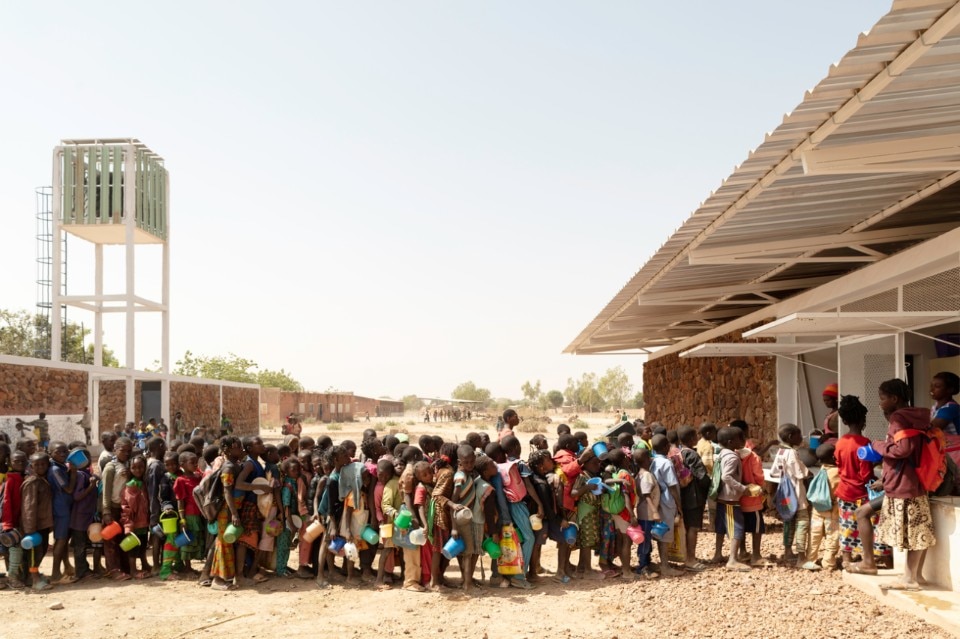
Bangre Veenem School Complex, Albertfaus Architecture, Koudougou, Burkina faso, 2019
Photo Milena Villalba
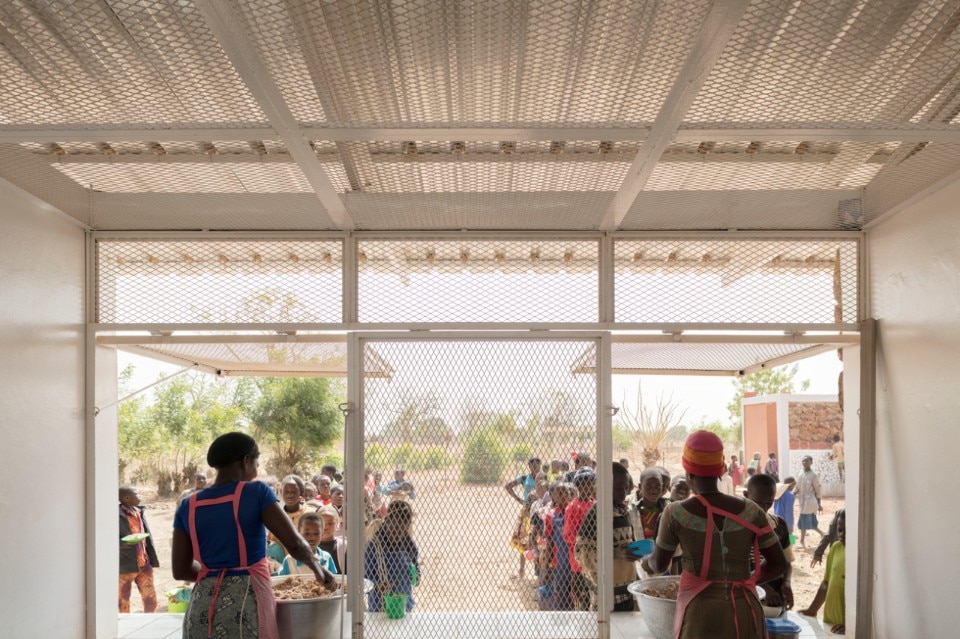
Bangre Veenem School Complex, Albertfaus Architecture, Koudougou, Burkina faso, 2019
Photo Milena Villalba
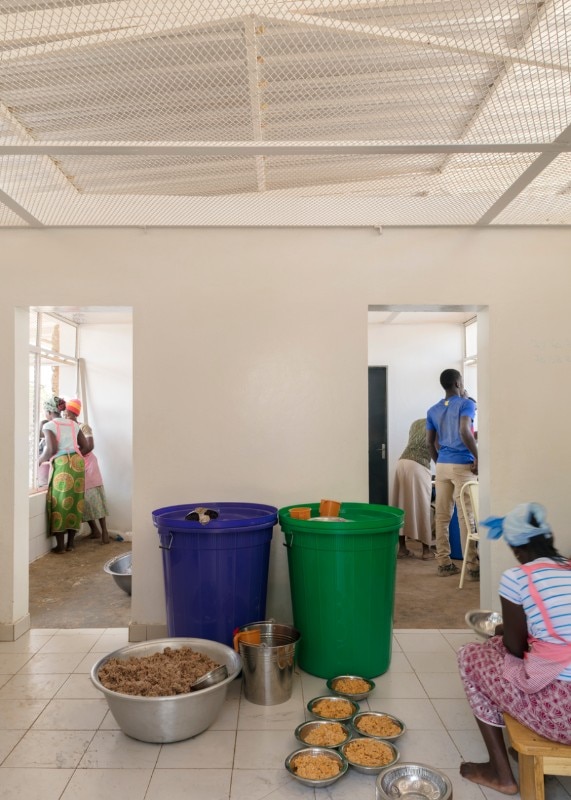
Bangre Veenem School Complex, Albertfaus Architecture, Koudougou, Burkina faso, 2019
Photo Milena Villalba
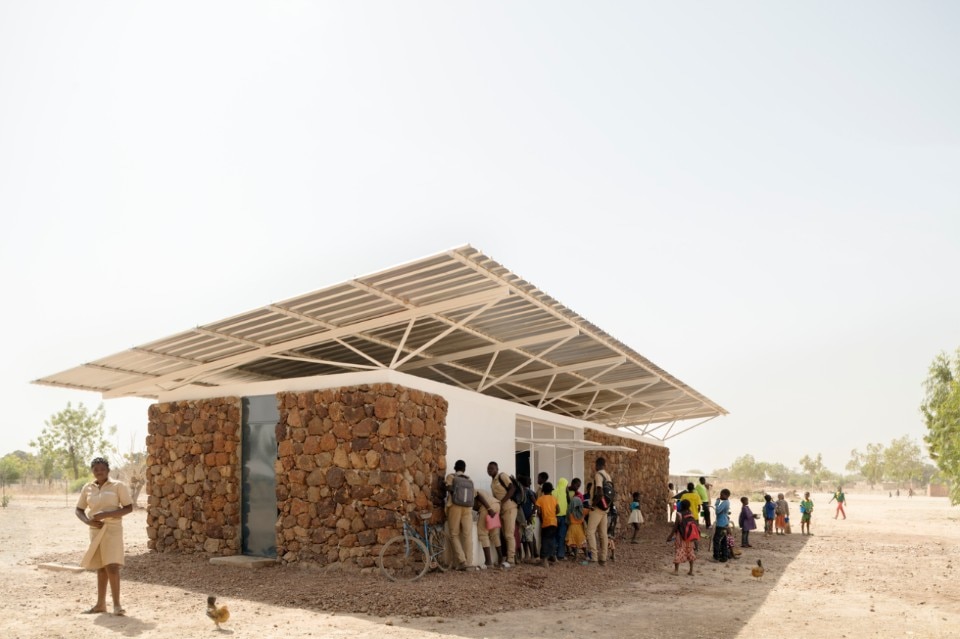
Bangre Veenem School Complex, Albertfaus Architecture, Koudougou, Burkina faso, 2019
Photo Milena Villalba
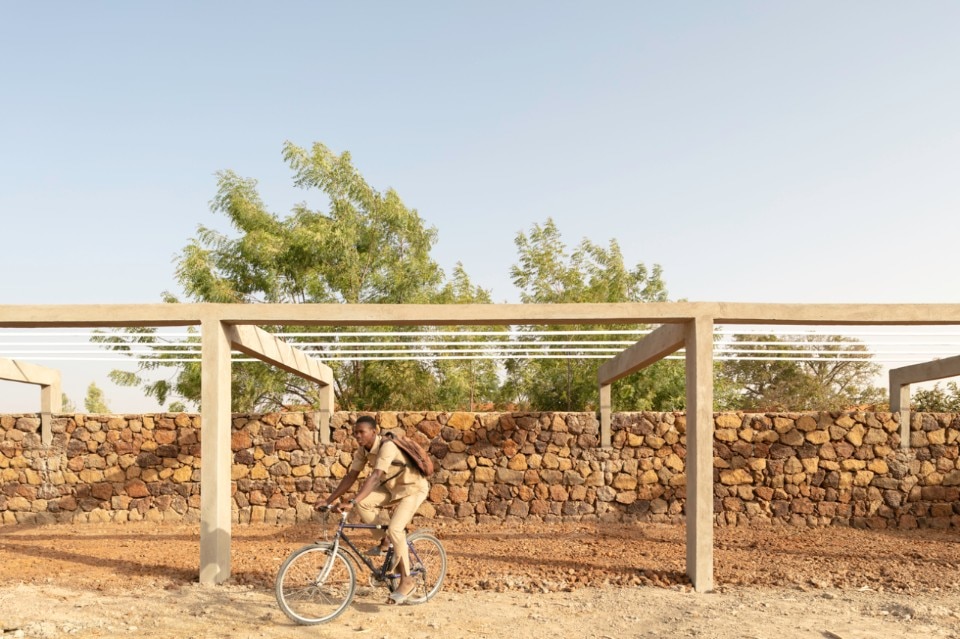
Bangre Veenem School Complex, Albertfaus Architecture, Koudougou, Burkina faso, 2019
Photo Milena Villalba
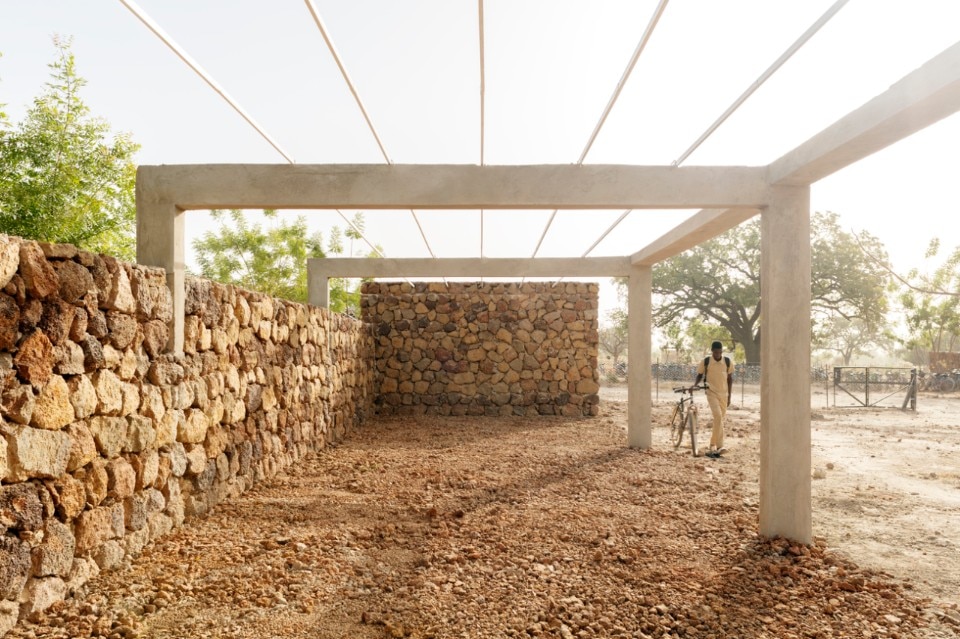
Bangre Veenem School Complex, Albertfaus Architecture, Koudougou, Burkina faso, 2019
Photo Milena Villalba
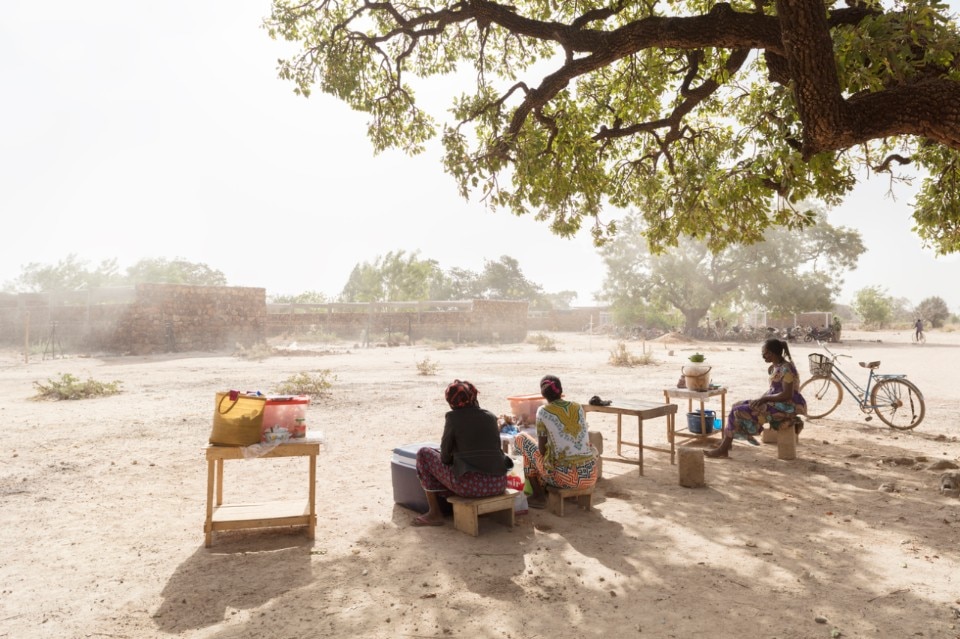
Bangre Veenem School Complex, Albertfaus Architecture, Koudougou, Burkina faso, 2019
Photo Milena Villalba
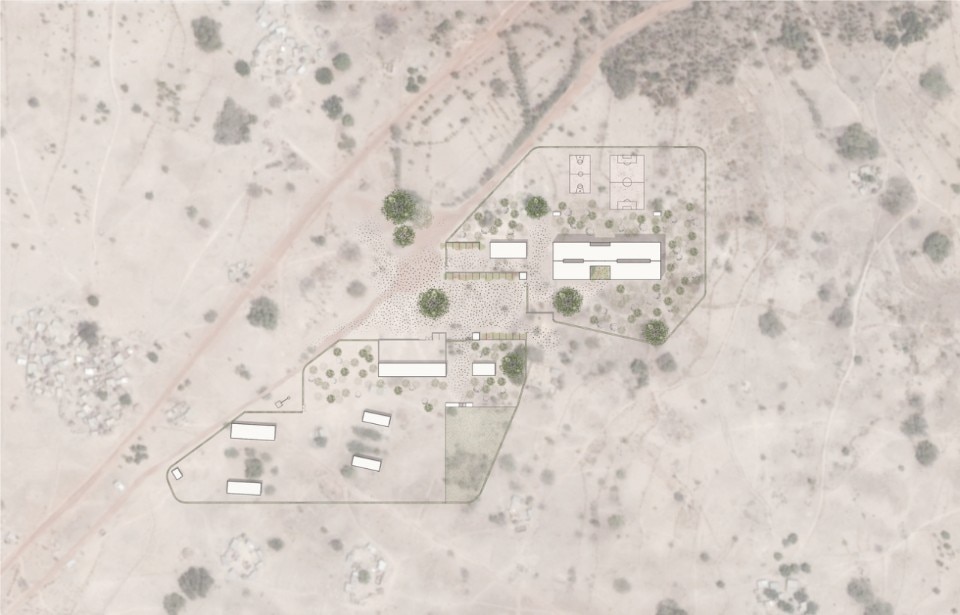
Bangre Veenem School Complex, Albertfaus Architecture, Koudougou, Burkina faso, 2019
Project area

Bangre Veenem School Complex, Albertfaus Architecture, Koudougou, Burkina faso, 2019
Project area diagram
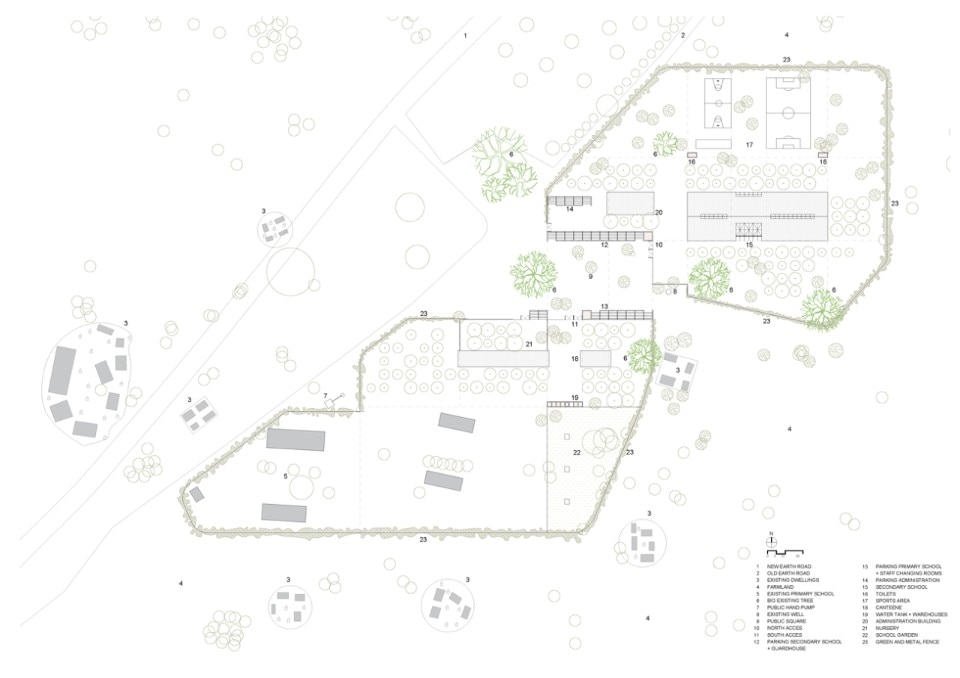
Bangre Veenem School Complex, Albertfaus Architecture, Koudougou, Burkina faso, 2019
Roof Plan
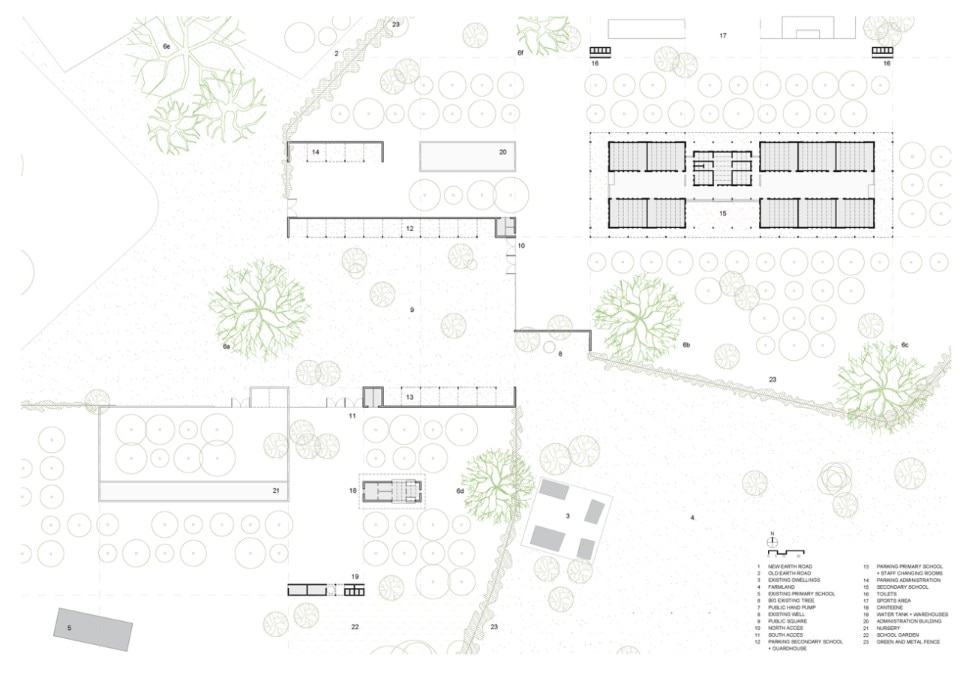
Bangre Veenem School Complex, Albertfaus Architecture, Koudougou, Burkina faso, 2019
Ground Floor Plan
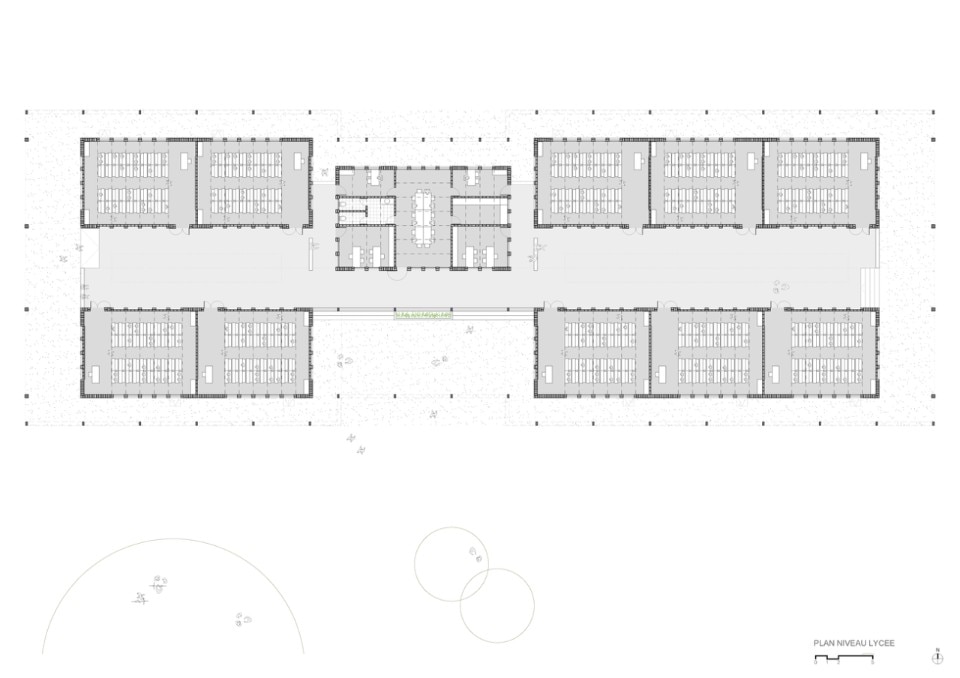
Bangre Veenem School Complex, Albertfaus Architecture, Koudougou, Burkina faso, 2019
Secondary School Plan
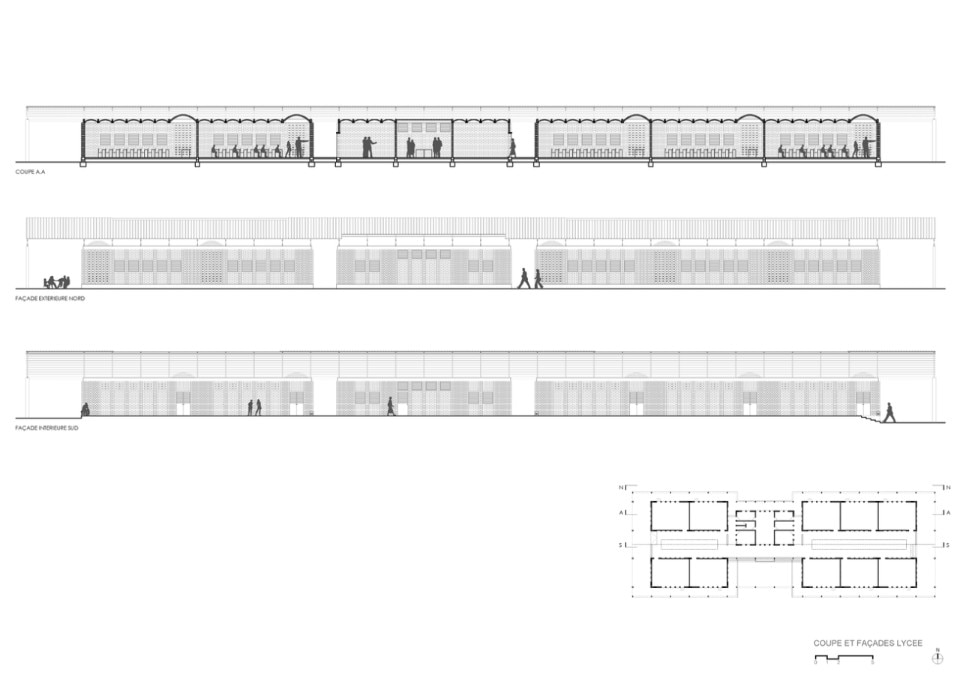
Bangre Veenem School Complex, Albertfaus Architecture, Koudougou, Burkina faso, 2019
Sections and elevations of secondary school
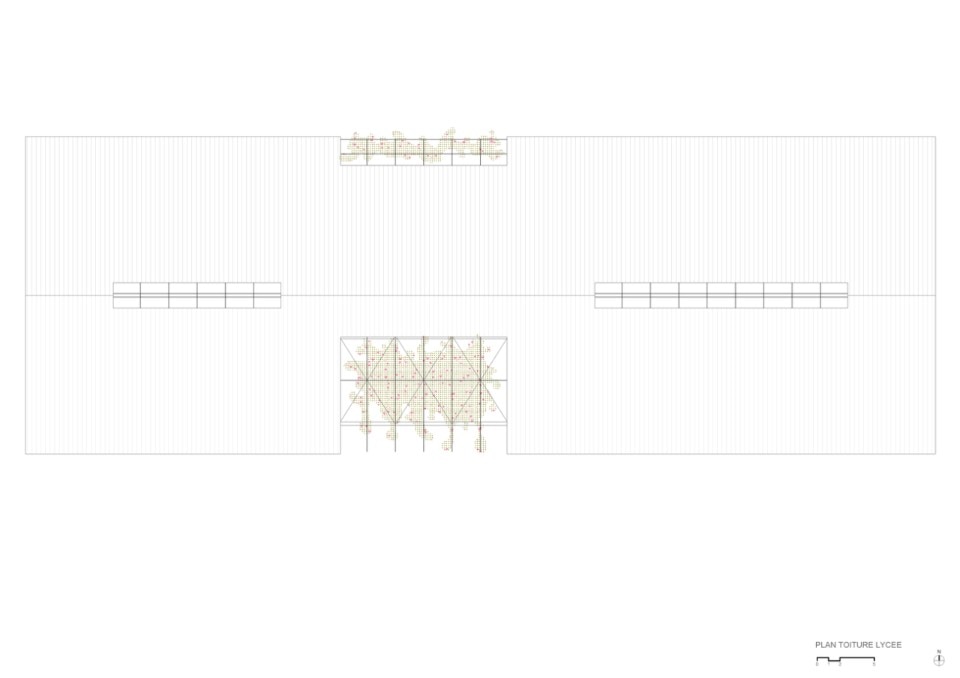
Bangre Veenem School Complex, Albertfaus Architecture, Koudougou, Burkina faso, 2019
Secondary school Roof Plan
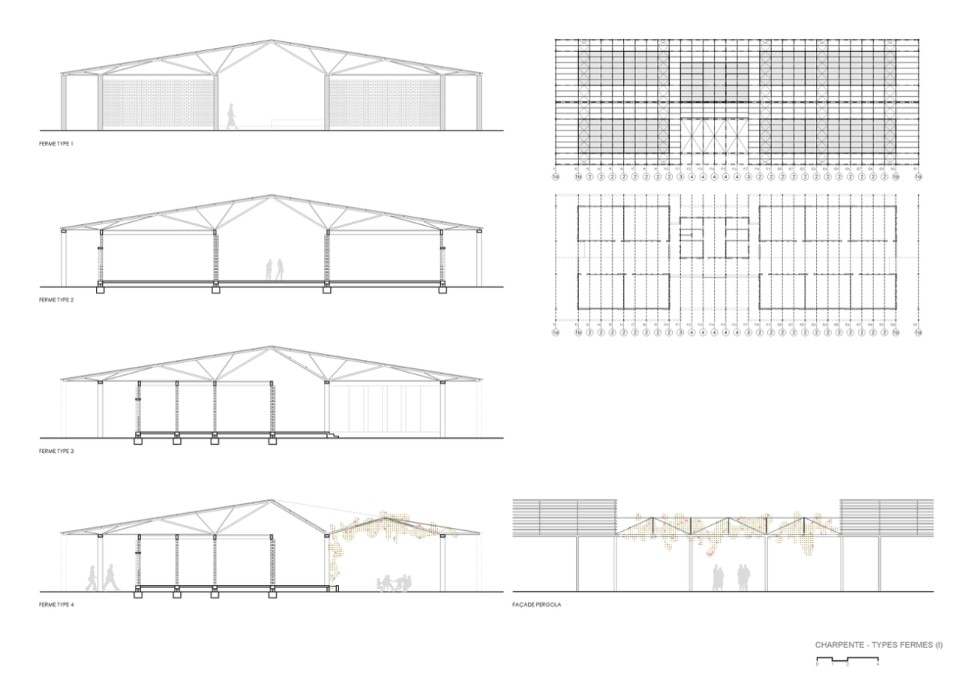
Bangre Veenem School Complex, Albertfaus Architecture, Koudougou, Burkina faso, 2019
The construction system of the Secondary School
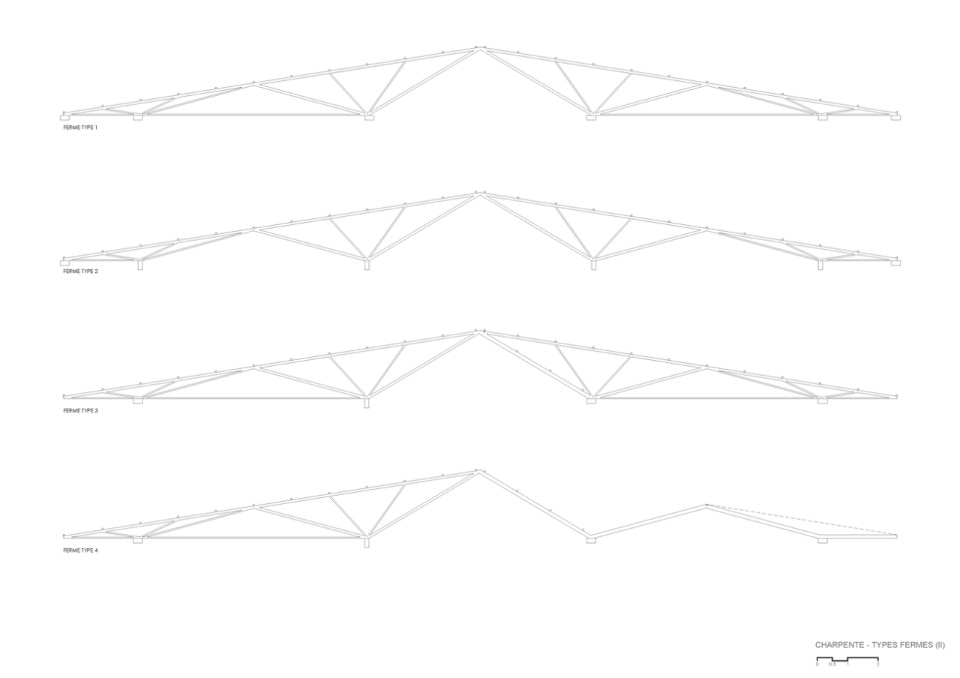
Bangre Veenem School Complex, Albertfaus Architecture, Koudougou, Burkina faso, 2019
The roof system of the Secondary School

Bangre Veenem School Complex, Albertfaus Architecture, Koudougou, Burkina faso, 2019
Photo Milena Villalba

Bangre Veenem School Complex, Albertfaus Architecture, Koudougou, Burkina faso, 2019
Photo Milena Villalba

Bangre Veenem School Complex, Albertfaus Architecture, Koudougou, Burkina faso, 2019
Photo Milena Villalba

Bangre Veenem School Complex, Albertfaus Architecture, Koudougou, Burkina faso, 2019
Photo Milena Villalba

Bangre Veenem School Complex, Albertfaus Architecture, Koudougou, Burkina faso, 2019
Photo Milena Villalba

Bangre Veenem School Complex, Albertfaus Architecture, Koudougou, Burkina faso, 2019
Photo Milena Villalba

Bangre Veenem School Complex, Albertfaus Architecture, Koudougou, Burkina faso, 2019
Photo Milena Villalba

Bangre Veenem School Complex, Albertfaus Architecture, Koudougou, Burkina faso, 2019
Photo Milena Villalba

Bangre Veenem School Complex, Albertfaus Architecture, Koudougou, Burkina faso, 2019
Photo Milena Villalba

Bangre Veenem School Complex, Albertfaus Architecture, Koudougou, Burkina faso, 2019
Photo Milena Villalba

Bangre Veenem School Complex, Albertfaus Architecture, Koudougou, Burkina faso, 2019
Photo Milena Villalba

Bangre Veenem School Complex, Albertfaus Architecture, Koudougou, Burkina faso, 2019
Photo Milena Villalba

Bangre Veenem School Complex, Albertfaus Architecture, Koudougou, Burkina faso, 2019
Photo Milena Villalba

Bangre Veenem School Complex, Albertfaus Architecture, Koudougou, Burkina faso, 2019
Photo Milena Villalba

Bangre Veenem School Complex, Albertfaus Architecture, Koudougou, Burkina faso, 2019
Photo Milena Villalba

Bangre Veenem School Complex, Albertfaus Architecture, Koudougou, Burkina faso, 2019
Photo Milena Villalba

Bangre Veenem School Complex, Albertfaus Architecture, Koudougou, Burkina faso, 2019
Photo Milena Villalba

Bangre Veenem School Complex, Albertfaus Architecture, Koudougou, Burkina faso, 2019
Photo Milena Villalba

Bangre Veenem School Complex, Albertfaus Architecture, Koudougou, Burkina faso, 2019
Photo Milena Villalba

Bangre Veenem School Complex, Albertfaus Architecture, Koudougou, Burkina faso, 2019
Photo Milena Villalba

Bangre Veenem School Complex, Albertfaus Architecture, Koudougou, Burkina faso, 2019
Photo Milena Villalba

Bangre Veenem School Complex, Albertfaus Architecture, Koudougou, Burkina faso, 2019
Project area

Bangre Veenem School Complex, Albertfaus Architecture, Koudougou, Burkina faso, 2019
Project area diagram

Bangre Veenem School Complex, Albertfaus Architecture, Koudougou, Burkina faso, 2019
Roof Plan

Bangre Veenem School Complex, Albertfaus Architecture, Koudougou, Burkina faso, 2019
Ground Floor Plan

Bangre Veenem School Complex, Albertfaus Architecture, Koudougou, Burkina faso, 2019
Secondary School Plan

Bangre Veenem School Complex, Albertfaus Architecture, Koudougou, Burkina faso, 2019
Sections and elevations of secondary school

Bangre Veenem School Complex, Albertfaus Architecture, Koudougou, Burkina faso, 2019
Secondary school Roof Plan

Bangre Veenem School Complex, Albertfaus Architecture, Koudougou, Burkina faso, 2019
The construction system of the Secondary School

Bangre Veenem School Complex, Albertfaus Architecture, Koudougou, Burkina faso, 2019
The roof system of the Secondary School
The Bangre Veenem school complex is the result of the effort of the Ministry of Education of Burkina Faso to form large school complexes where education is provided to all age groups, in order to prevent early school leaving. Designed by Albertfaus Architecture, the pavilions, made with compressed earth bricks, are arranged the around a large public square that unifies the complex with the village.
Read the full article here.
A museum for the Chinese “capital of porcelain”
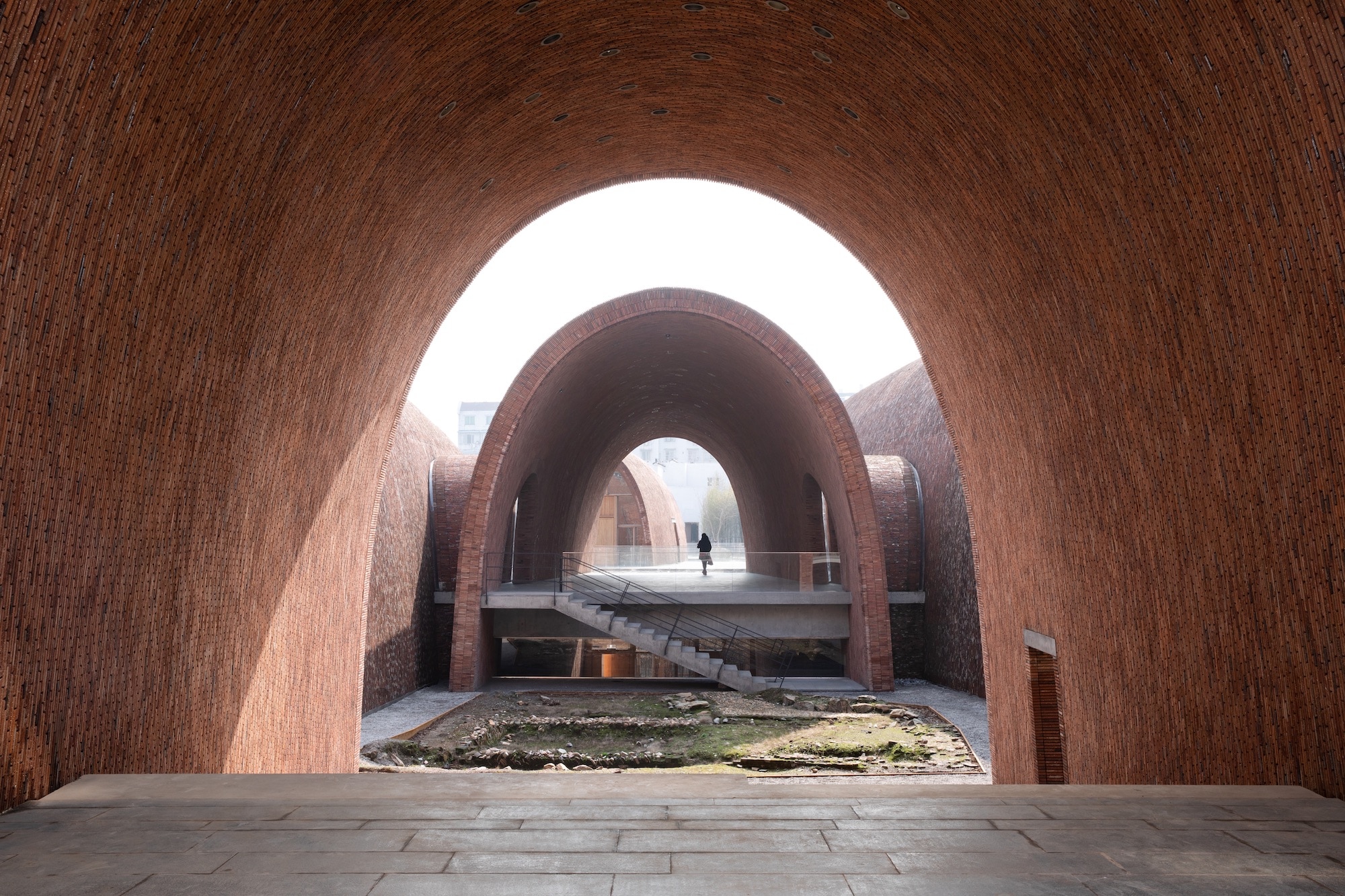
 View gallery
View gallery
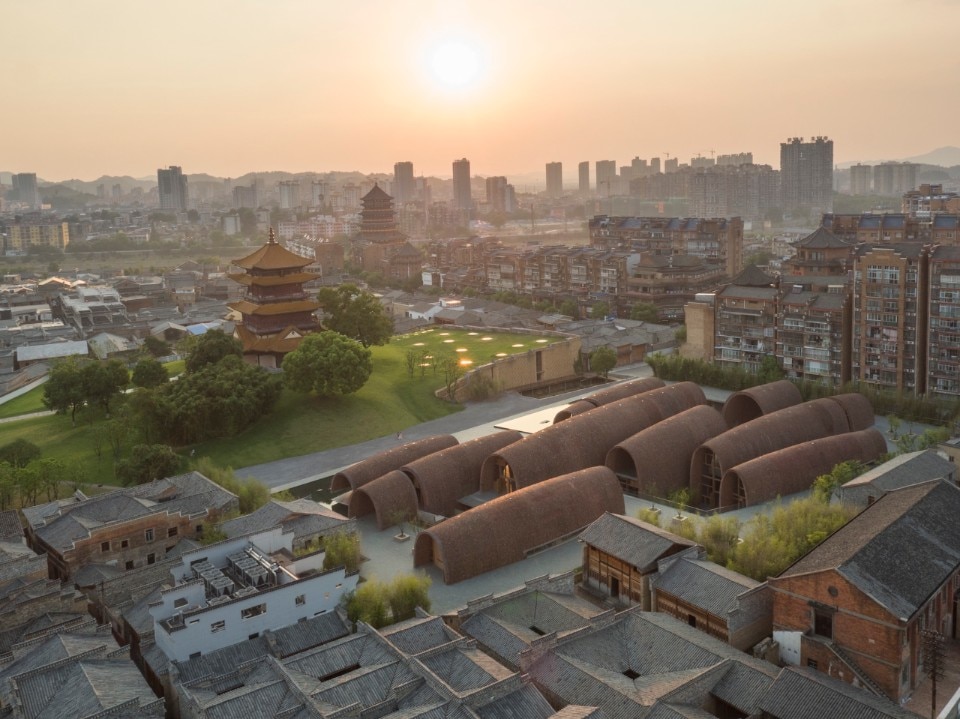
Jingdezhen Imperial Kiln Museum, Studio Zhu-Pei, Jingdezhen, Jiangxi, China, 2020
Photo Tian Fangfang
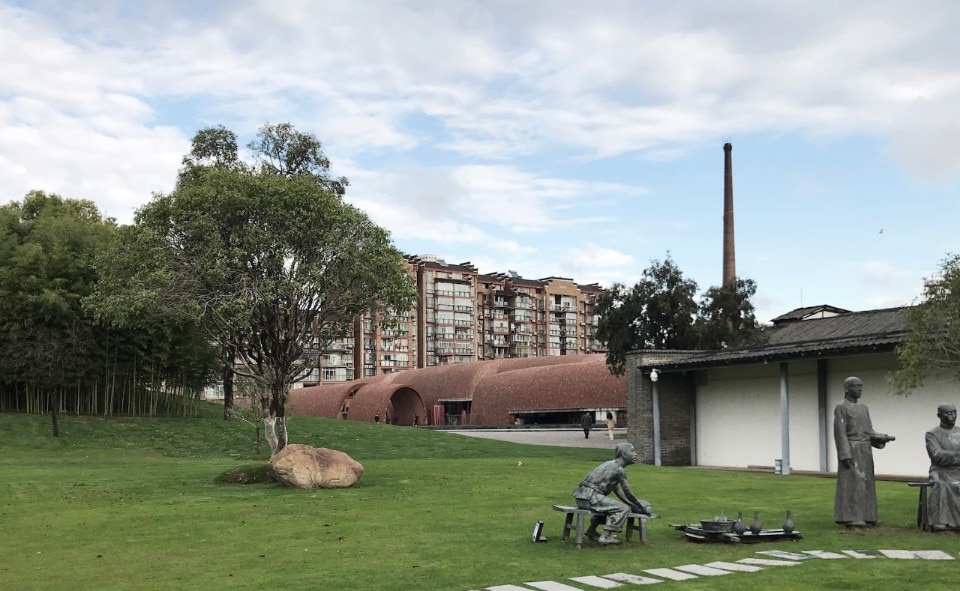
Jingdezhen Imperial Kiln Museum, Studio Zhu-Pei, Jingdezhen, Jiangxi, China, 2020
Photo Studio Zhu-Pei
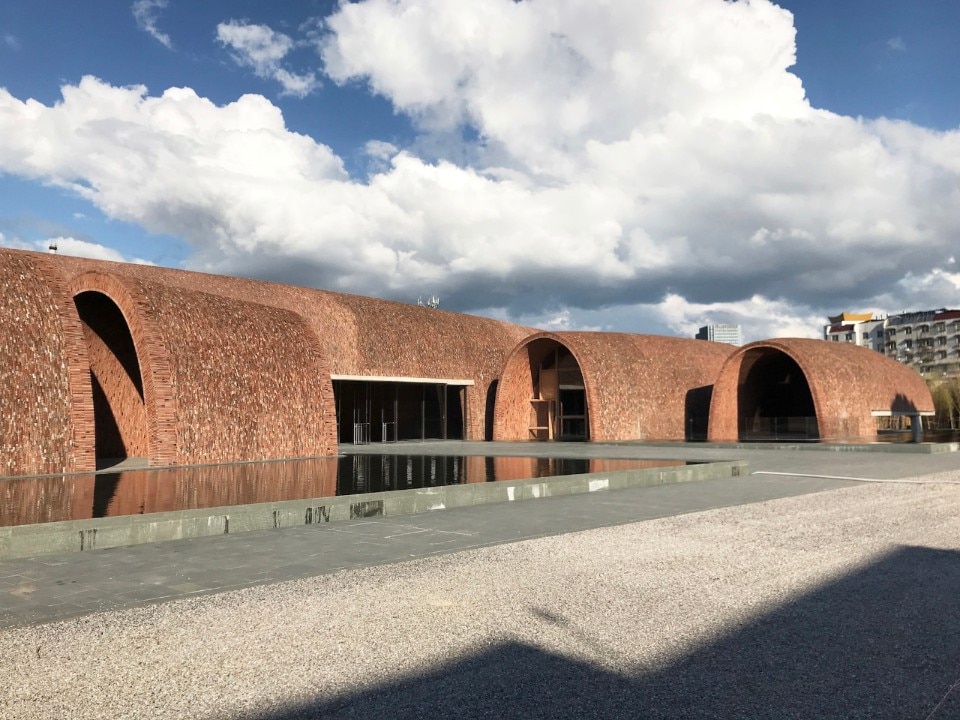
Jingdezhen Imperial Kiln Museum, Studio Zhu-Pei, Jingdezhen, Jiangxi, China, 2020
Photo Studio Zhu-Pei
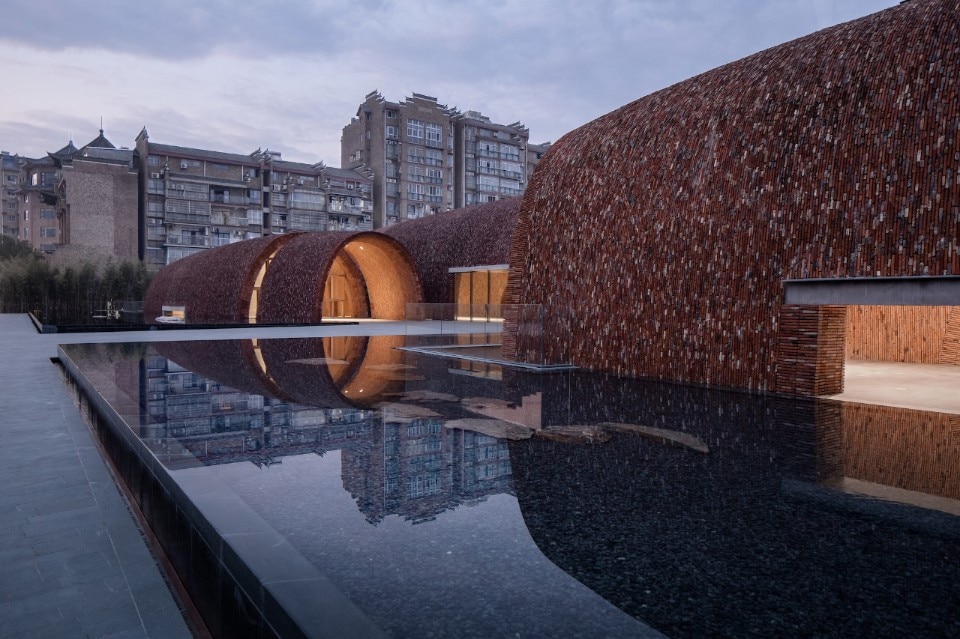
Jingdezhen Imperial Kiln Museum, Studio Zhu-Pei, Jingdezhen, Jiangxi, China, 2020
Photo schranimage
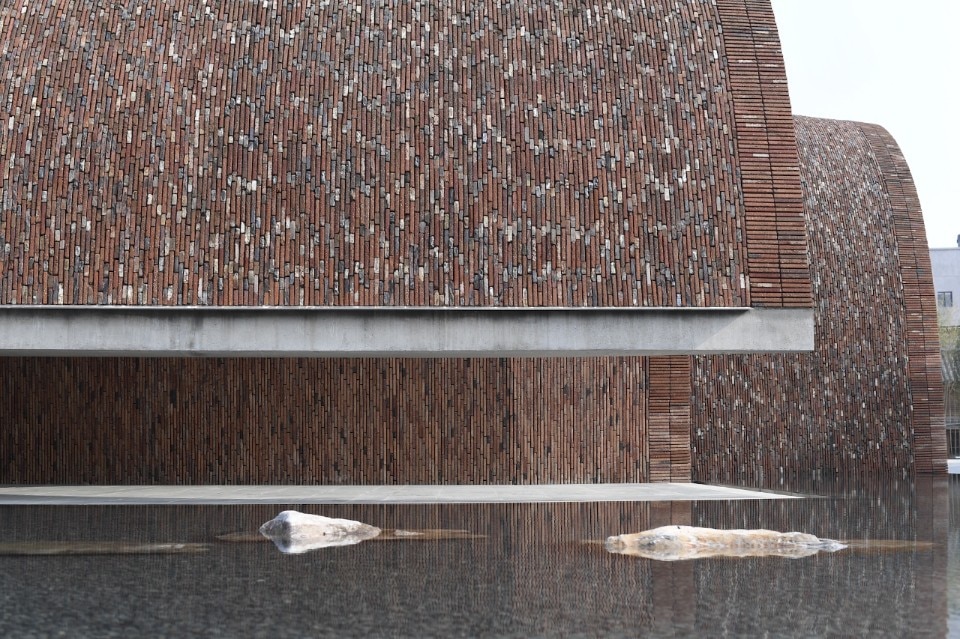
Jingdezhen Imperial Kiln Museum, Studio Zhu-Pei, Jingdezhen, Jiangxi, China, 2020
Photo Studio Zhu-Pei
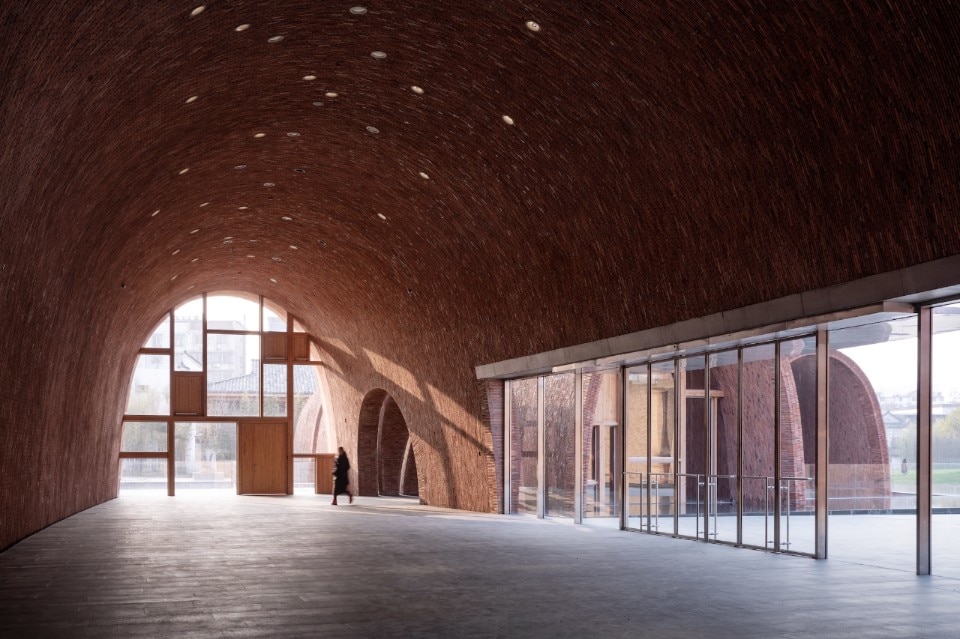
Jingdezhen Imperial Kiln Museum, Studio Zhu-Pei, Jingdezhen, Jiangxi, China, 2020
Photo schranimage
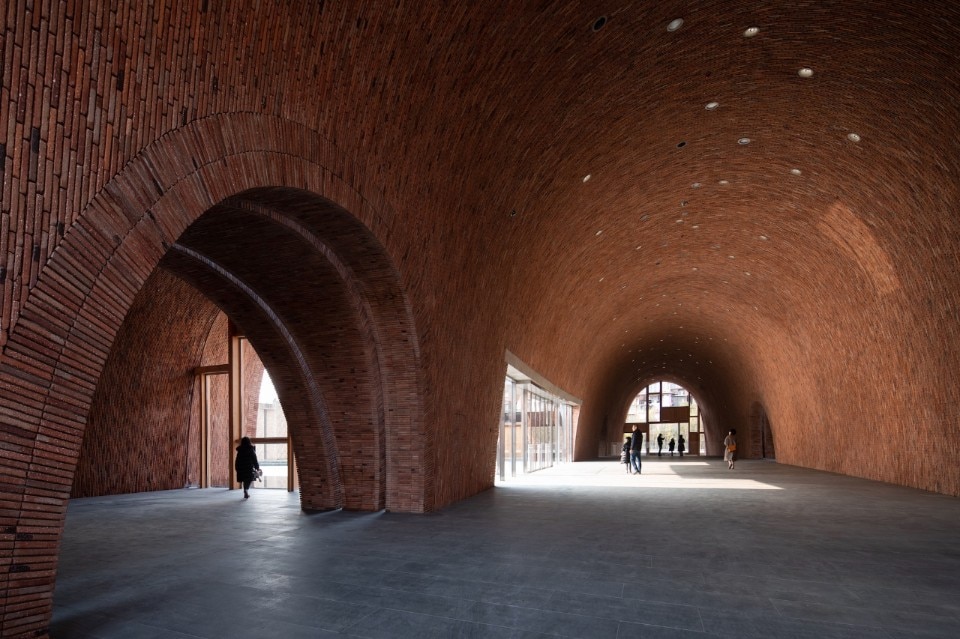
Jingdezhen Imperial Kiln Museum, Studio Zhu-Pei, Jingdezhen, Jiangxi, China, 2020
Photo schranimage
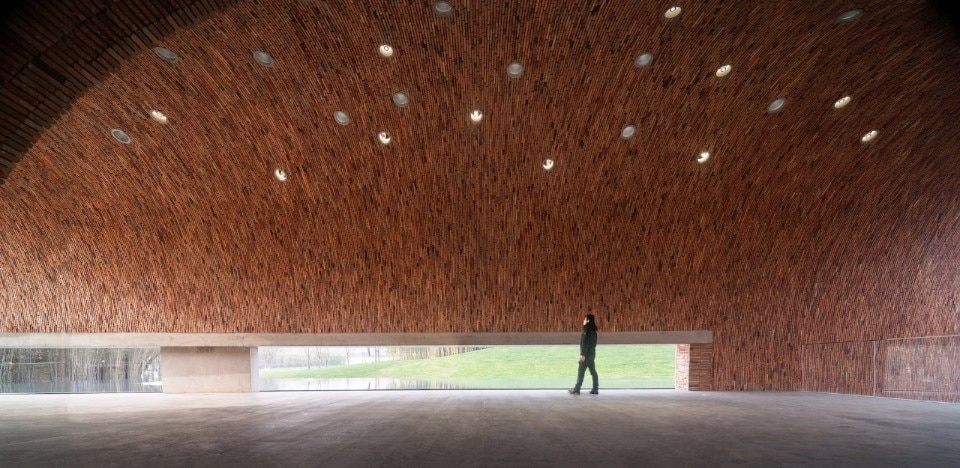
Jingdezhen Imperial Kiln Museum, Studio Zhu-Pei, Jingdezhen, Jiangxi, China, 2020
Photo schranimage
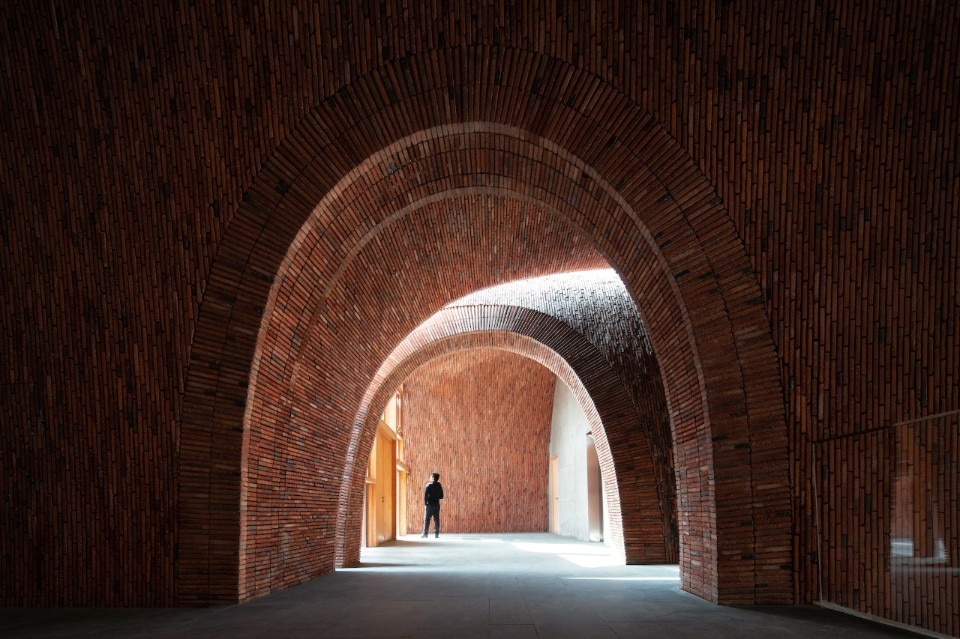
Jingdezhen Imperial Kiln Museum, Studio Zhu-Pei, Jingdezhen, Jiangxi, China, 2020
Photo schranimage
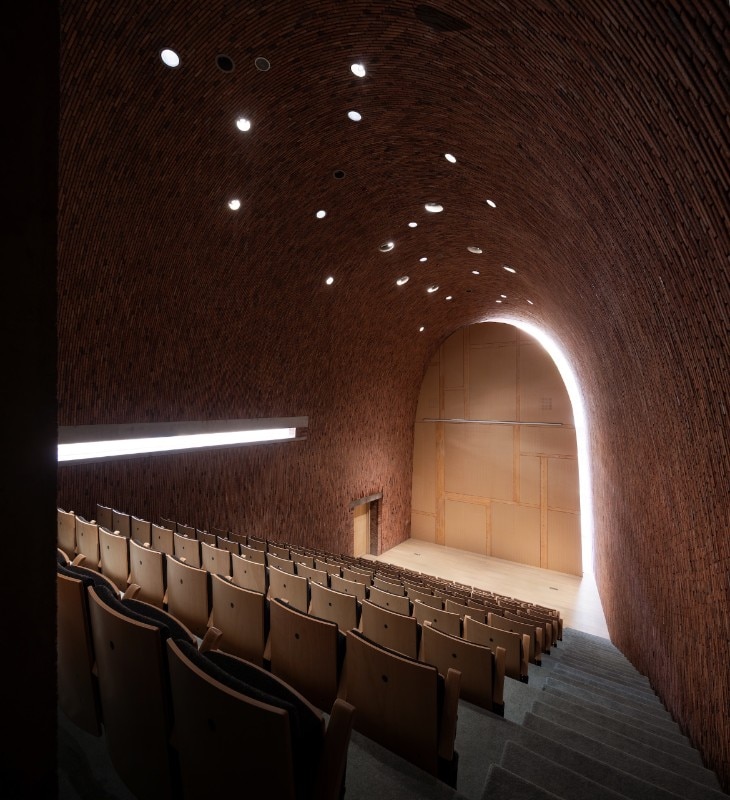
Jingdezhen Imperial Kiln Museum, Studio Zhu-Pei, Jingdezhen, Jiangxi, China, 2020
Photo schranimage
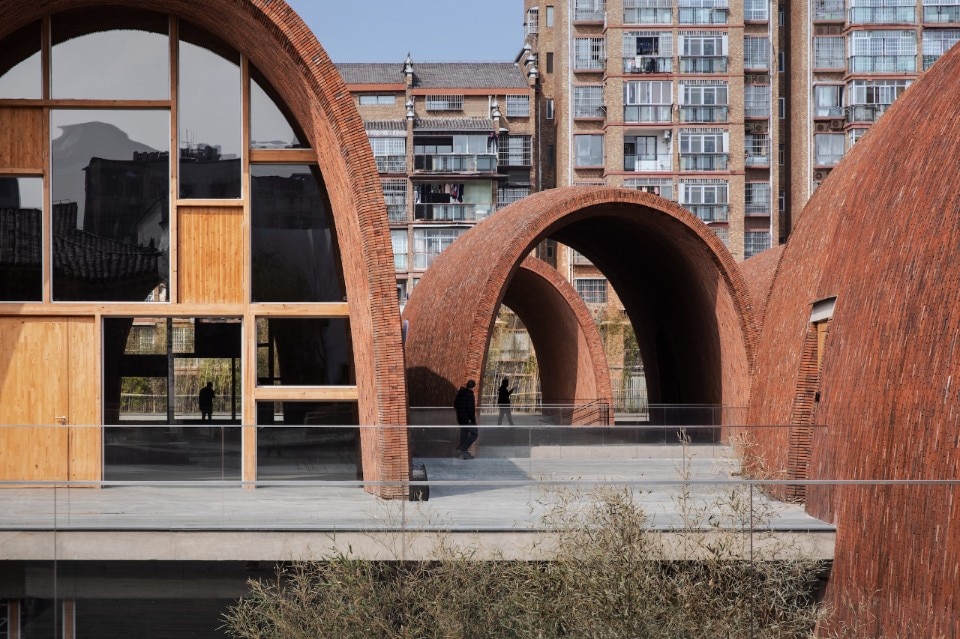
Jingdezhen Imperial Kiln Museum, Studio Zhu-Pei, Jingdezhen, Jiangxi, China, 2020
Photo schranimage
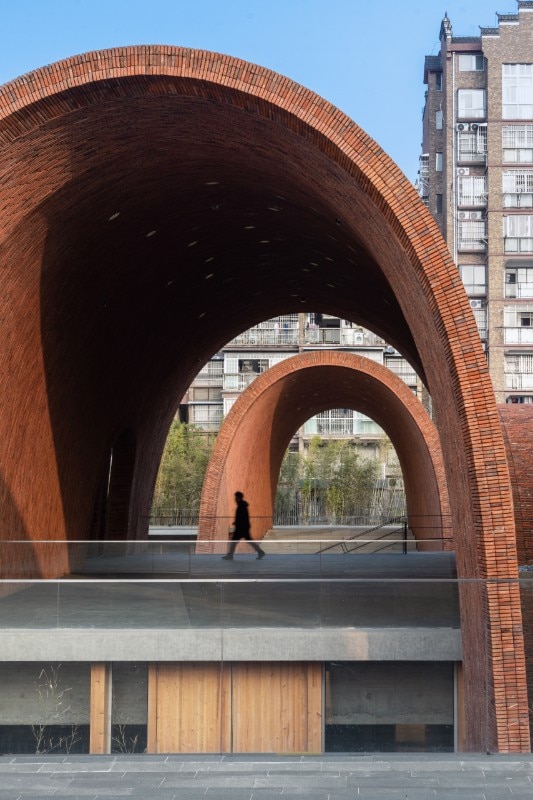
Jingdezhen Imperial Kiln Museum, Studio Zhu-Pei, Jingdezhen, Jiangxi, China, 2020
Photo schranimage
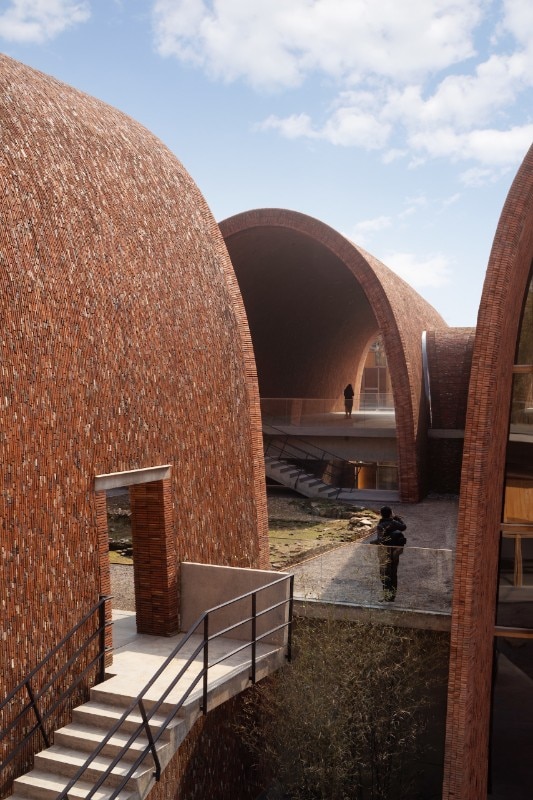
Jingdezhen Imperial Kiln Museum, Studio Zhu-Pei, Jingdezhen, Jiangxi, China, 2020
Photo schranimage
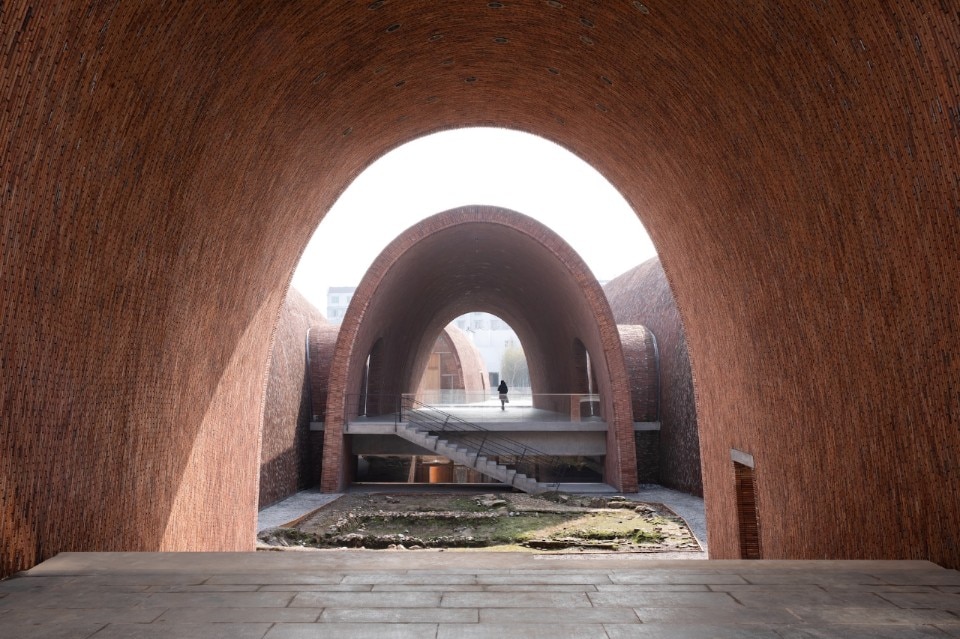
Jingdezhen Imperial Kiln Museum, Studio Zhu-Pei, Jingdezhen, Jiangxi, China, 2020
Photo schranimage
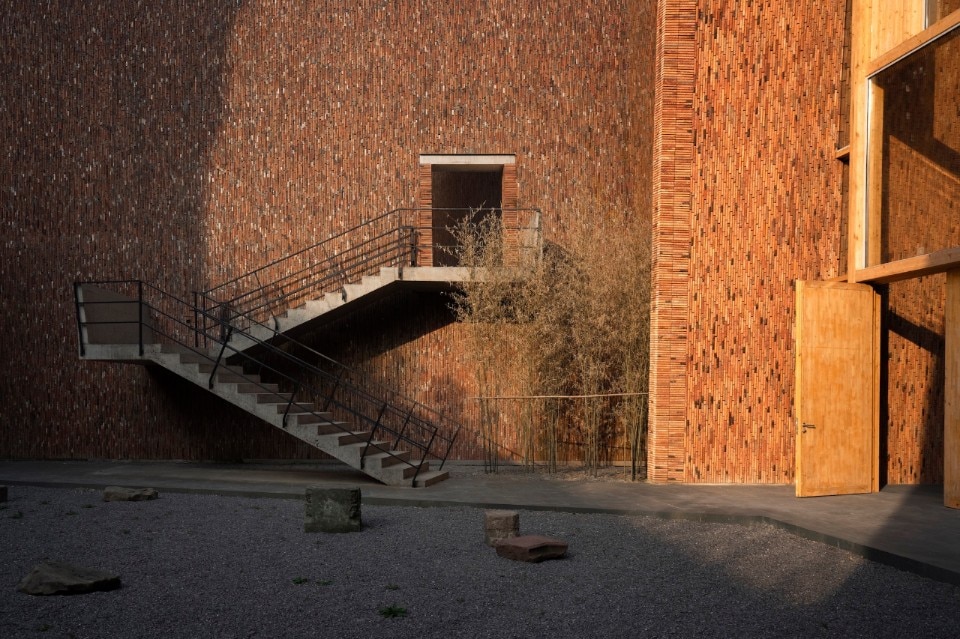
Jingdezhen Imperial Kiln Museum, Studio Zhu-Pei, Jingdezhen, Jiangxi, China, 2020
Photo Zhang Qinquan
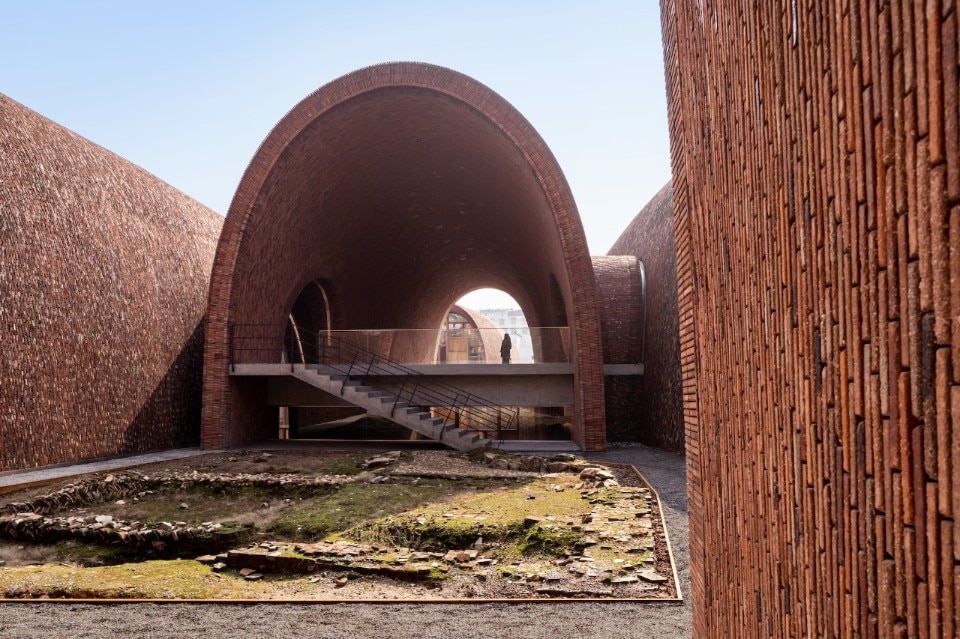
Jingdezhen Imperial Kiln Museum, Studio Zhu-Pei, Jingdezhen, Jiangxi, China, 2020
Photo schranimage
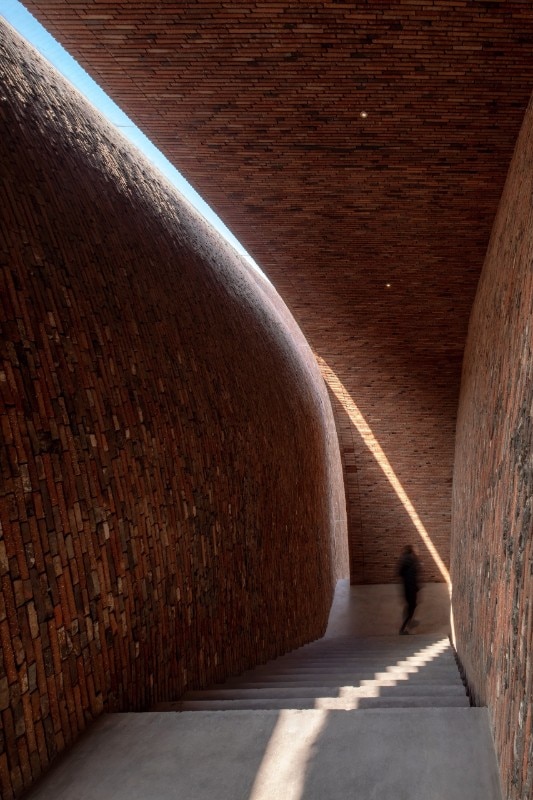
Jingdezhen Imperial Kiln Museum, Studio Zhu-Pei, Jingdezhen, Jiangxi, China, 2020
Photo schranimage
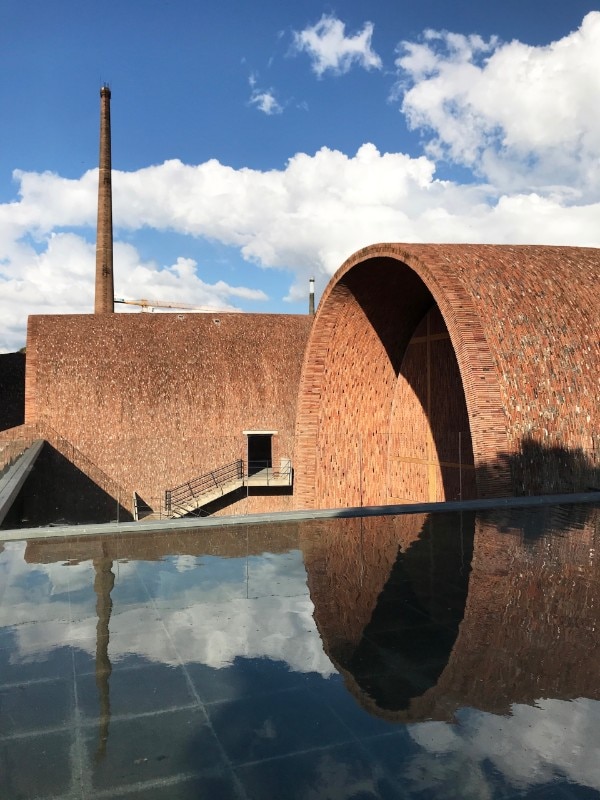
Jingdezhen Imperial Kiln Museum, Studio Zhu-Pei, Jingdezhen, Jiangxi, China, 2020
Photo Studio Zhu-Pei
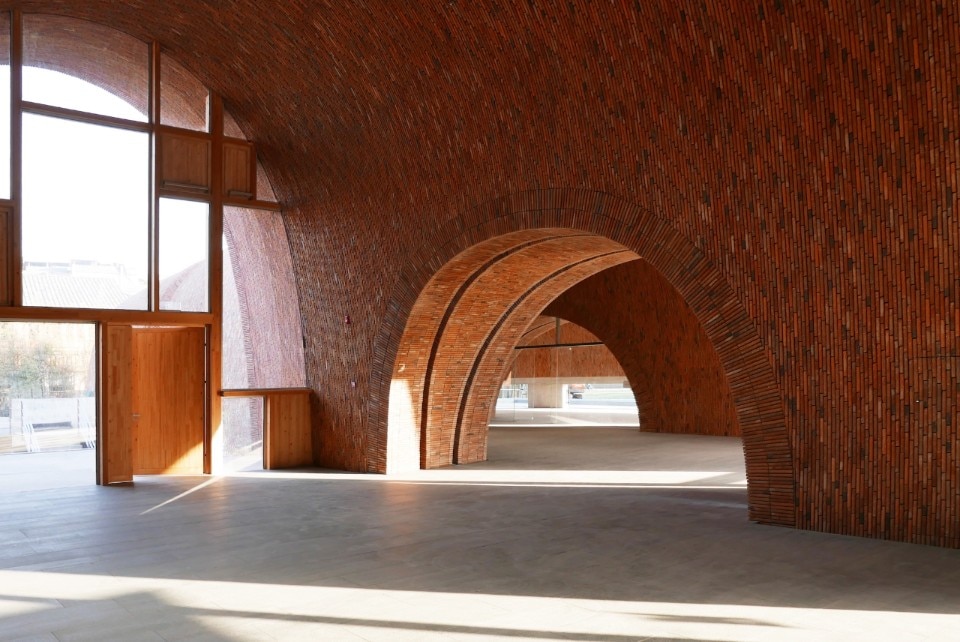
Jingdezhen Imperial Kiln Museum, Studio Zhu-Pei, Jingdezhen, Jiangxi, China, 2020
Photo Studio Zhu-Pei

Jingdezhen Imperial Kiln Museum, Studio Zhu-Pei, Jingdezhen, Jiangxi, China, 2020
Photo Tian Fangfang

Jingdezhen Imperial Kiln Museum, Studio Zhu-Pei, Jingdezhen, Jiangxi, China, 2020
Photo Studio Zhu-Pei

Jingdezhen Imperial Kiln Museum, Studio Zhu-Pei, Jingdezhen, Jiangxi, China, 2020
Photo Studio Zhu-Pei

Jingdezhen Imperial Kiln Museum, Studio Zhu-Pei, Jingdezhen, Jiangxi, China, 2020
Photo schranimage

Jingdezhen Imperial Kiln Museum, Studio Zhu-Pei, Jingdezhen, Jiangxi, China, 2020
Photo Studio Zhu-Pei

Jingdezhen Imperial Kiln Museum, Studio Zhu-Pei, Jingdezhen, Jiangxi, China, 2020
Photo schranimage

Jingdezhen Imperial Kiln Museum, Studio Zhu-Pei, Jingdezhen, Jiangxi, China, 2020
Photo schranimage

Jingdezhen Imperial Kiln Museum, Studio Zhu-Pei, Jingdezhen, Jiangxi, China, 2020
Photo schranimage

Jingdezhen Imperial Kiln Museum, Studio Zhu-Pei, Jingdezhen, Jiangxi, China, 2020
Photo schranimage

Jingdezhen Imperial Kiln Museum, Studio Zhu-Pei, Jingdezhen, Jiangxi, China, 2020
Photo schranimage

Jingdezhen Imperial Kiln Museum, Studio Zhu-Pei, Jingdezhen, Jiangxi, China, 2020
Photo schranimage

Jingdezhen Imperial Kiln Museum, Studio Zhu-Pei, Jingdezhen, Jiangxi, China, 2020
Photo schranimage

Jingdezhen Imperial Kiln Museum, Studio Zhu-Pei, Jingdezhen, Jiangxi, China, 2020
Photo schranimage

Jingdezhen Imperial Kiln Museum, Studio Zhu-Pei, Jingdezhen, Jiangxi, China, 2020
Photo schranimage

Jingdezhen Imperial Kiln Museum, Studio Zhu-Pei, Jingdezhen, Jiangxi, China, 2020
Photo Zhang Qinquan

Jingdezhen Imperial Kiln Museum, Studio Zhu-Pei, Jingdezhen, Jiangxi, China, 2020
Photo schranimage

Jingdezhen Imperial Kiln Museum, Studio Zhu-Pei, Jingdezhen, Jiangxi, China, 2020
Photo schranimage

Jingdezhen Imperial Kiln Museum, Studio Zhu-Pei, Jingdezhen, Jiangxi, China, 2020
Photo Studio Zhu-Pei

Jingdezhen Imperial Kiln Museum, Studio Zhu-Pei, Jingdezhen, Jiangxi, China, 2020
Photo Studio Zhu-Pei
Studio Zhu-Pei designed a museum dedicated to local history, inspired by the shape of the kiln, the traditional ovens of the Chinese “capital of porcelain,” Jingdezhen. The unique basic structure of the vaults of the museum consists of concrete poured between two layers of brick walls. Here, the bricks used are partly recycled from old furnaces, to reflect the local building culture.
Read the full article here.


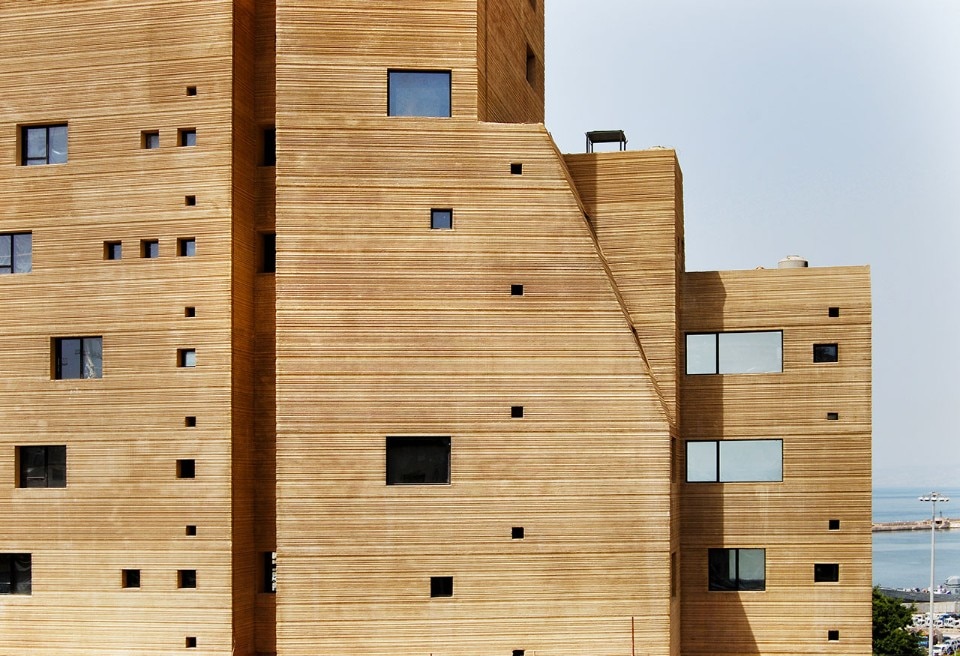
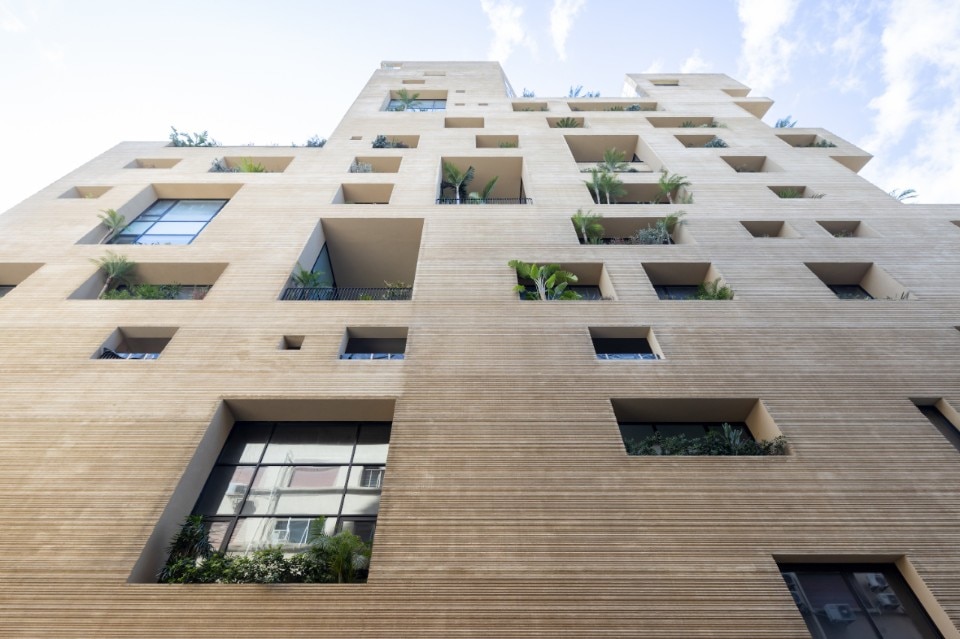
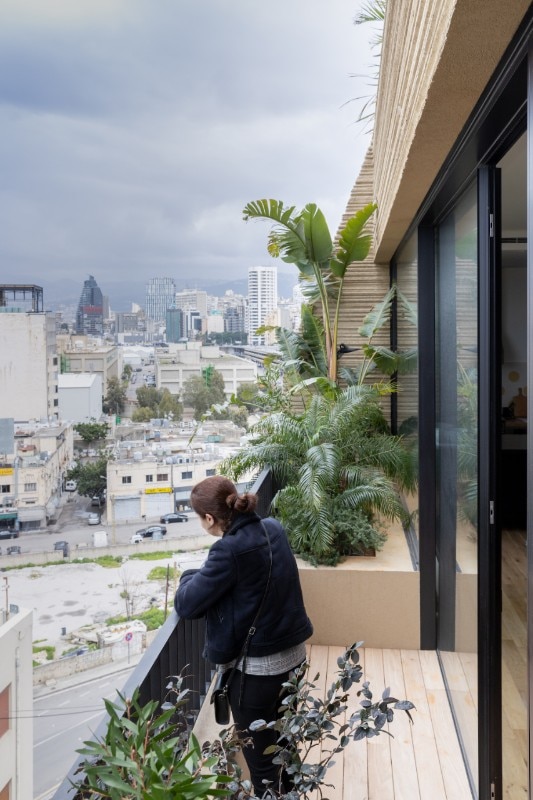
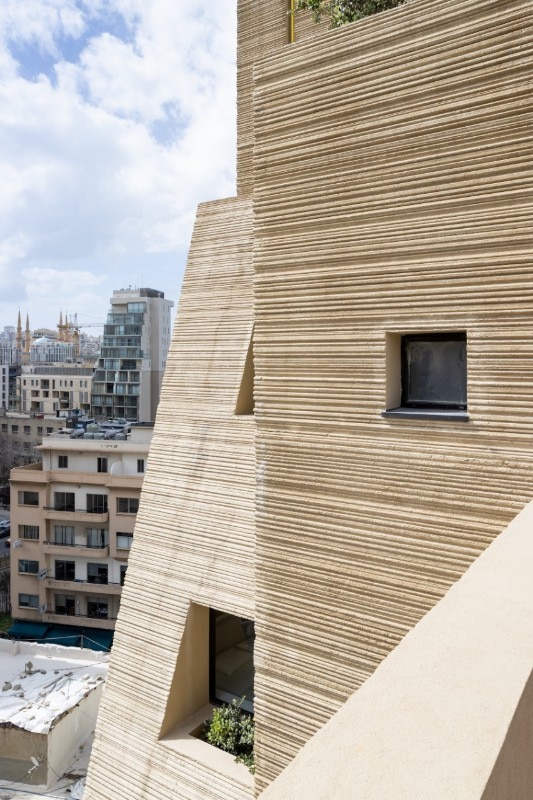
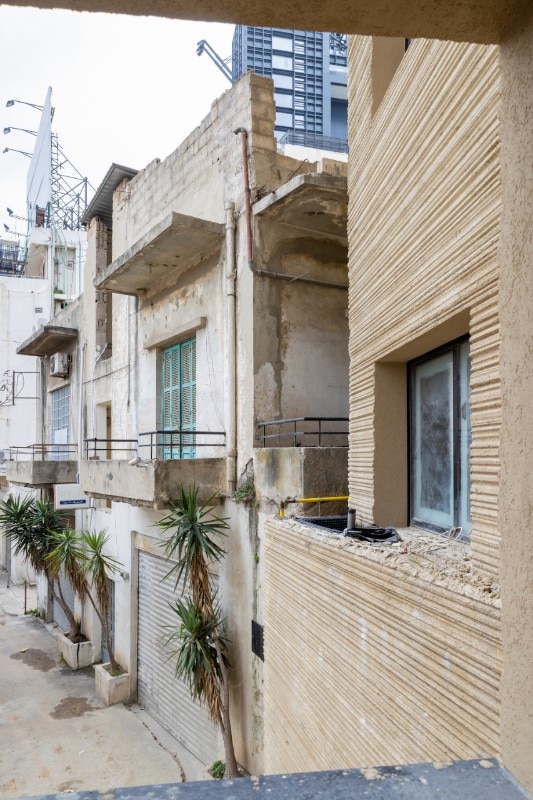
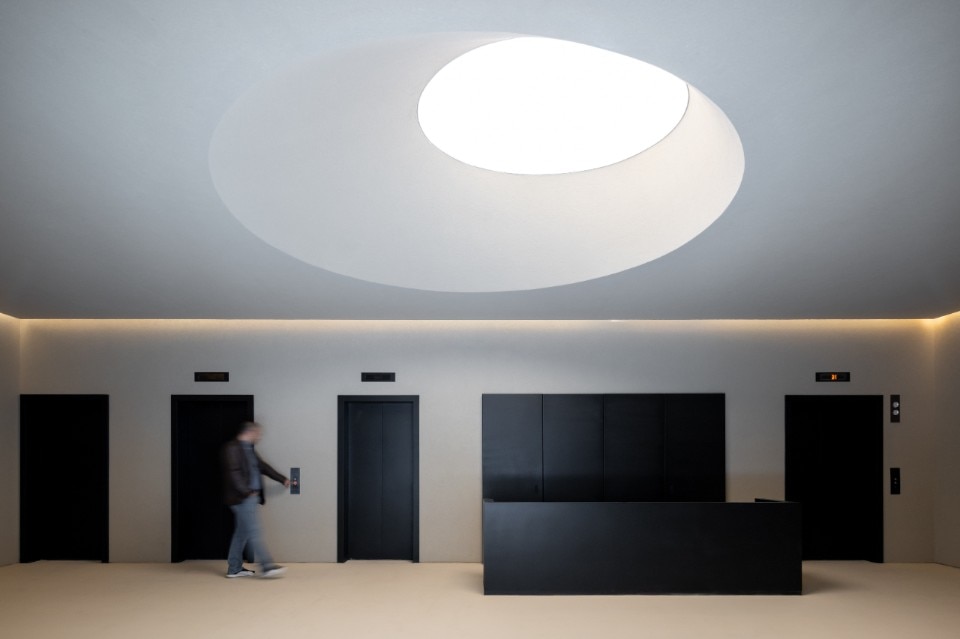
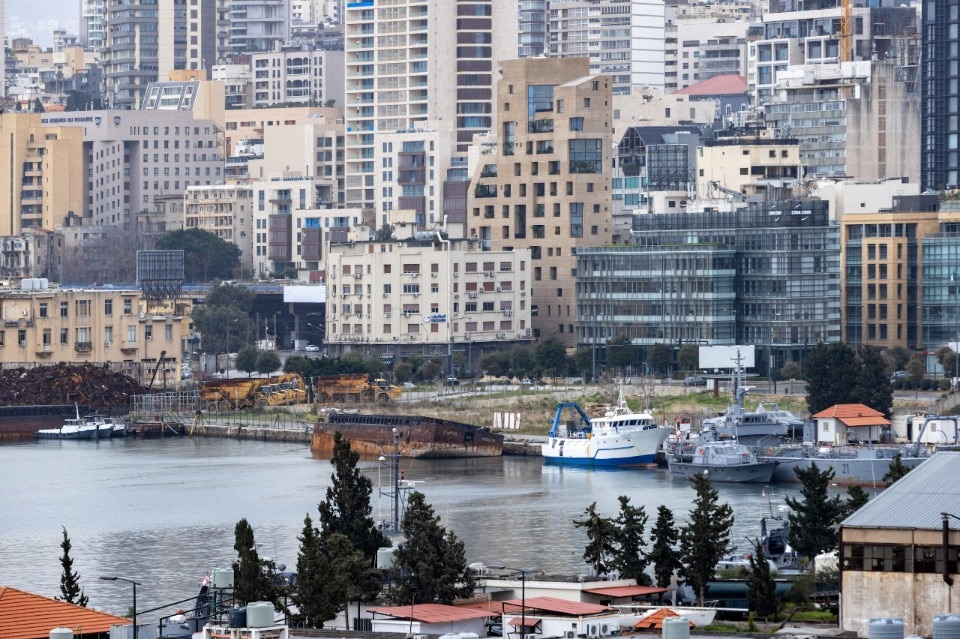
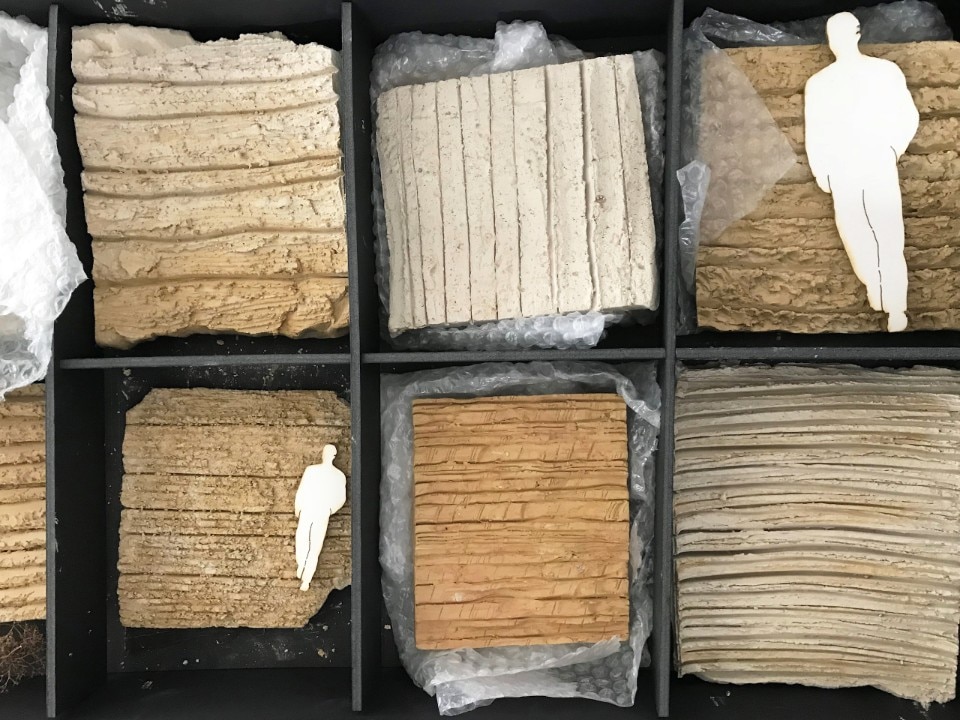
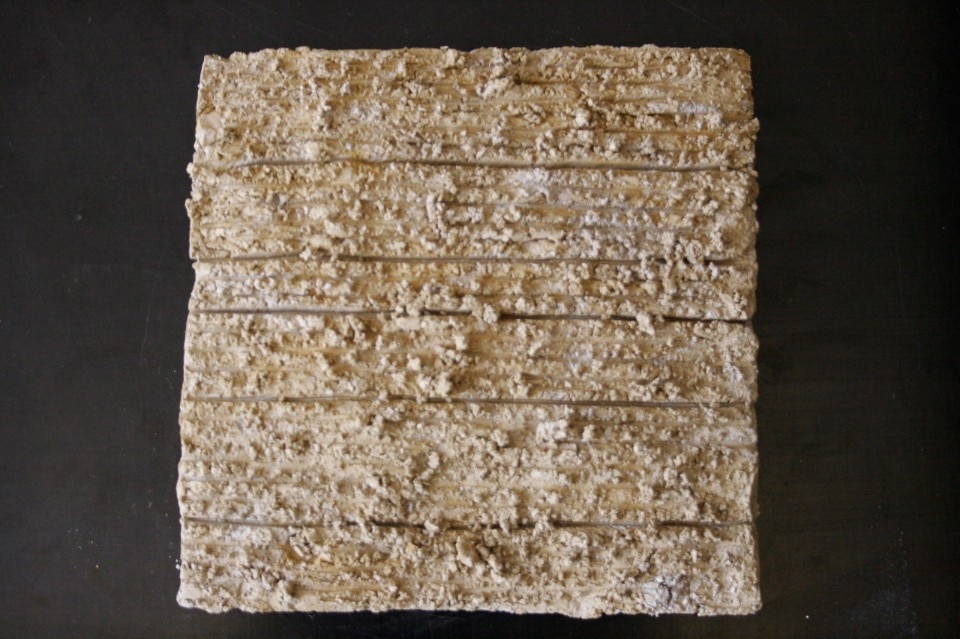
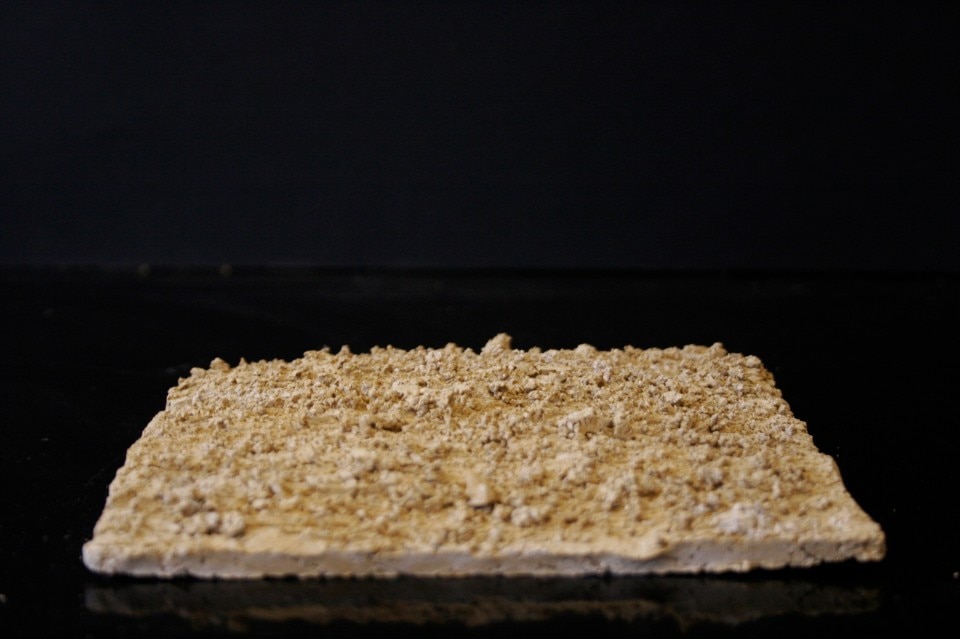
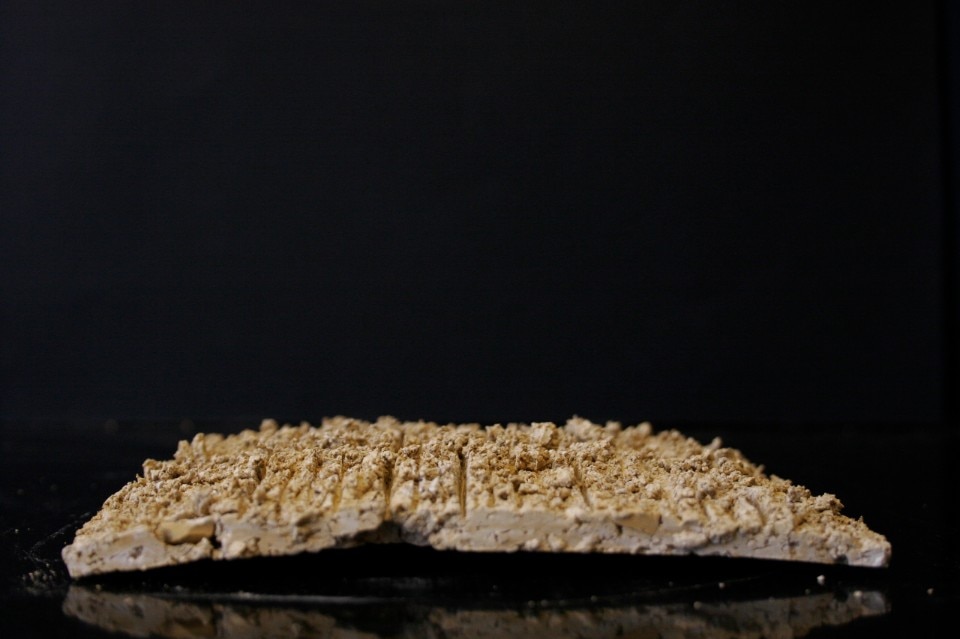
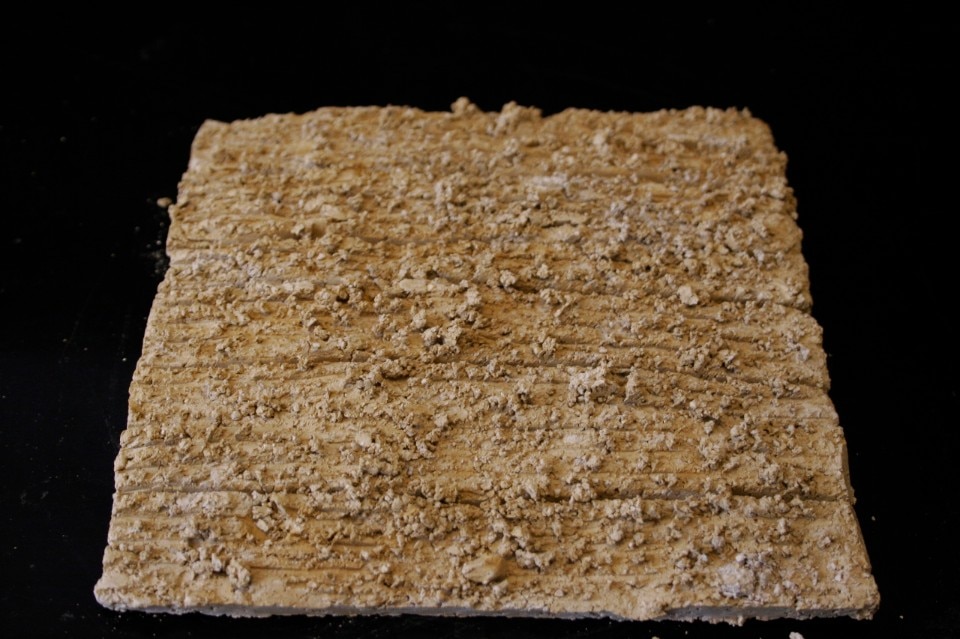
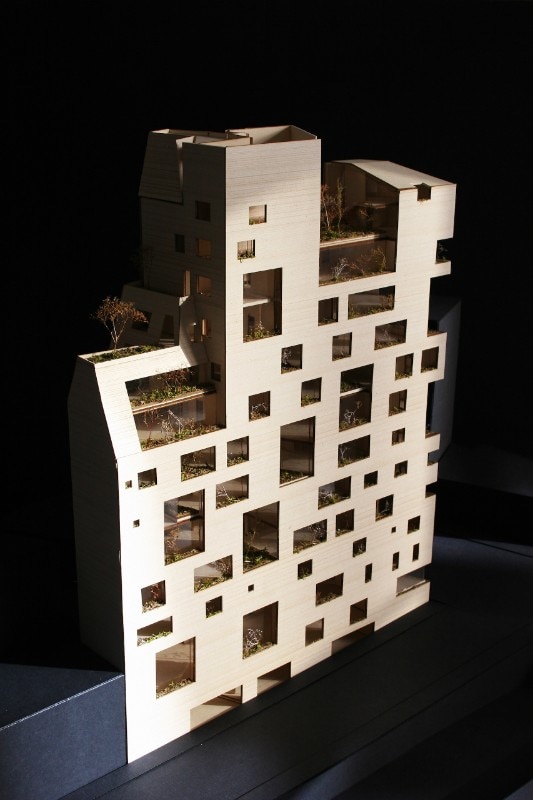
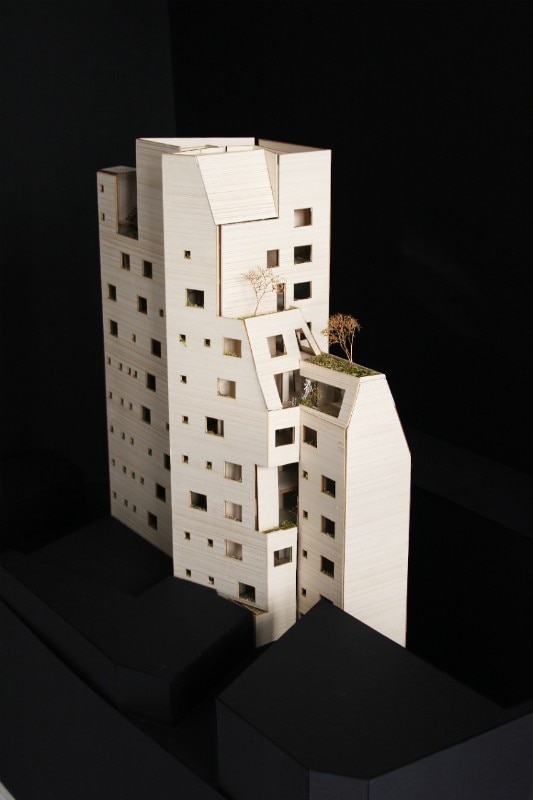
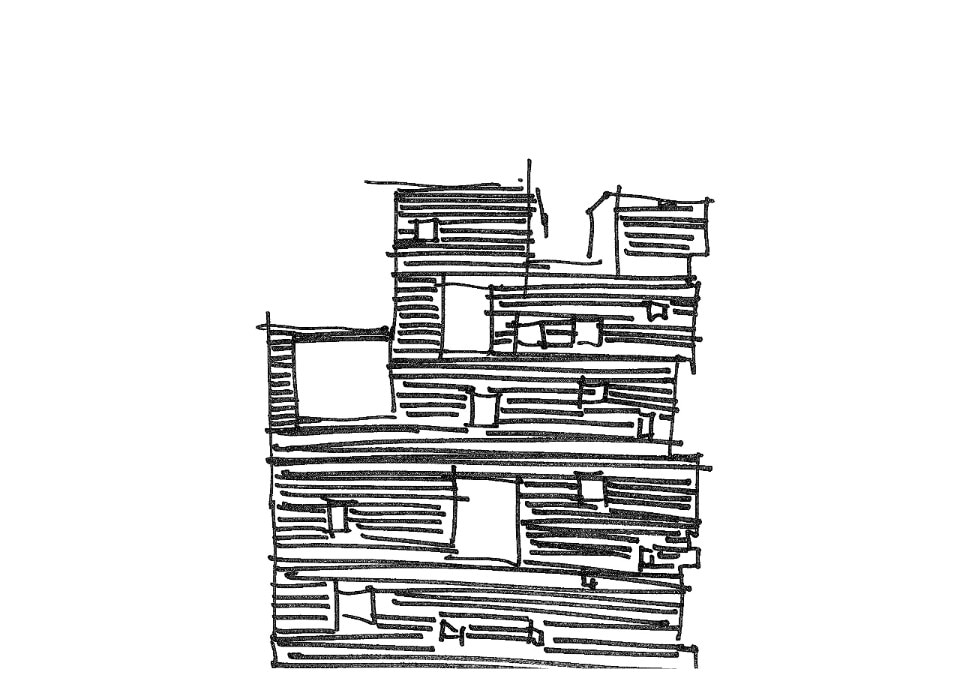
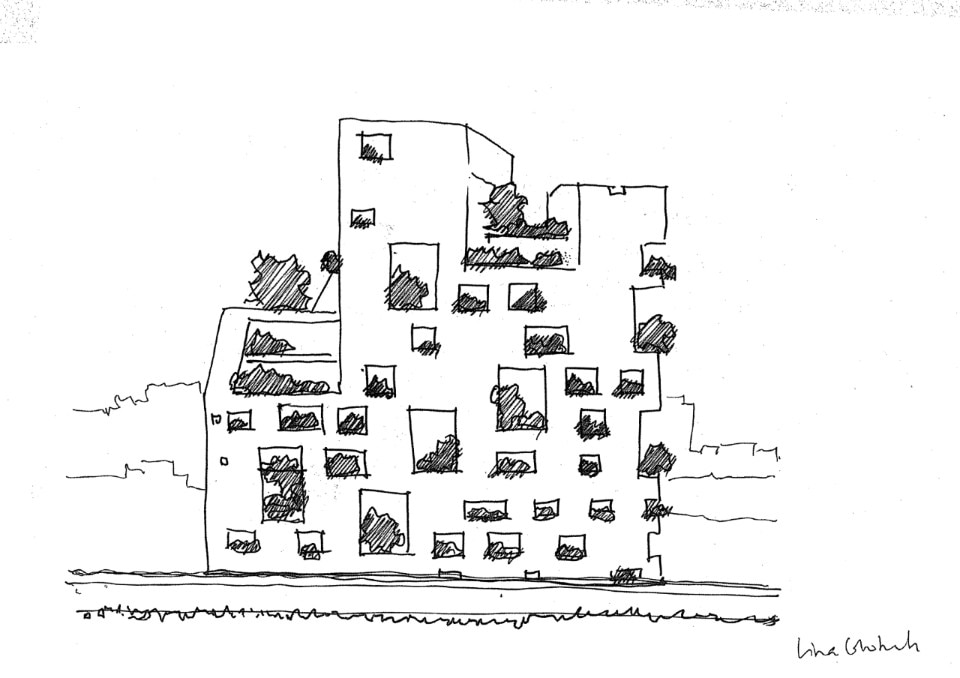
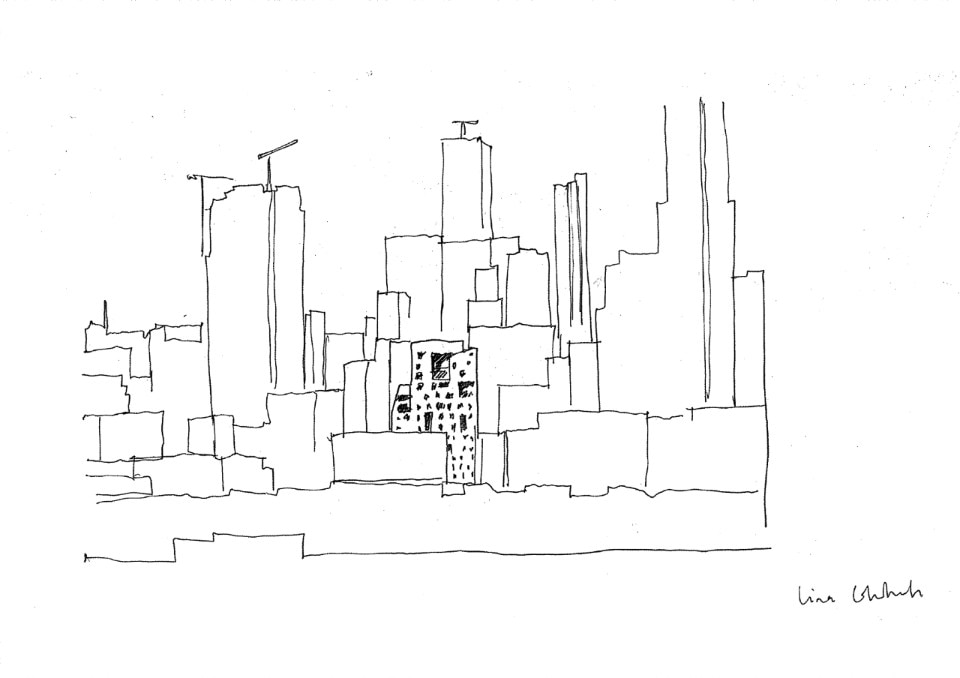
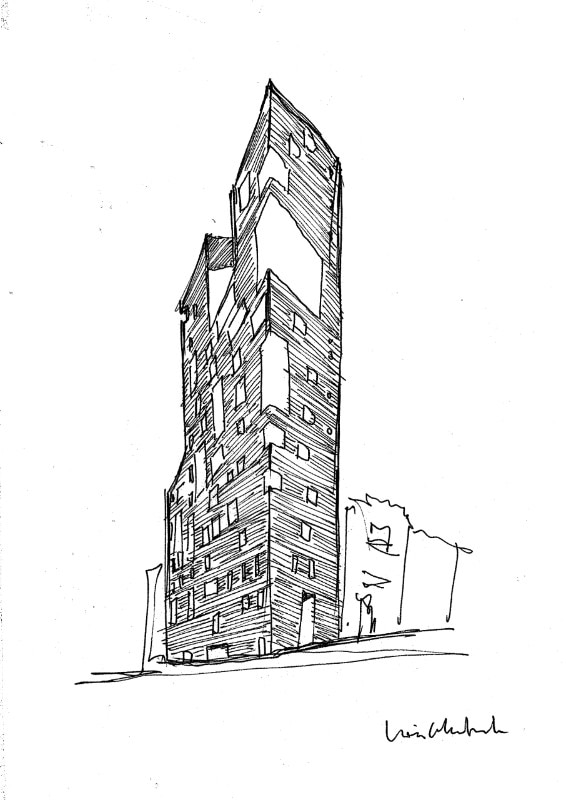
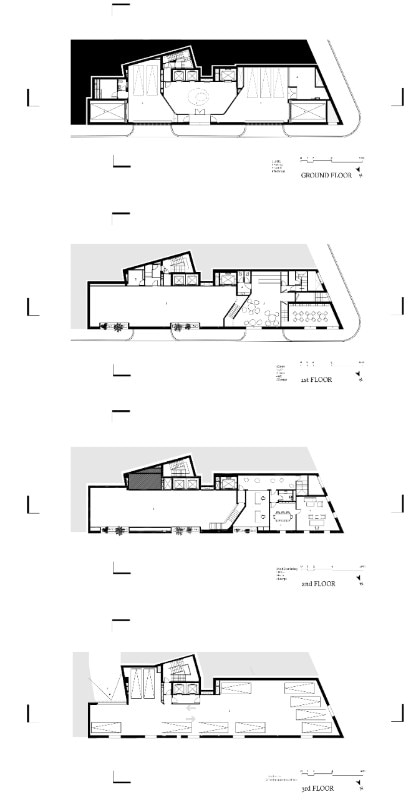
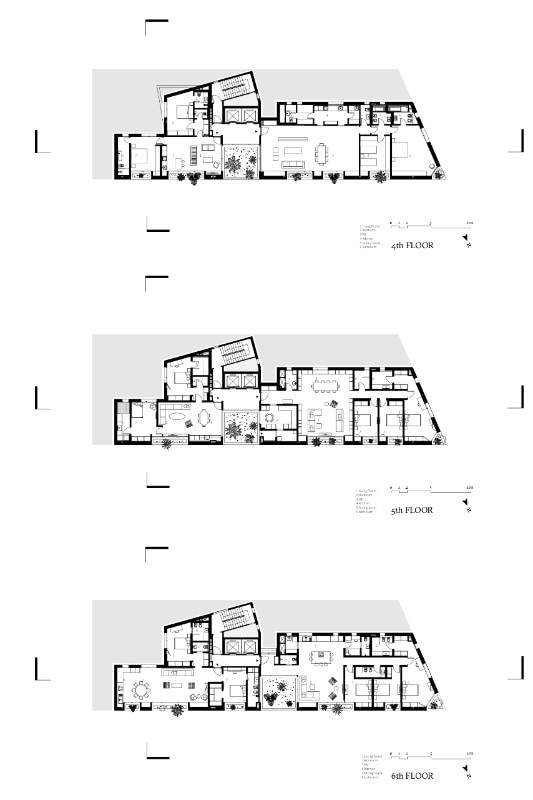
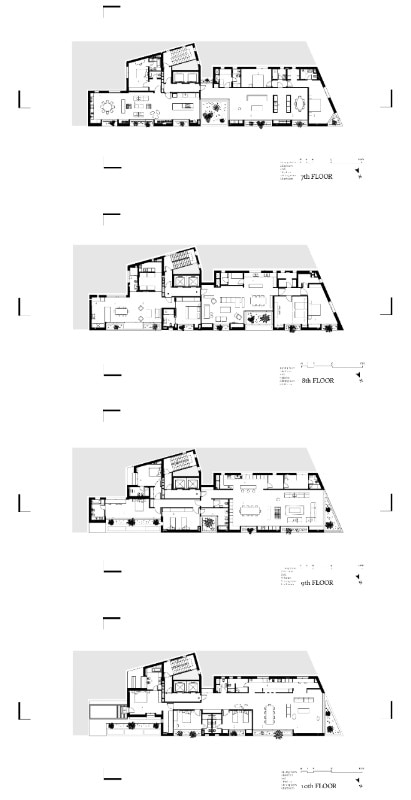
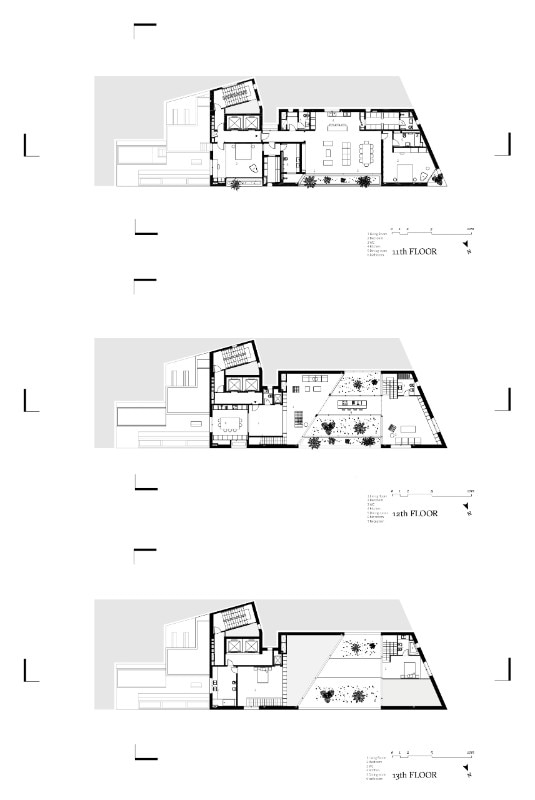
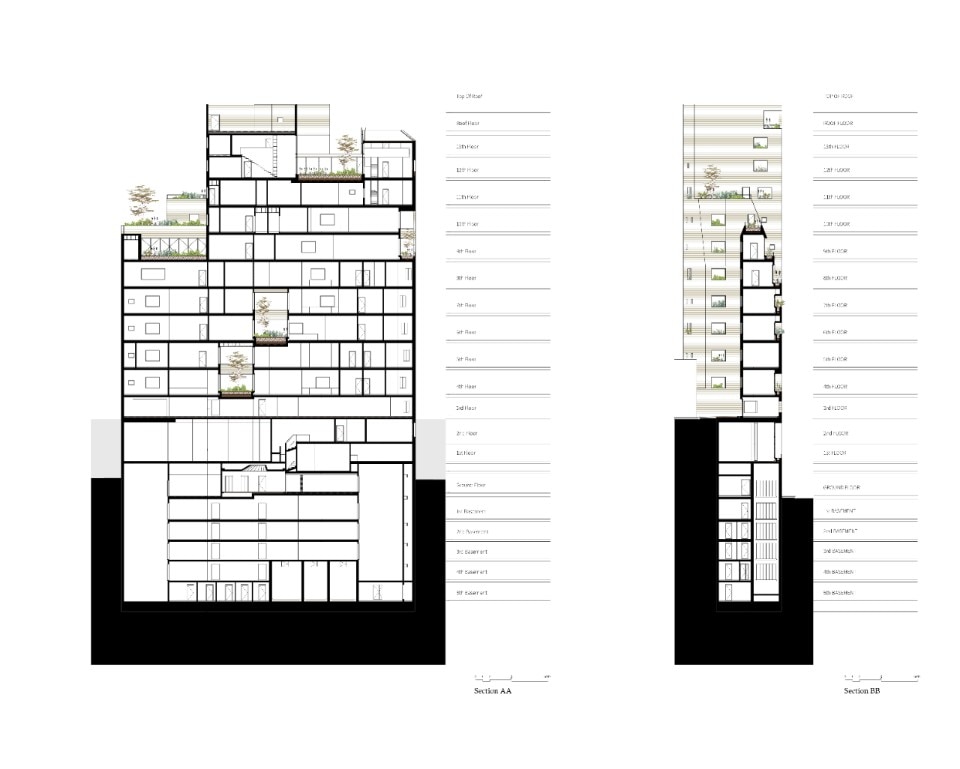
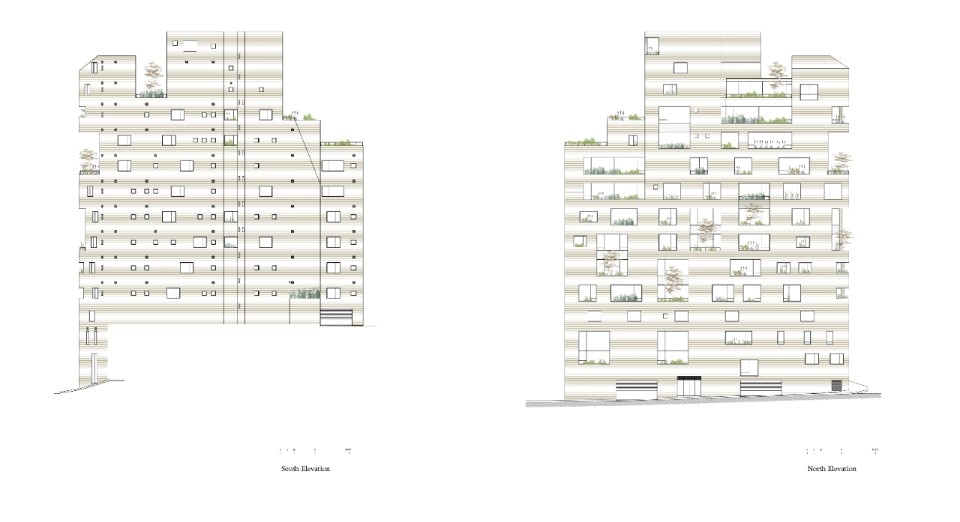
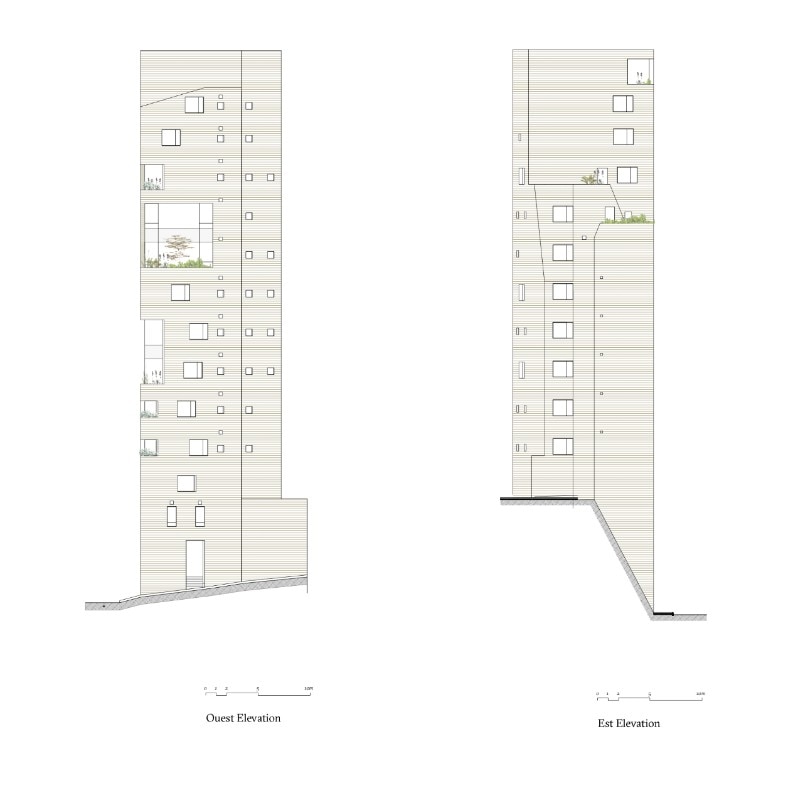
.jpg.foto.rmedium.png)
.jpg.foto.rmedium.png)
.jpg.foto.rmedium.png)
.jpg.foto.rmedium.png)
.jpg.foto.rmedium.png)
.jpg.foto.rmedium.png)
.jpg.foto.rmedium.png)
.jpg.foto.rmedium.png)
.jpg.foto.rmedium.png)
.jpg.foto.rmedium.png)
.jpg.foto.rmedium.png)
.jpg.foto.rmedium.png)
.jpg.foto.rmedium.png)
.jpg.foto.rmedium.png)
.jpg.foto.rmedium.png)
.jpg.foto.rmedium.png)
.jpg.foto.rmedium.png)
.jpg.foto.rmedium.png)
.jpg.foto.rmedium.png)
.jpg.foto.rmedium.png)
.jpg.foto.rmedium.png)
.jpg.foto.rmedium.png)
.jpg.foto.rmedium.png)
.jpg.foto.rmedium.png)
.jpg.foto.rmedium.png)
.jpg.foto.rmedium.png)
.jpg.foto.rmedium.png)
.jpg.foto.rmedium.png)
.jpg.foto.rmedium.png)
.jpg.foto.rmedium.png)
.jpg.foto.rmedium.png)
.jpg.foto.rmedium.png)
.jpg.foto.rmedium.png)
